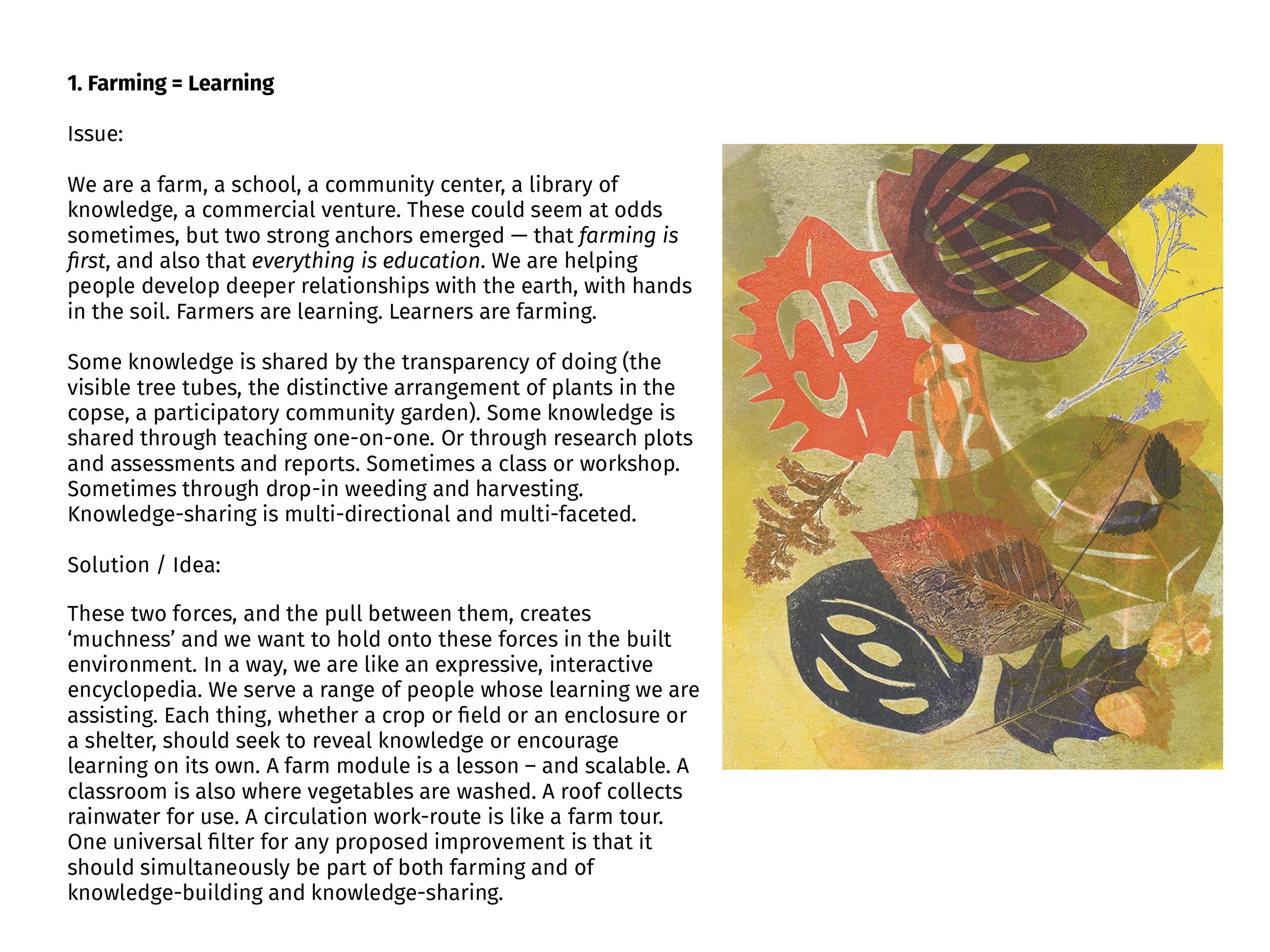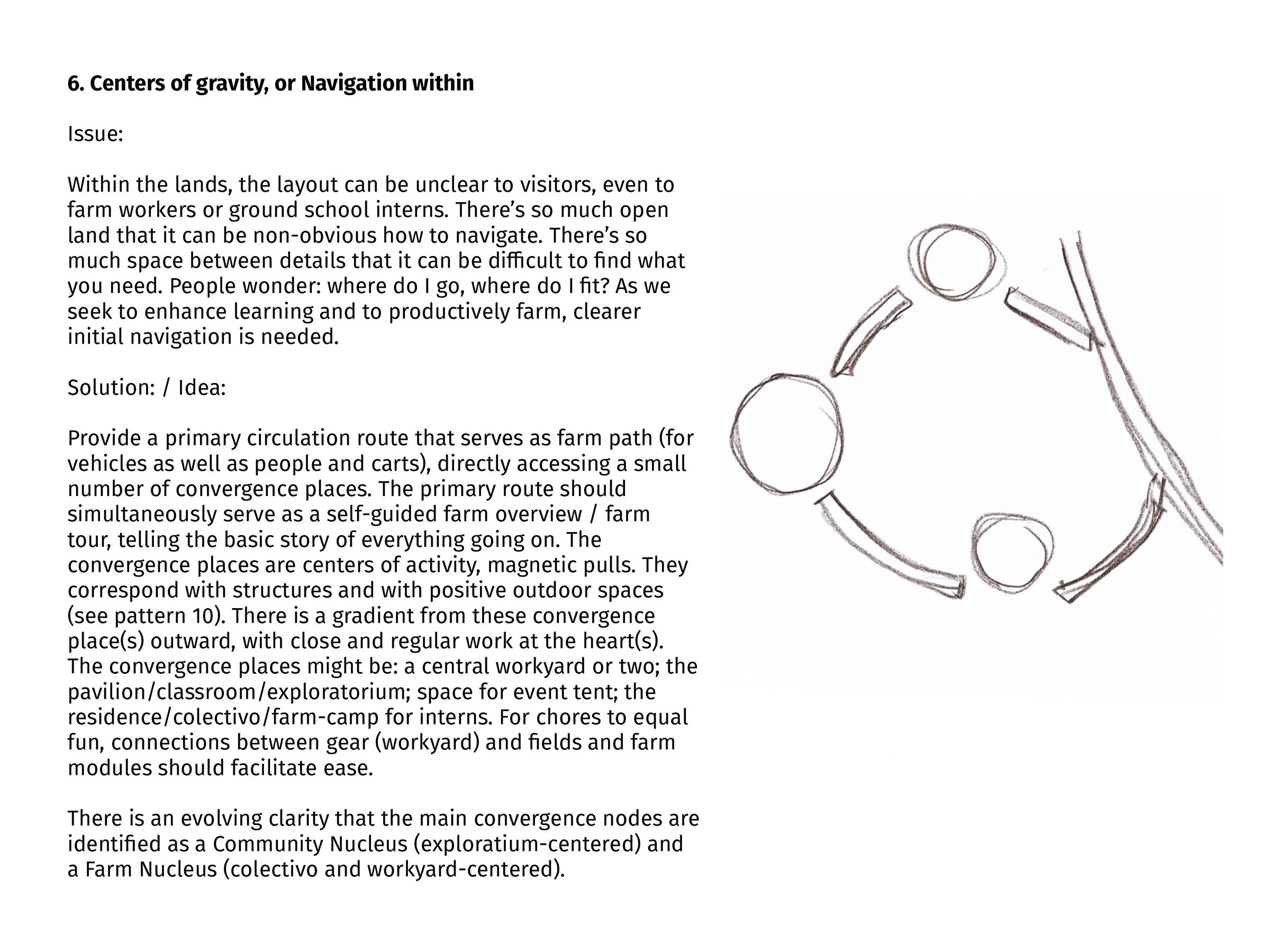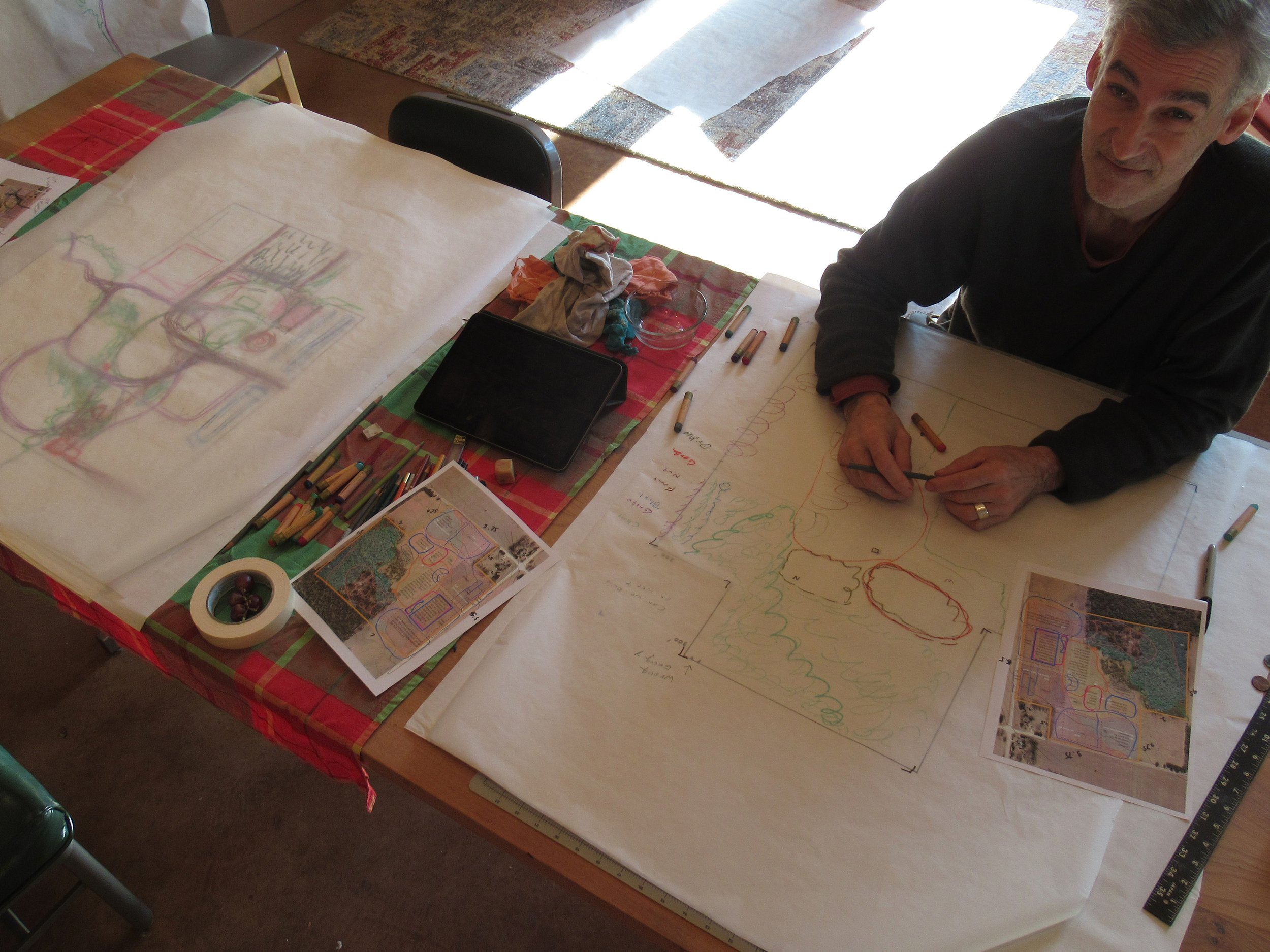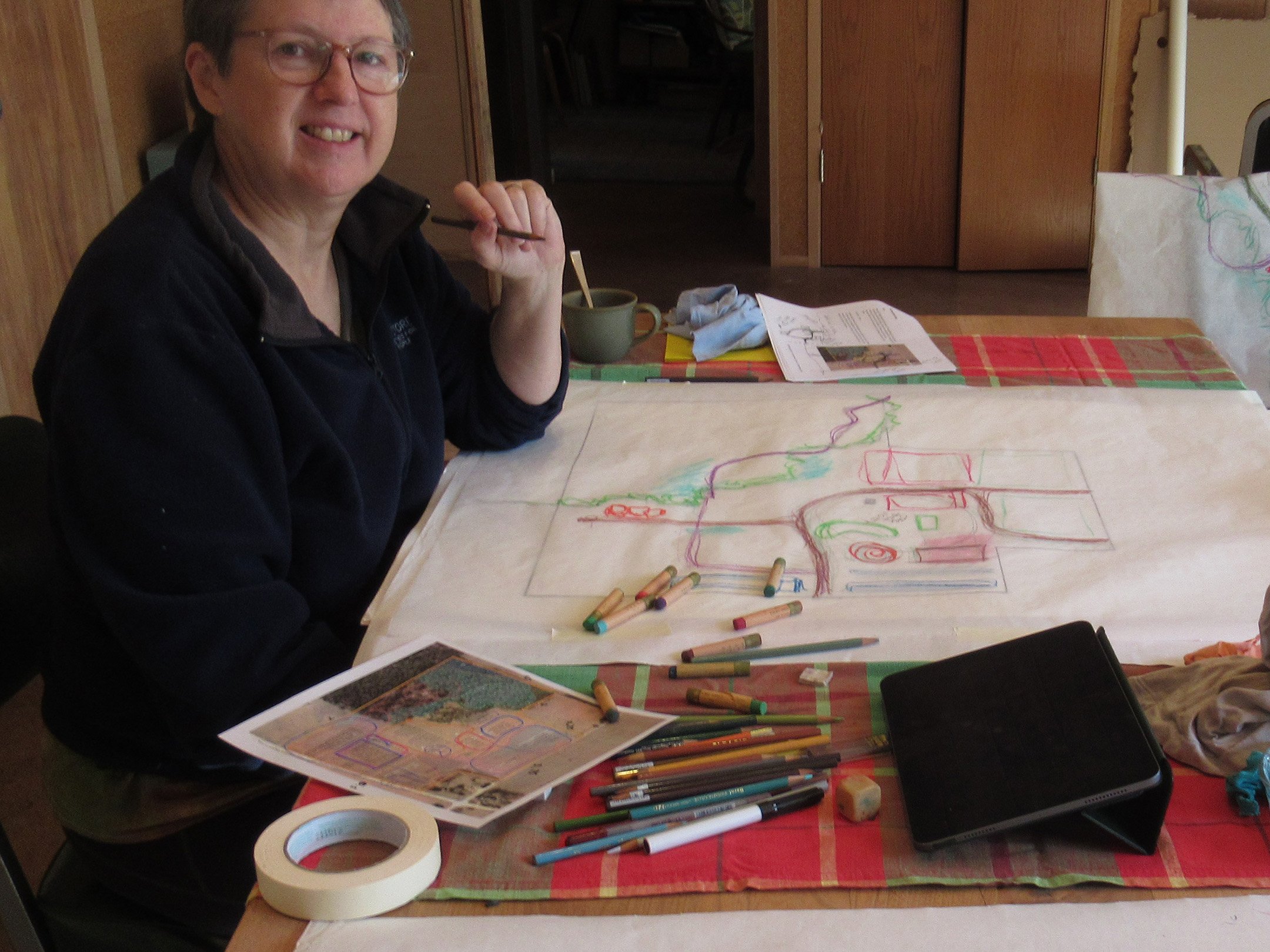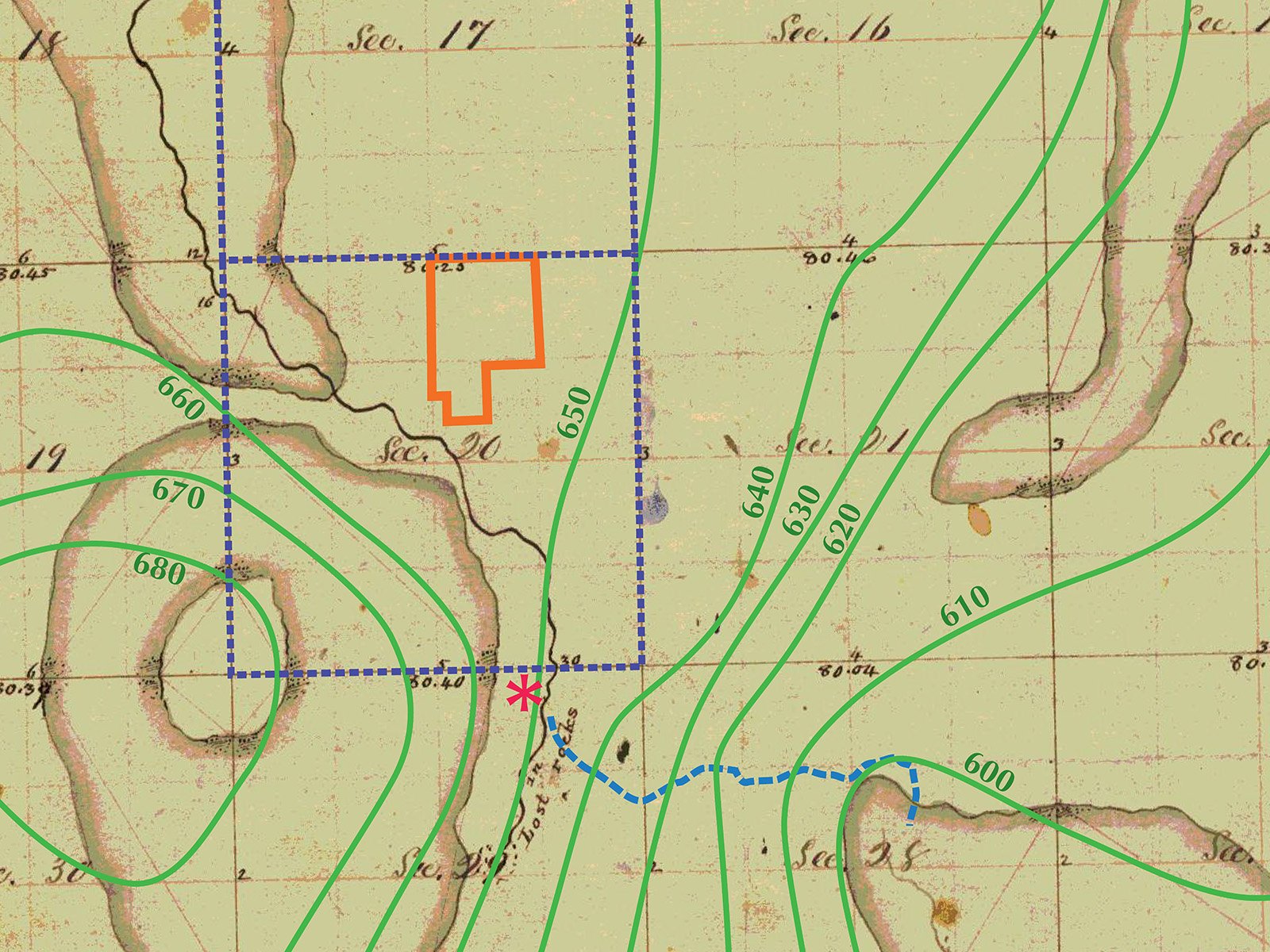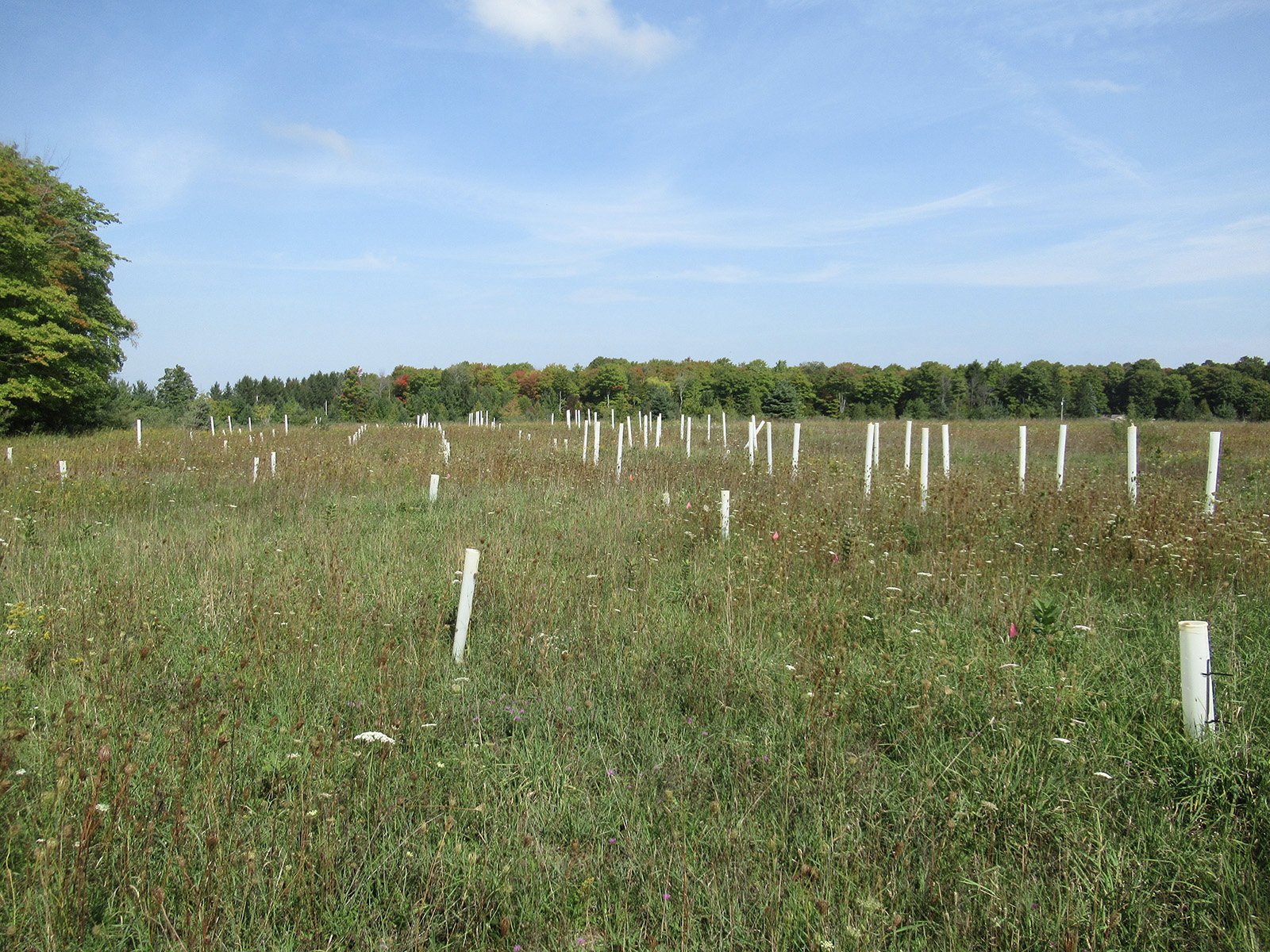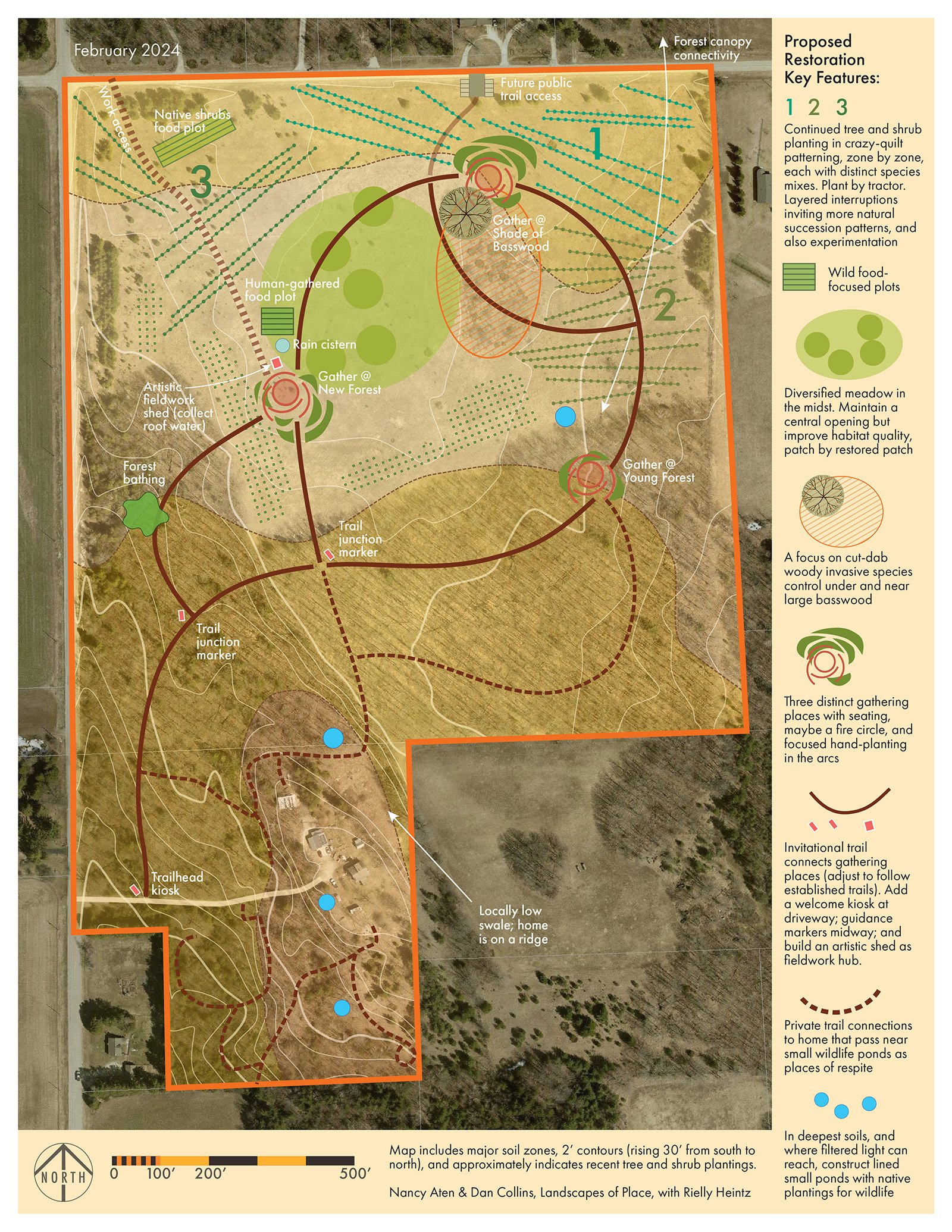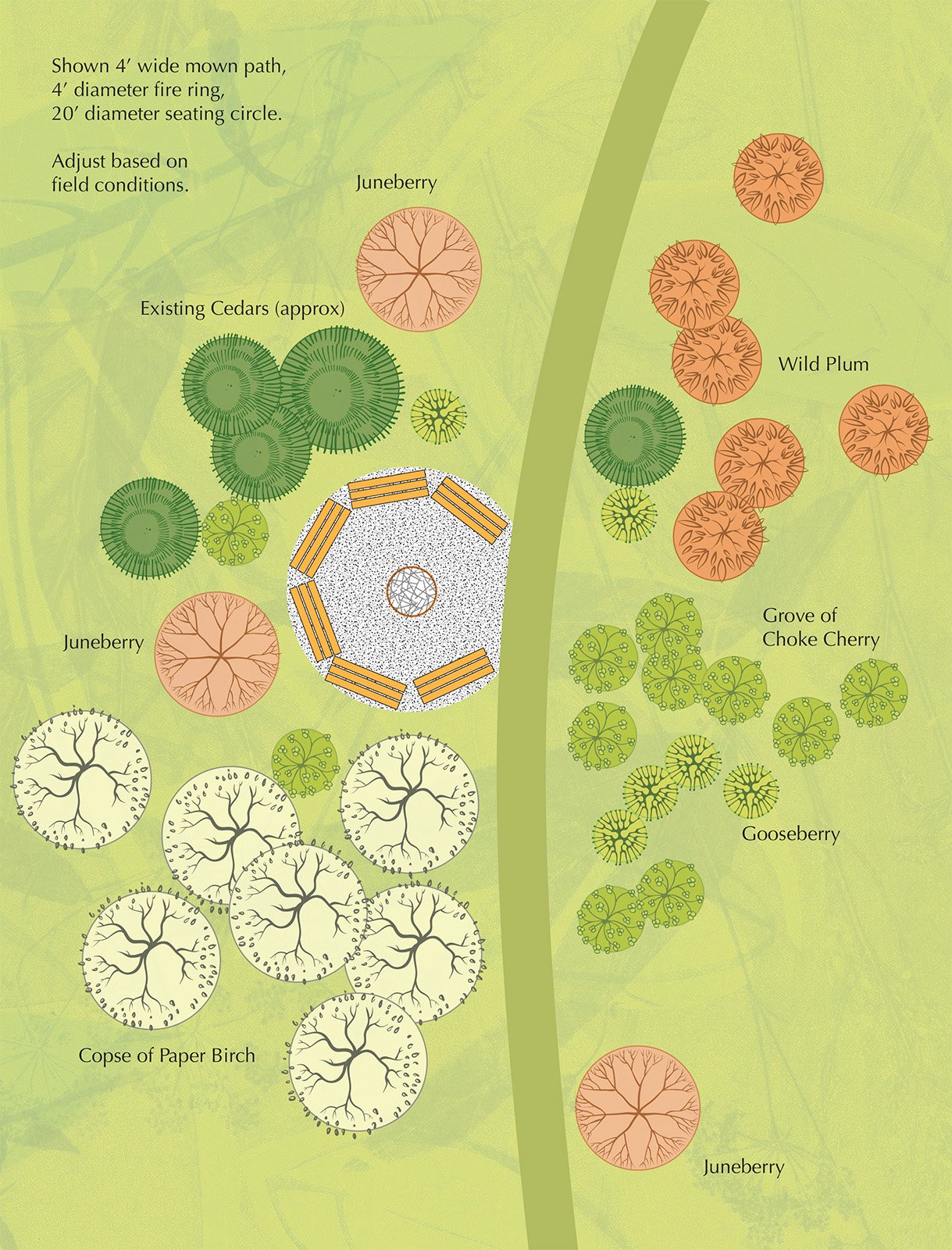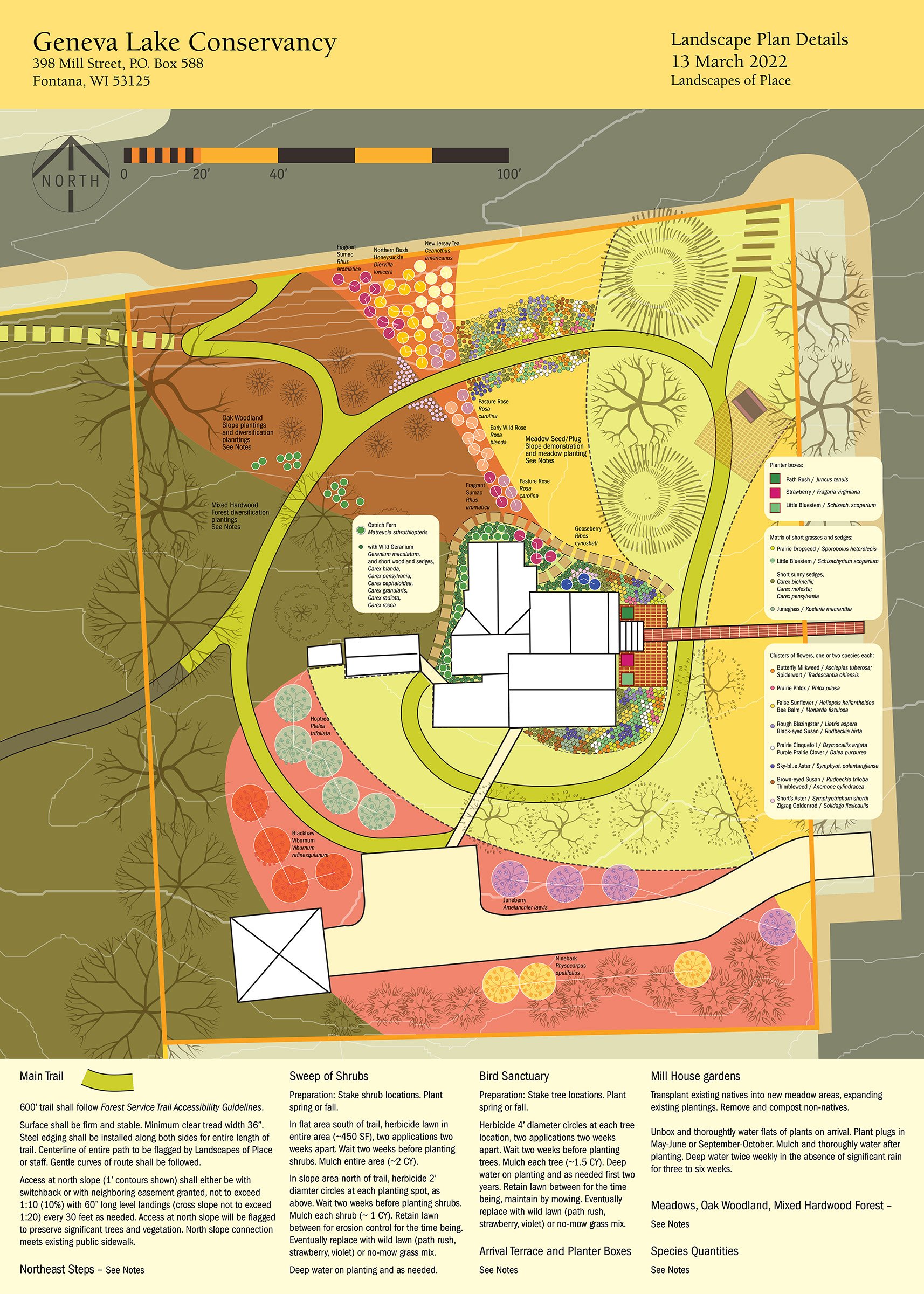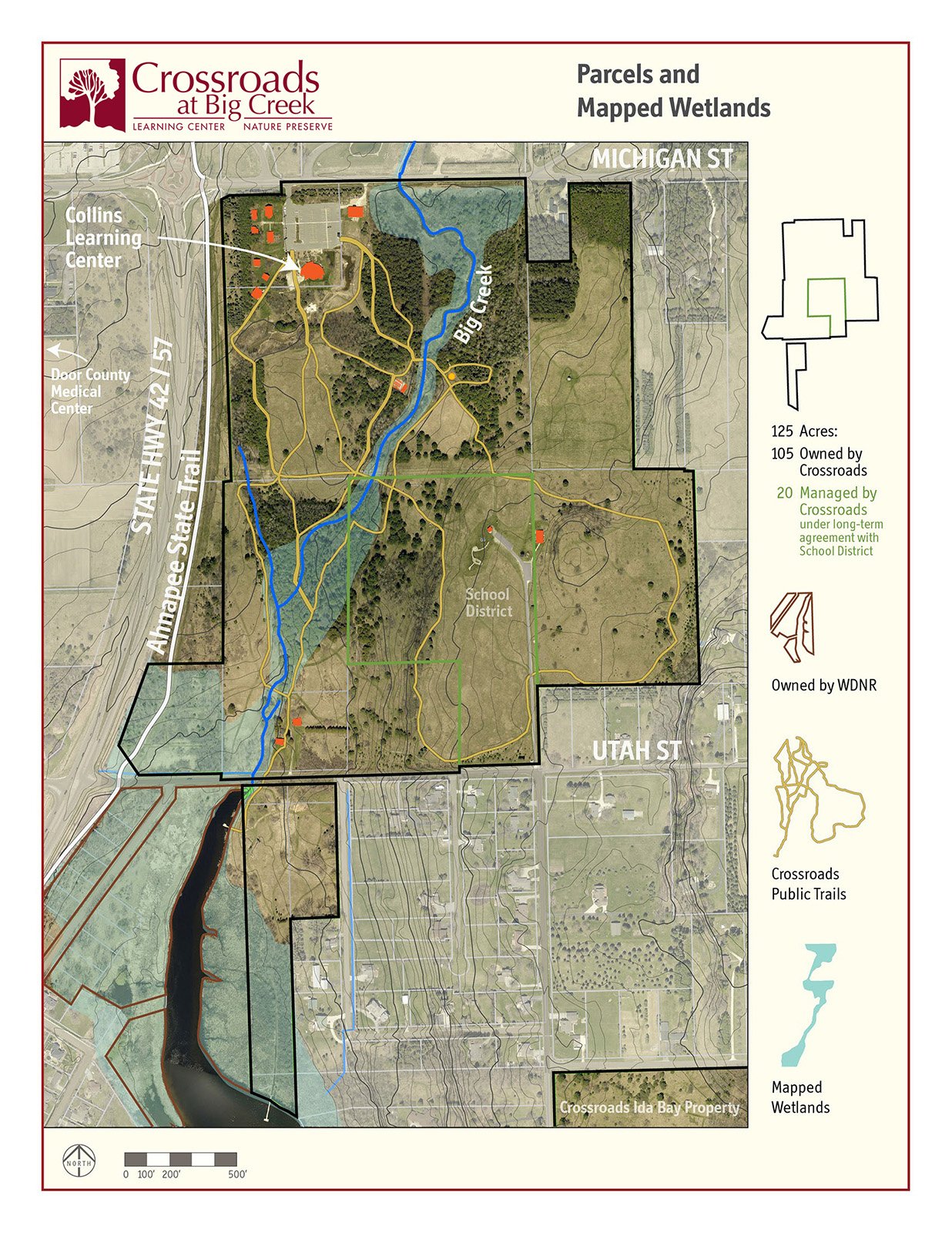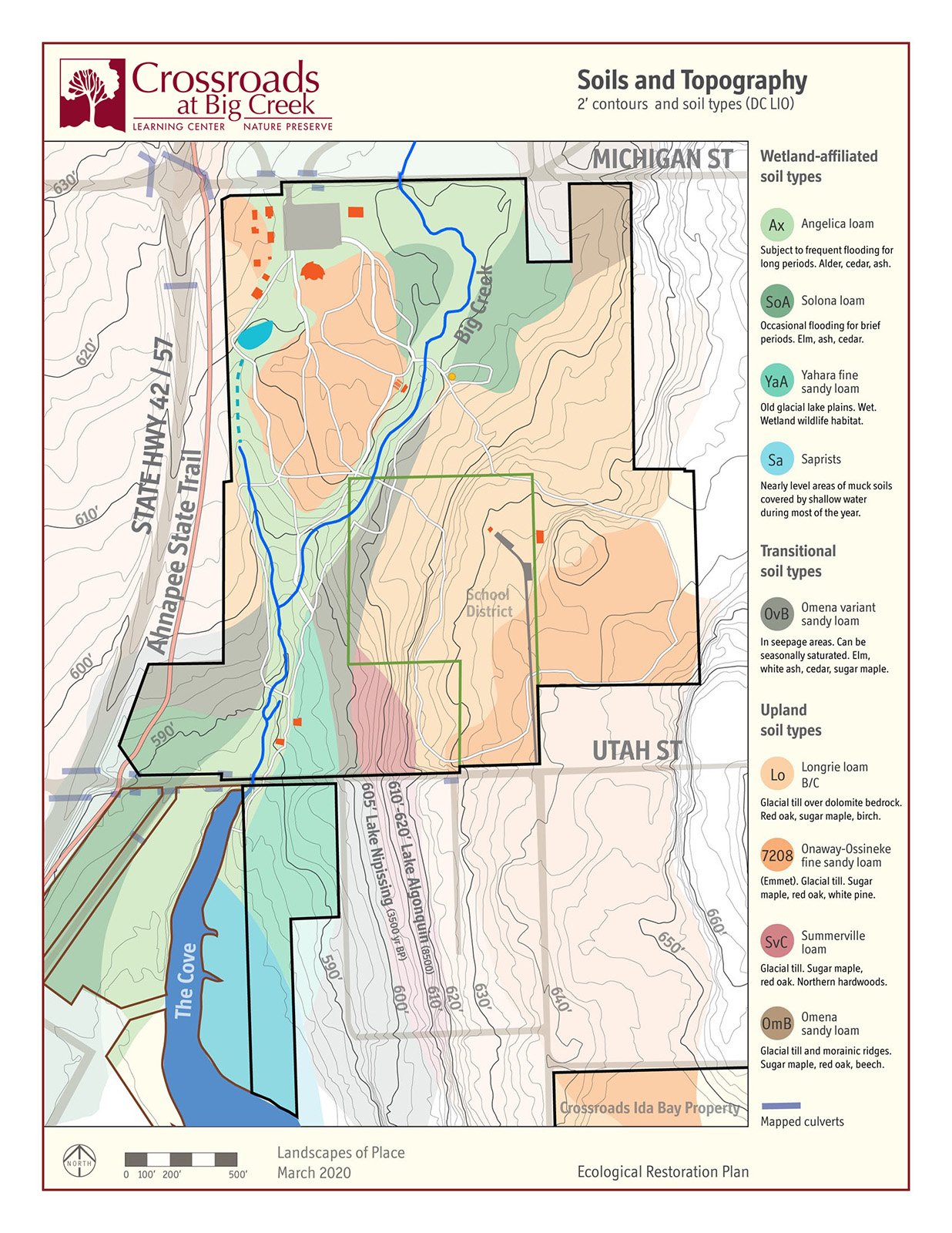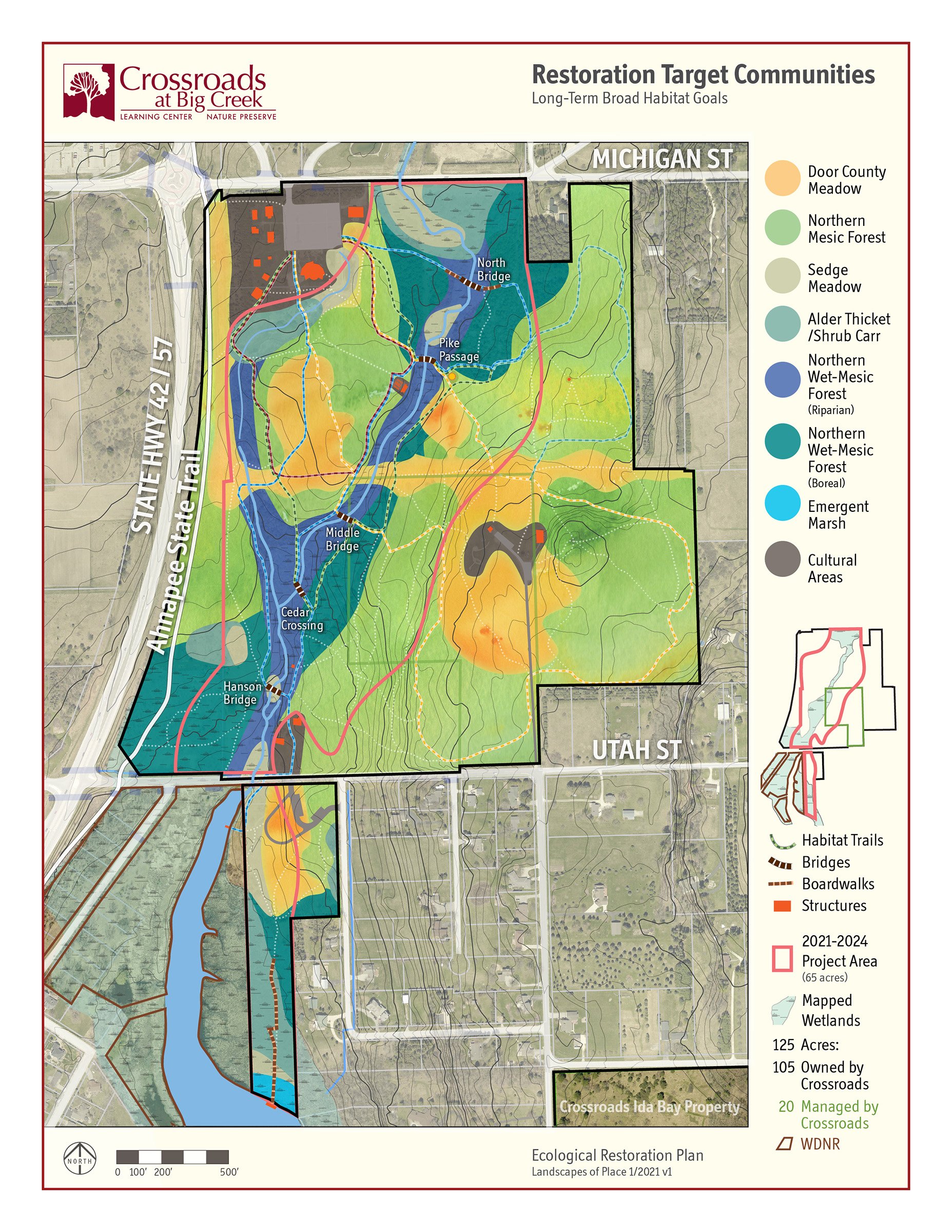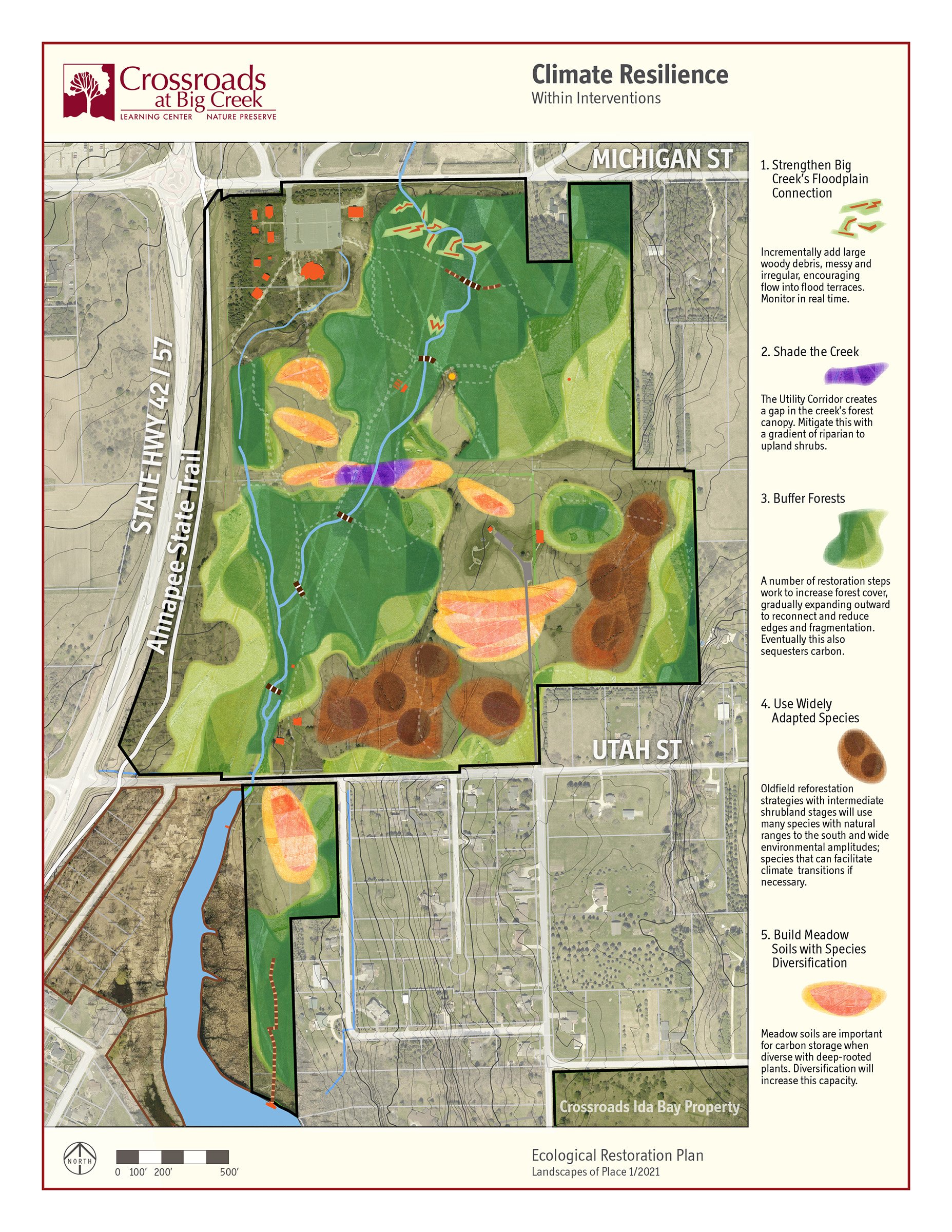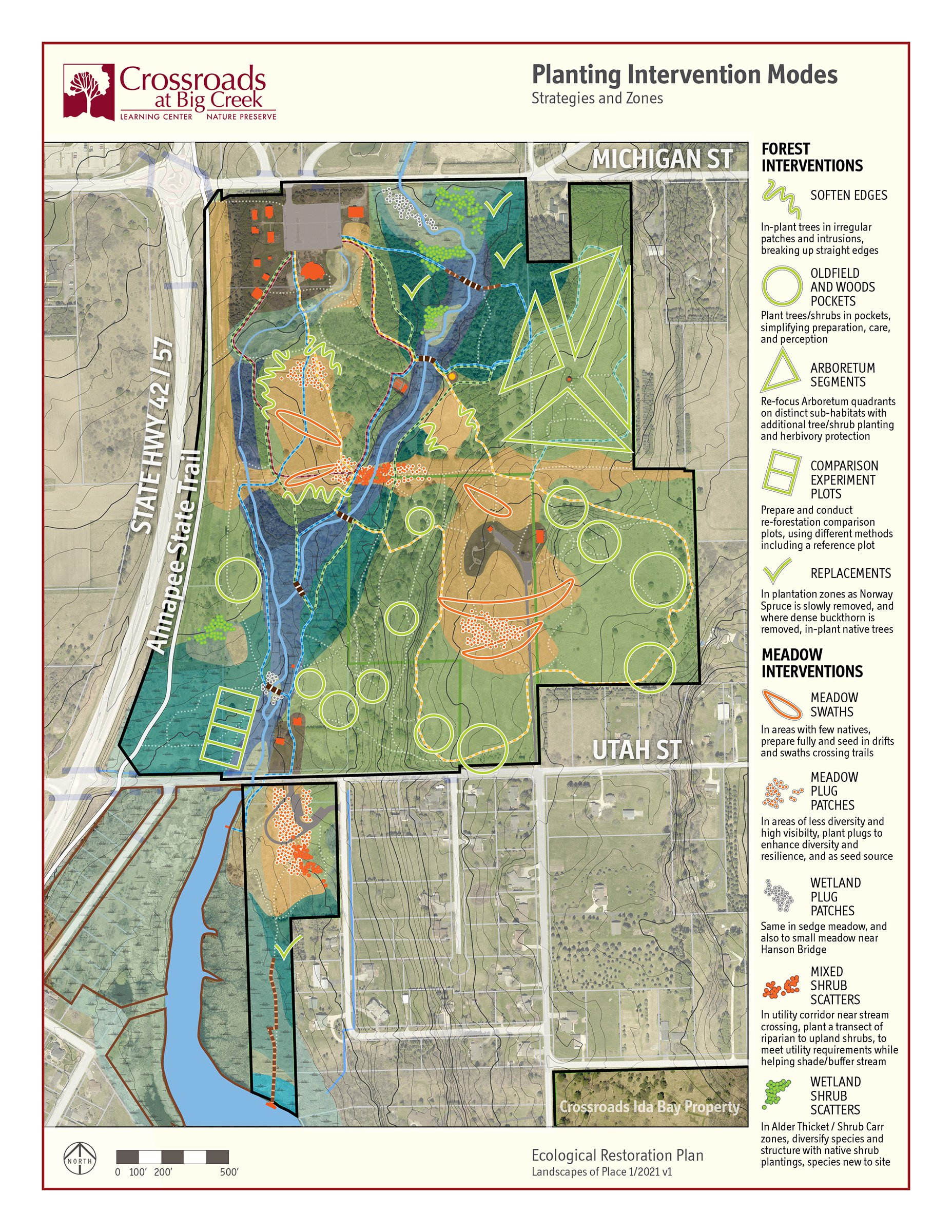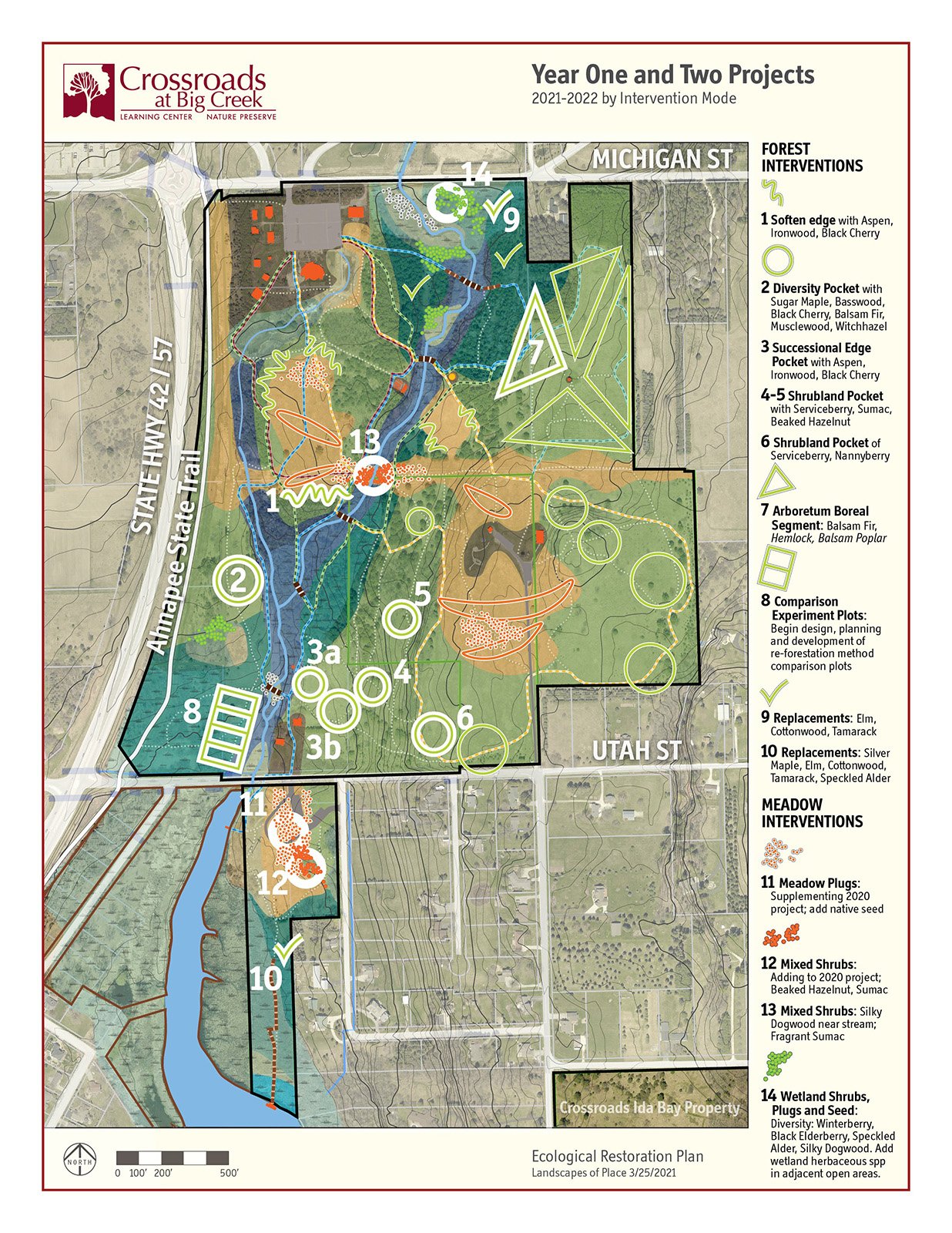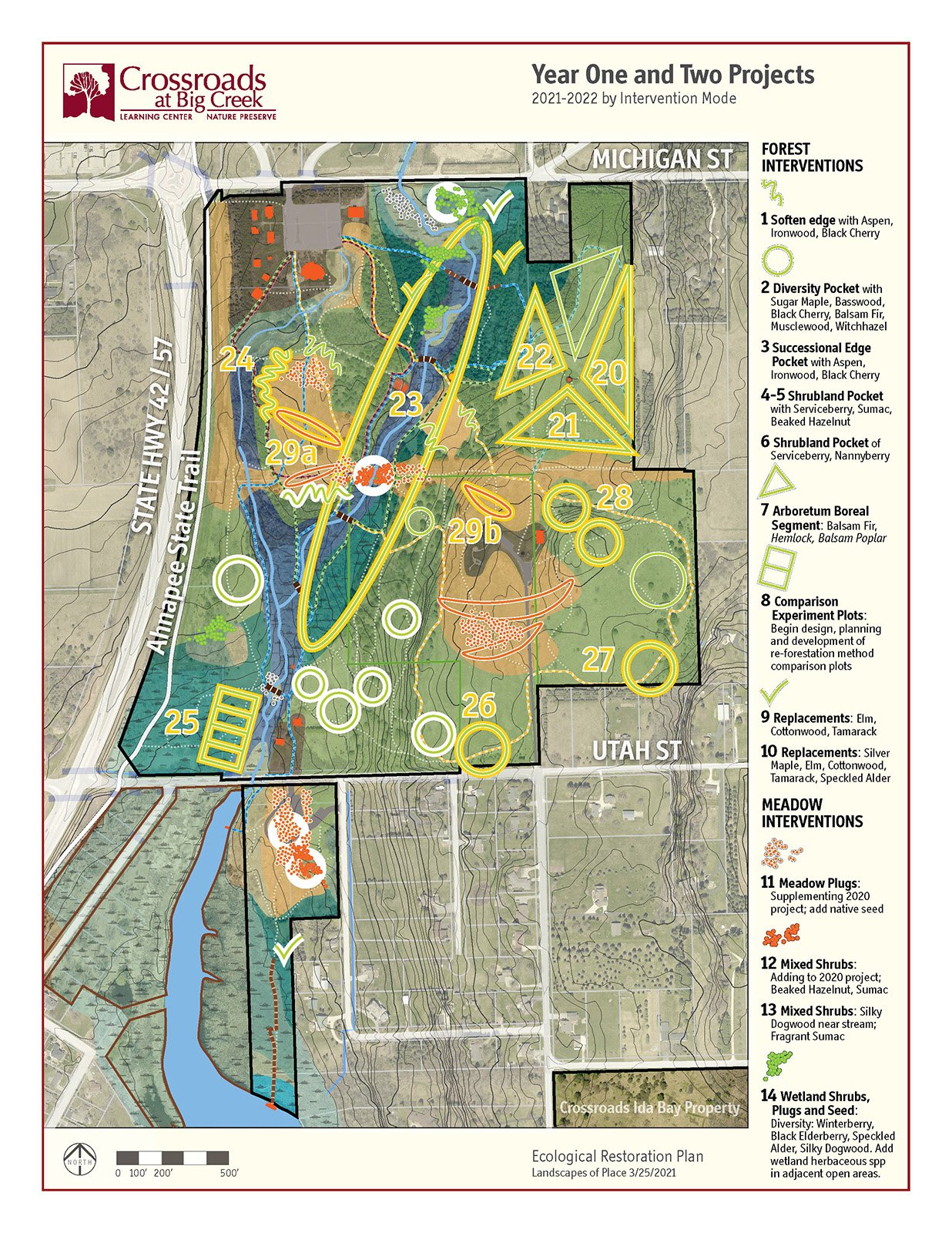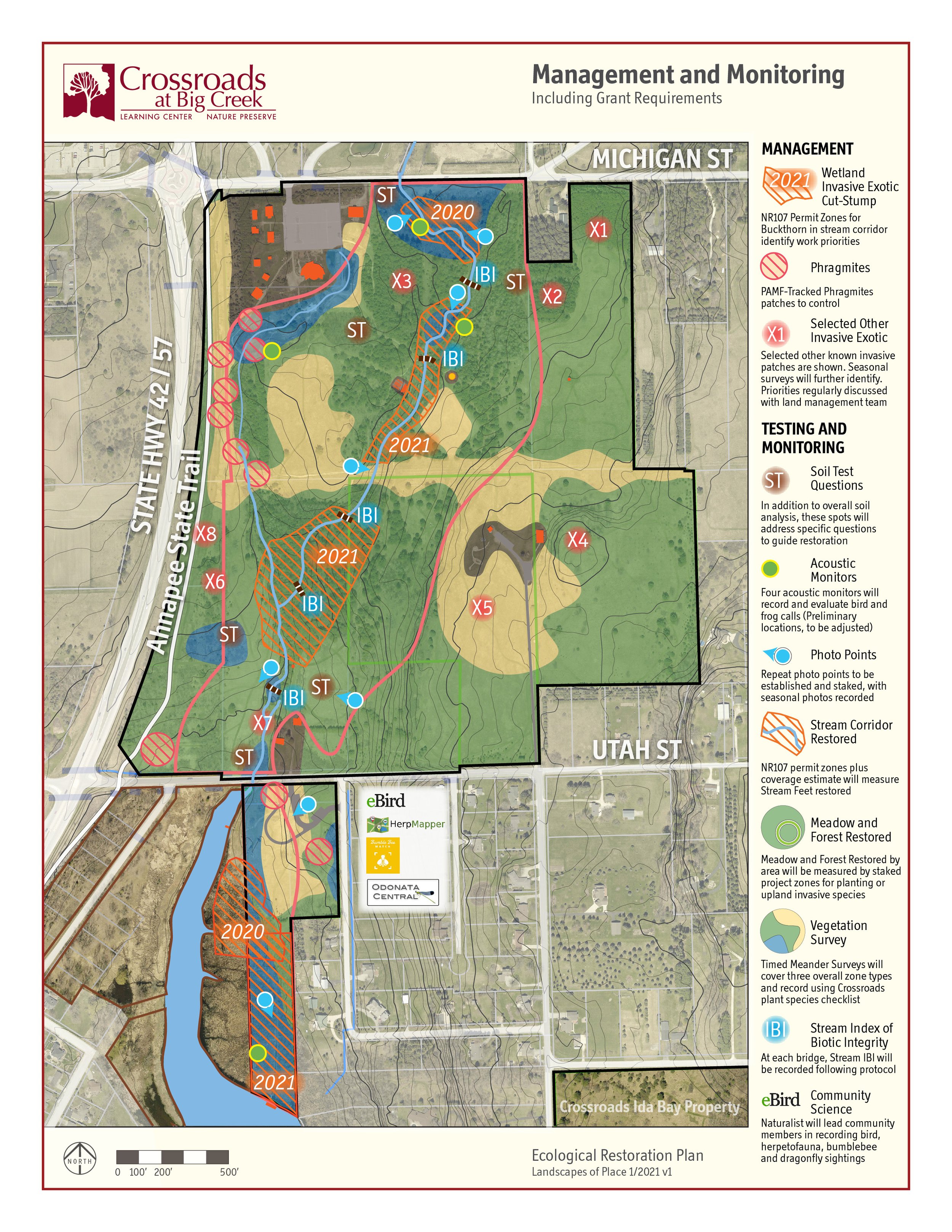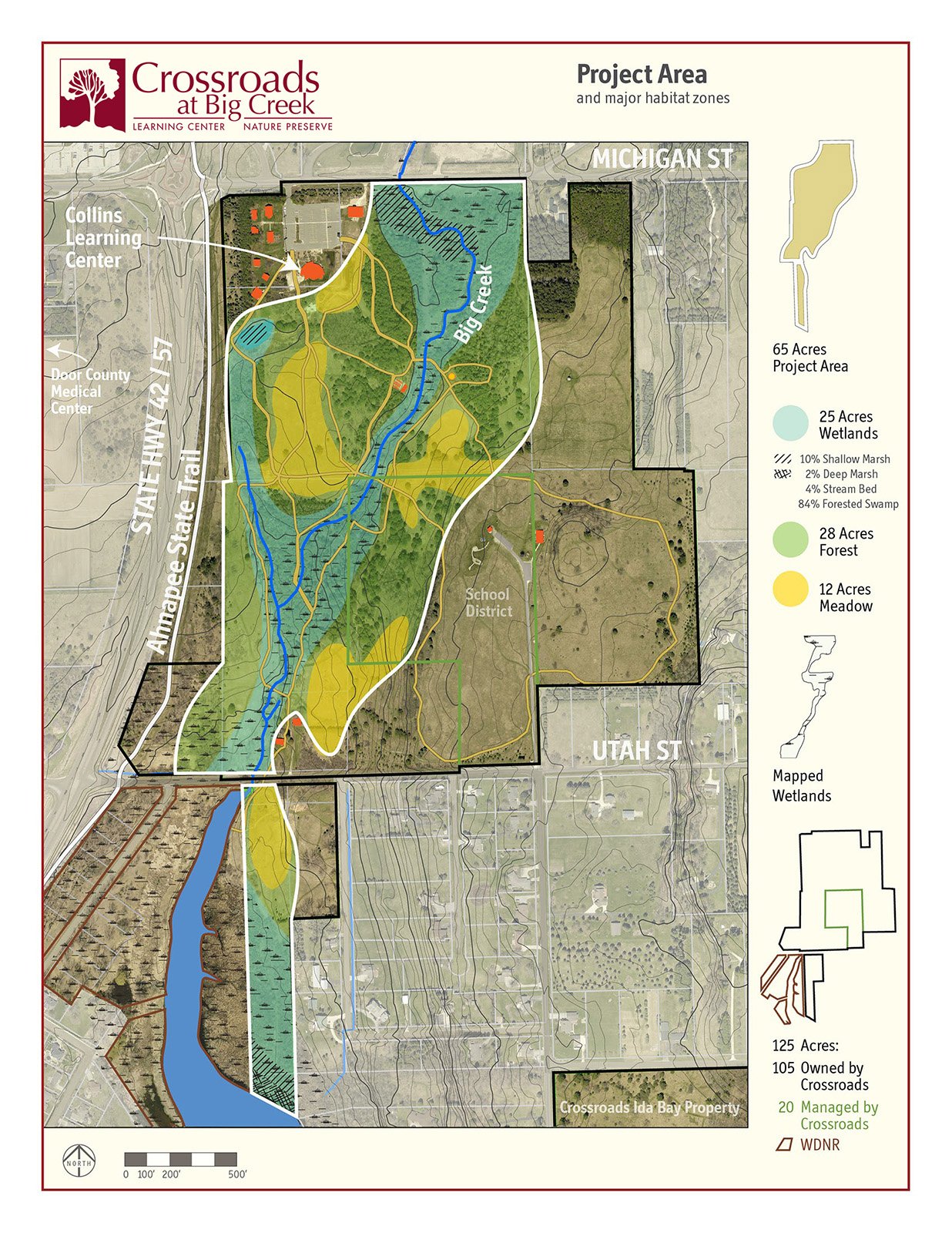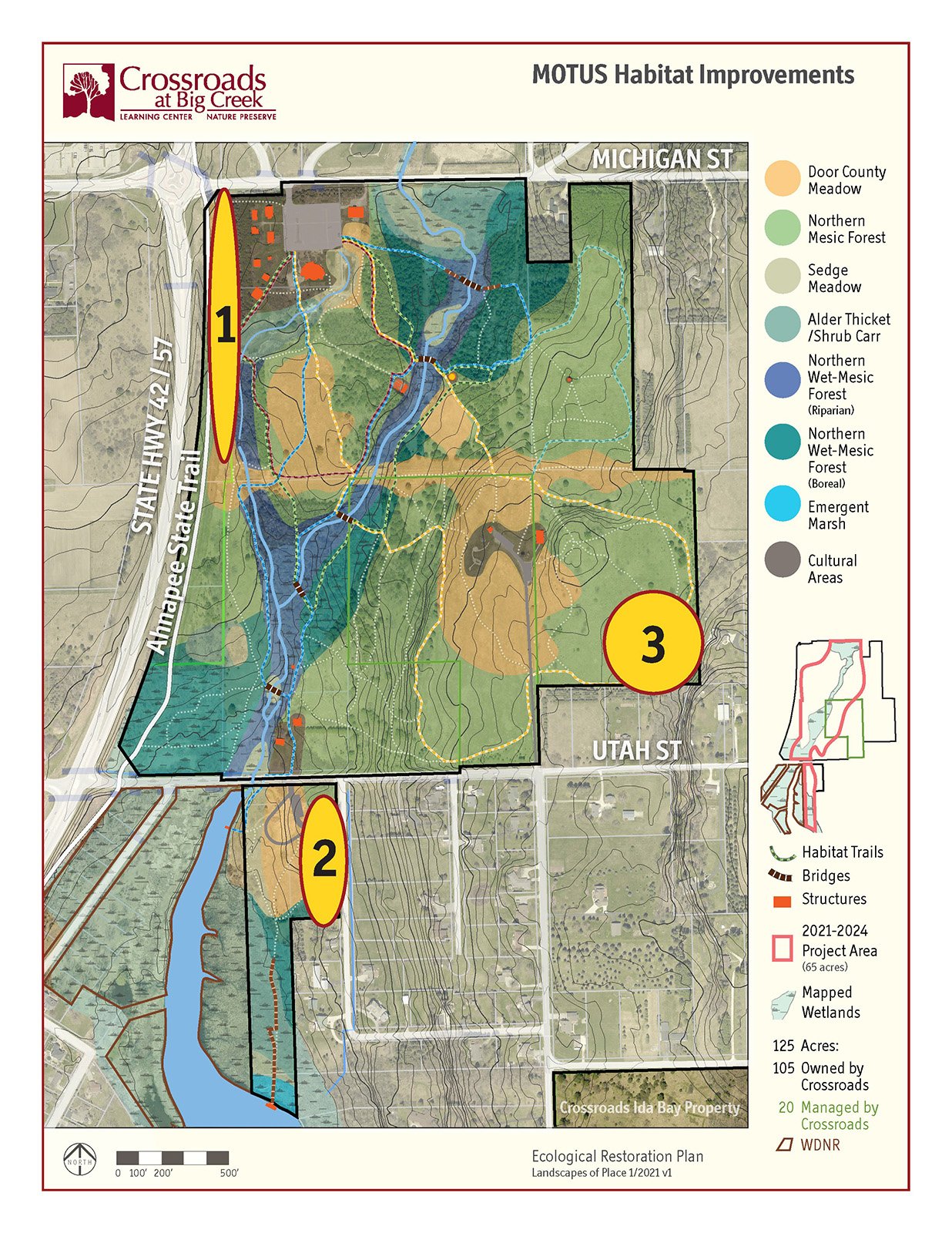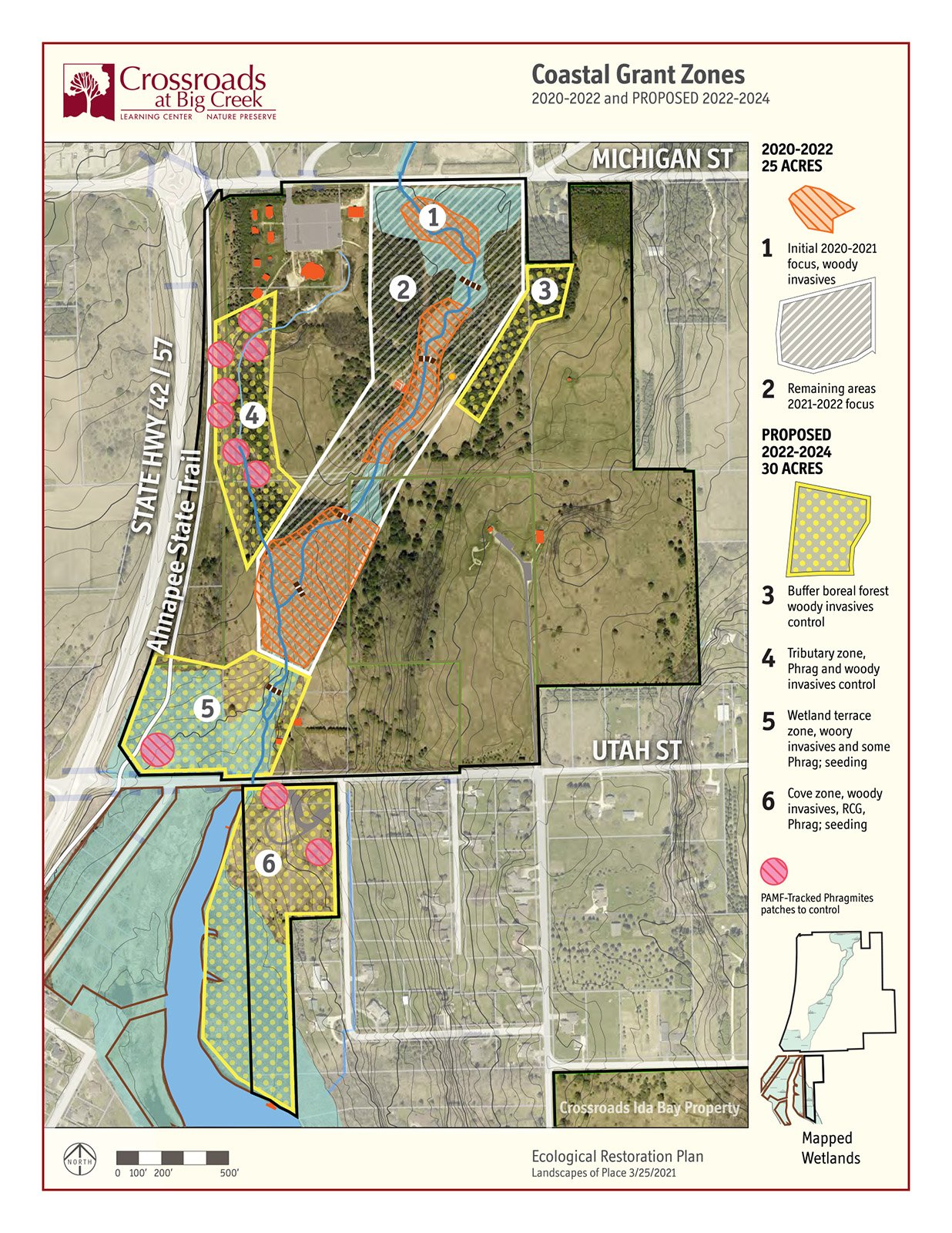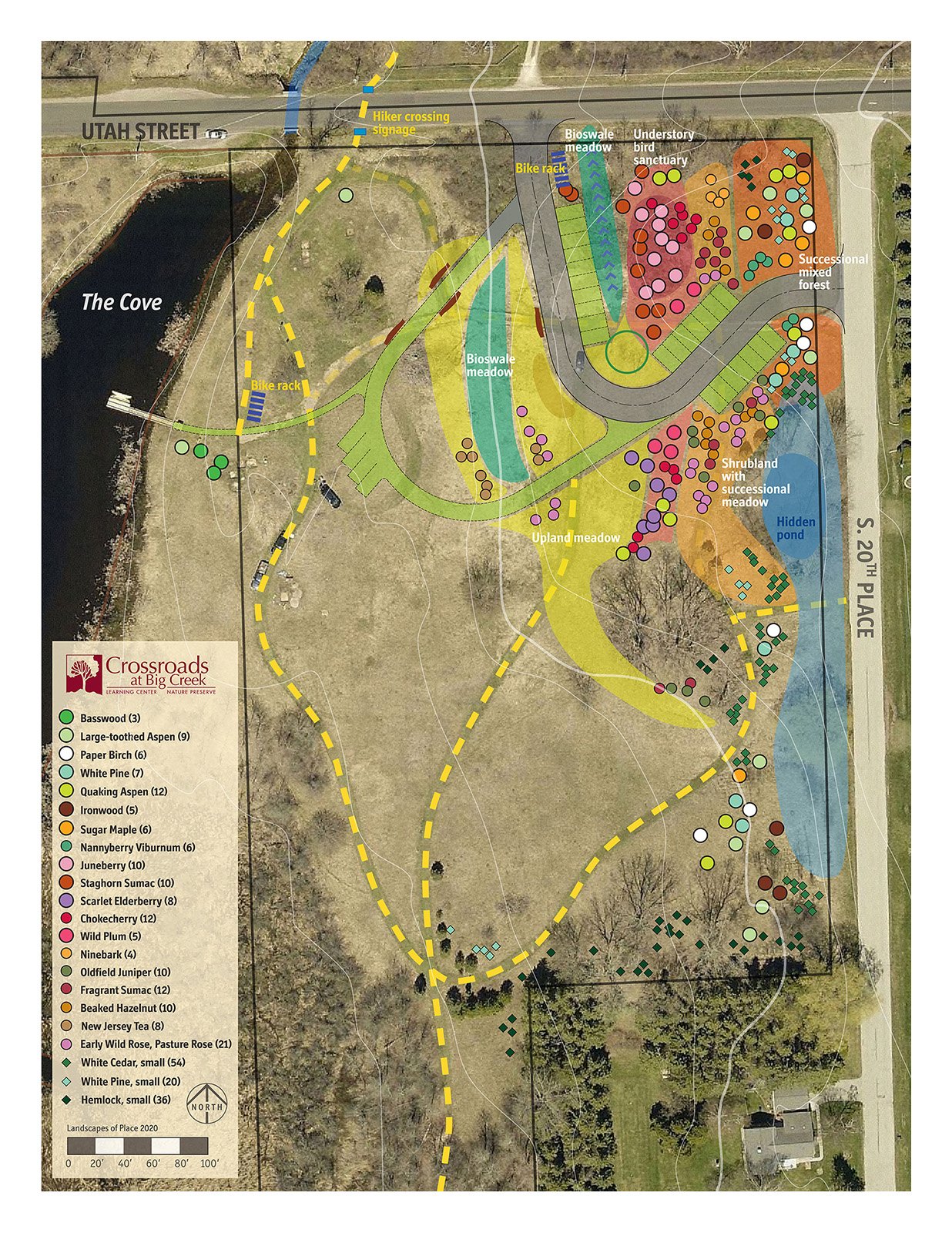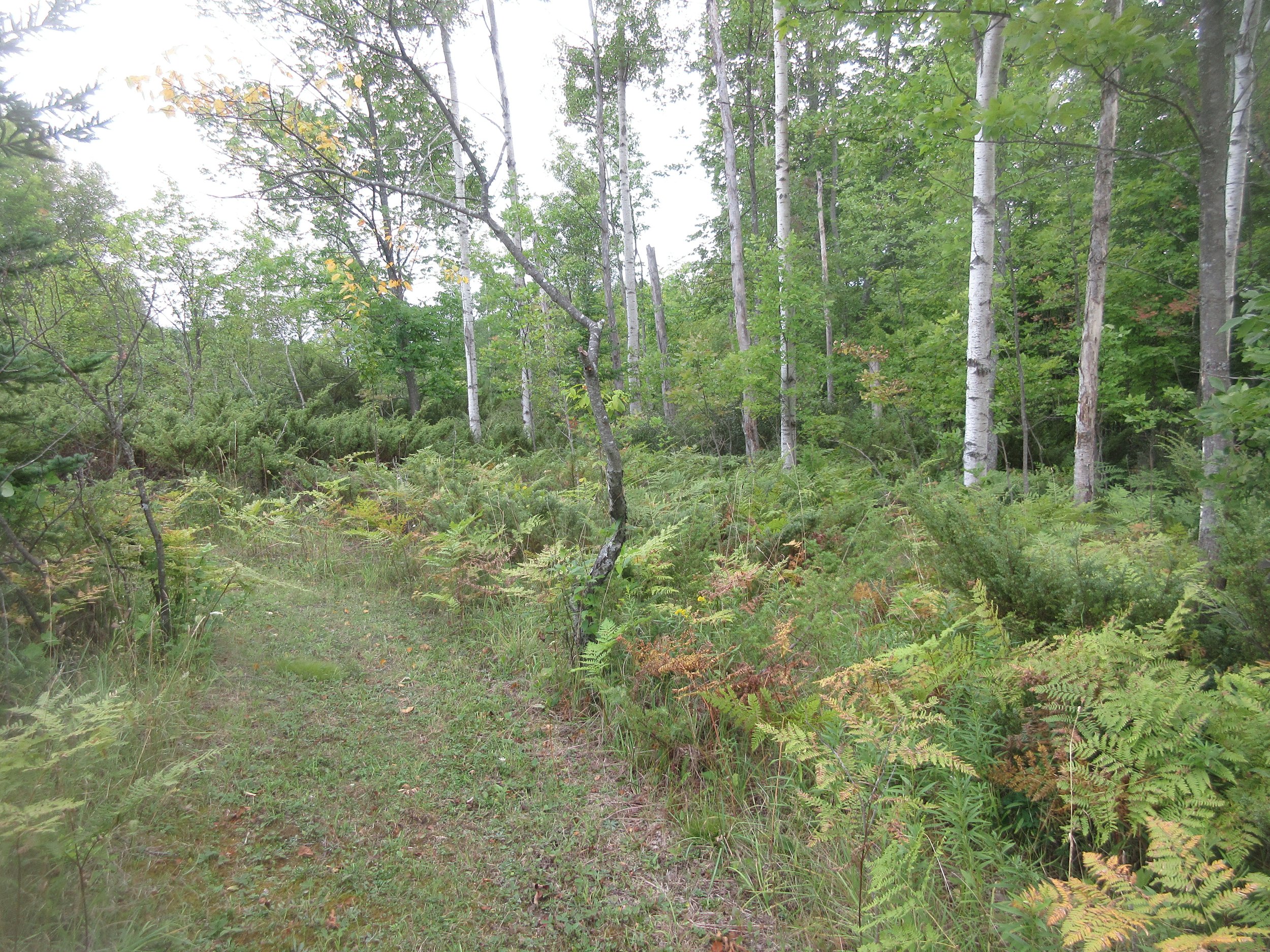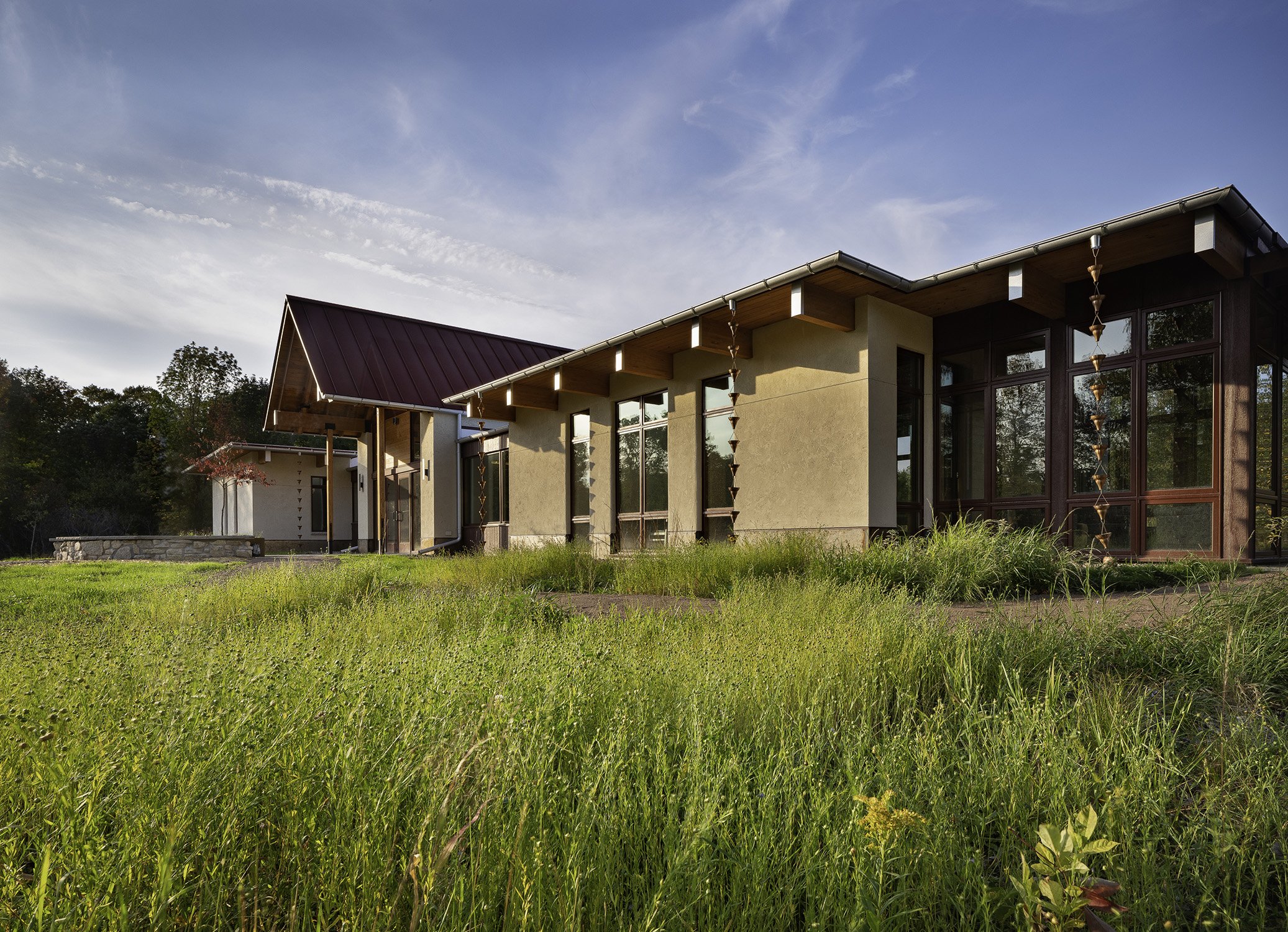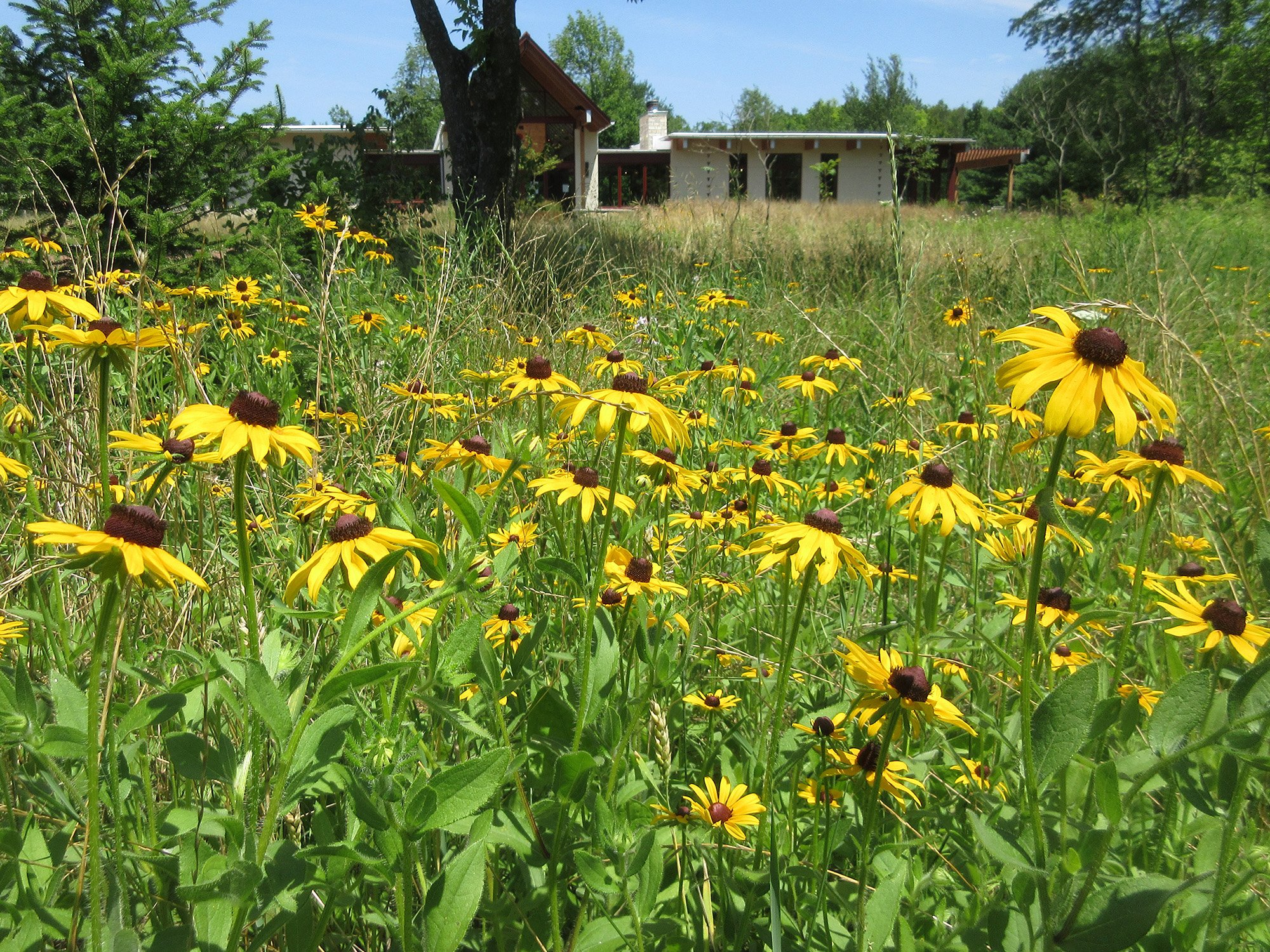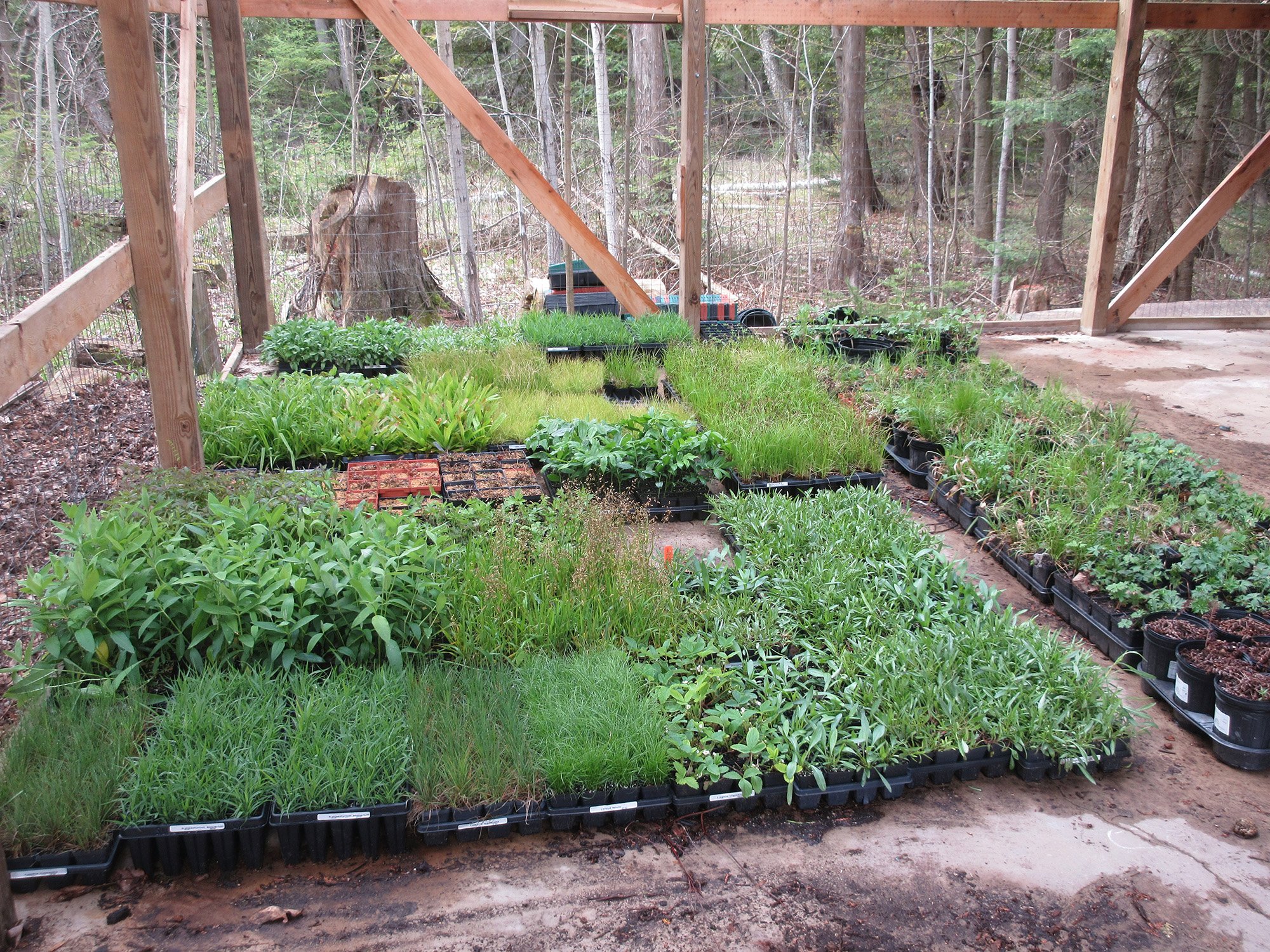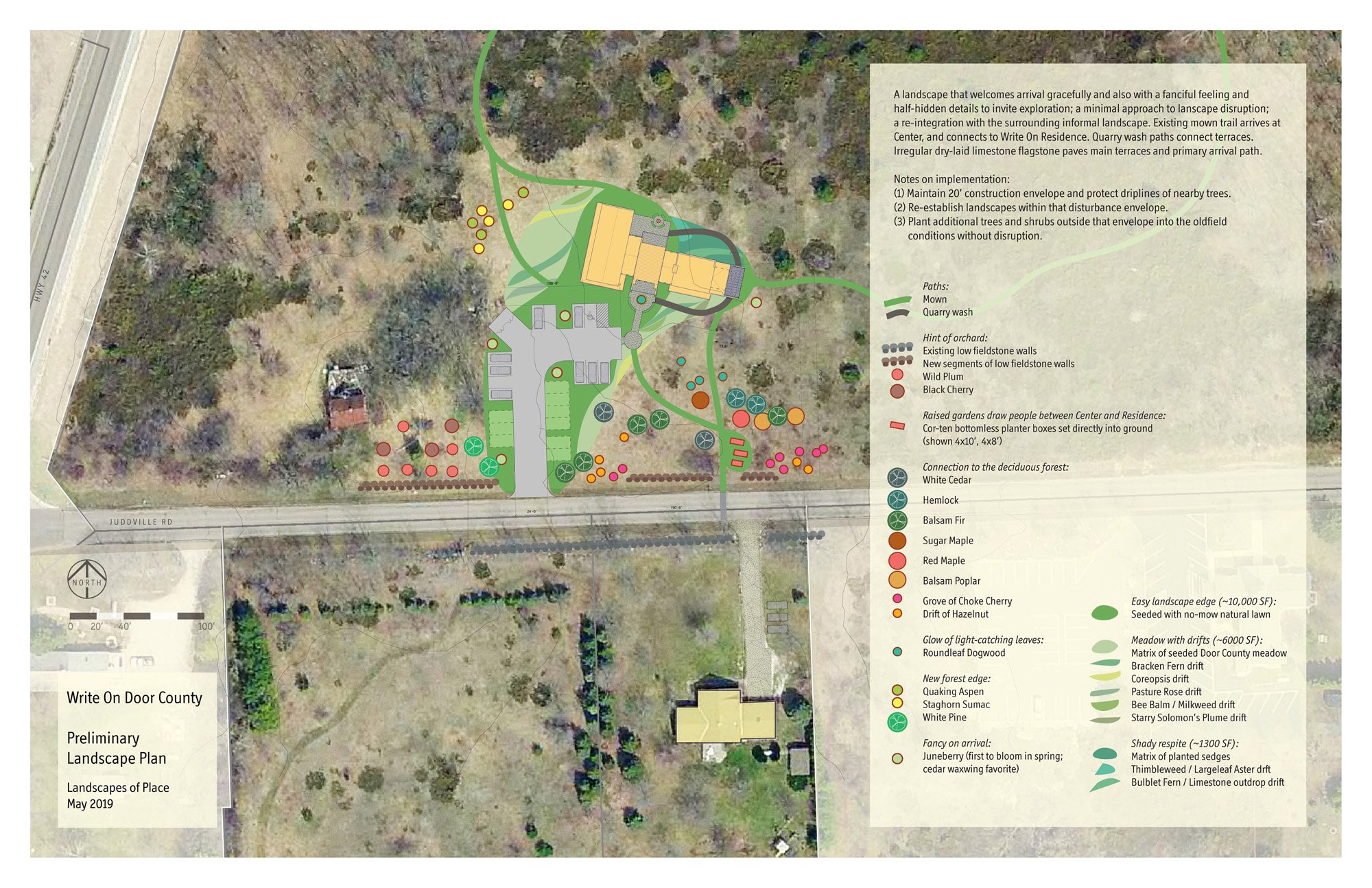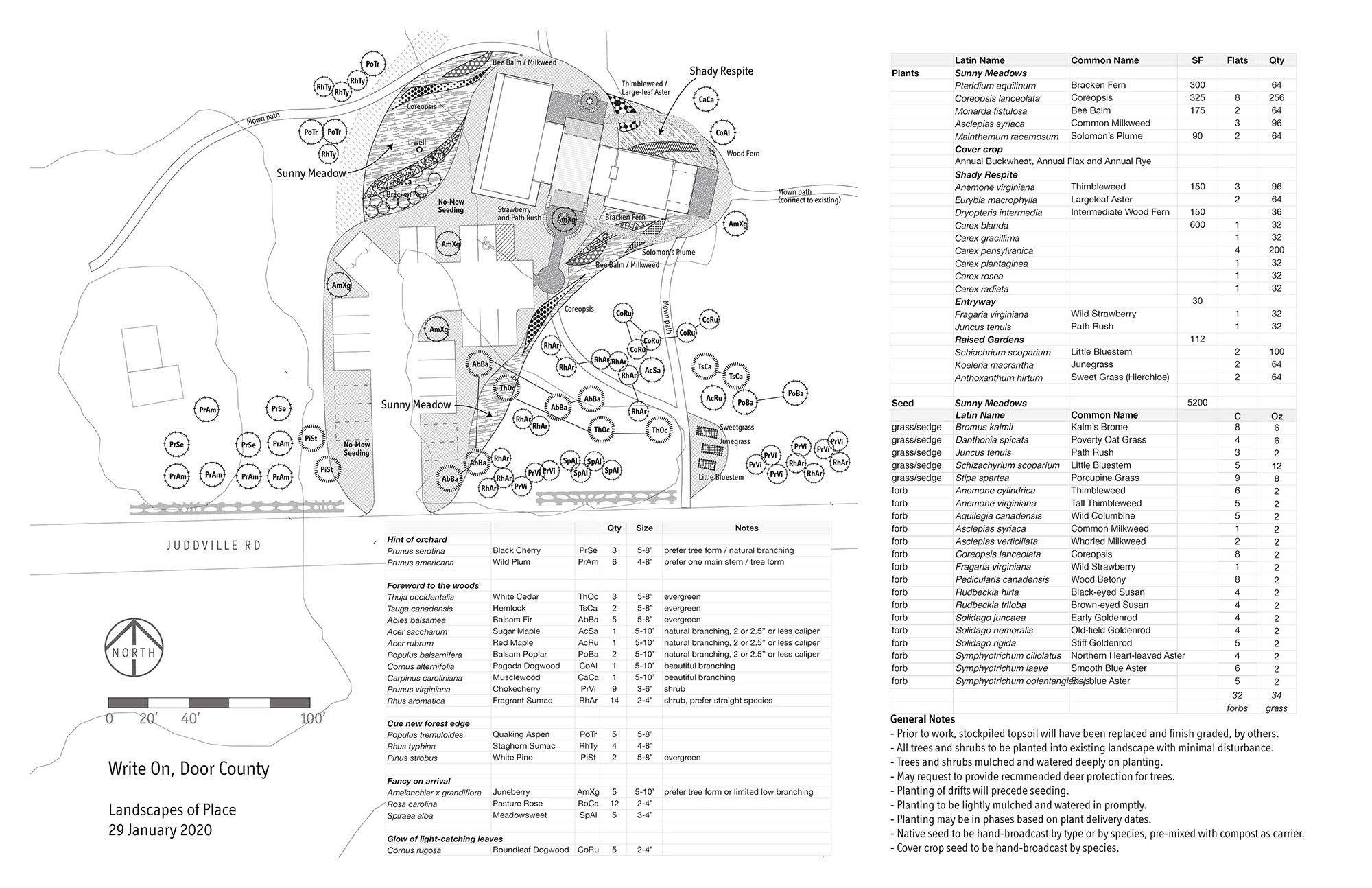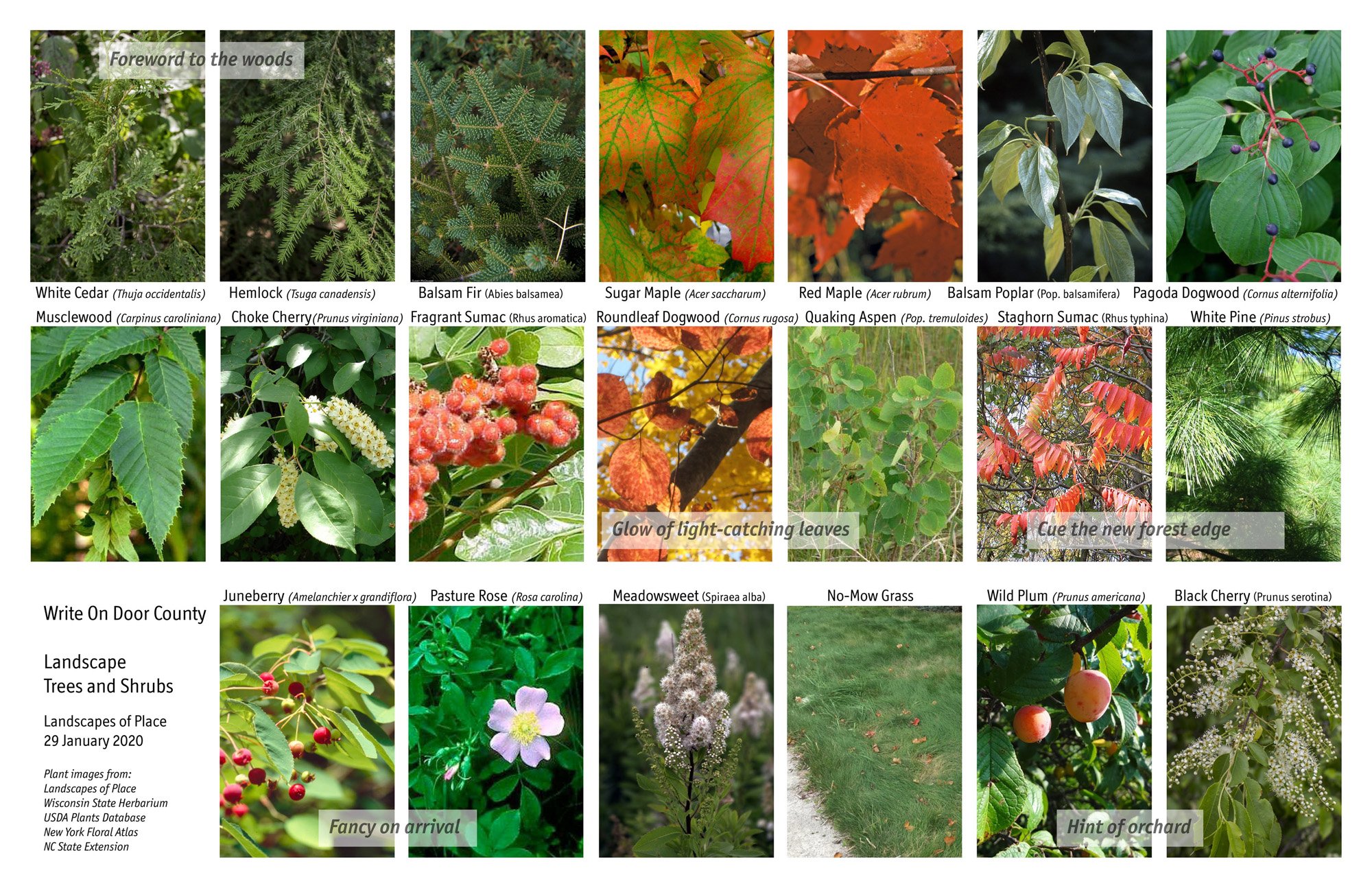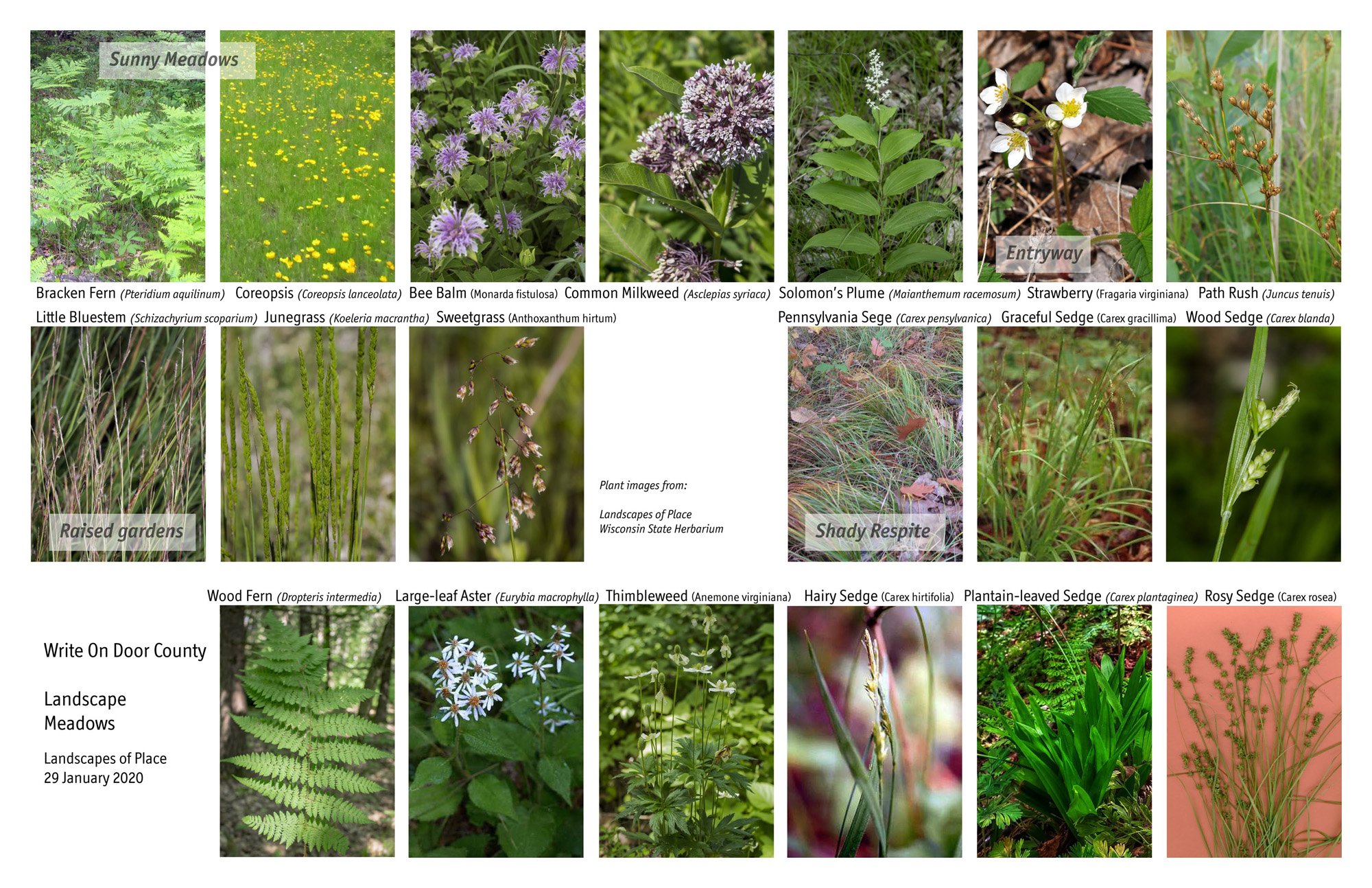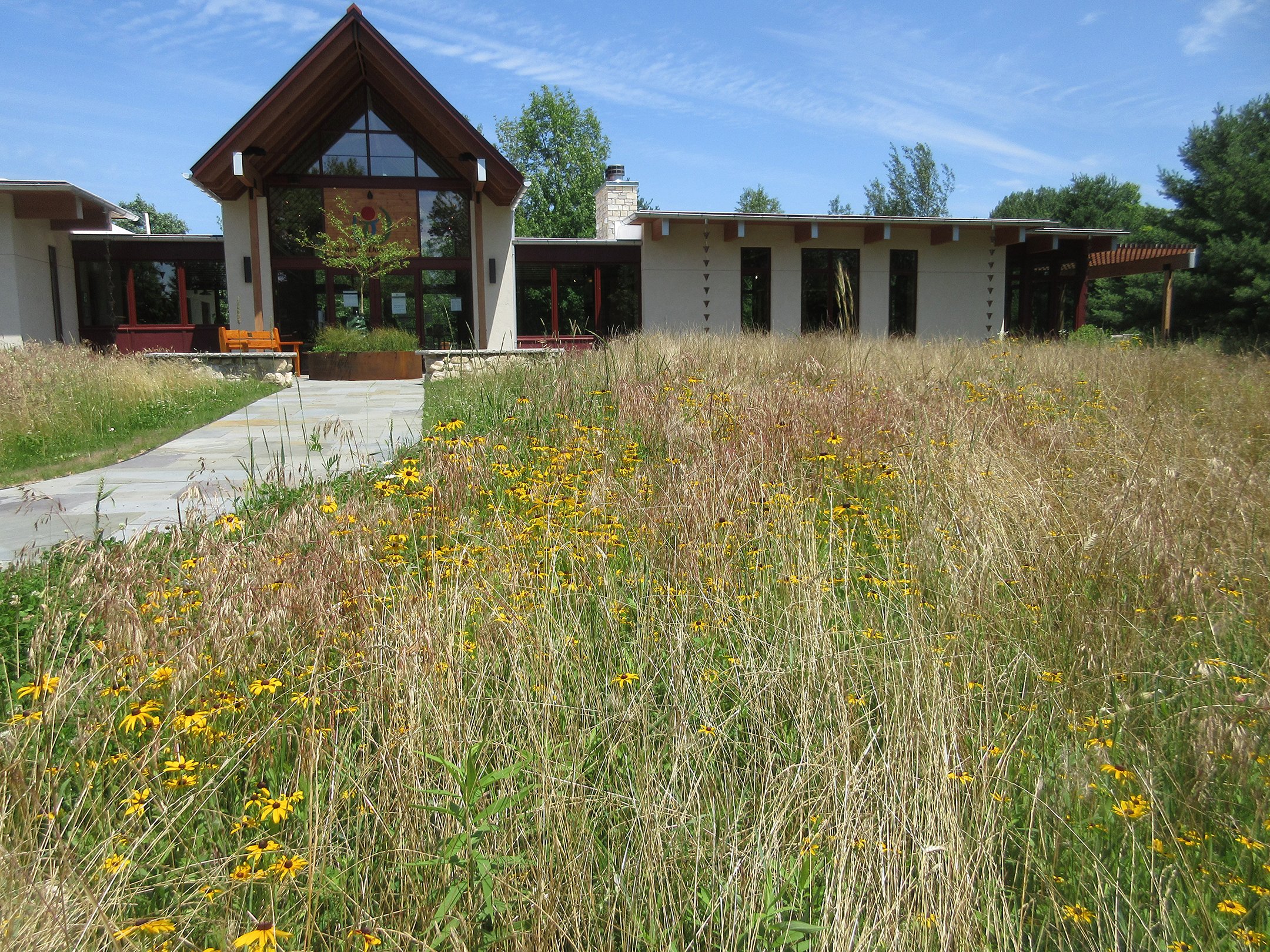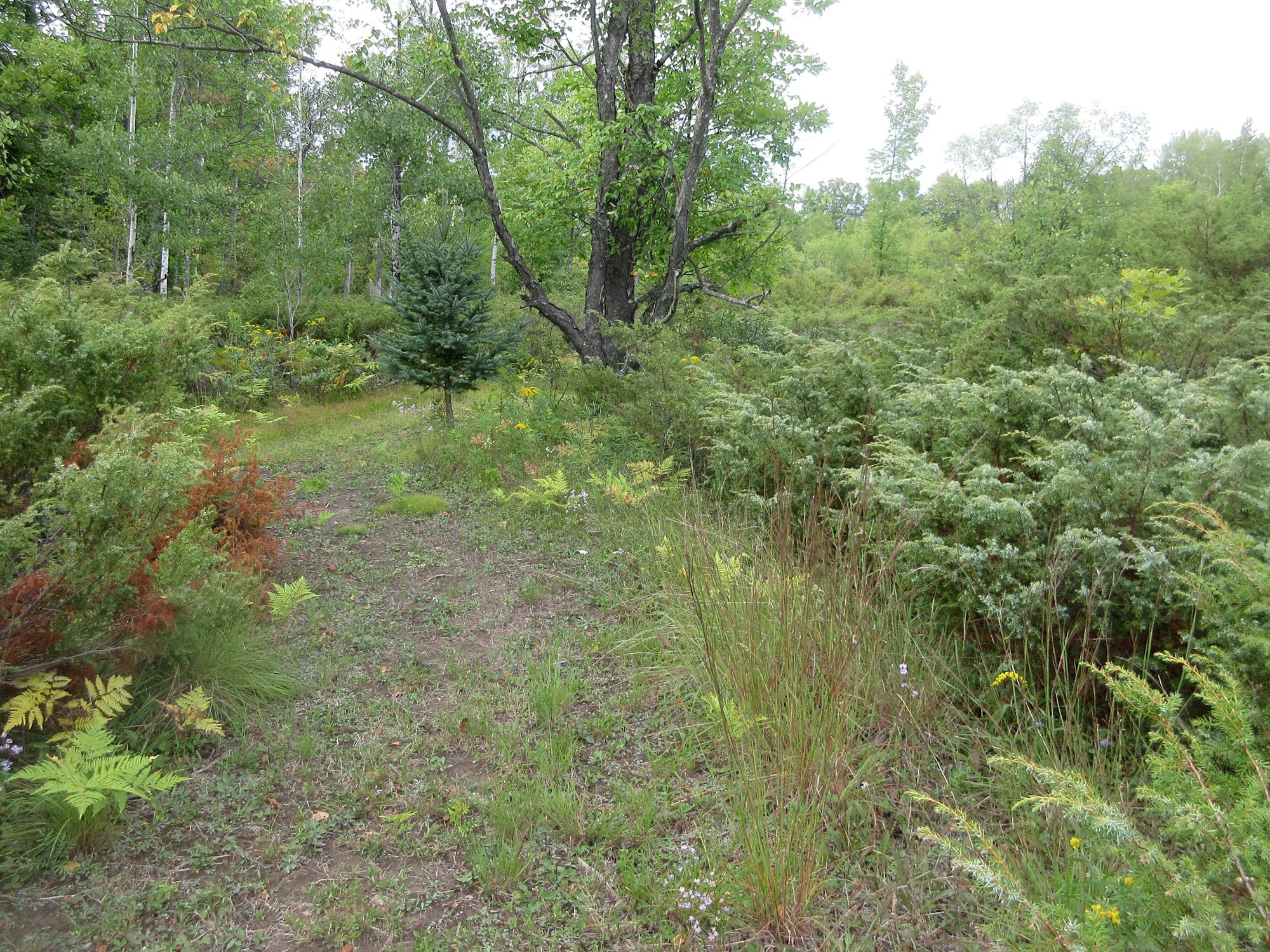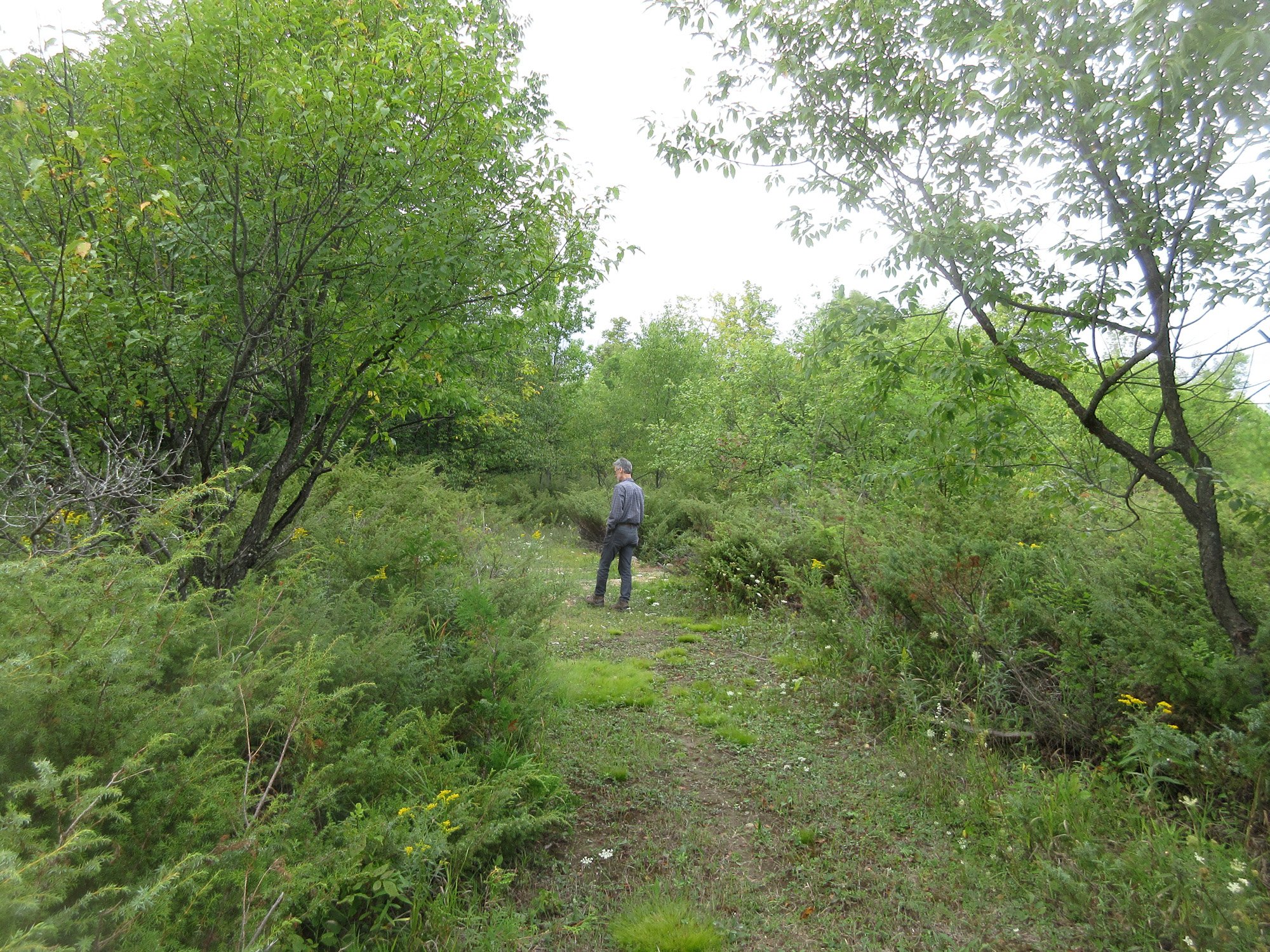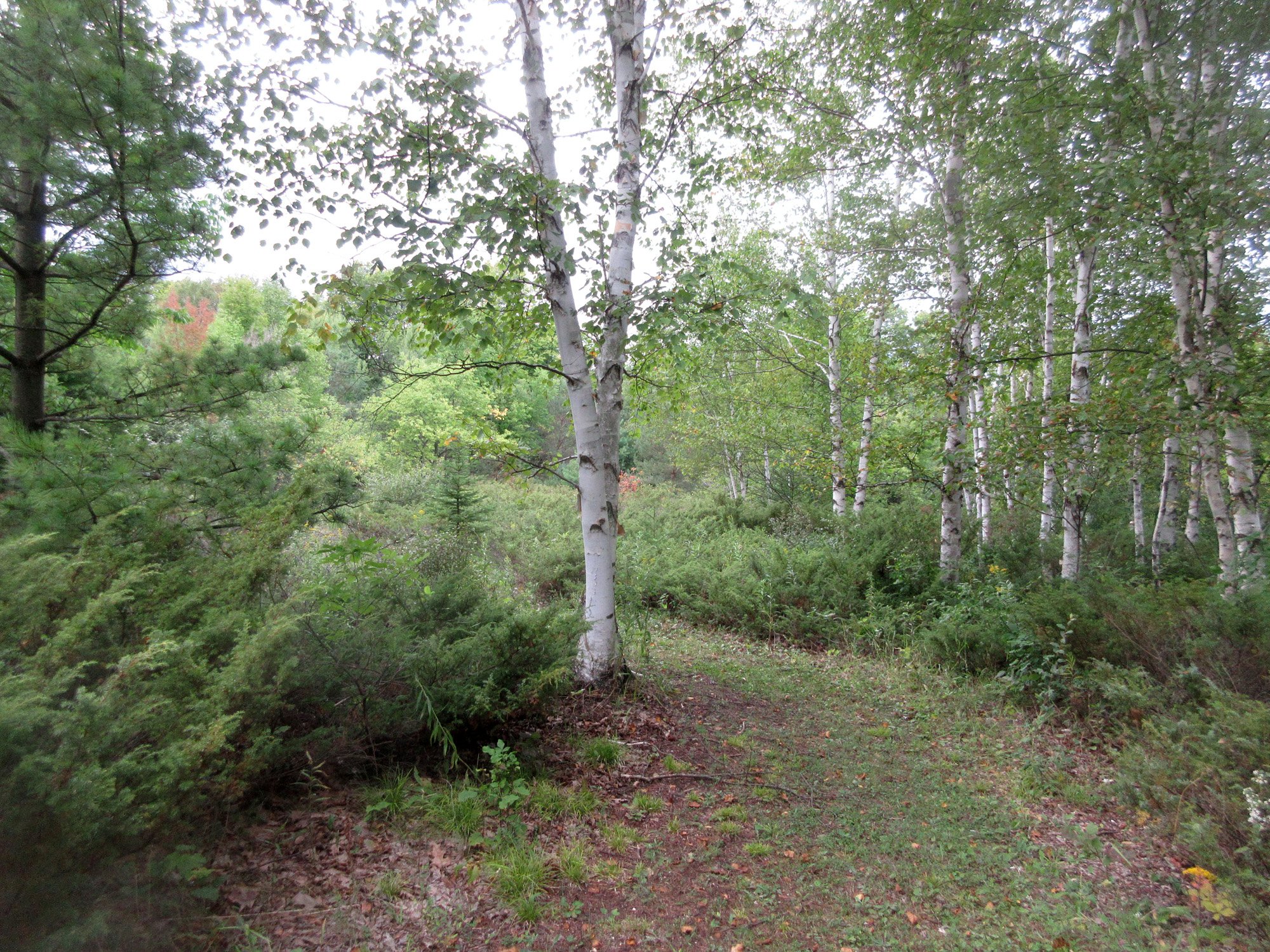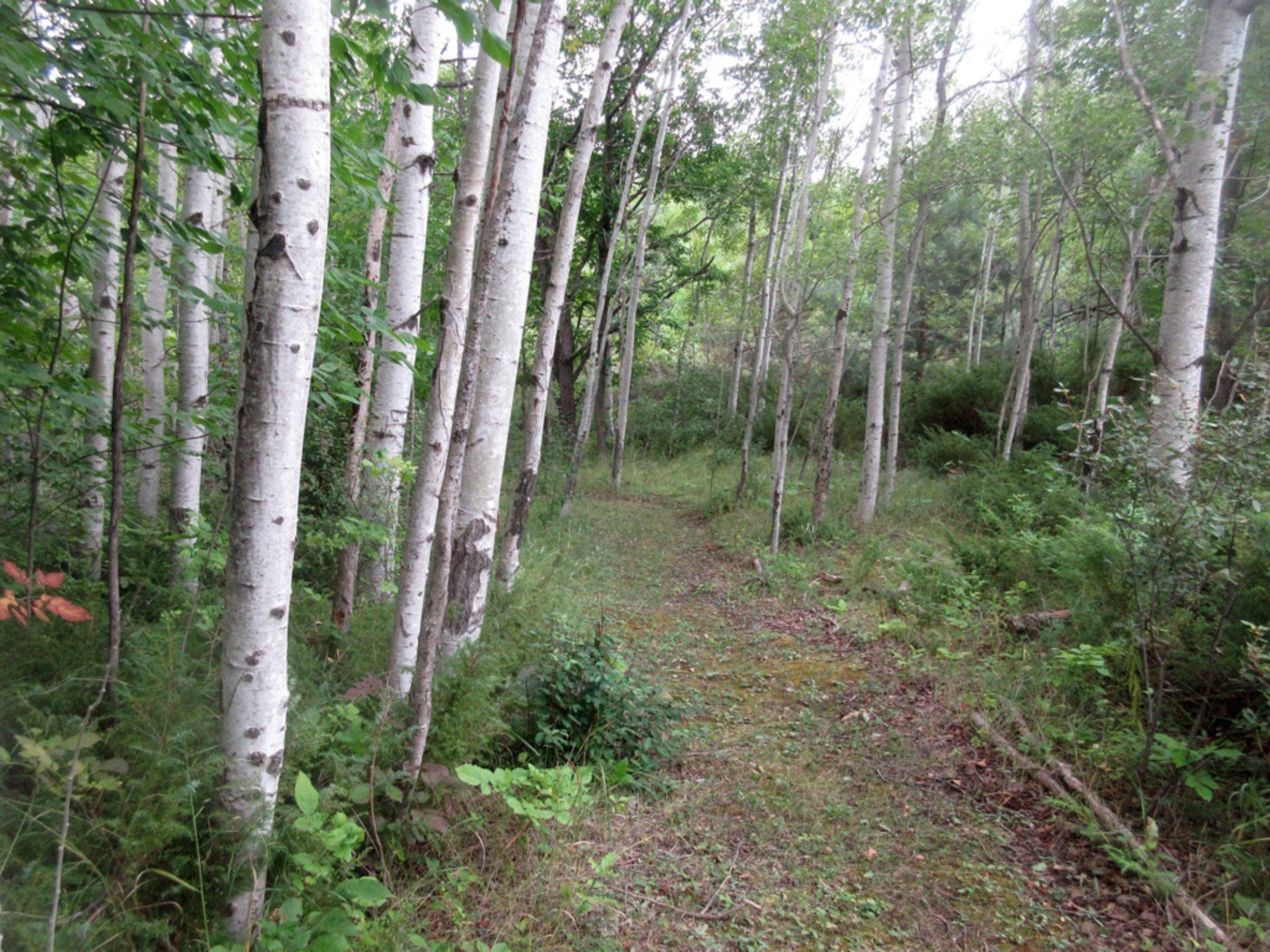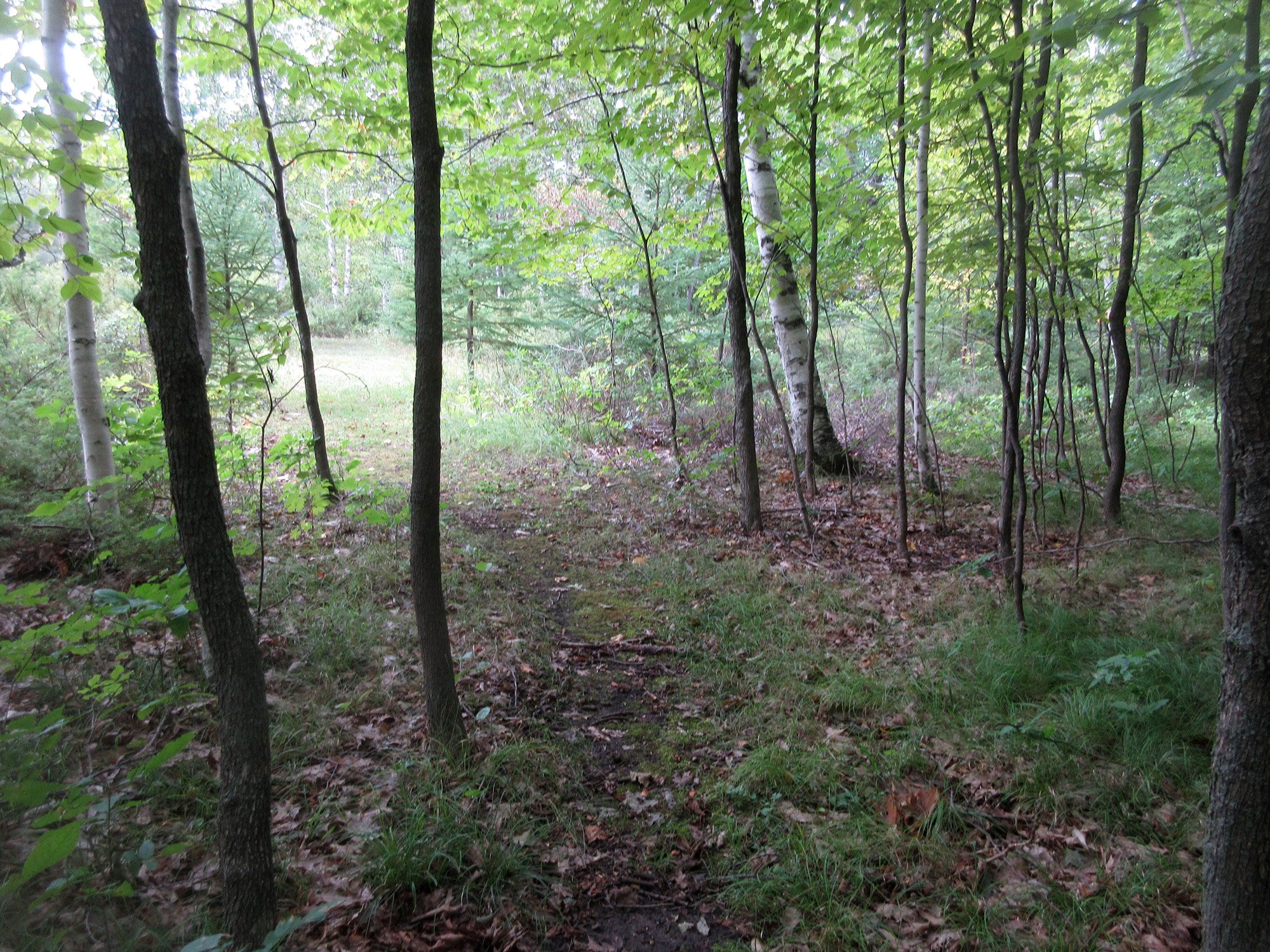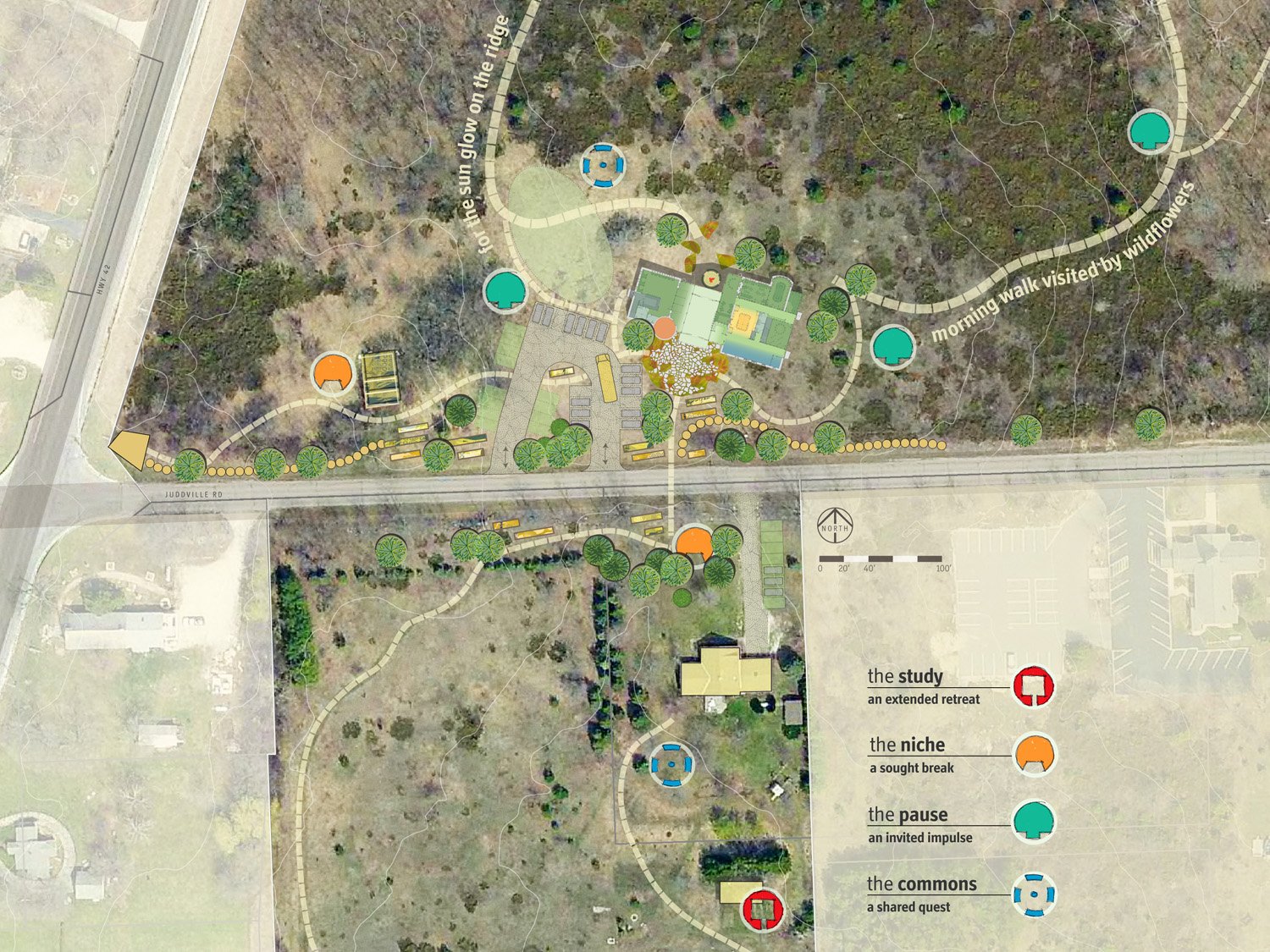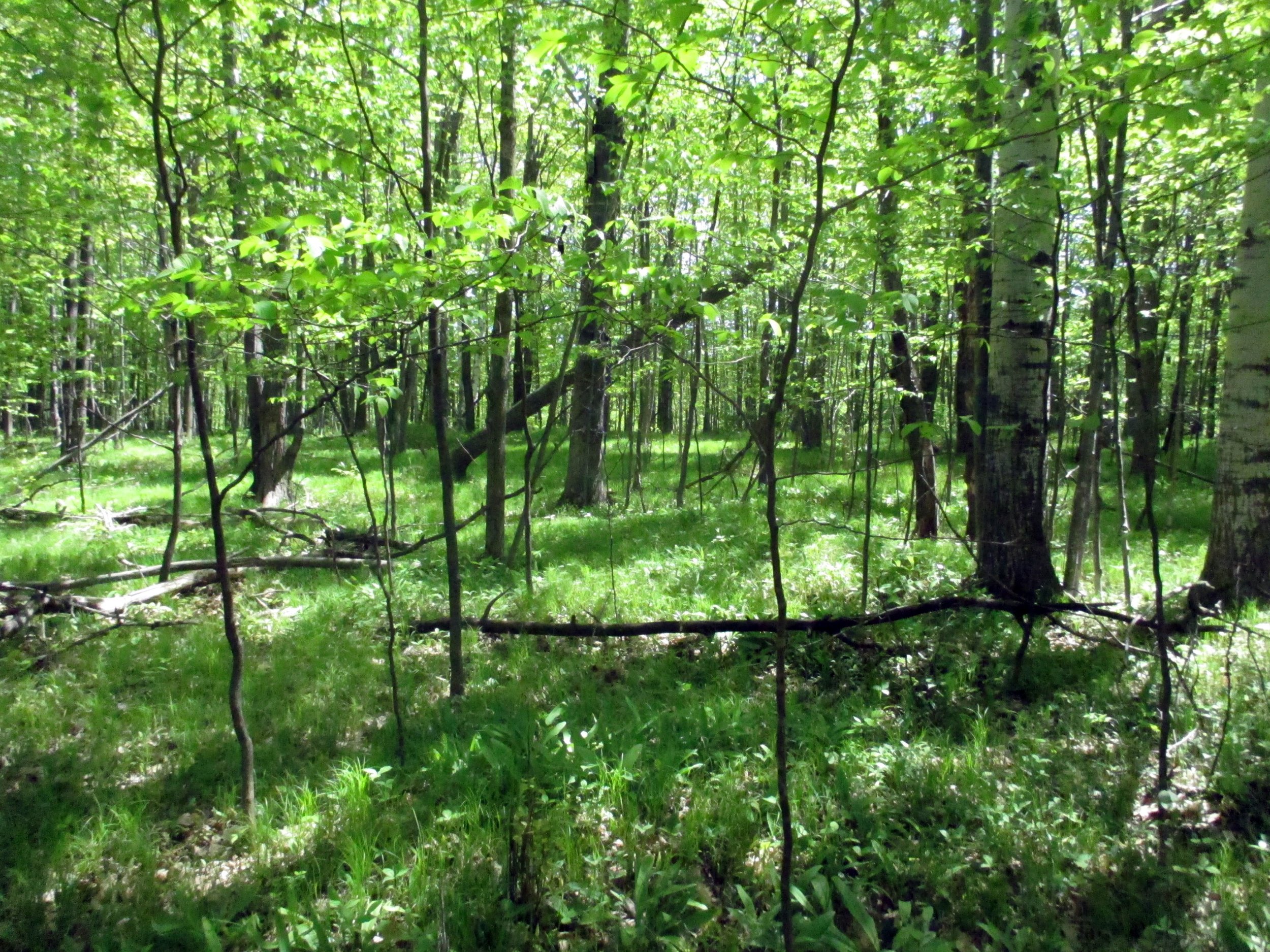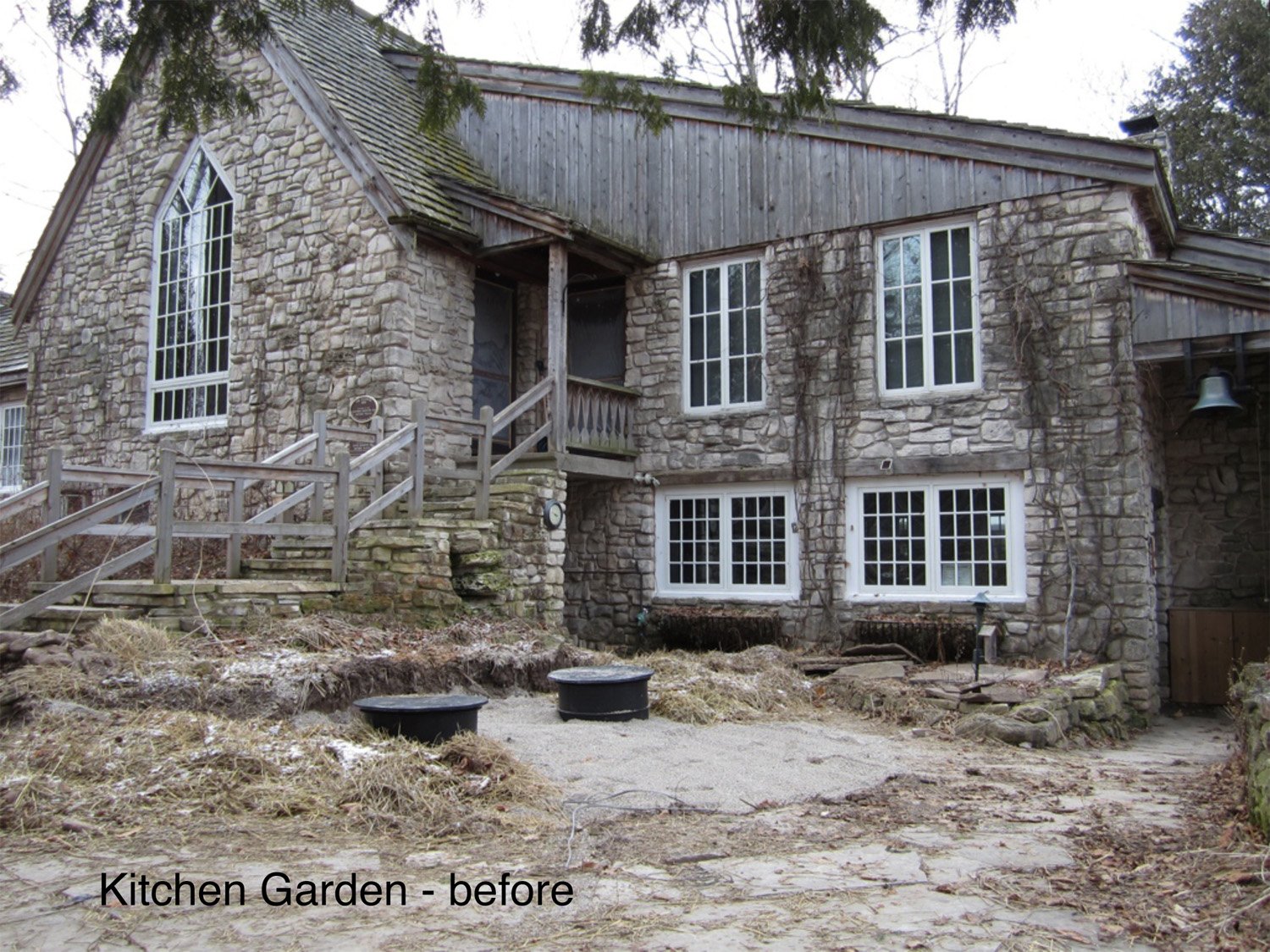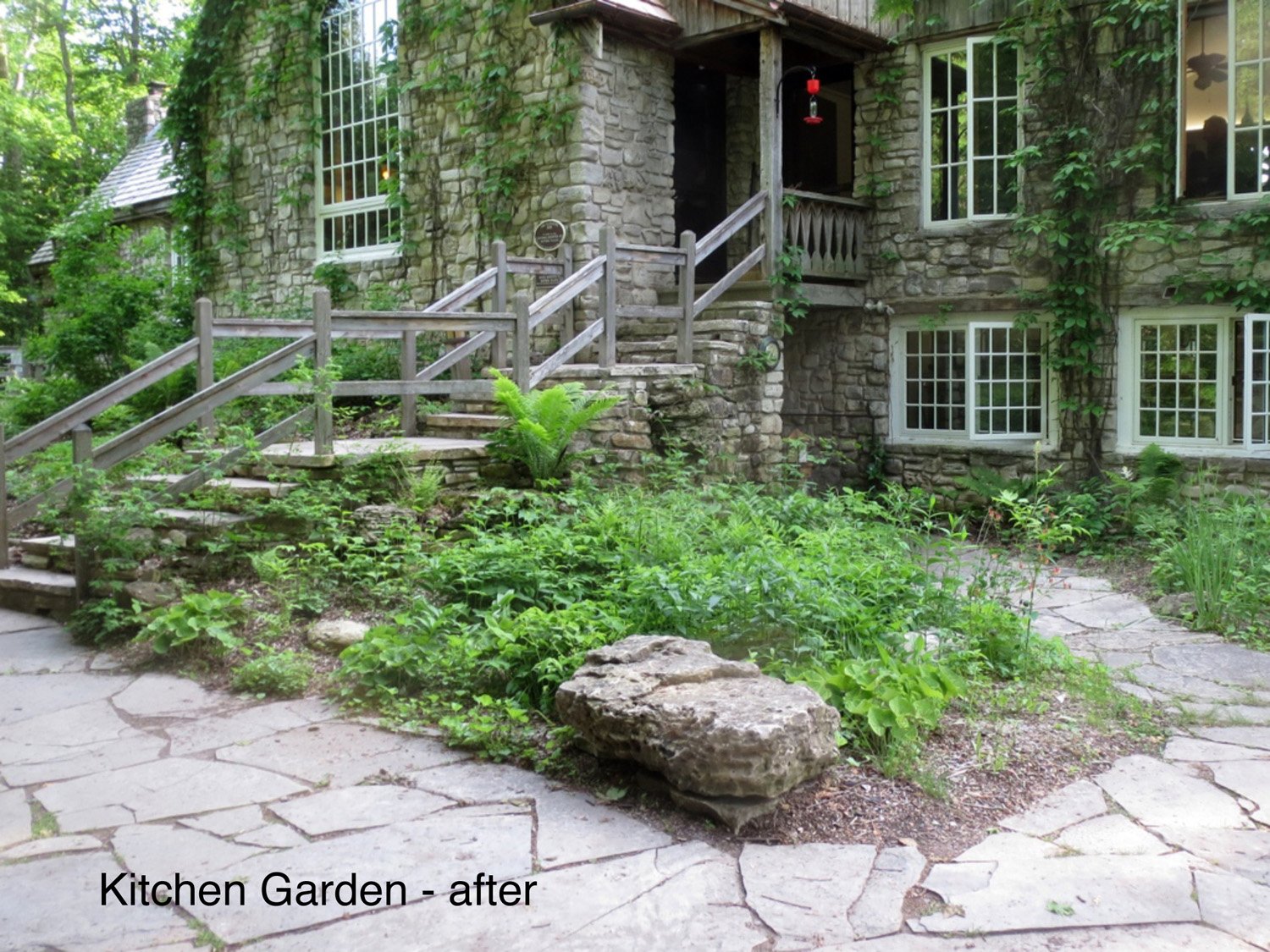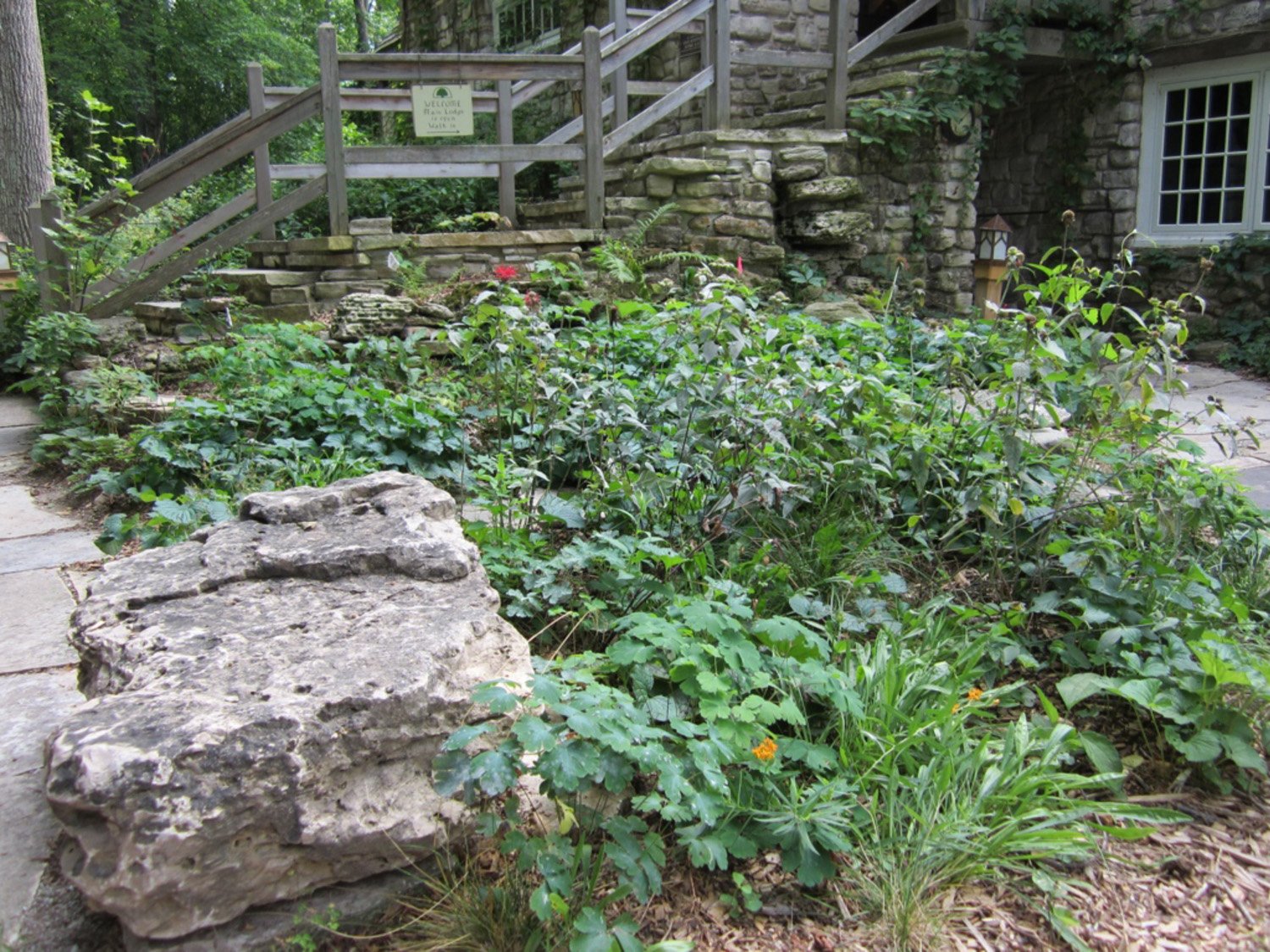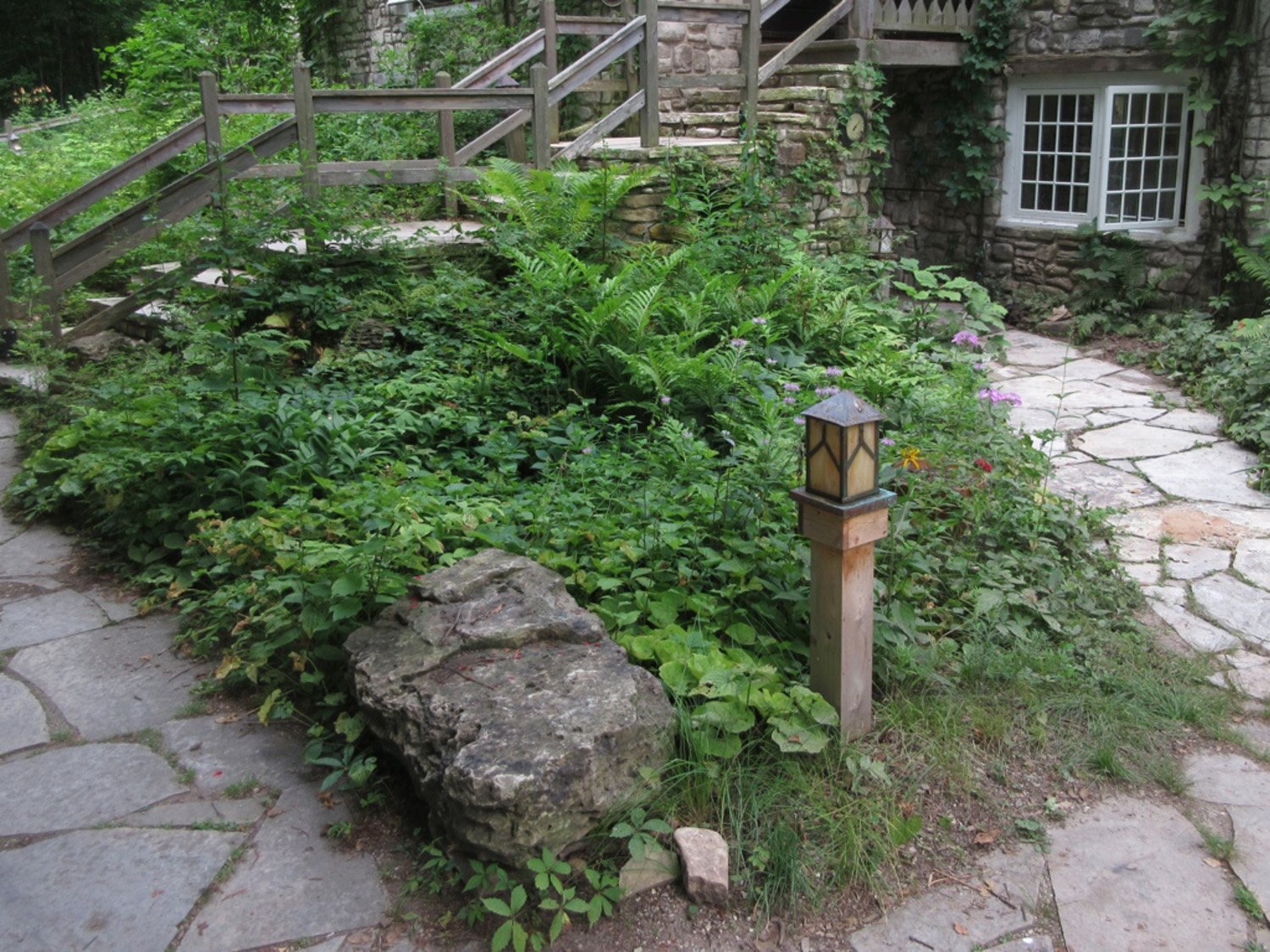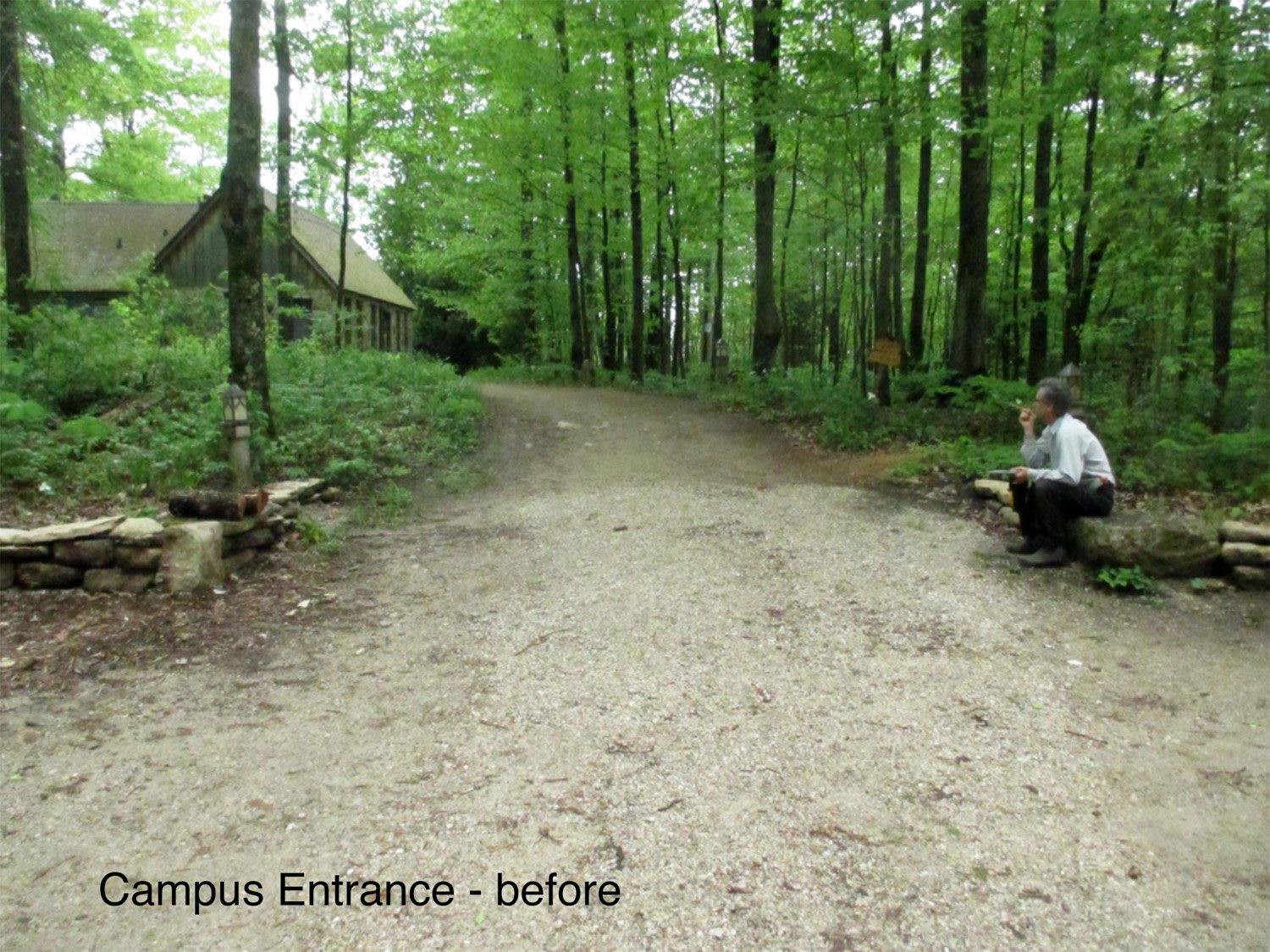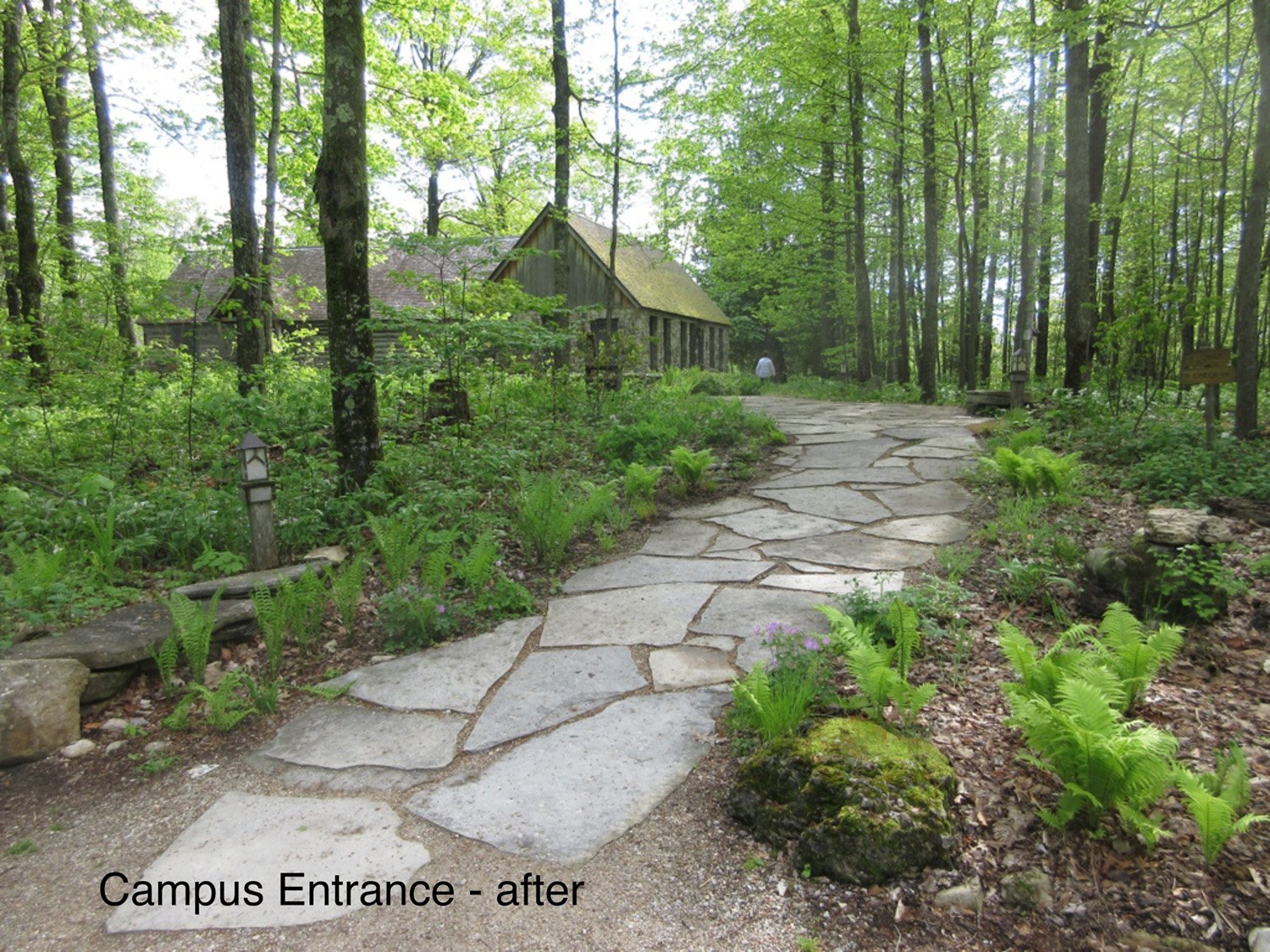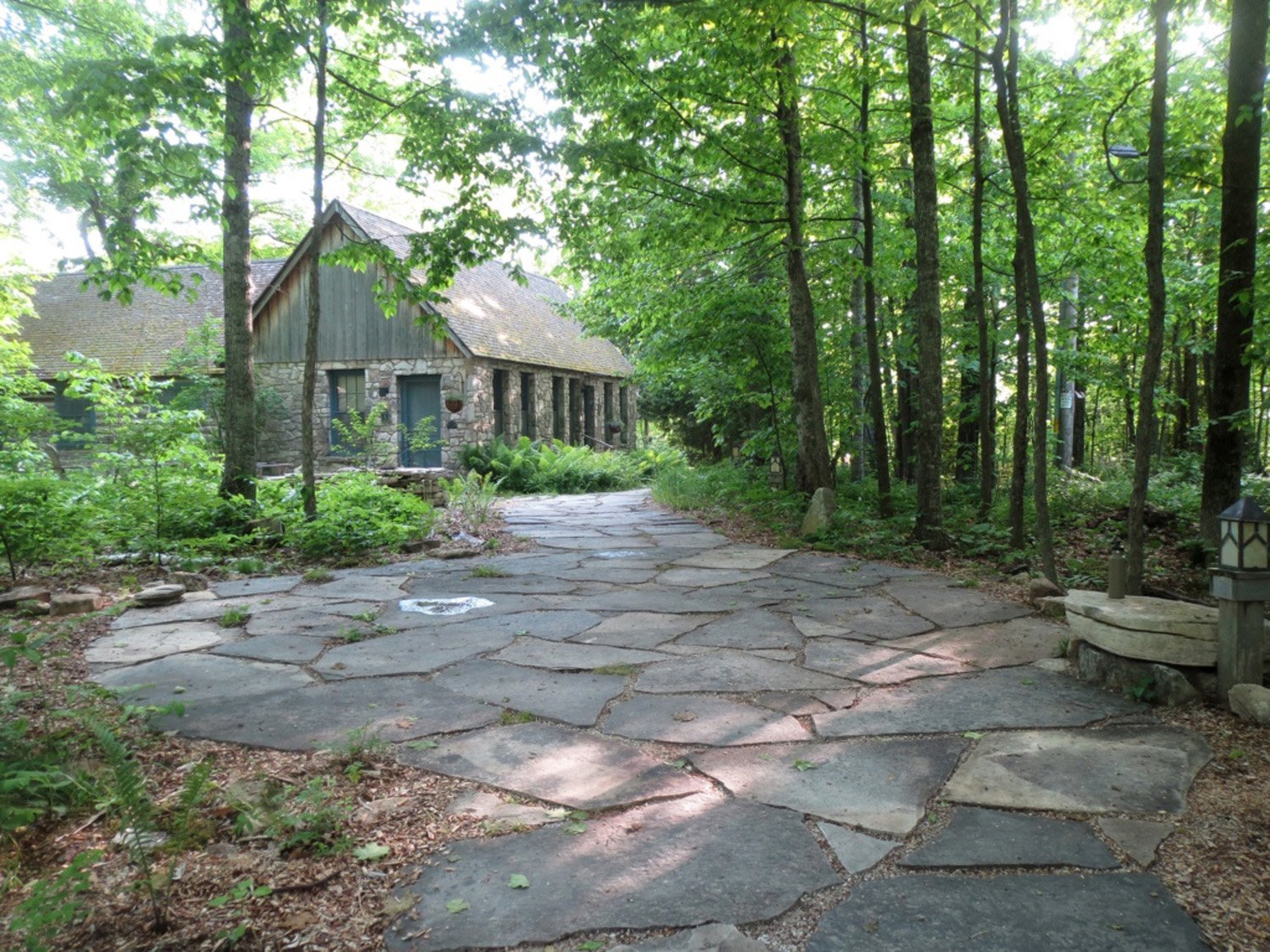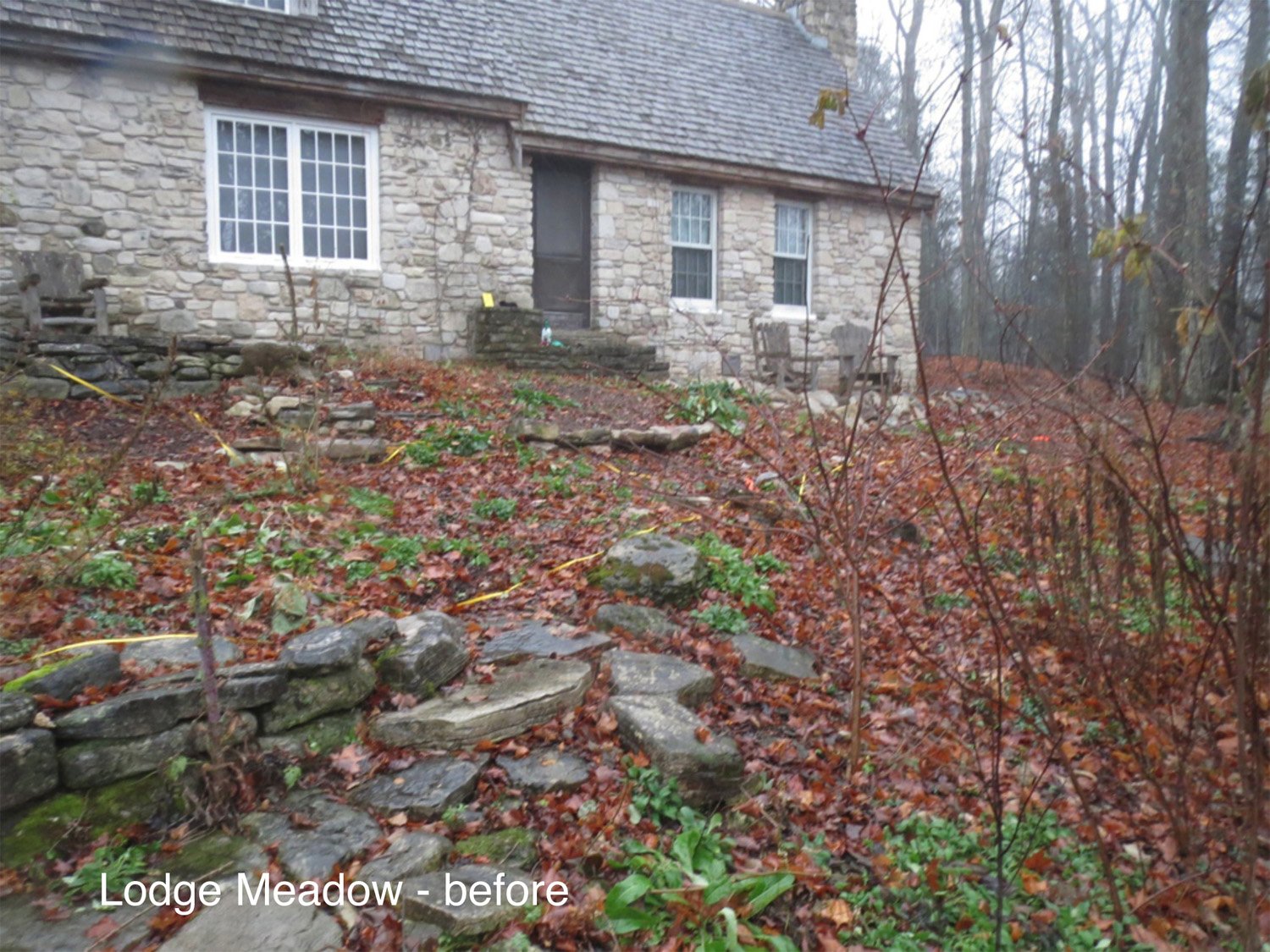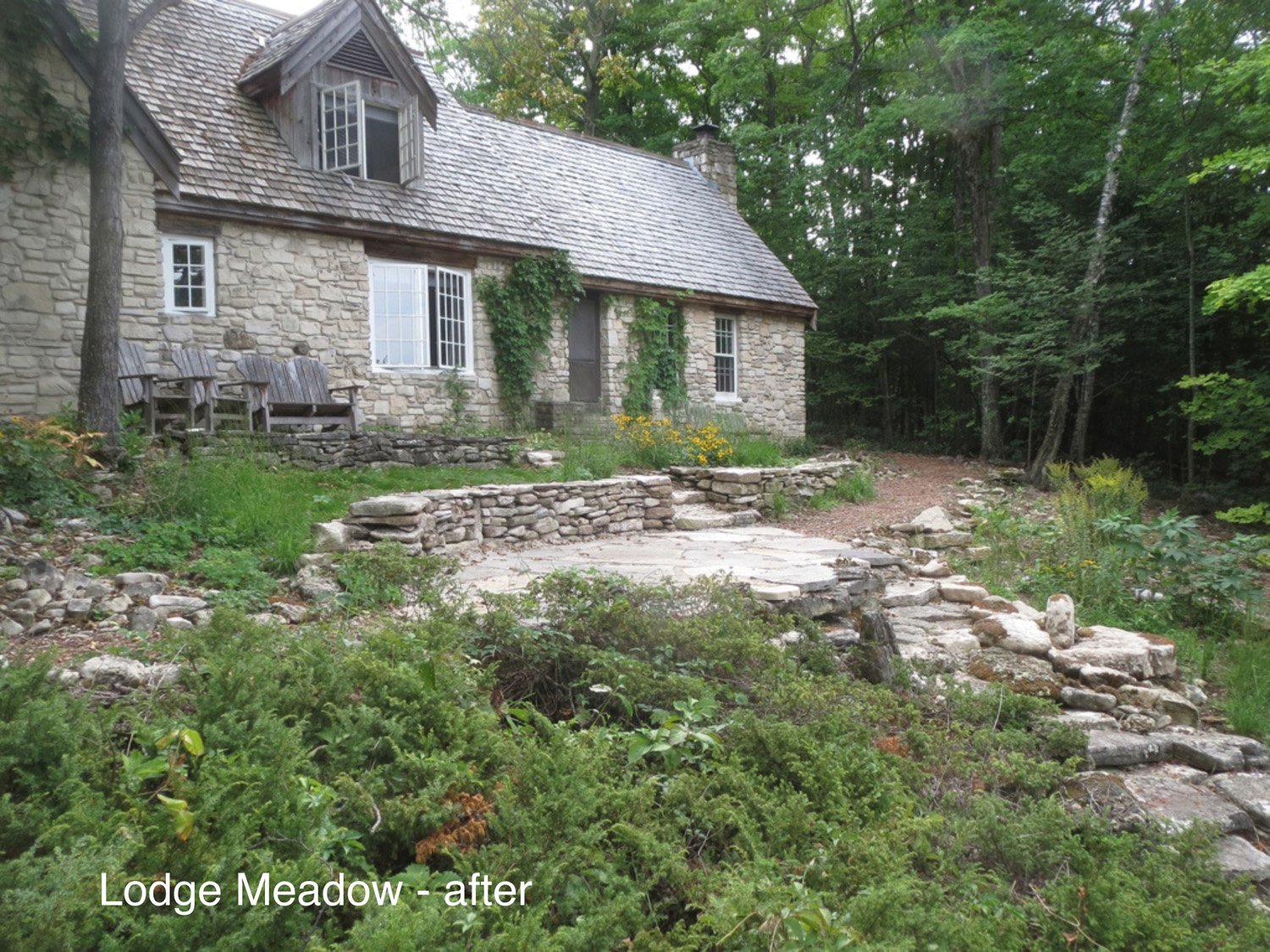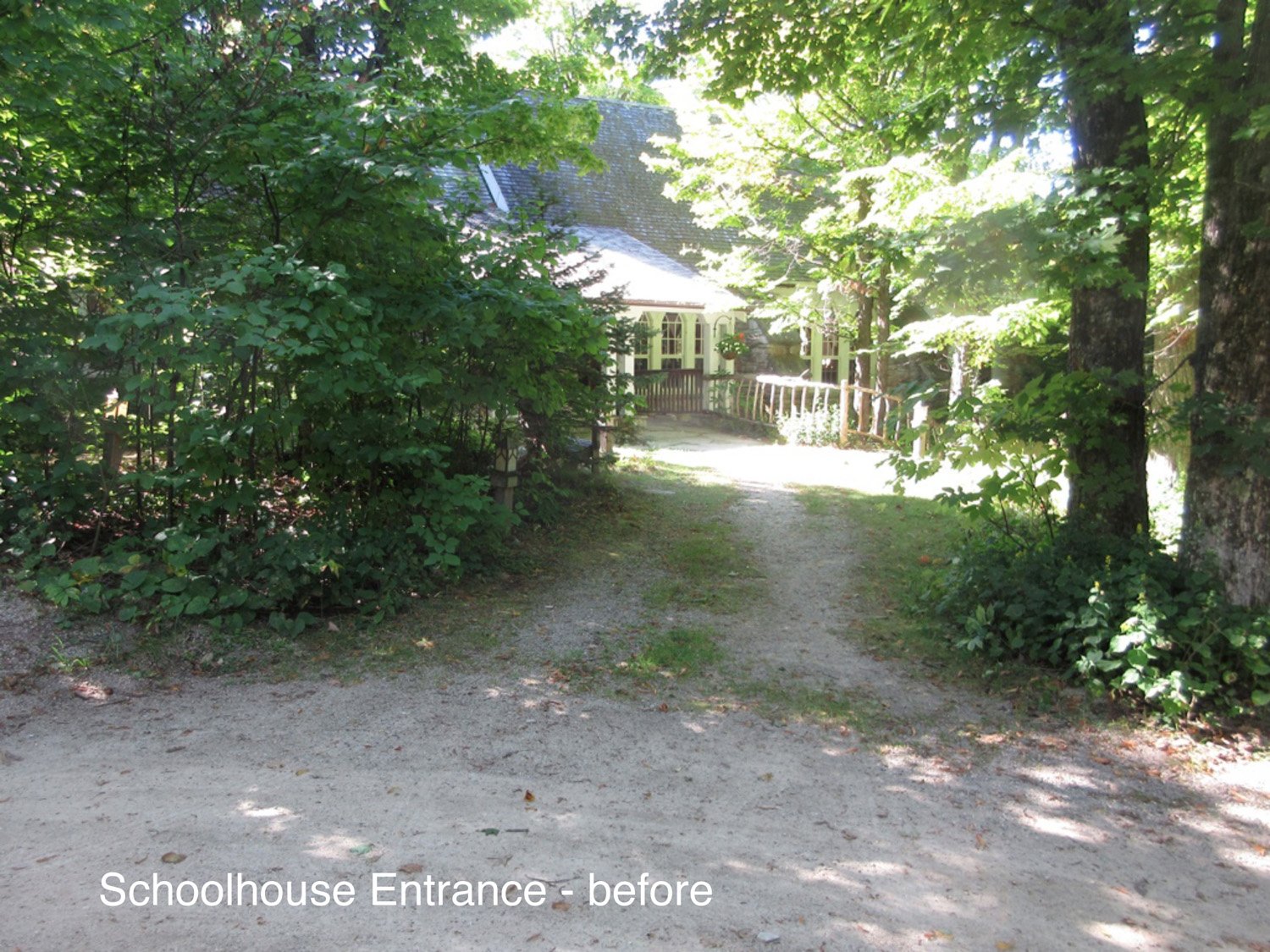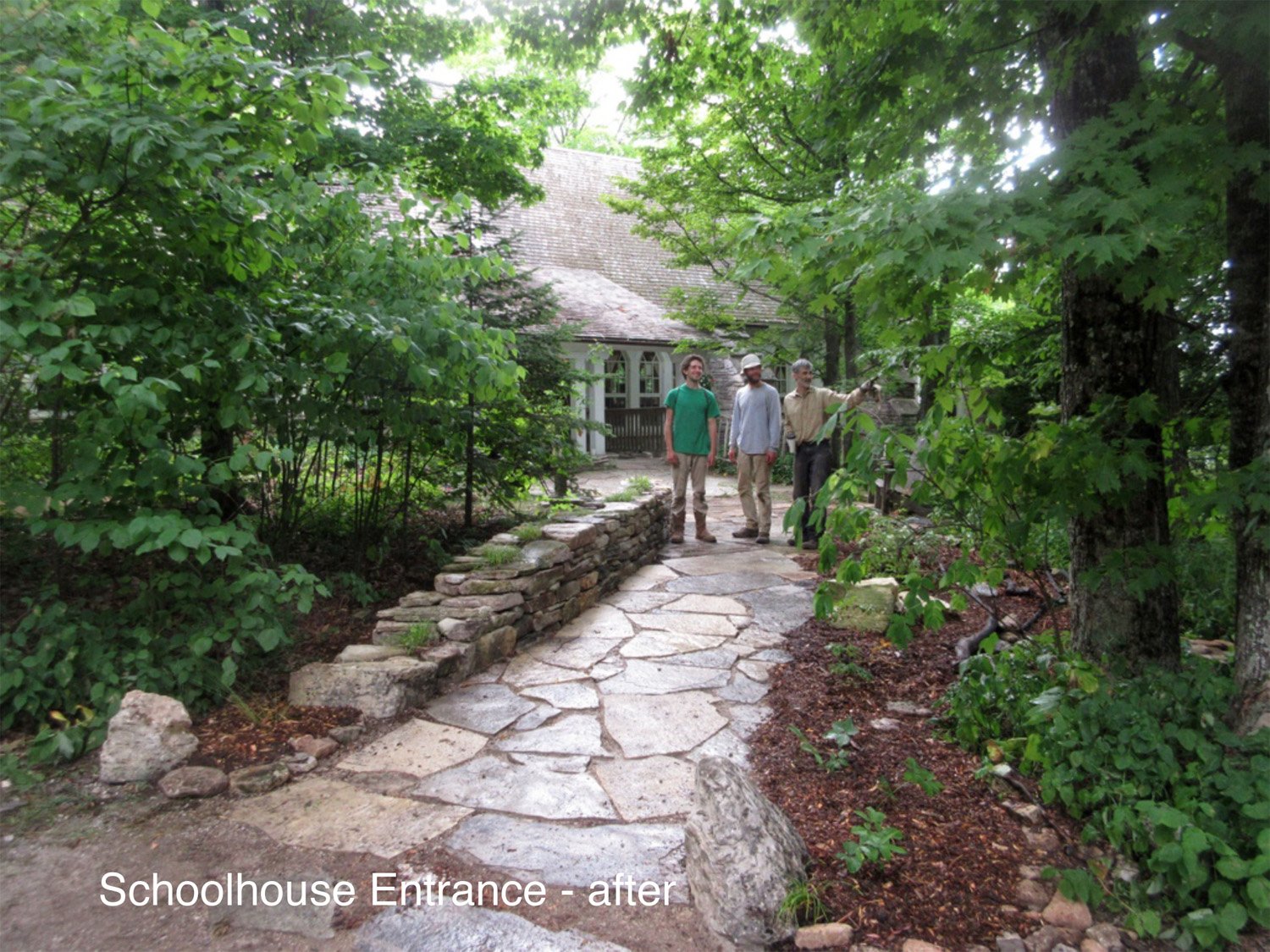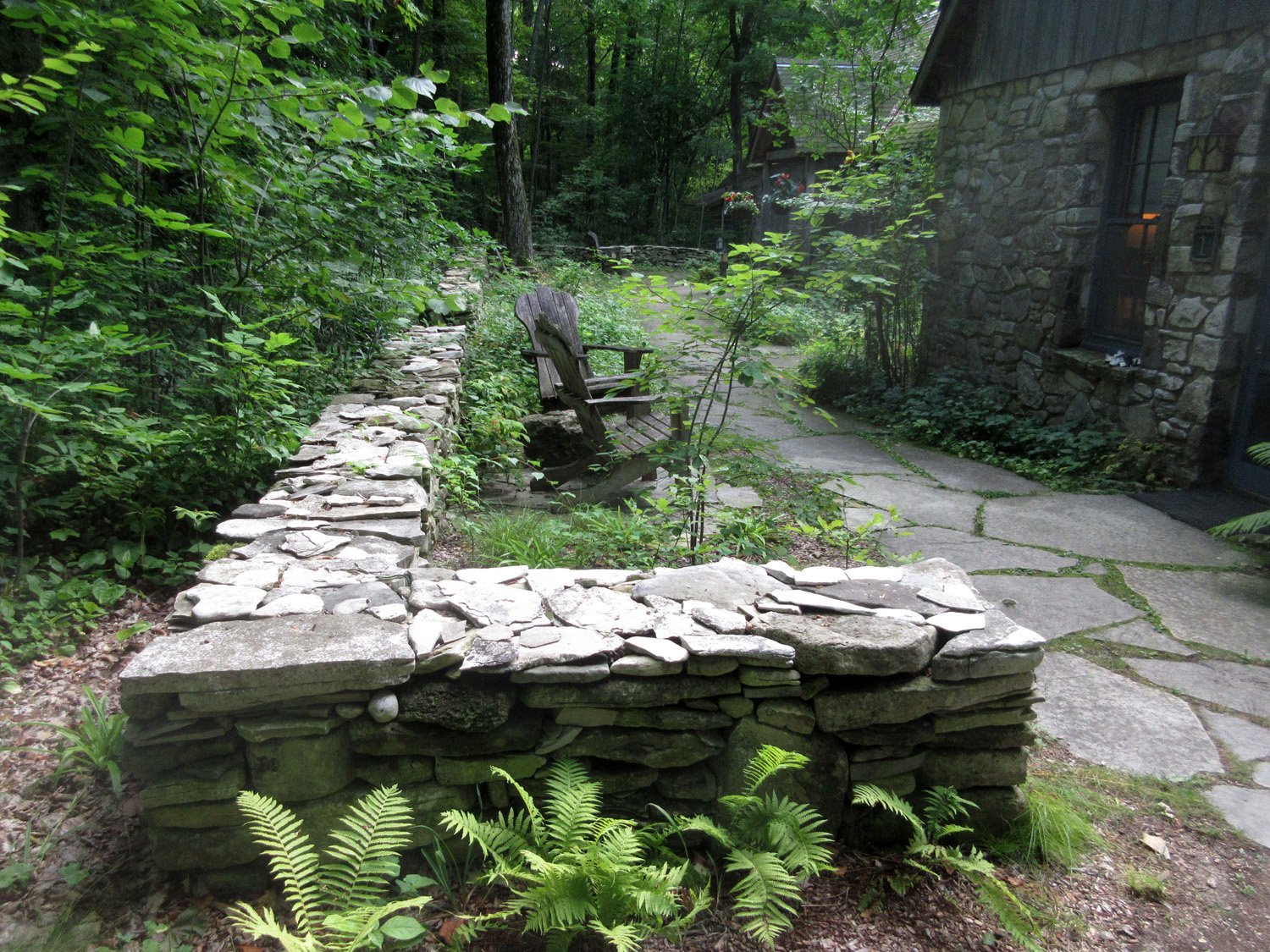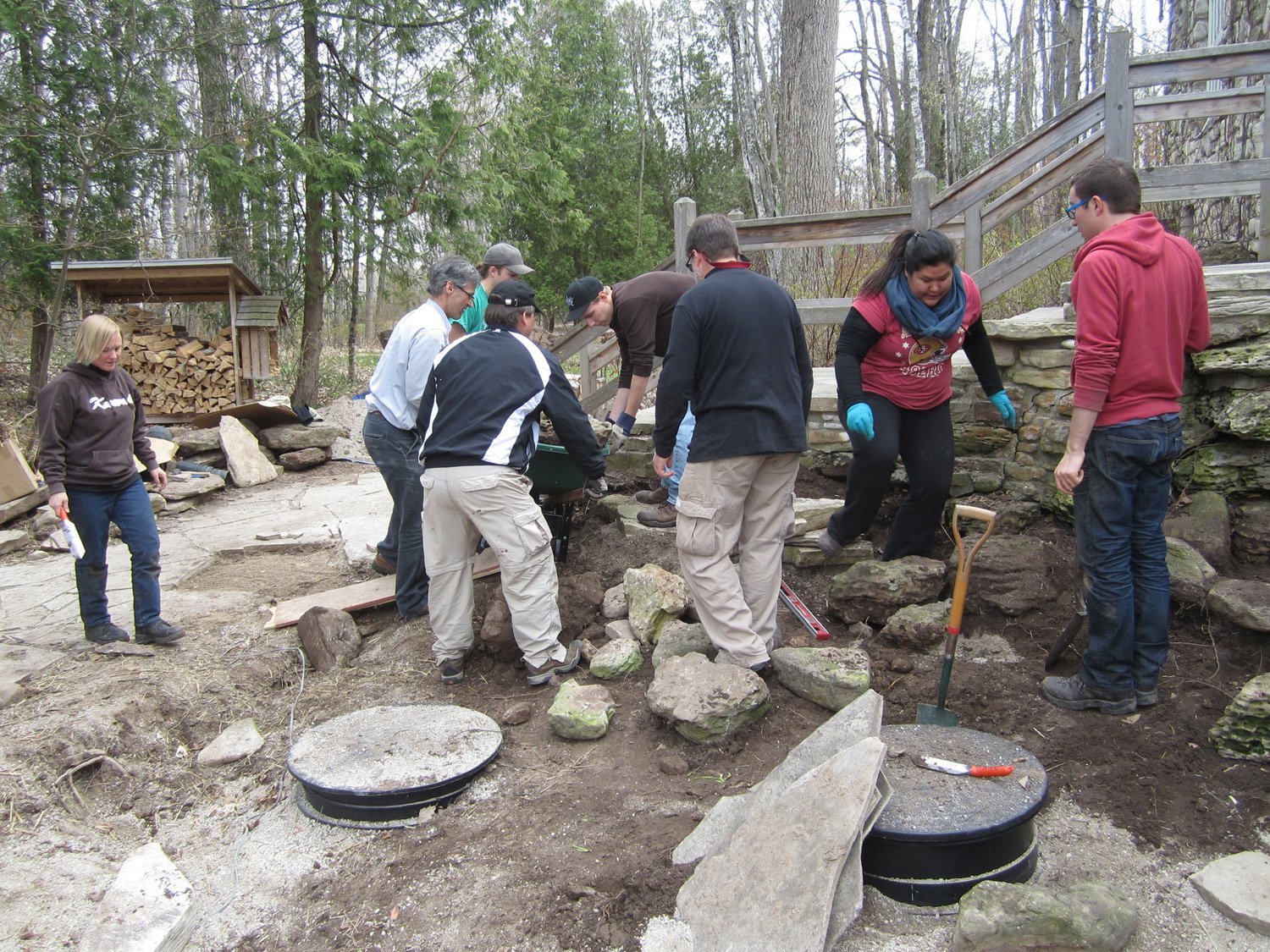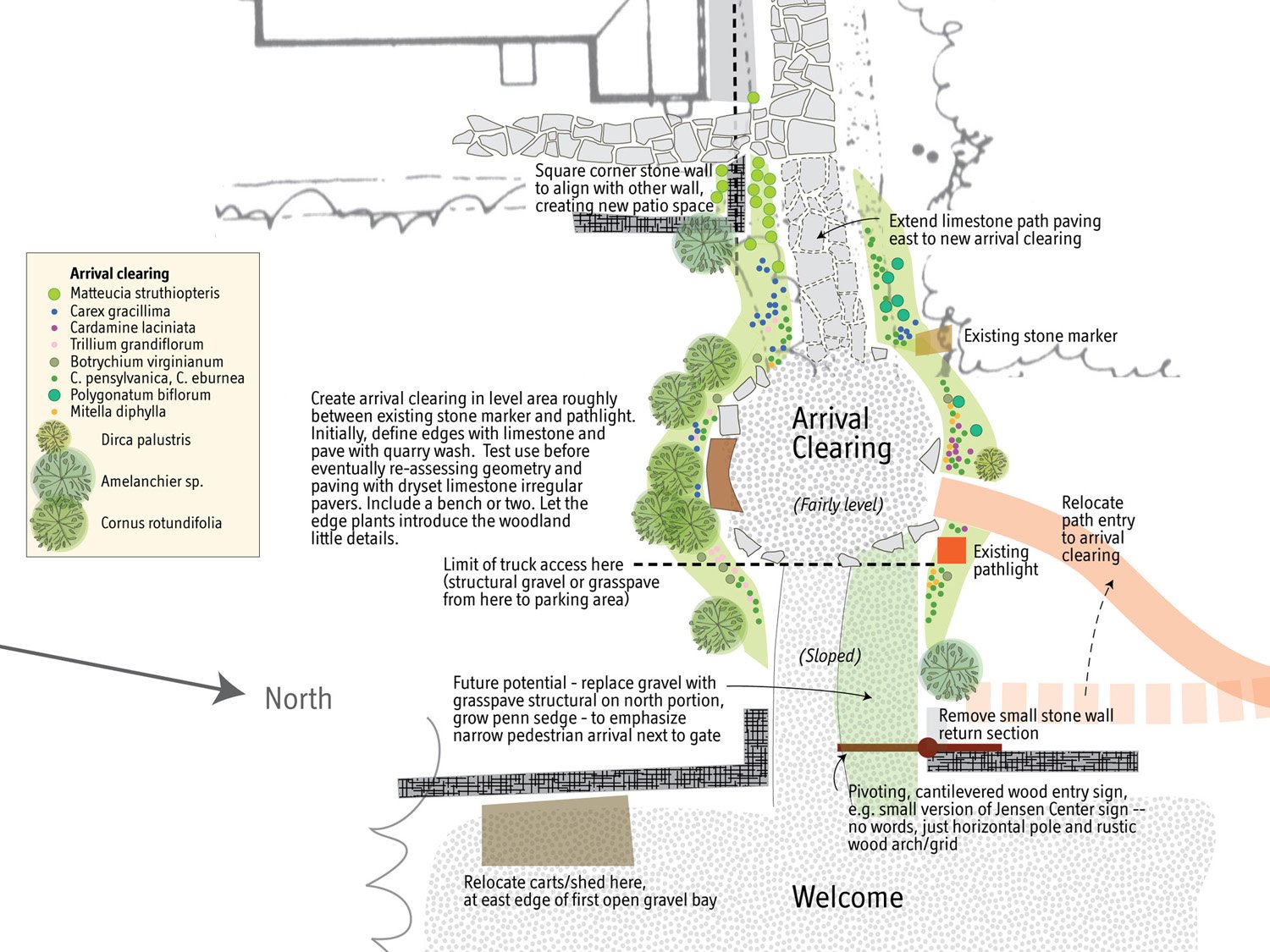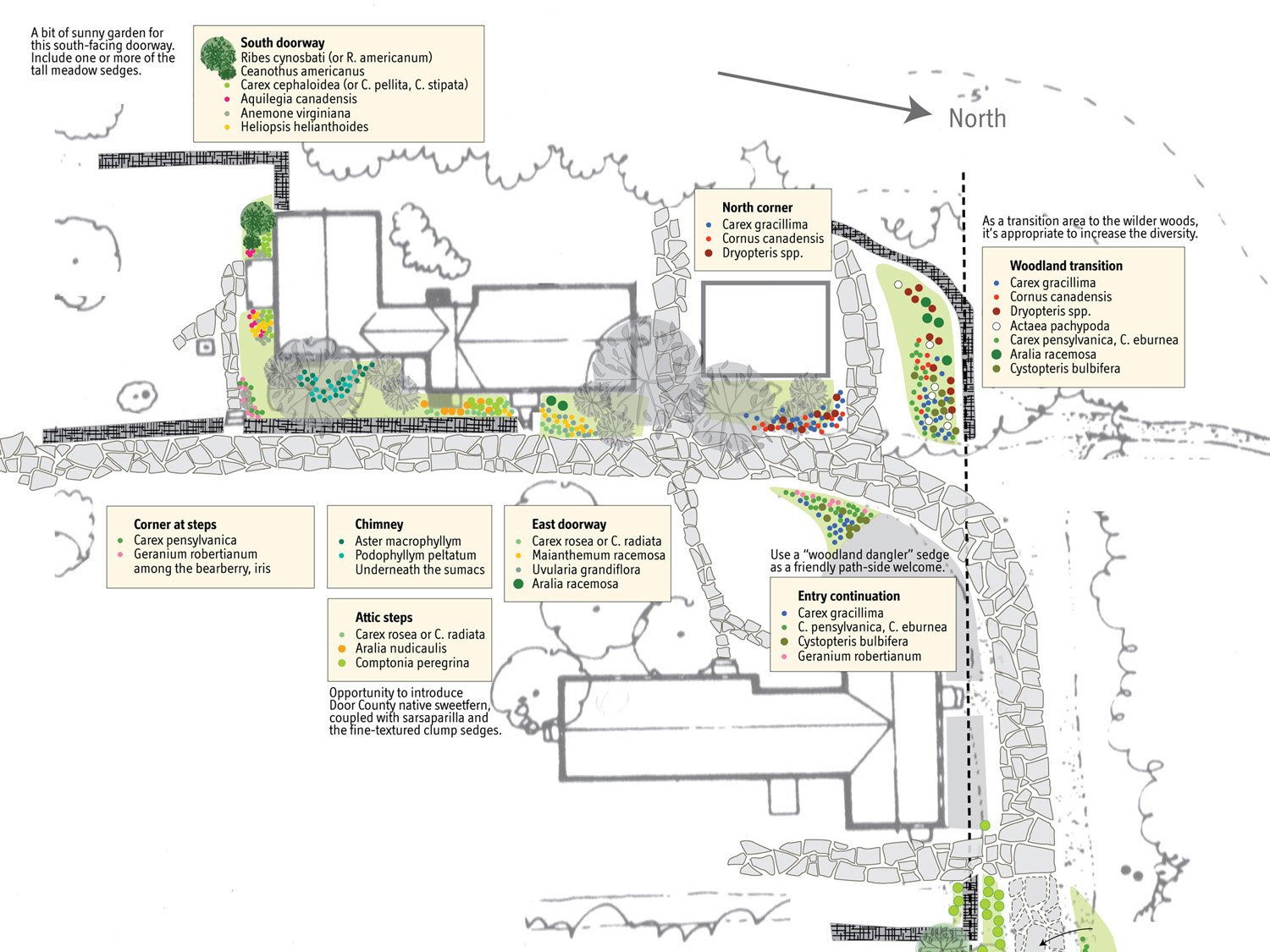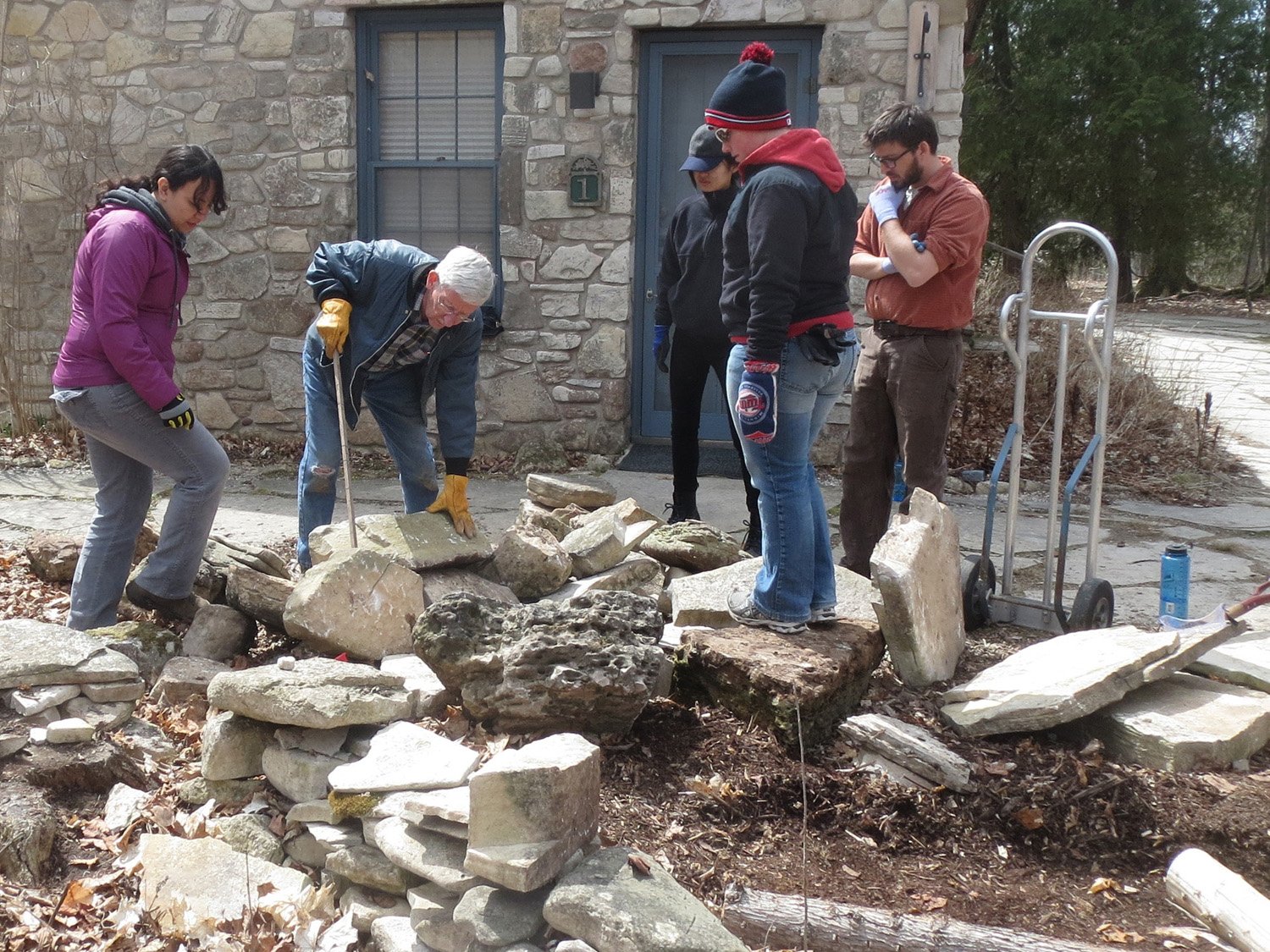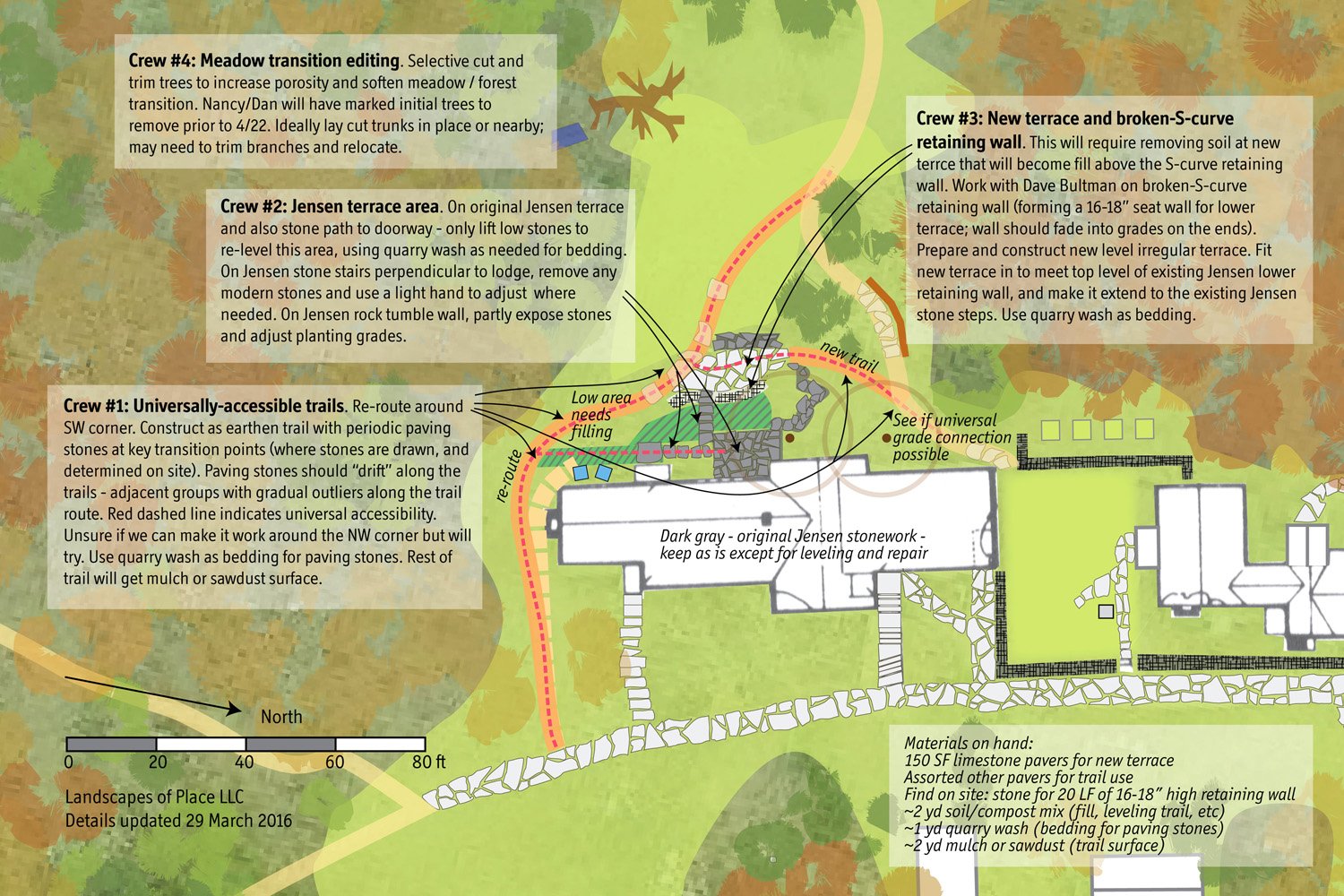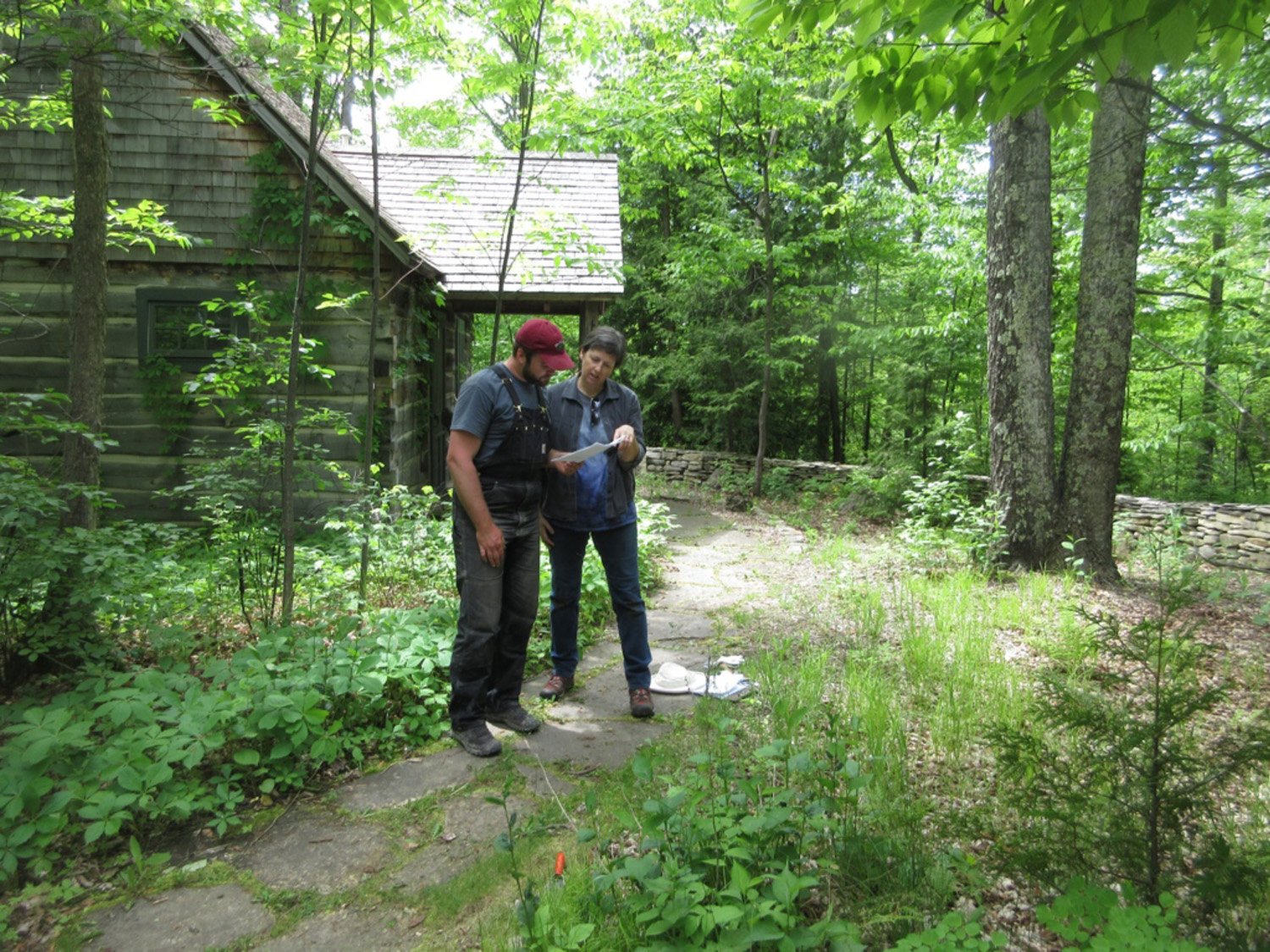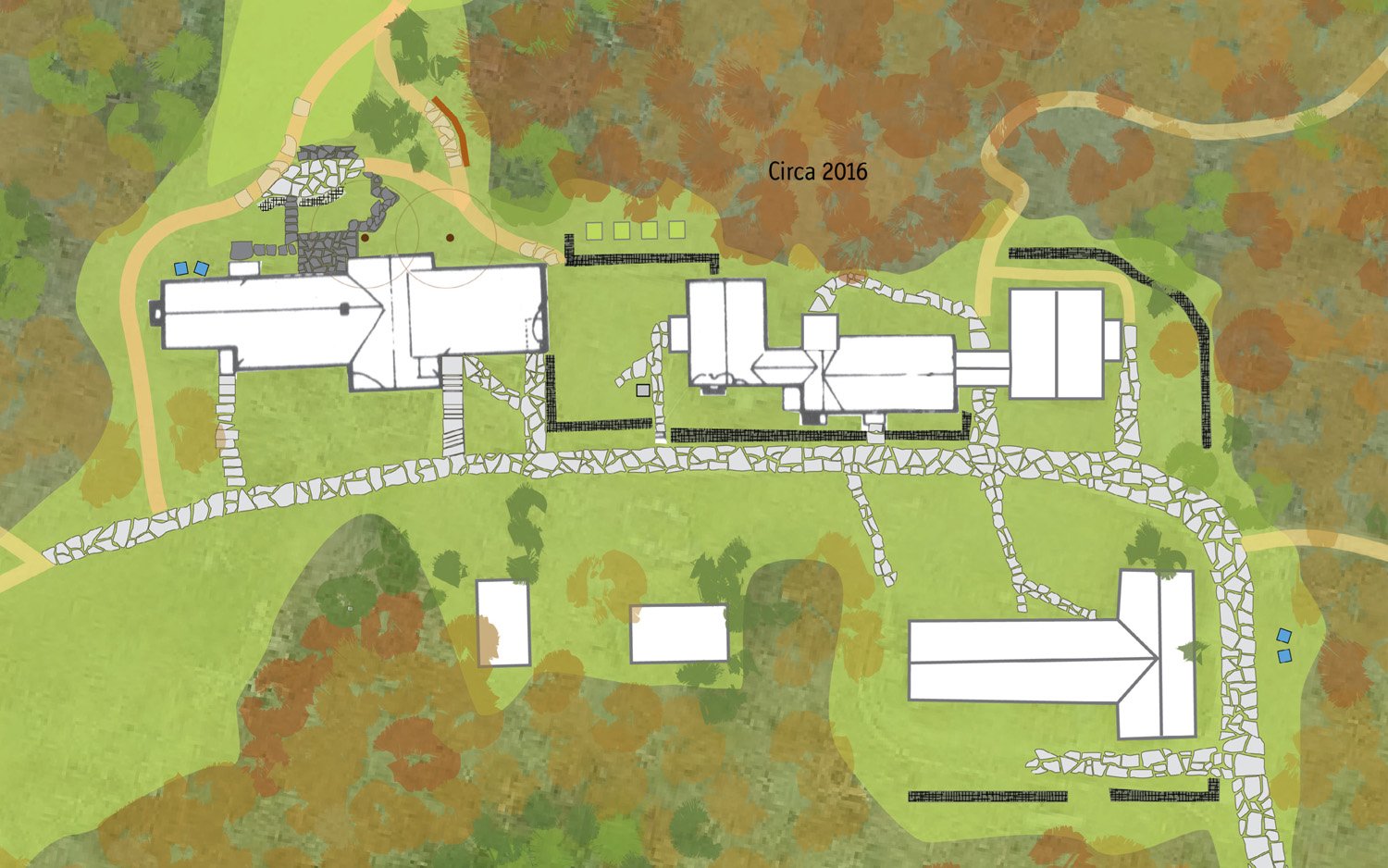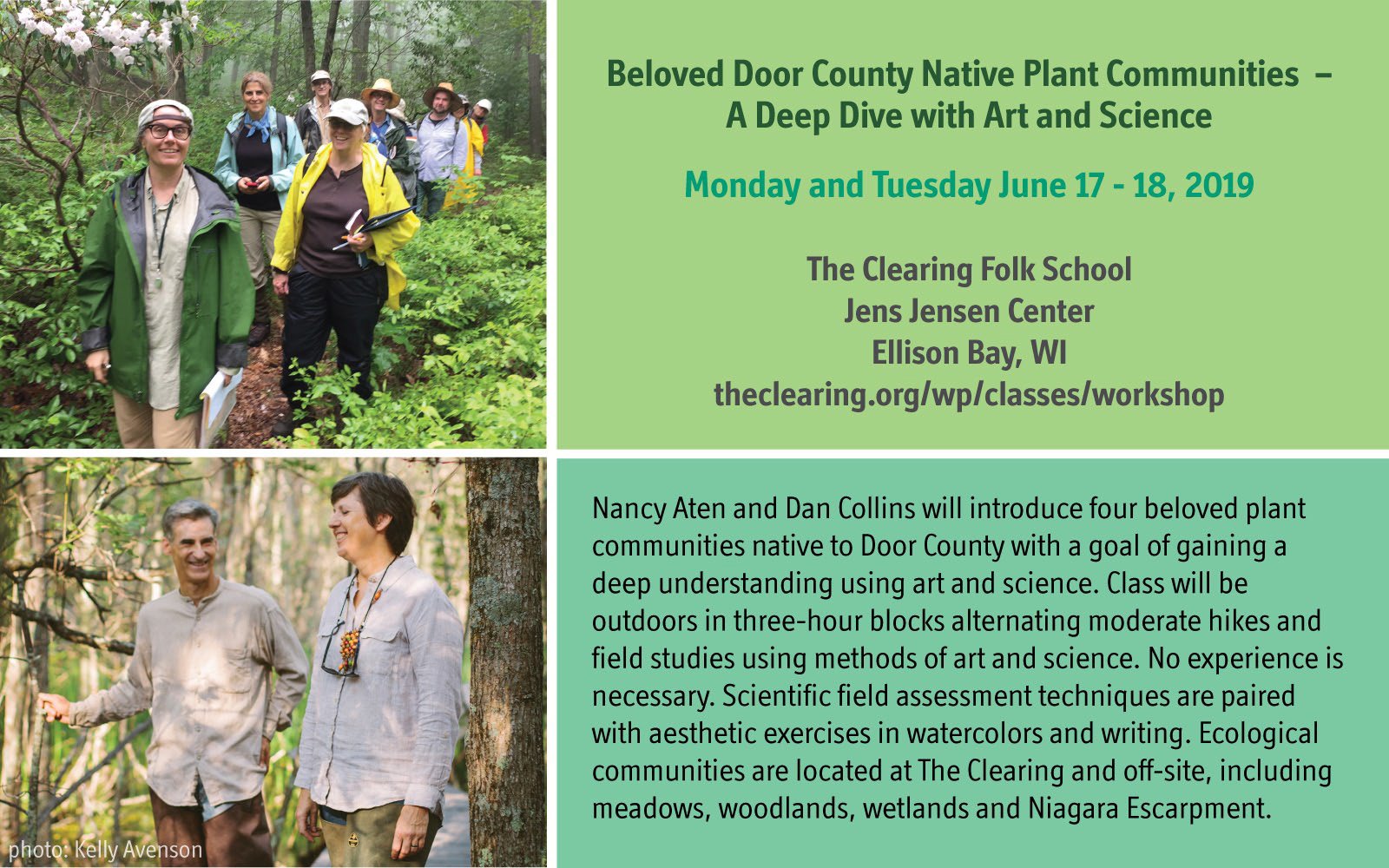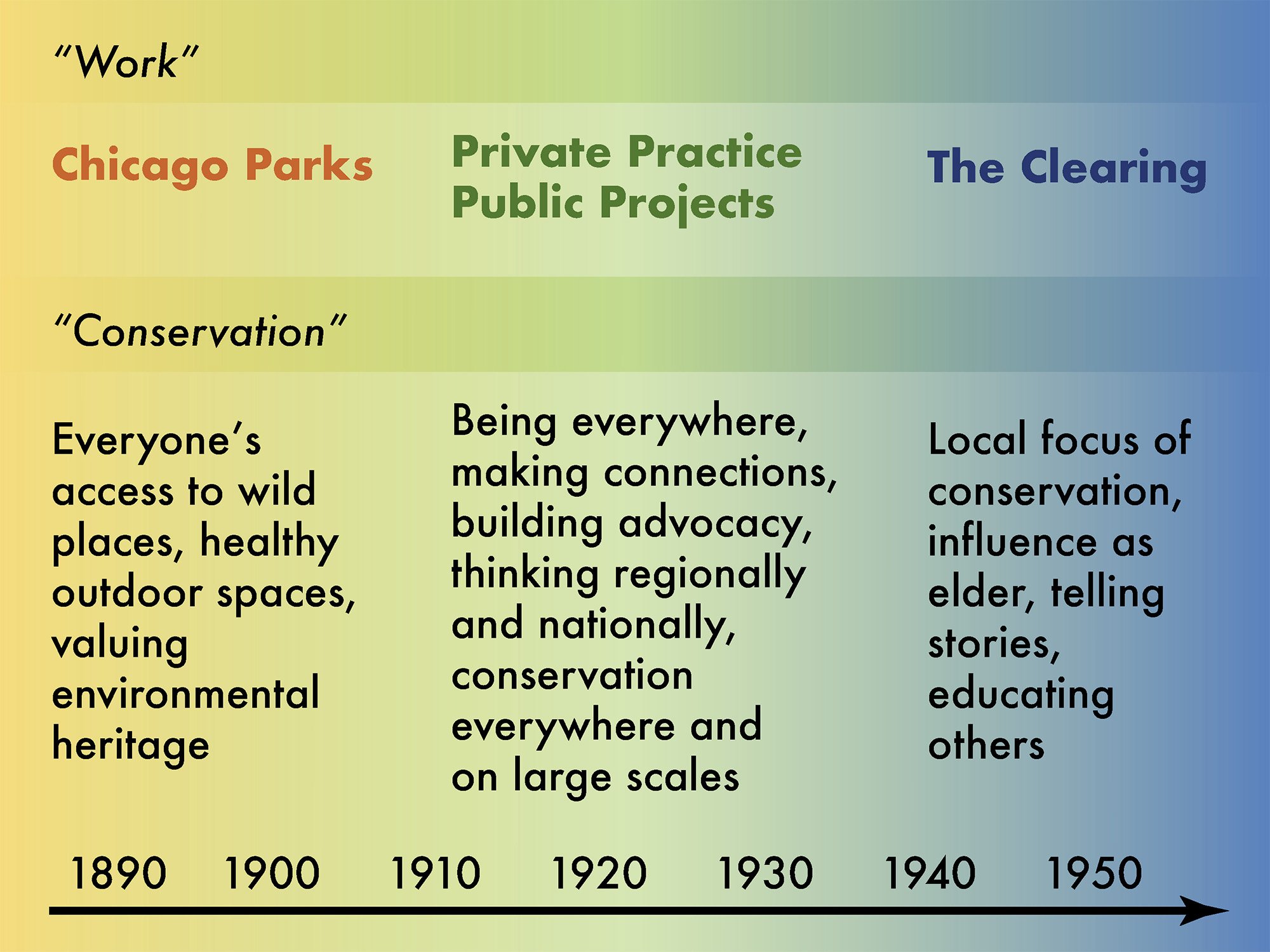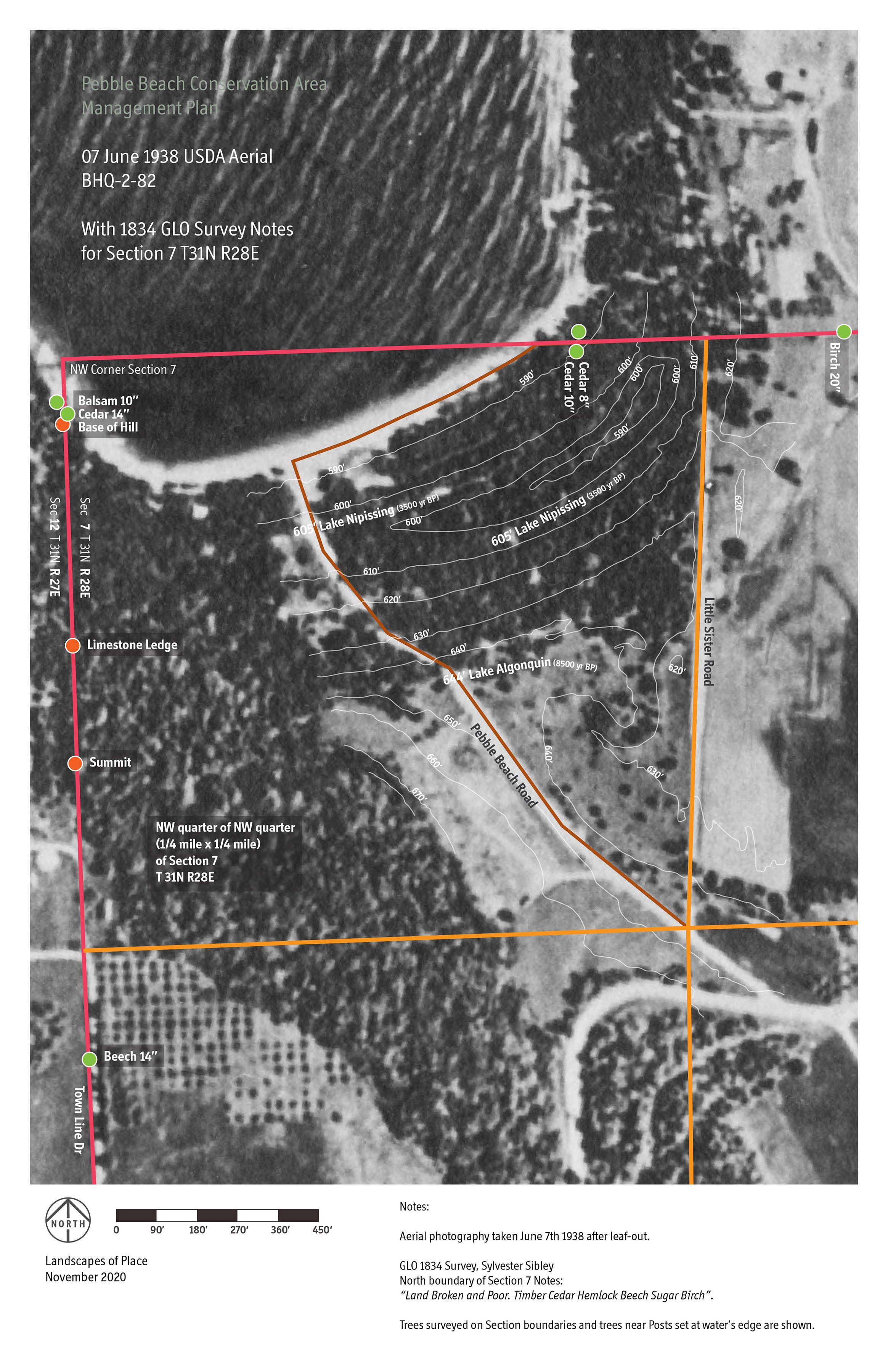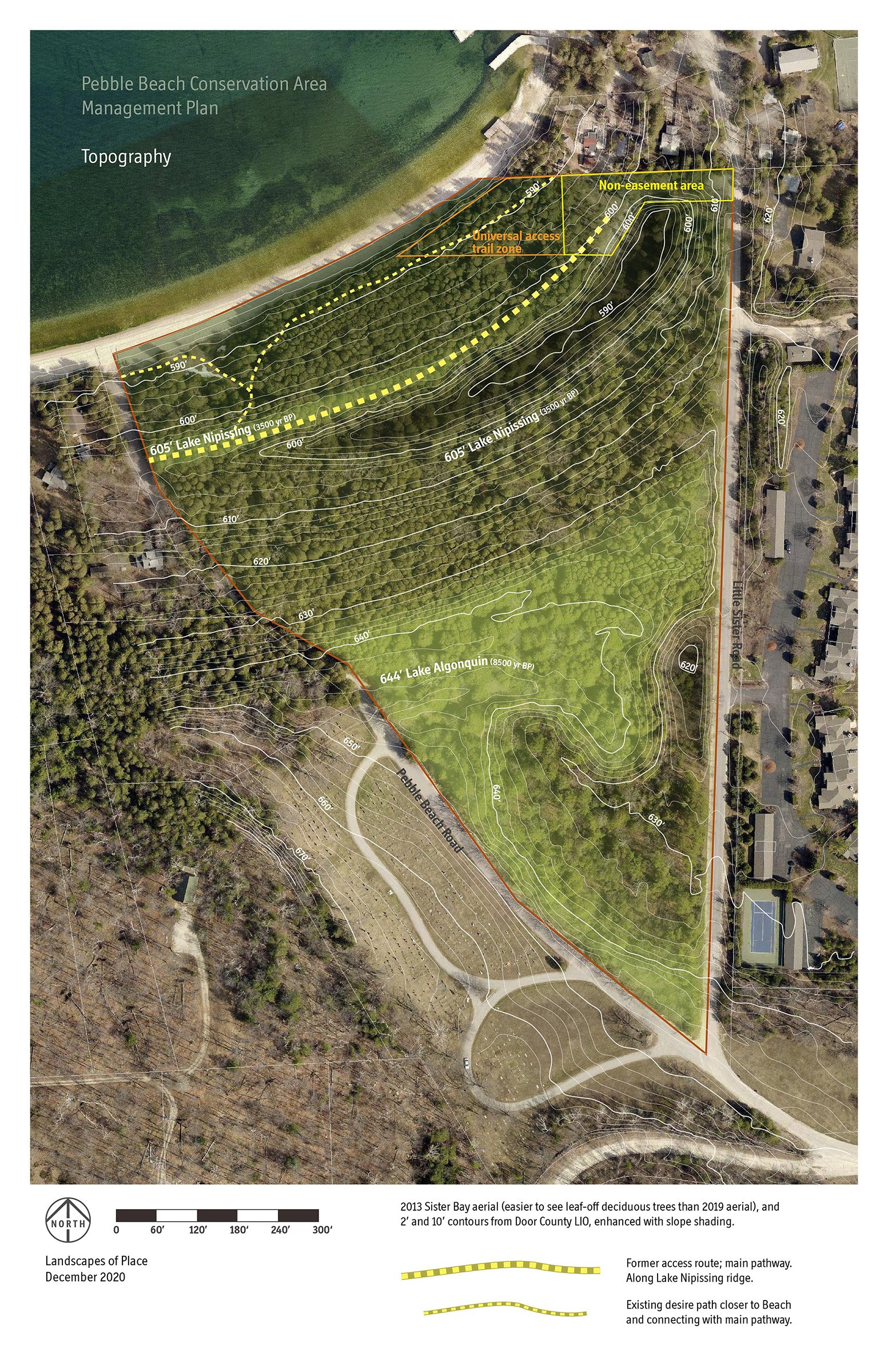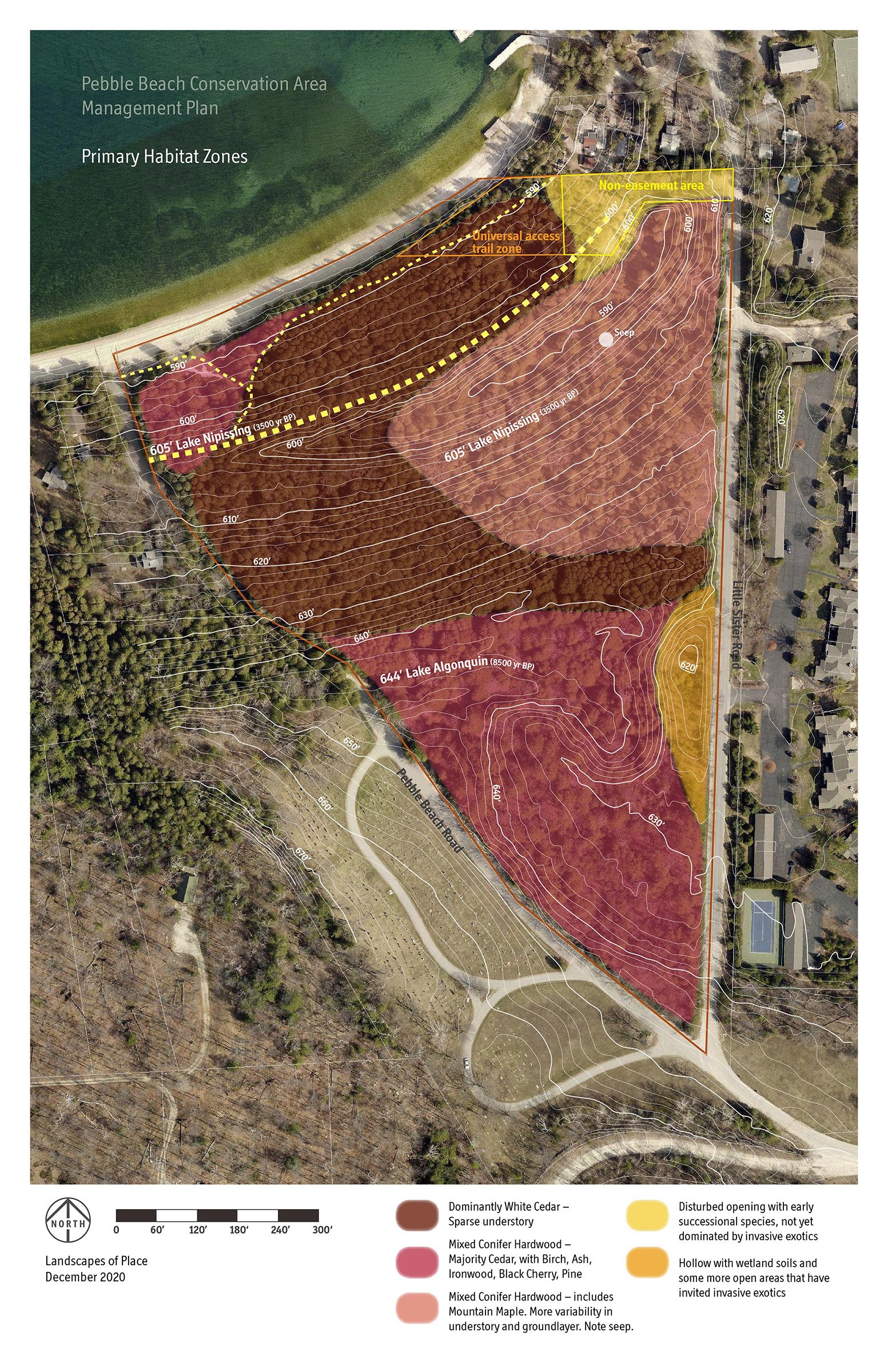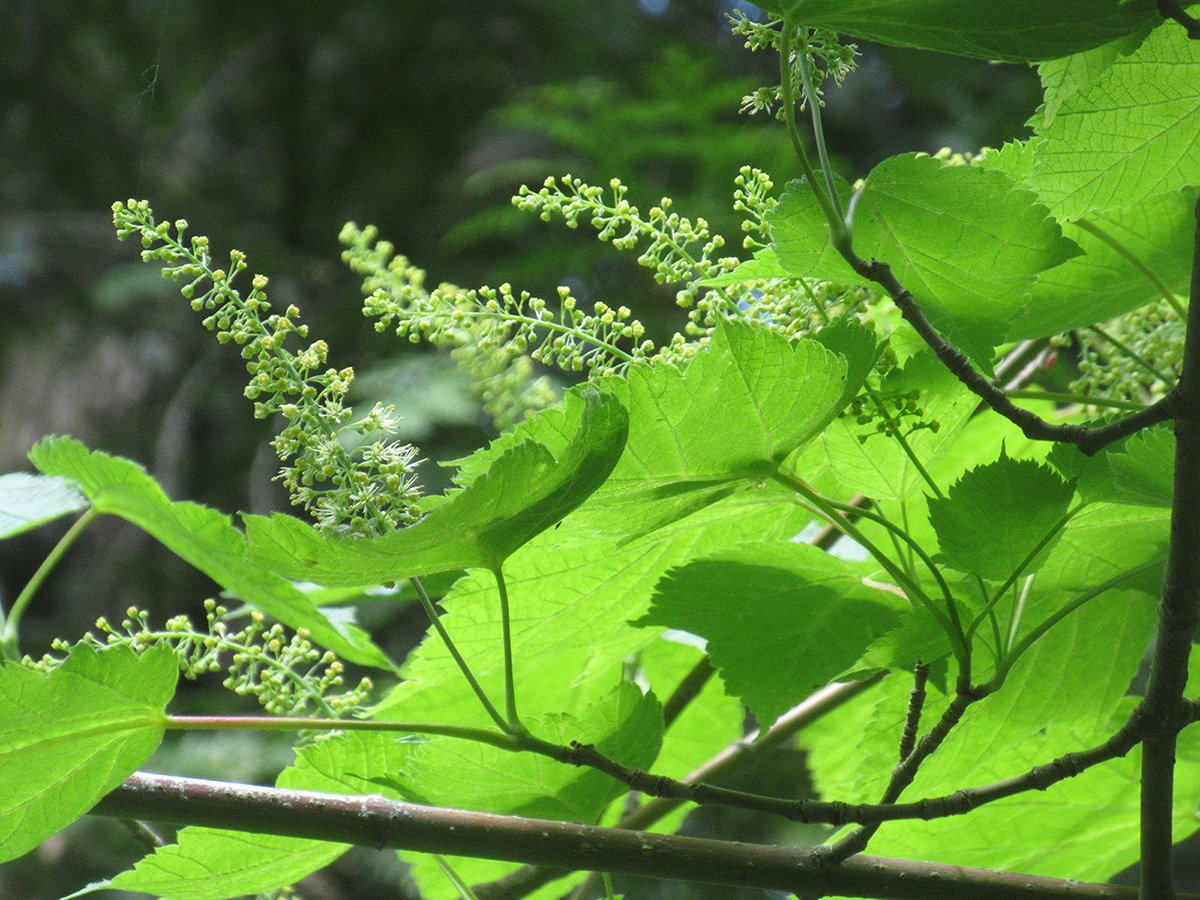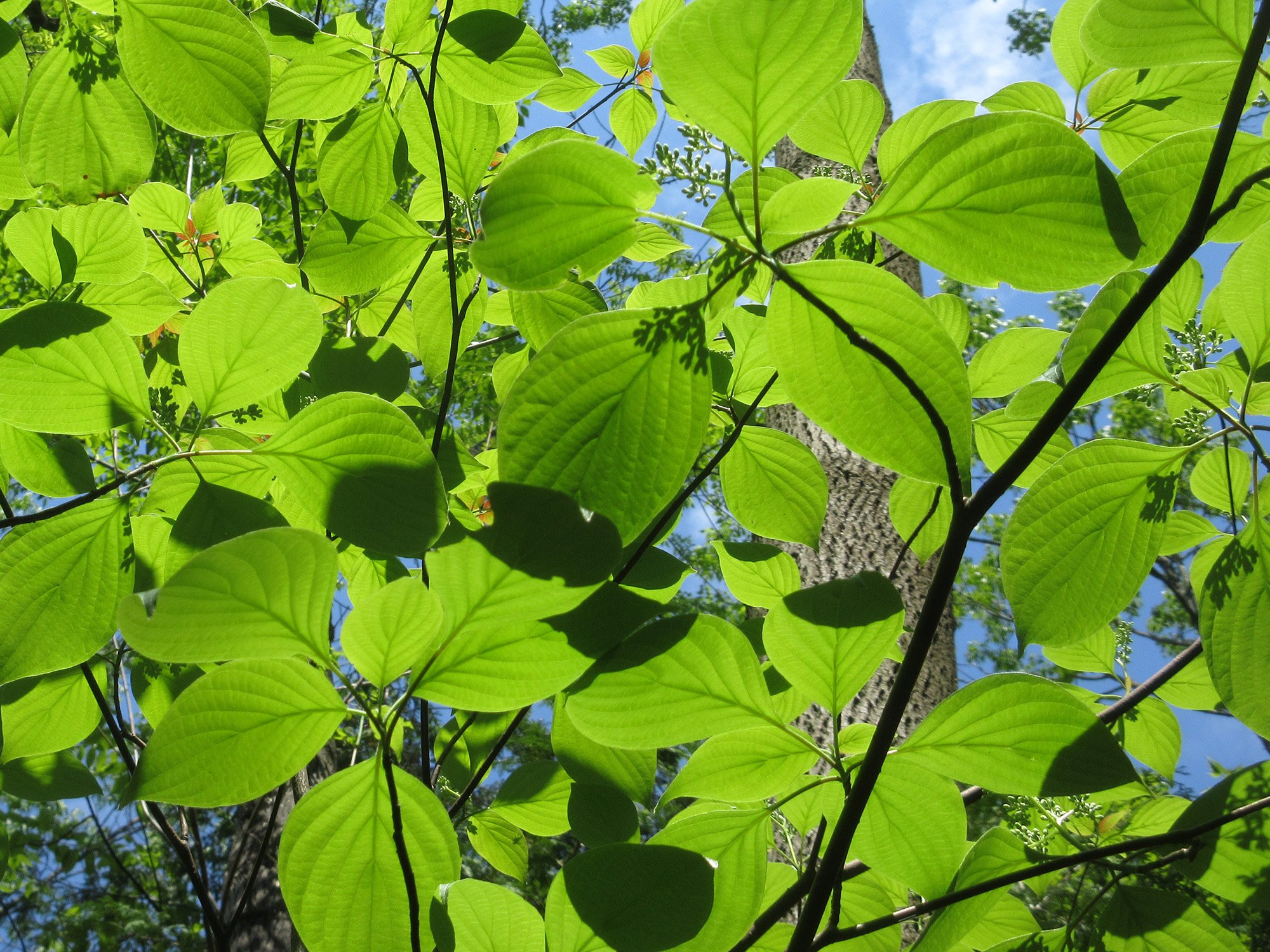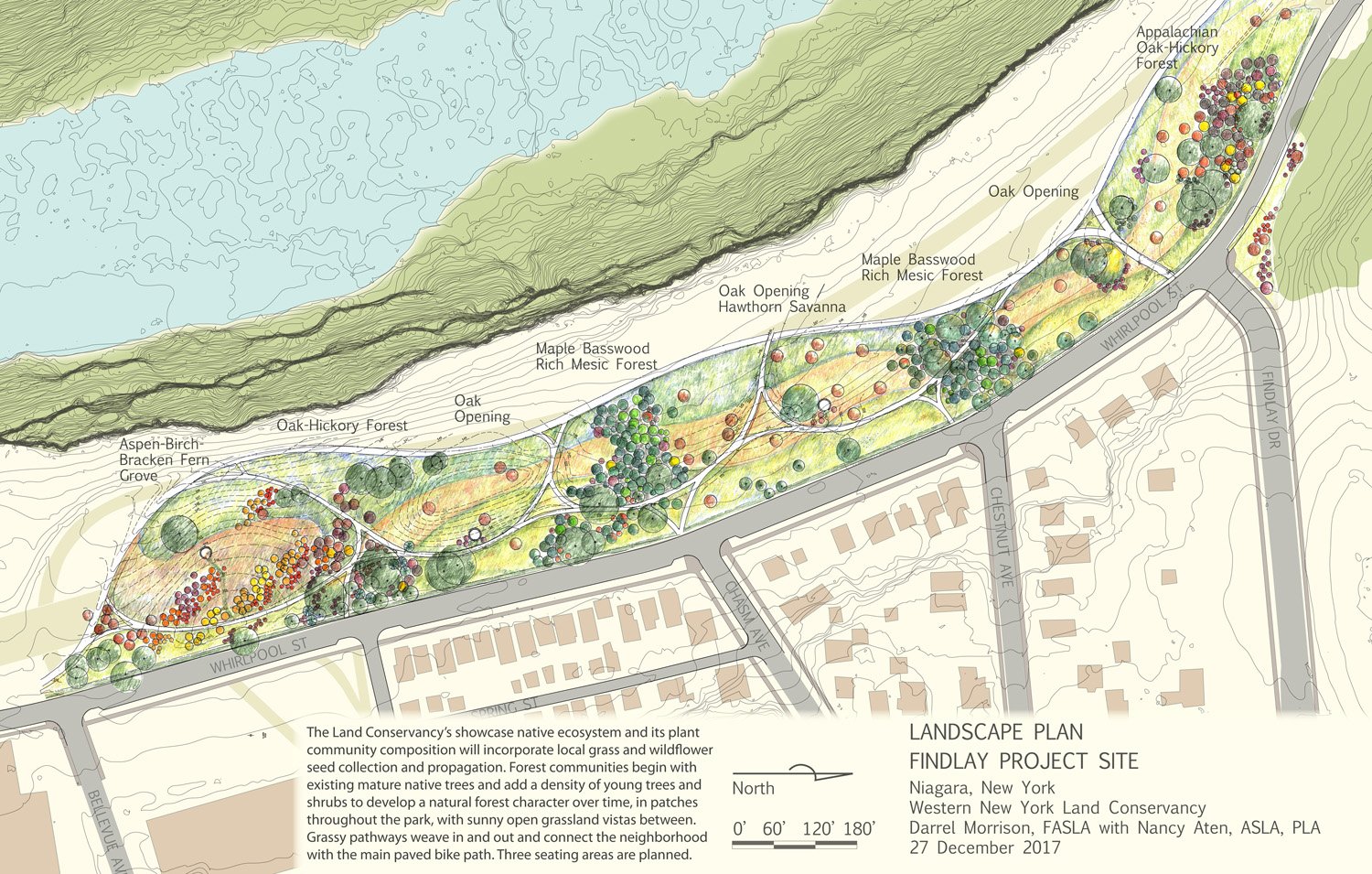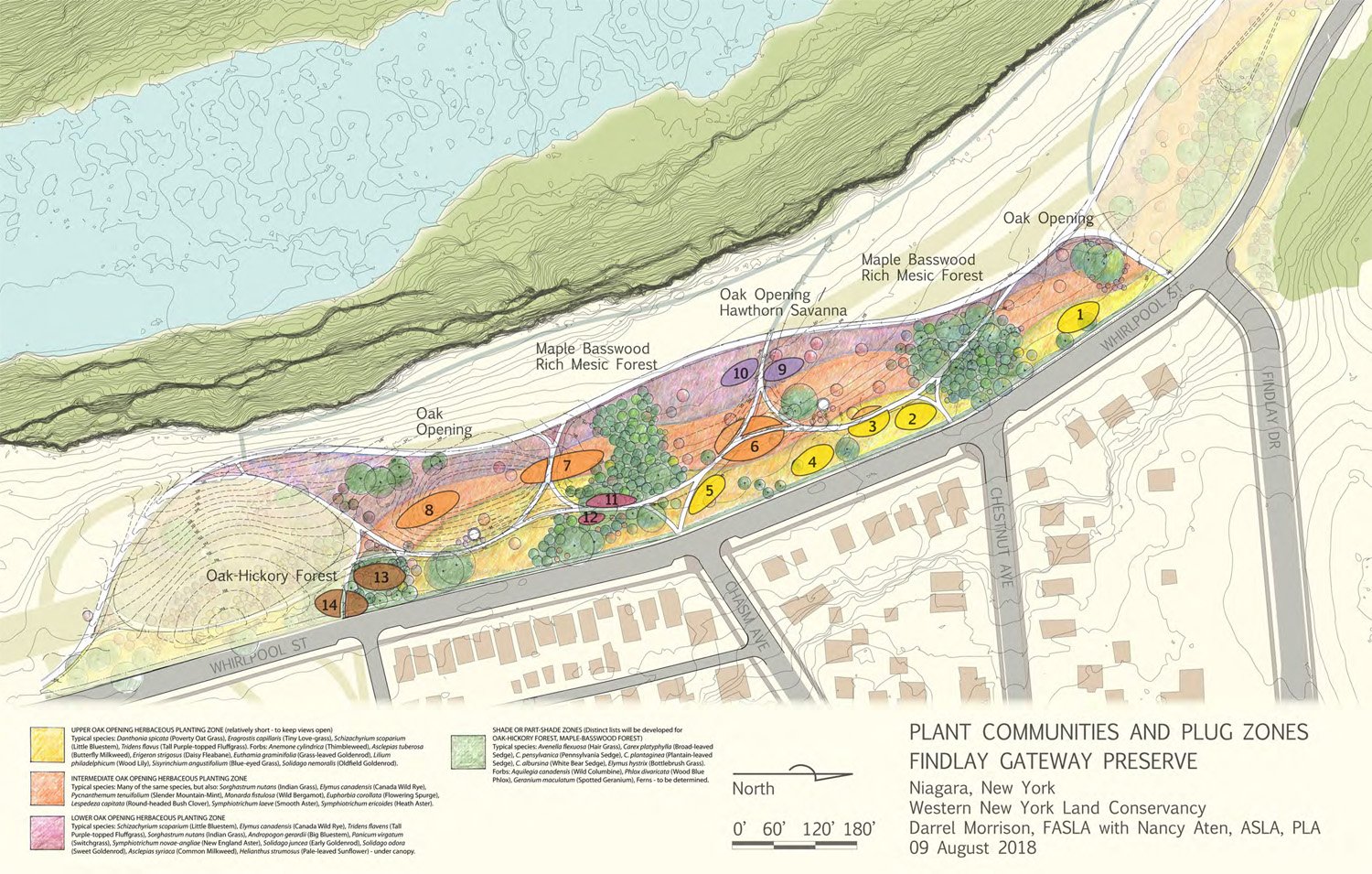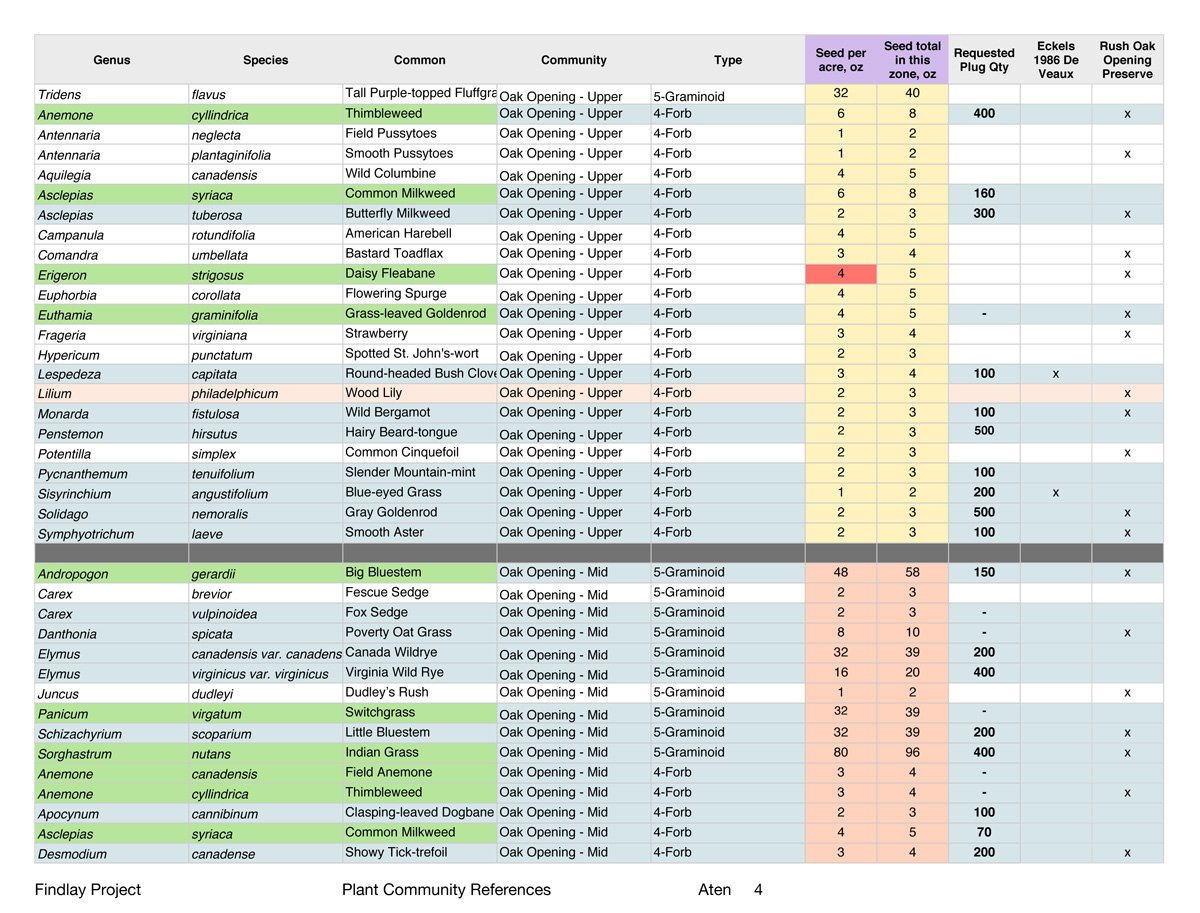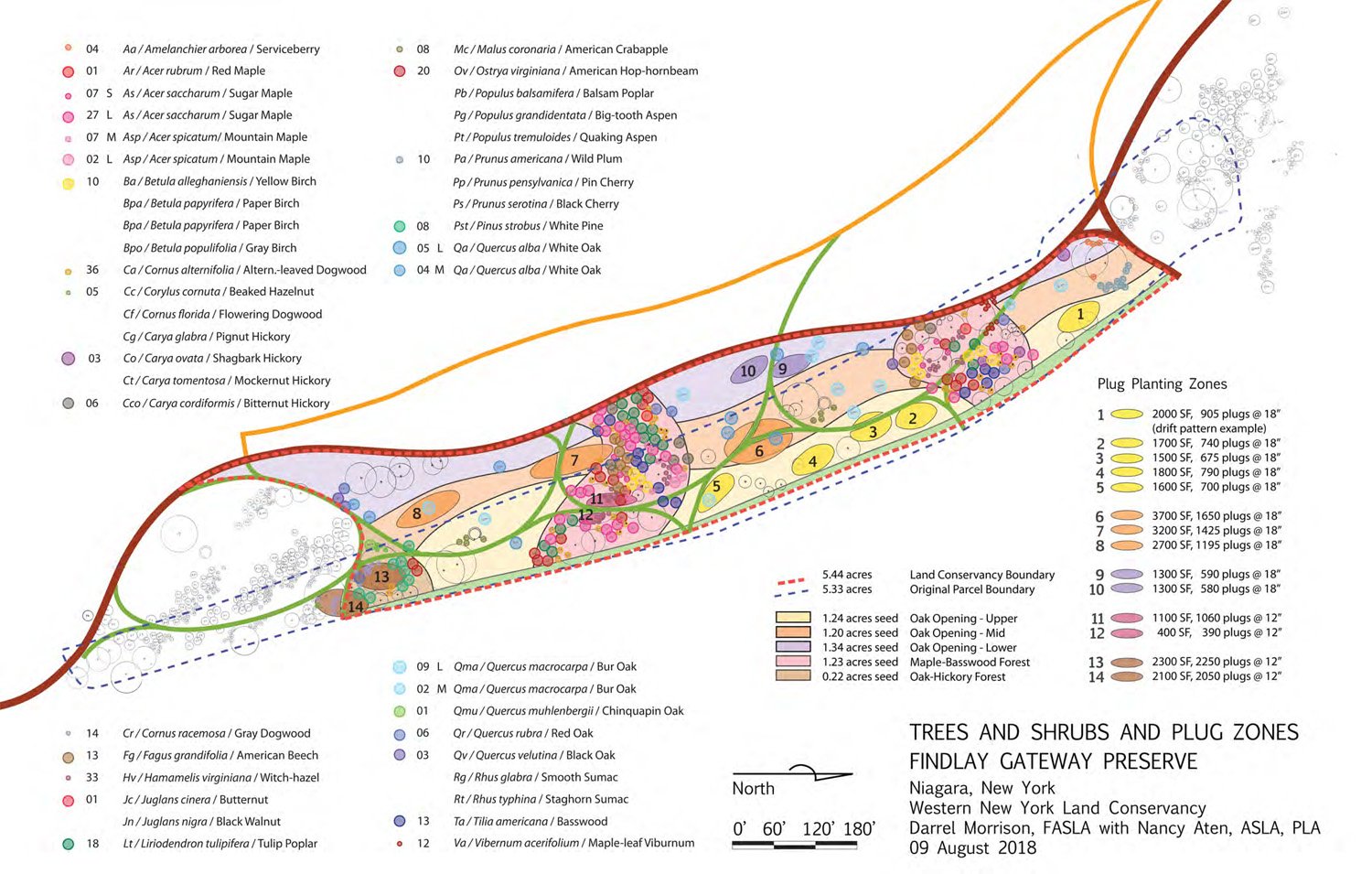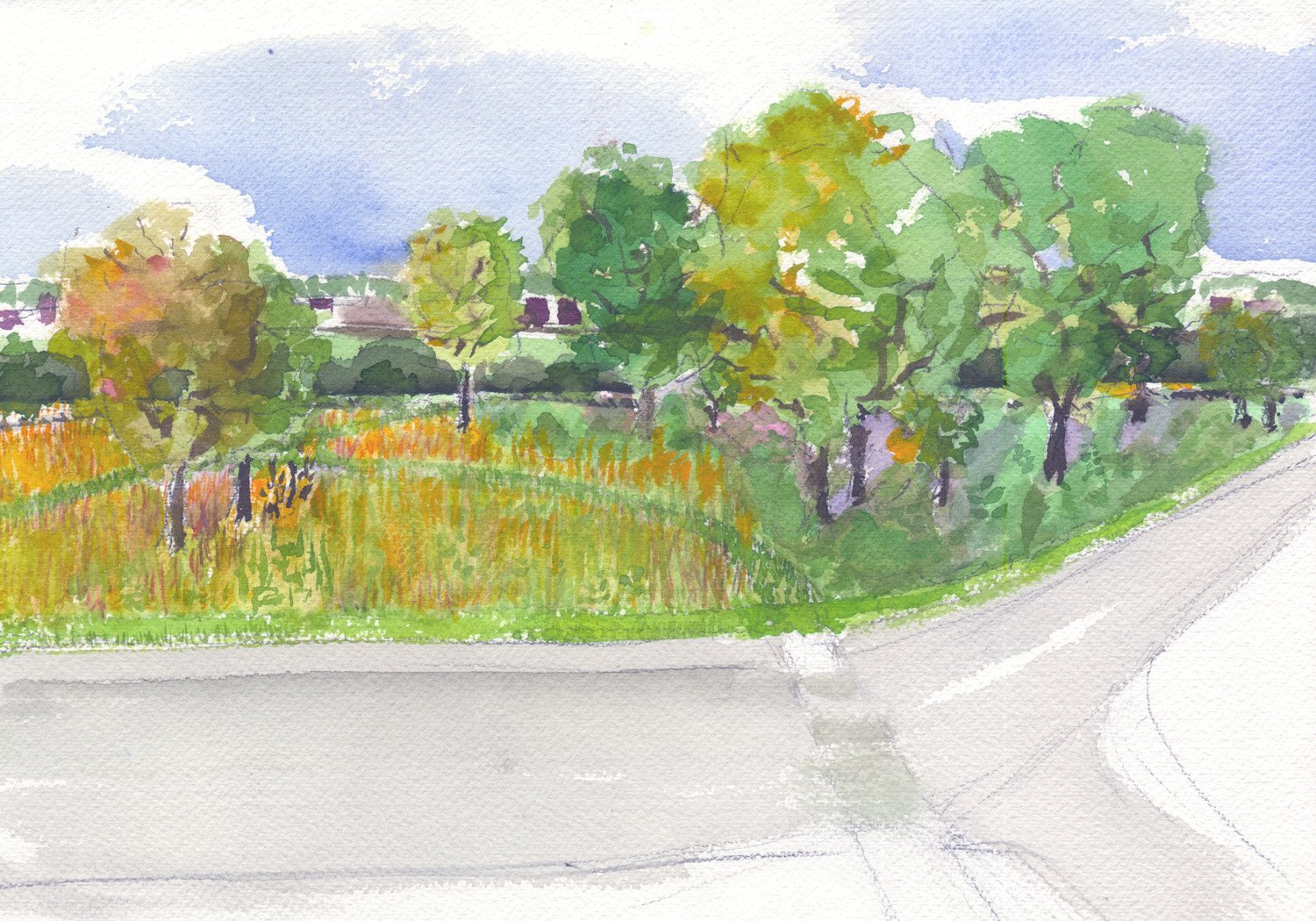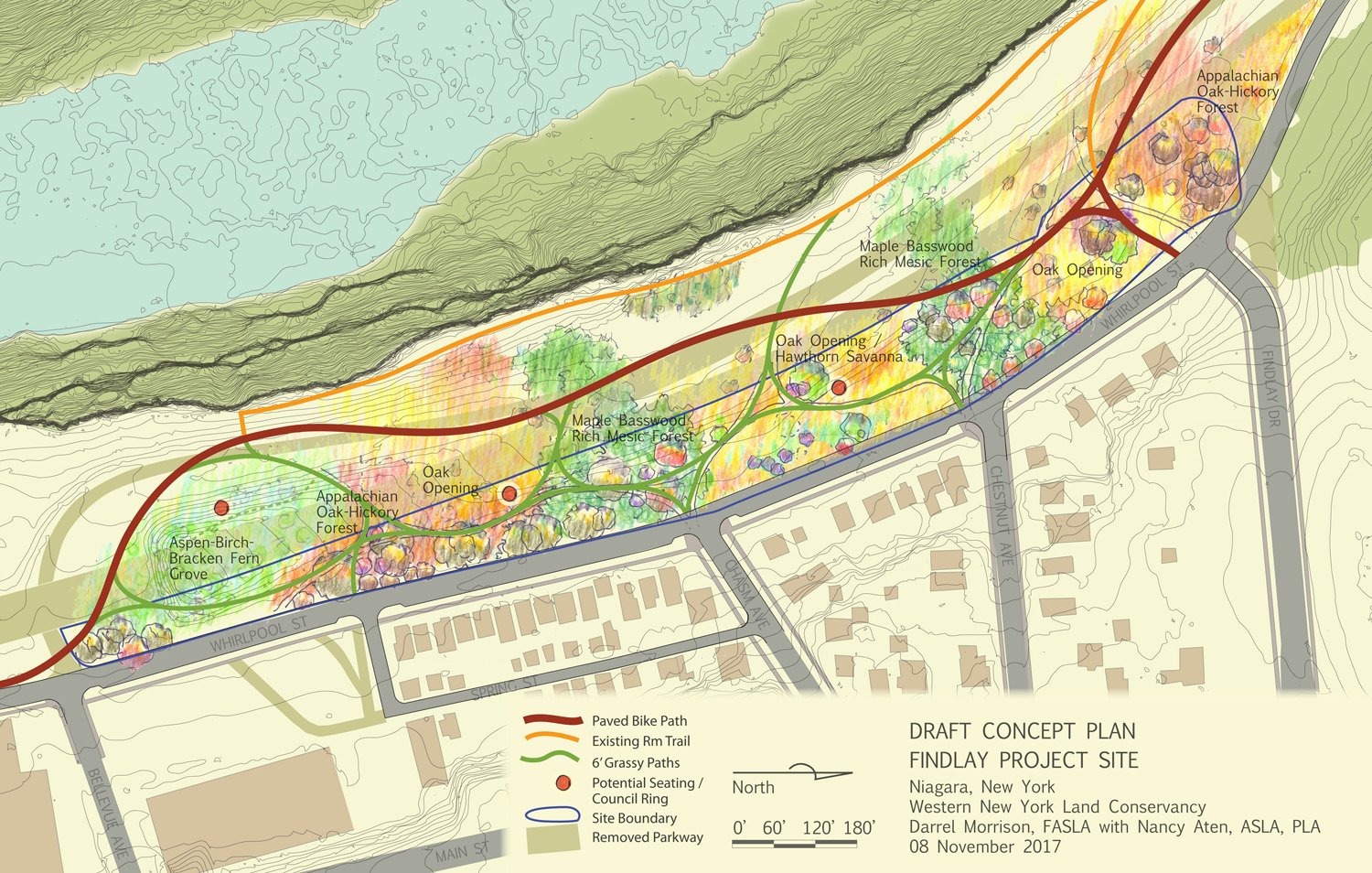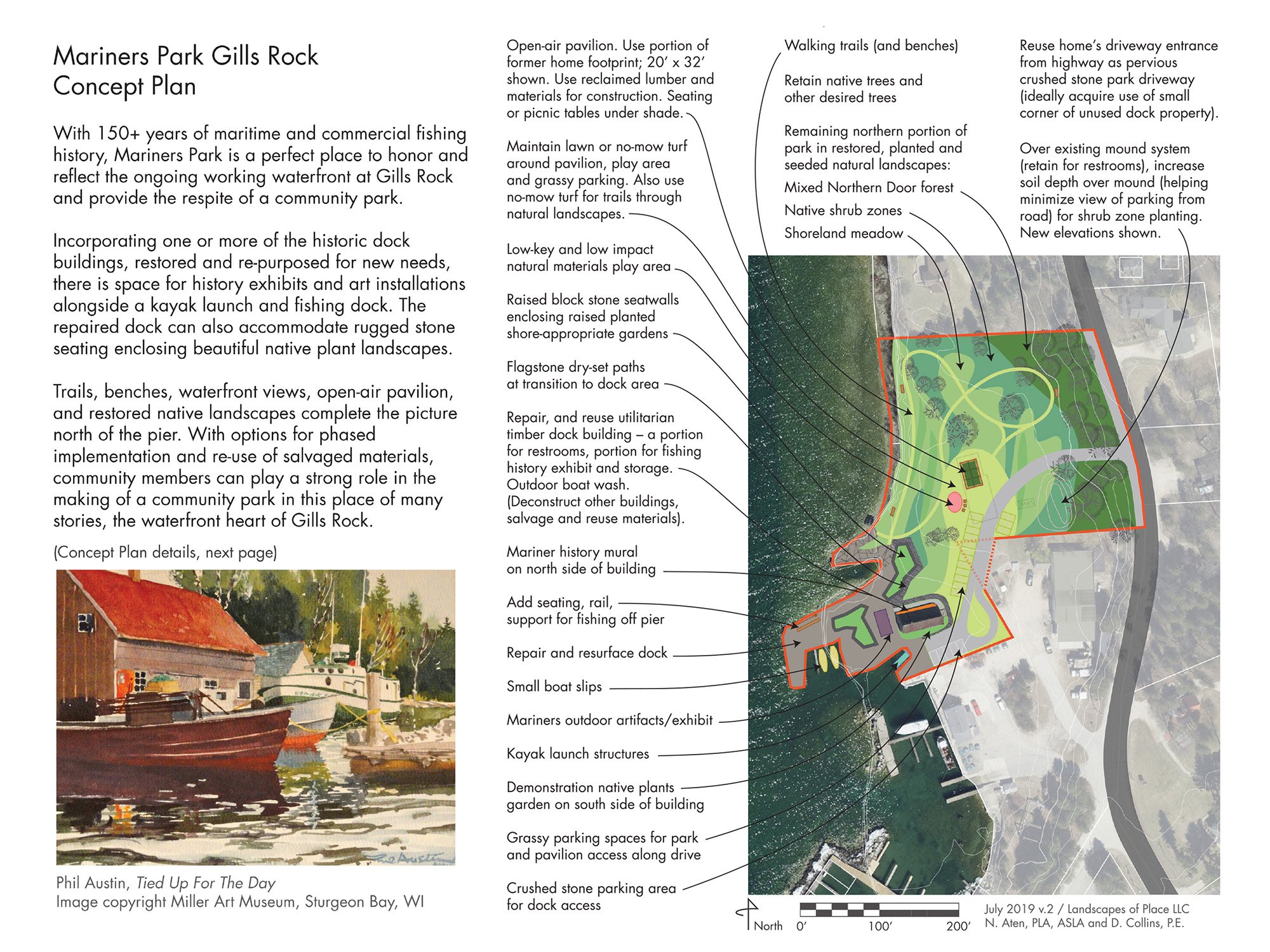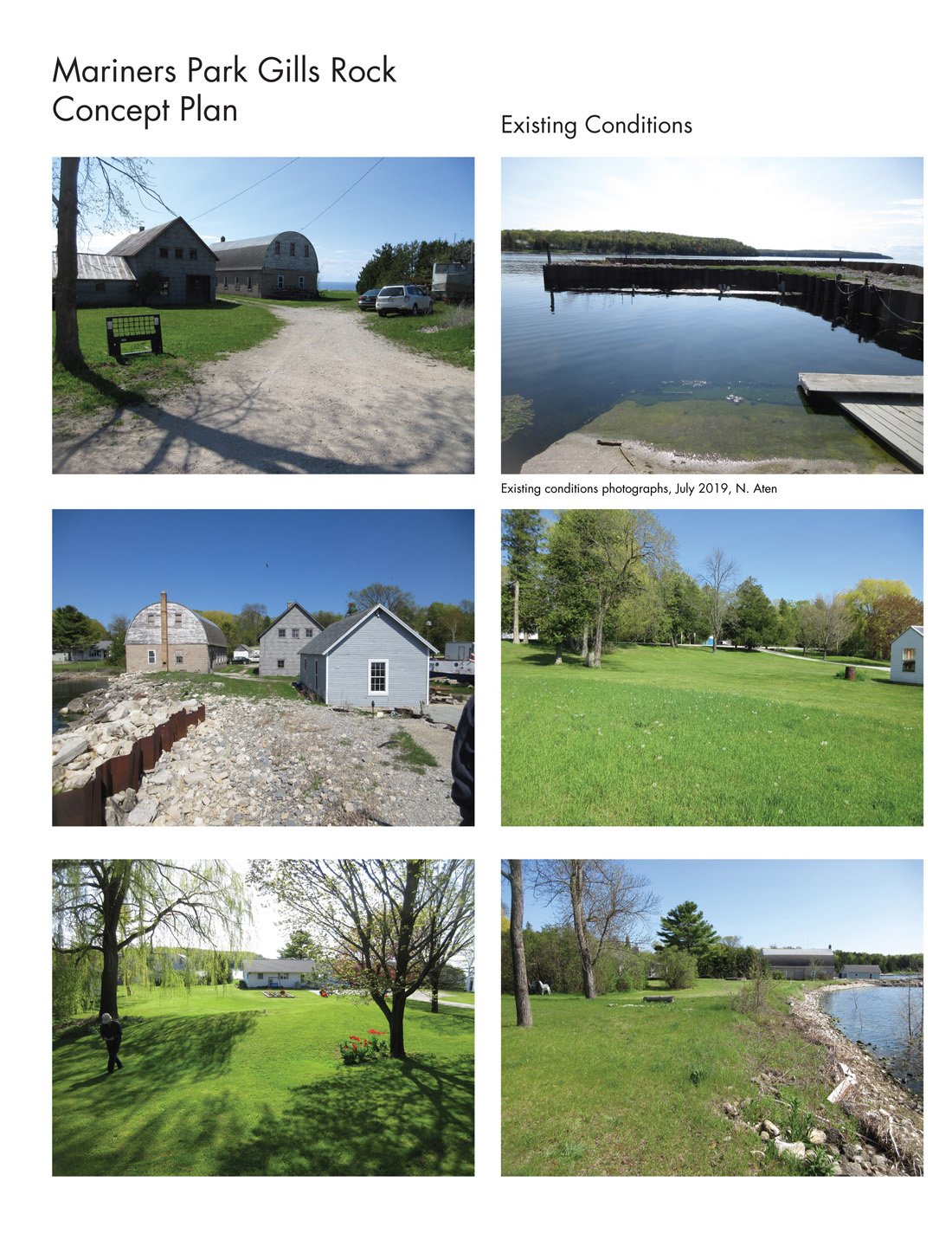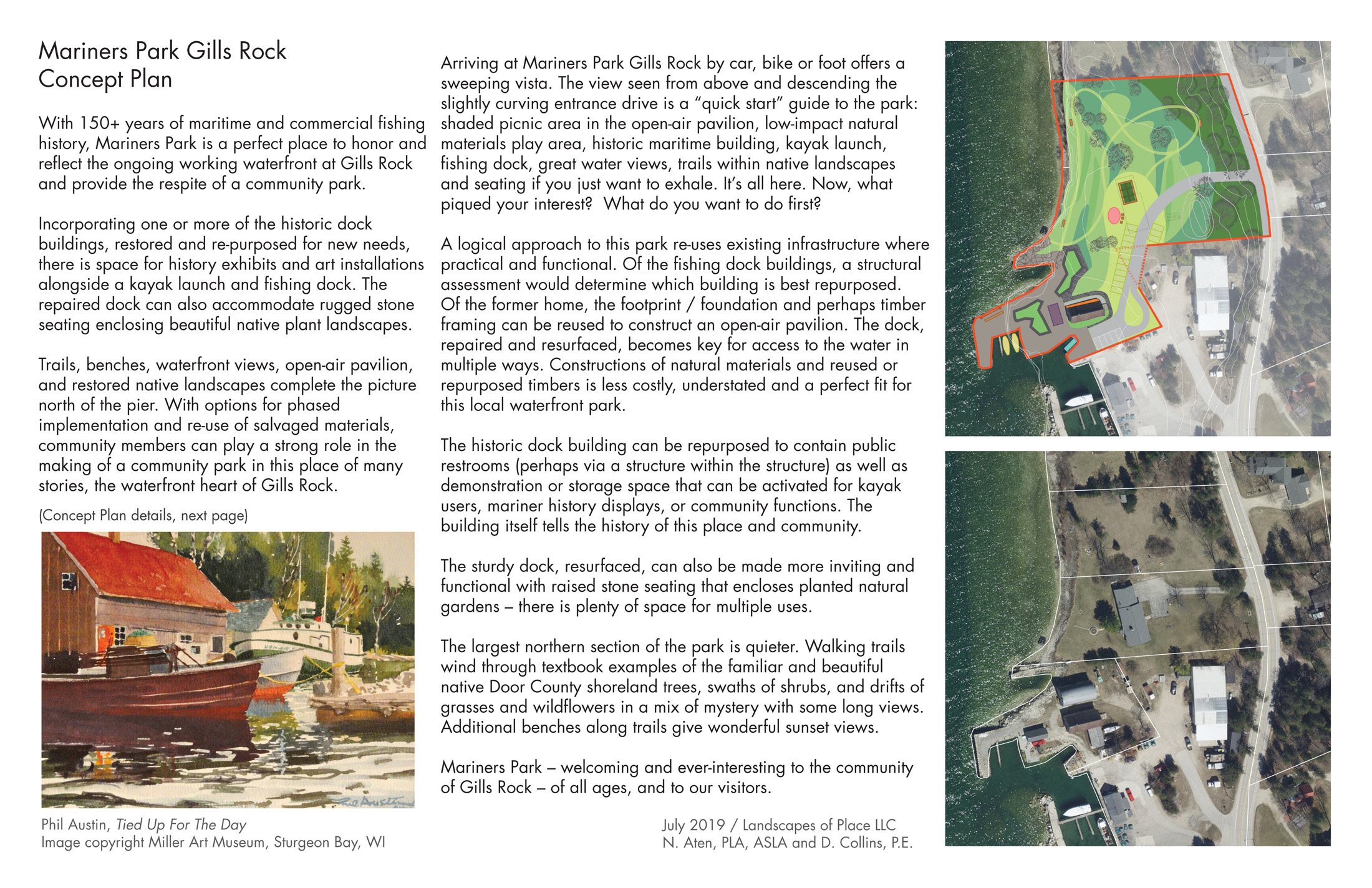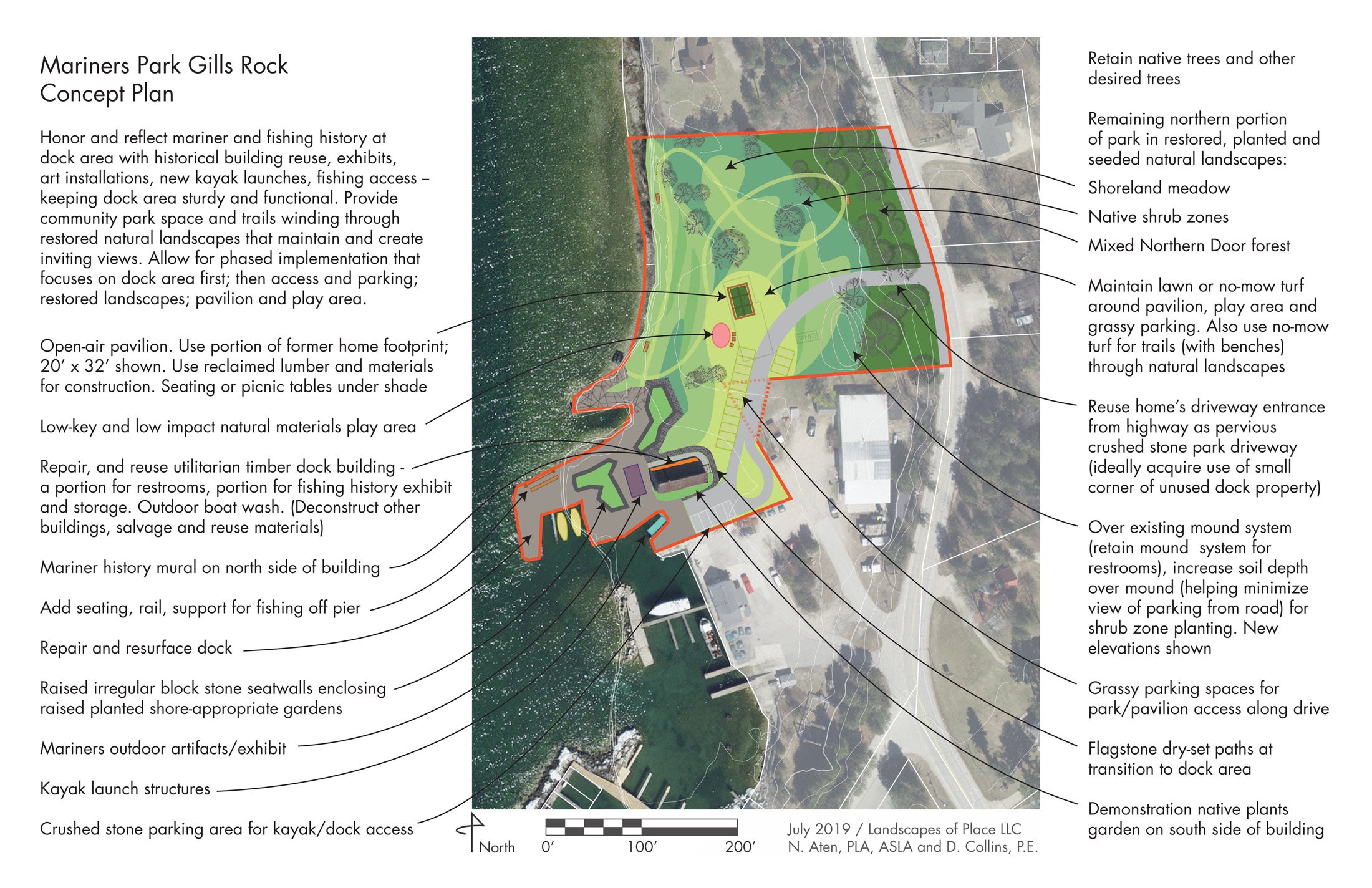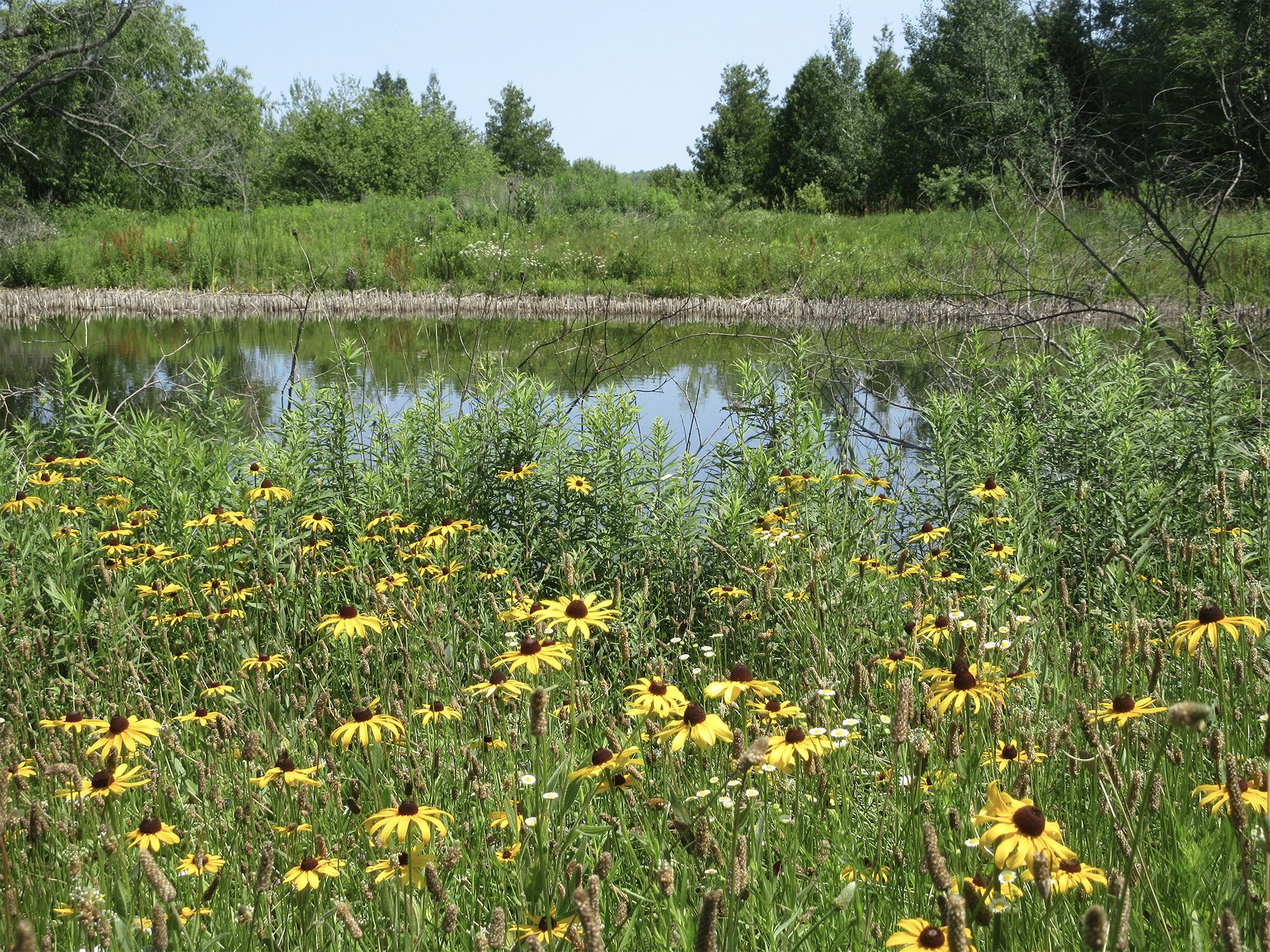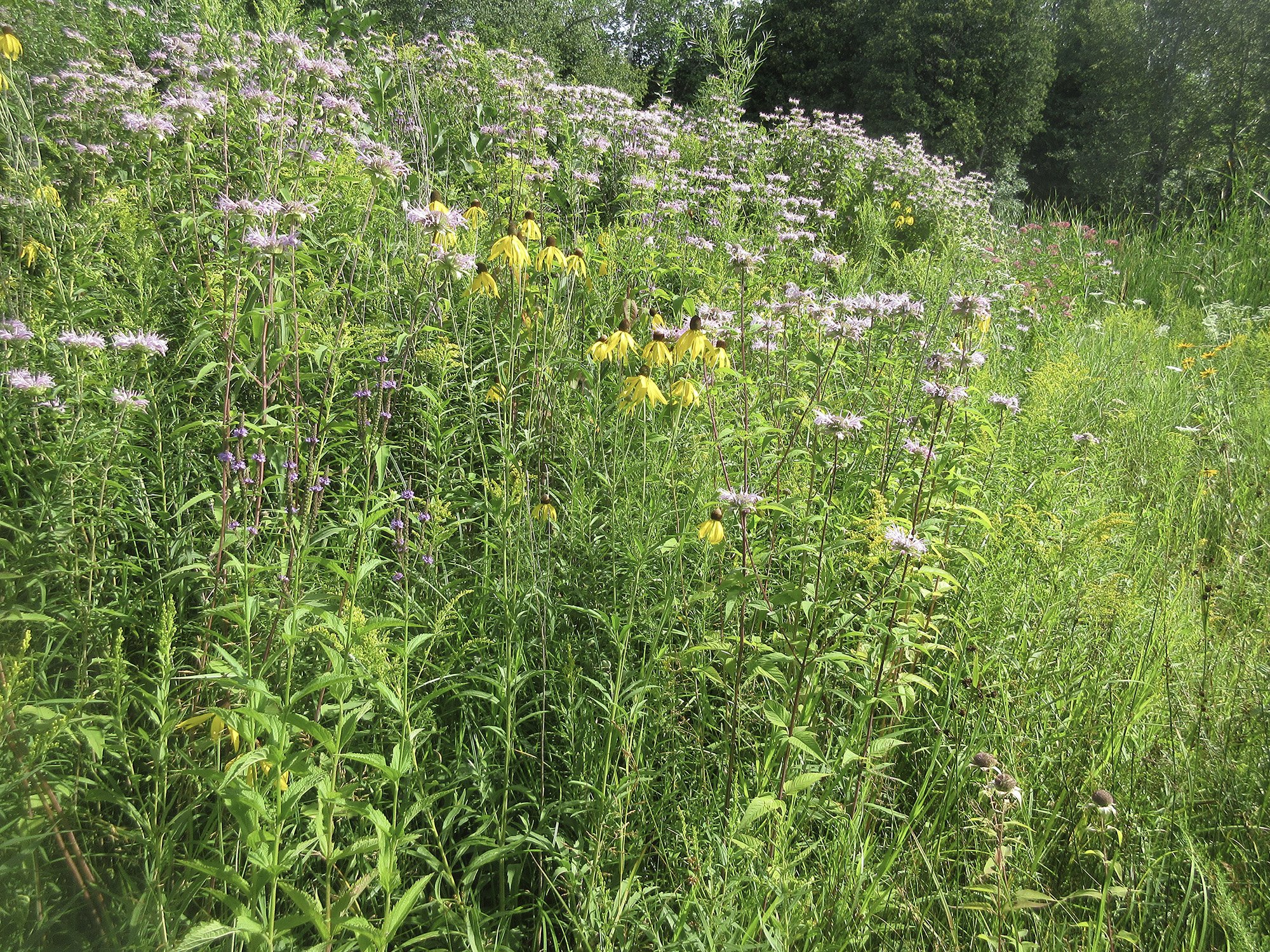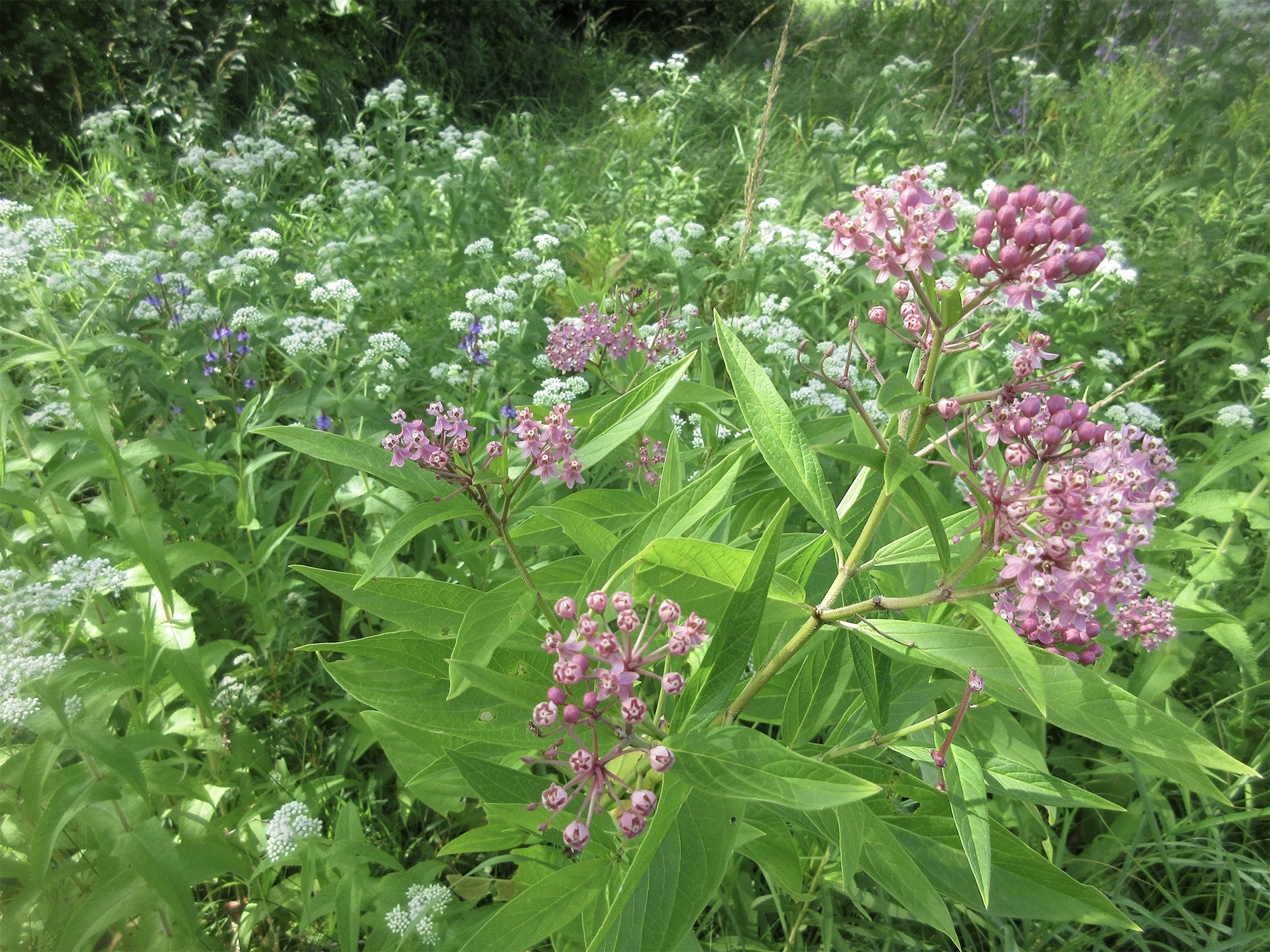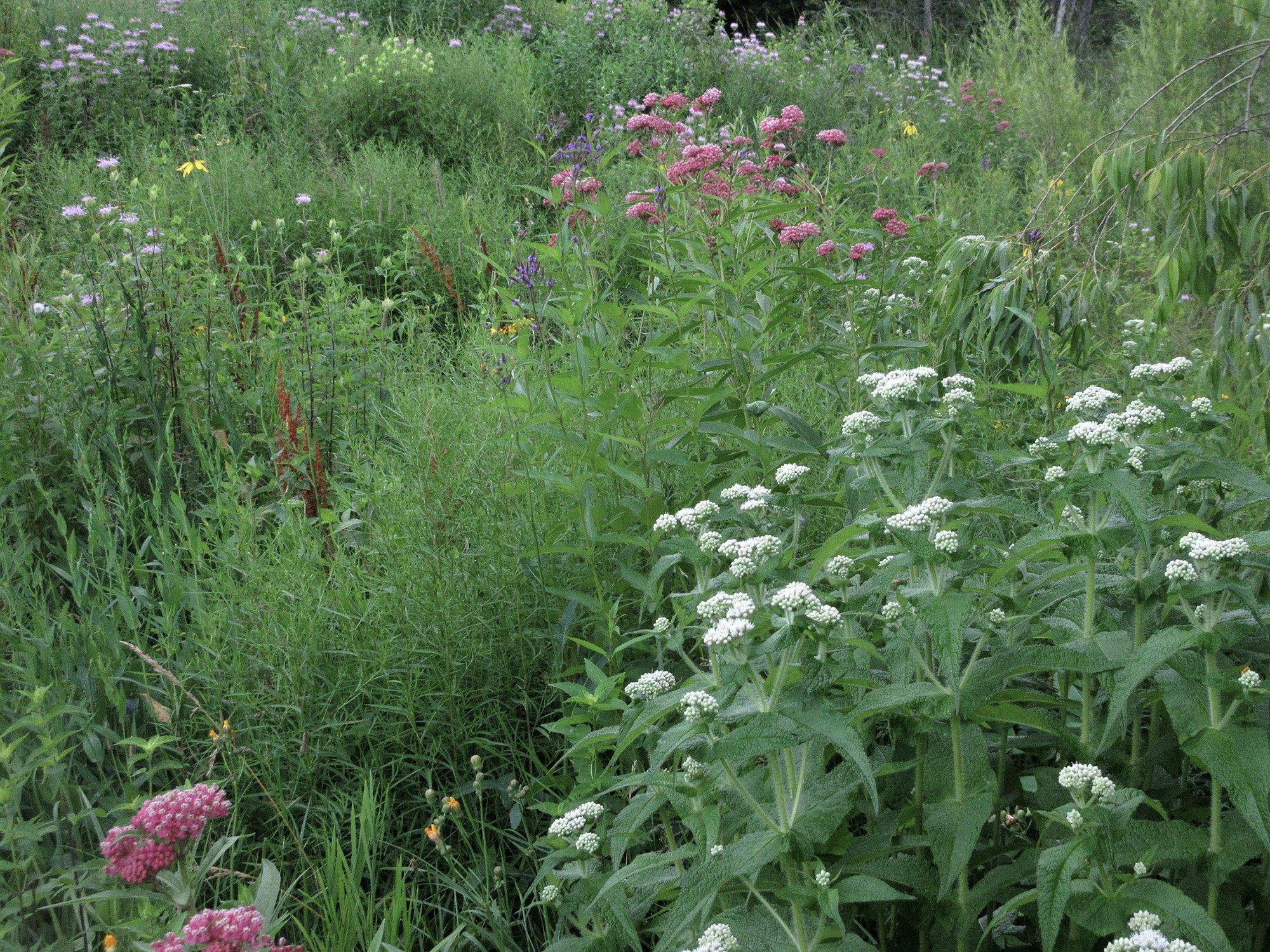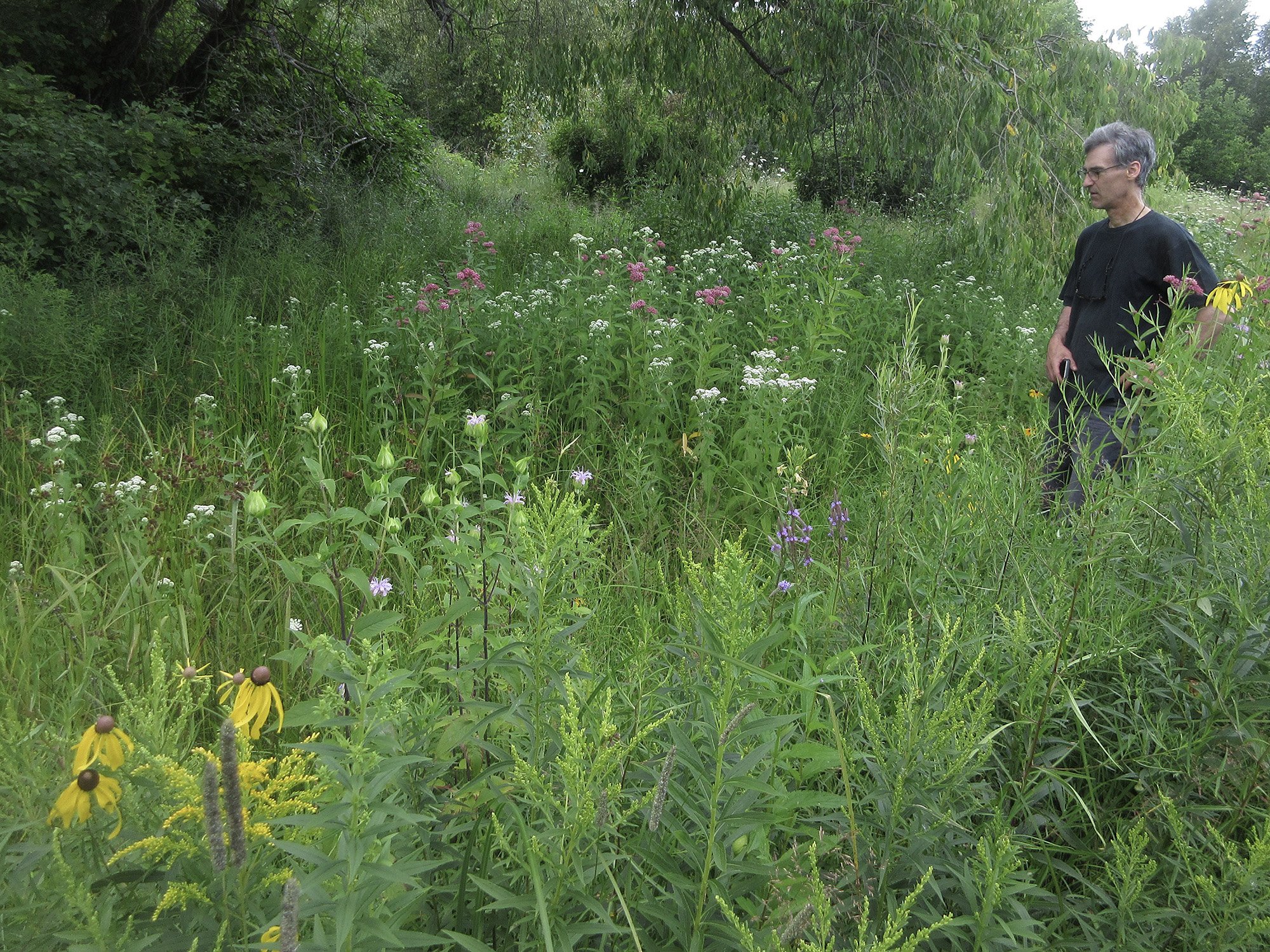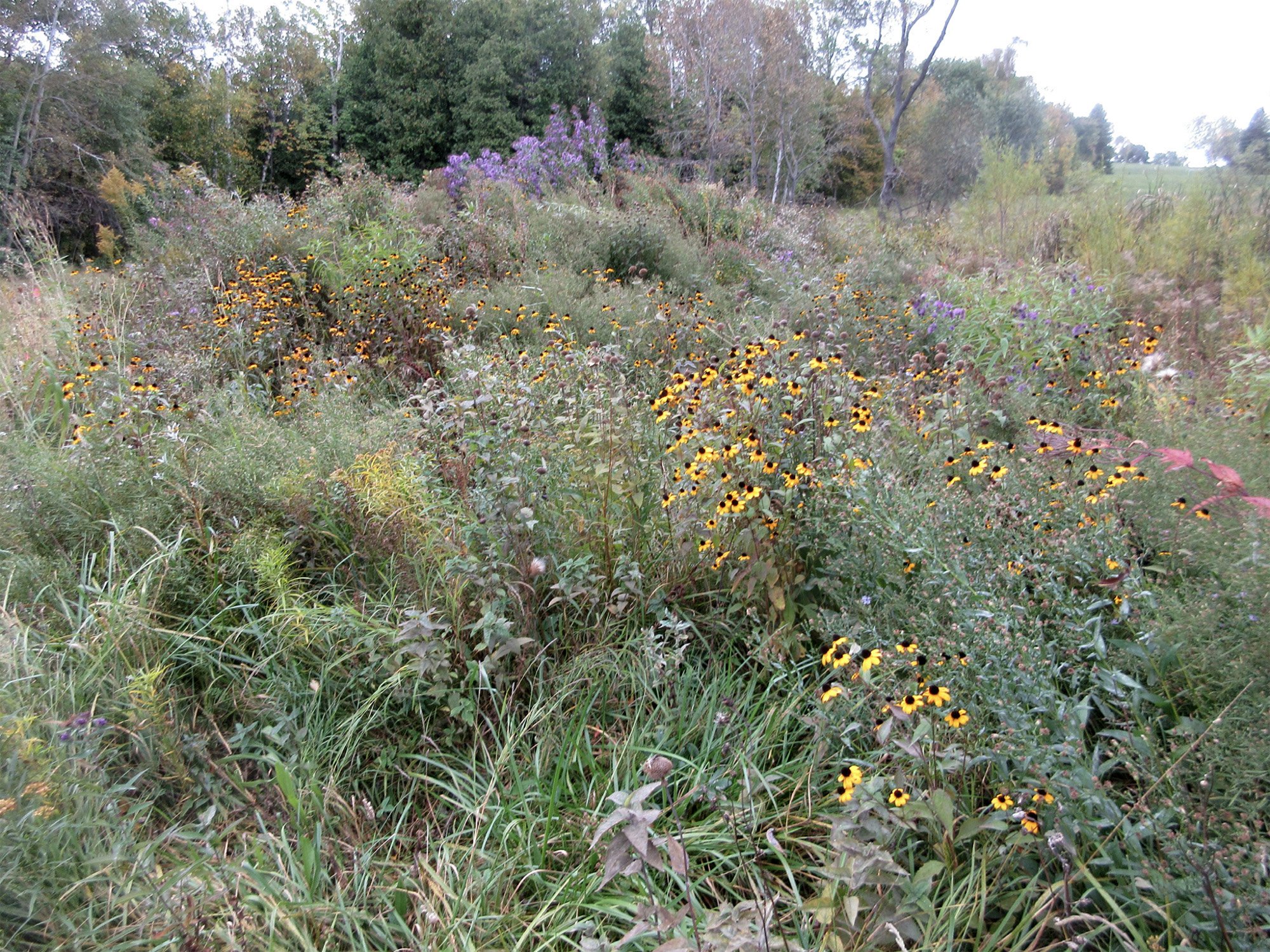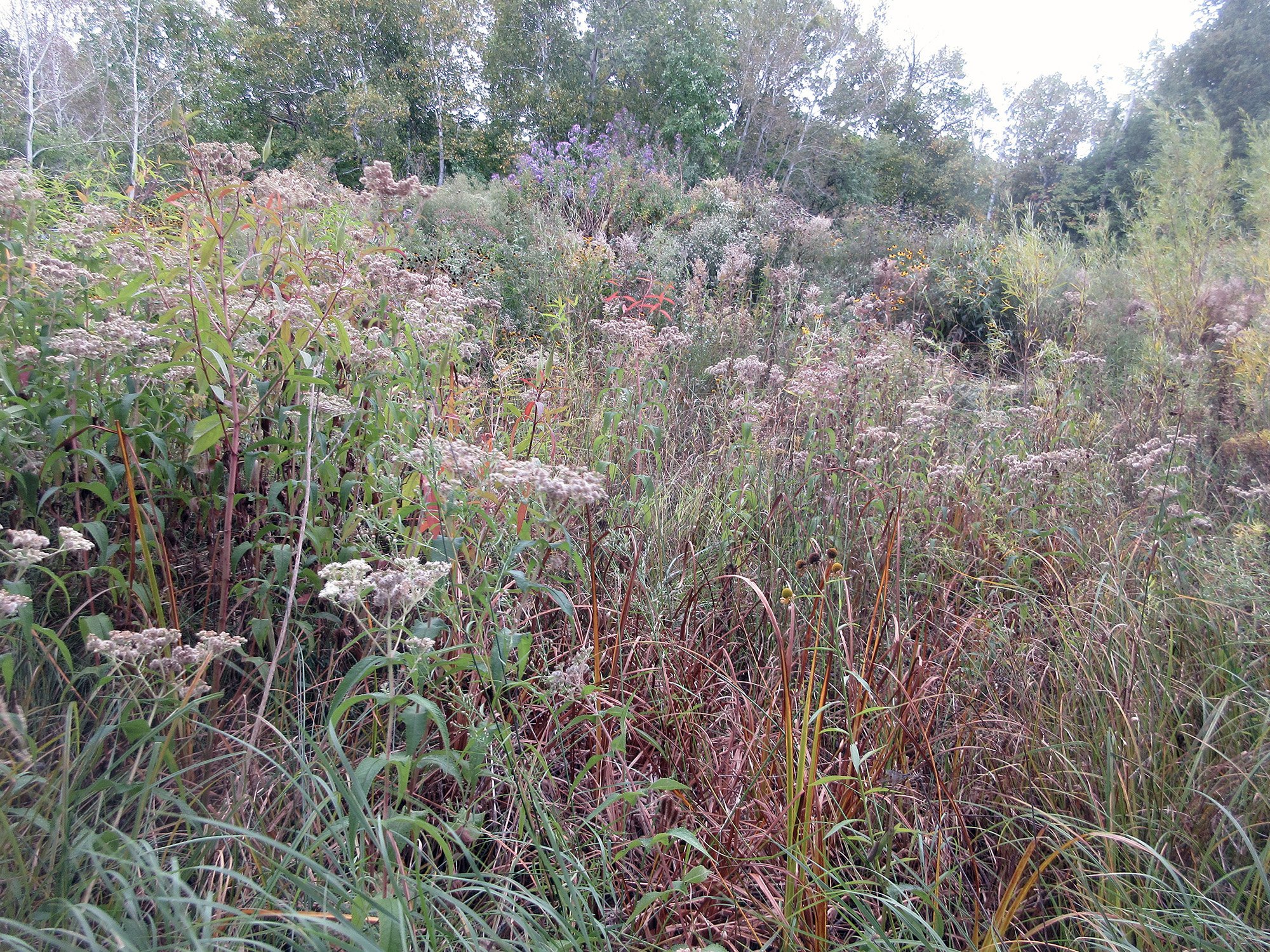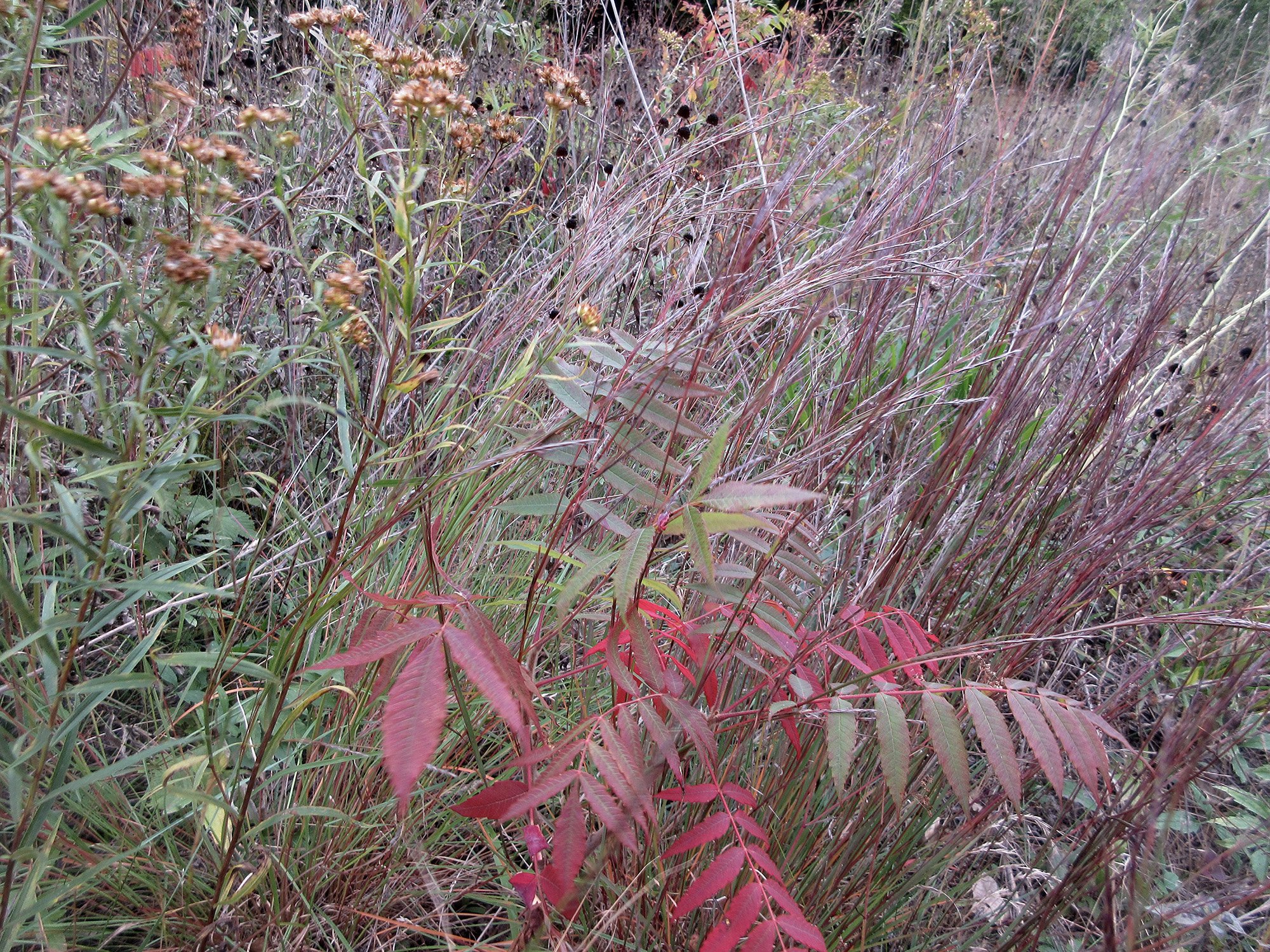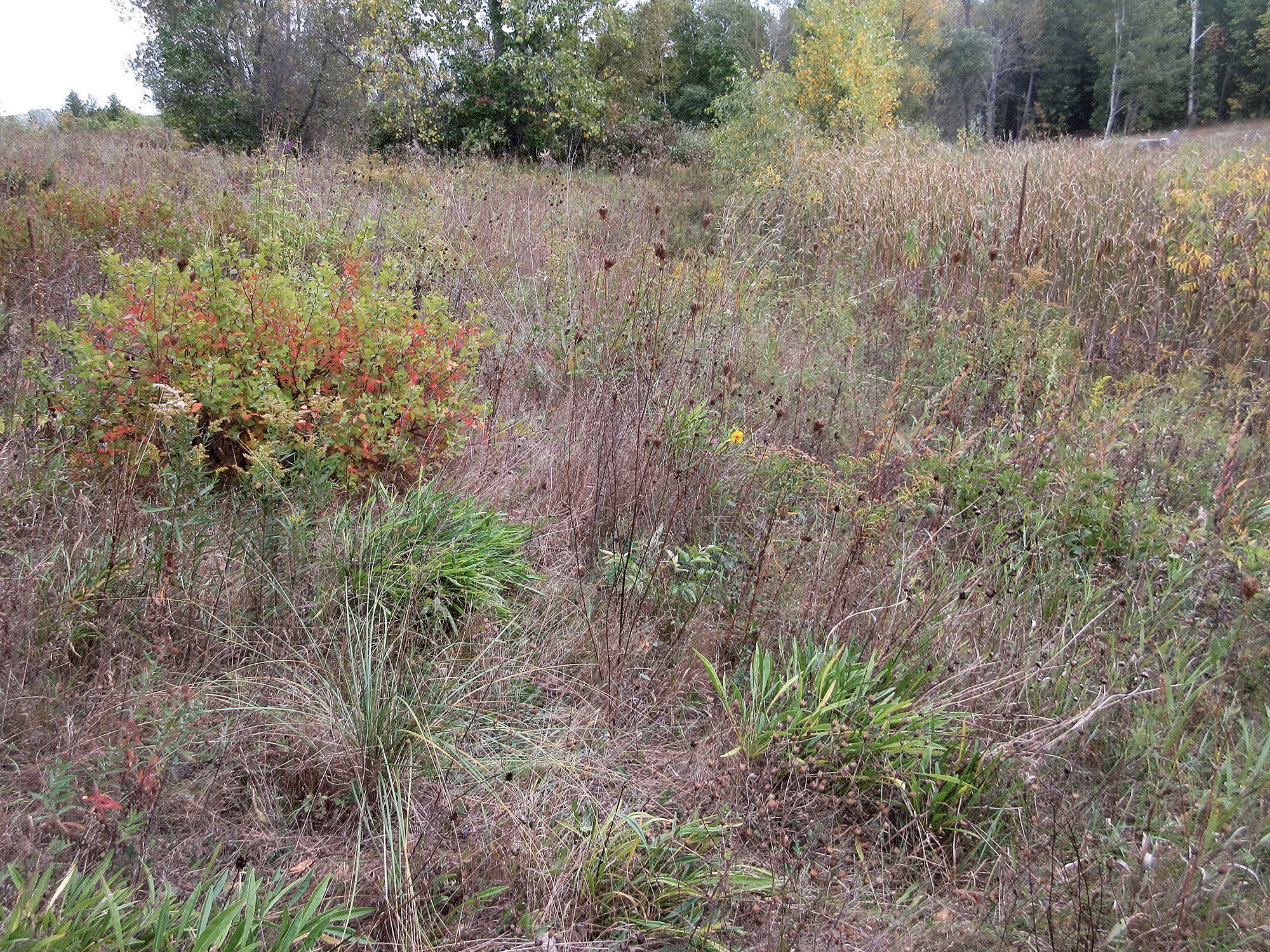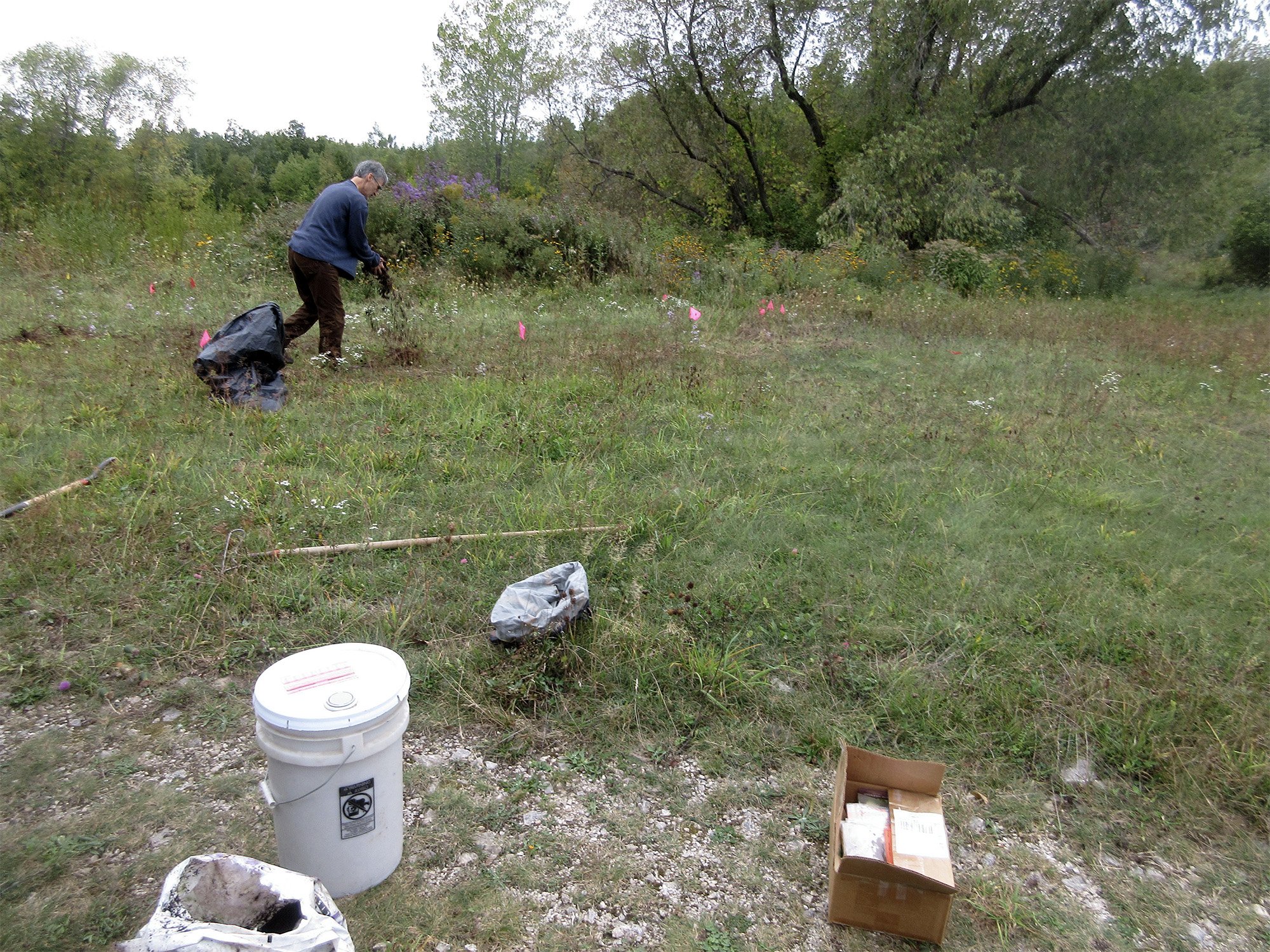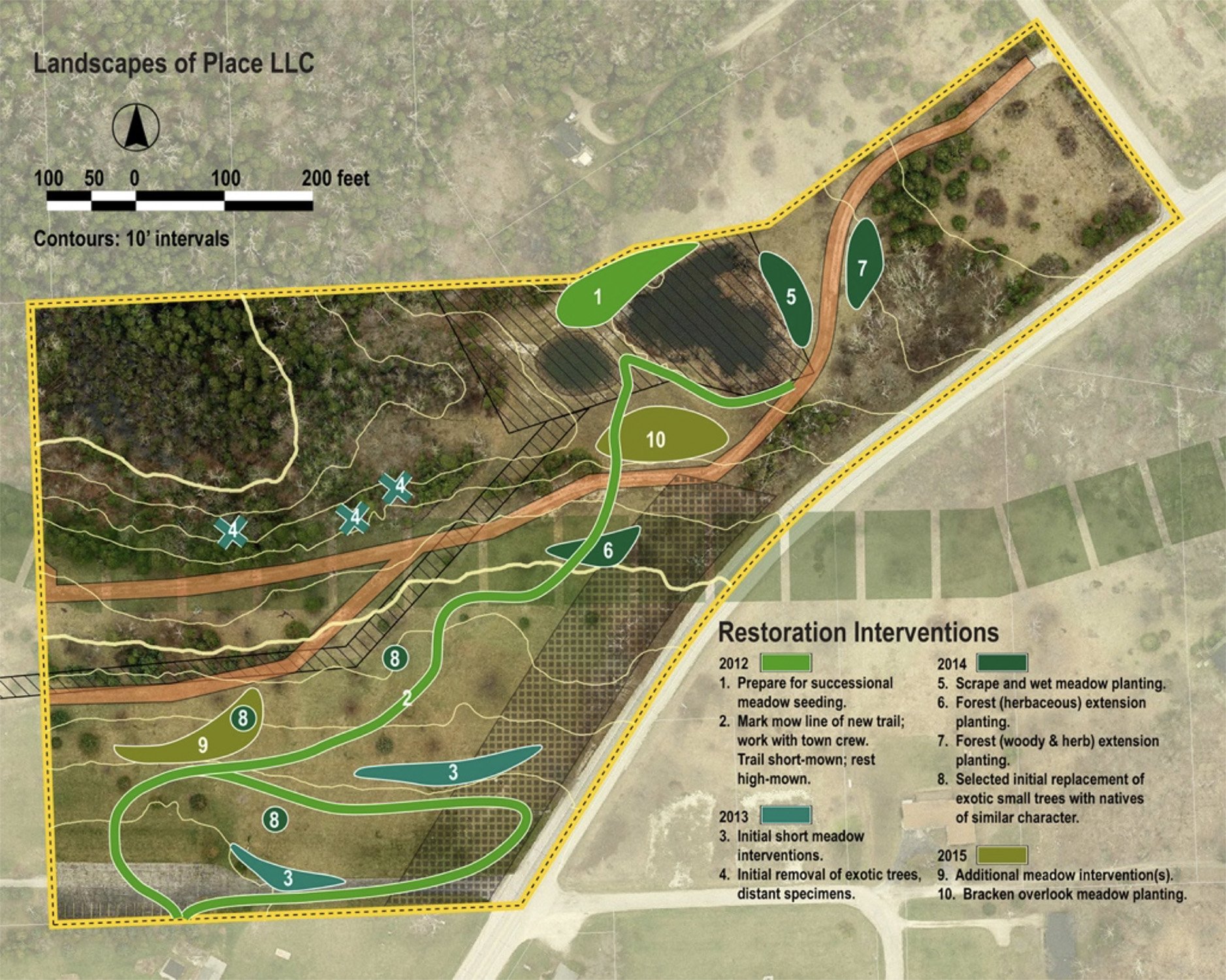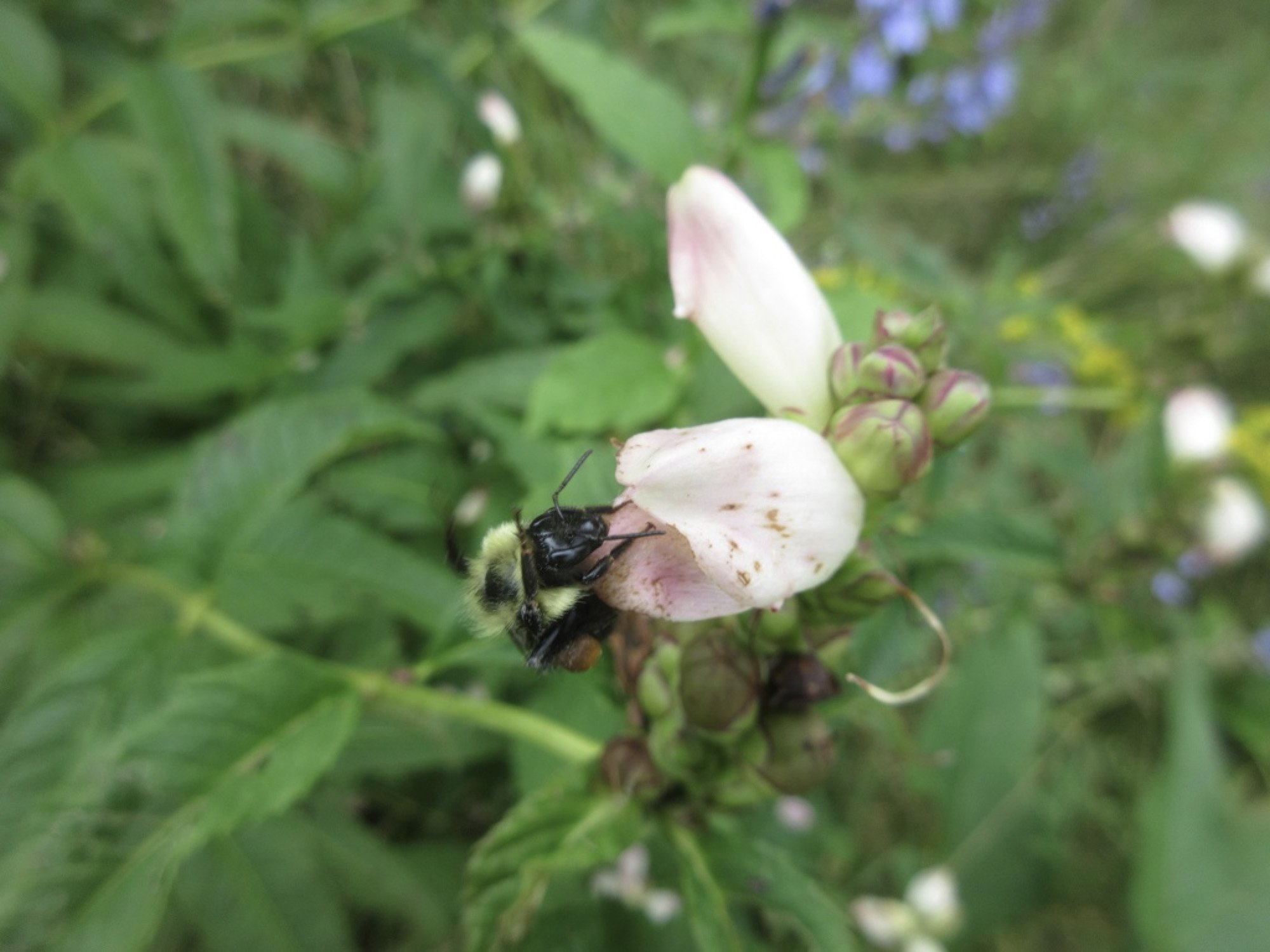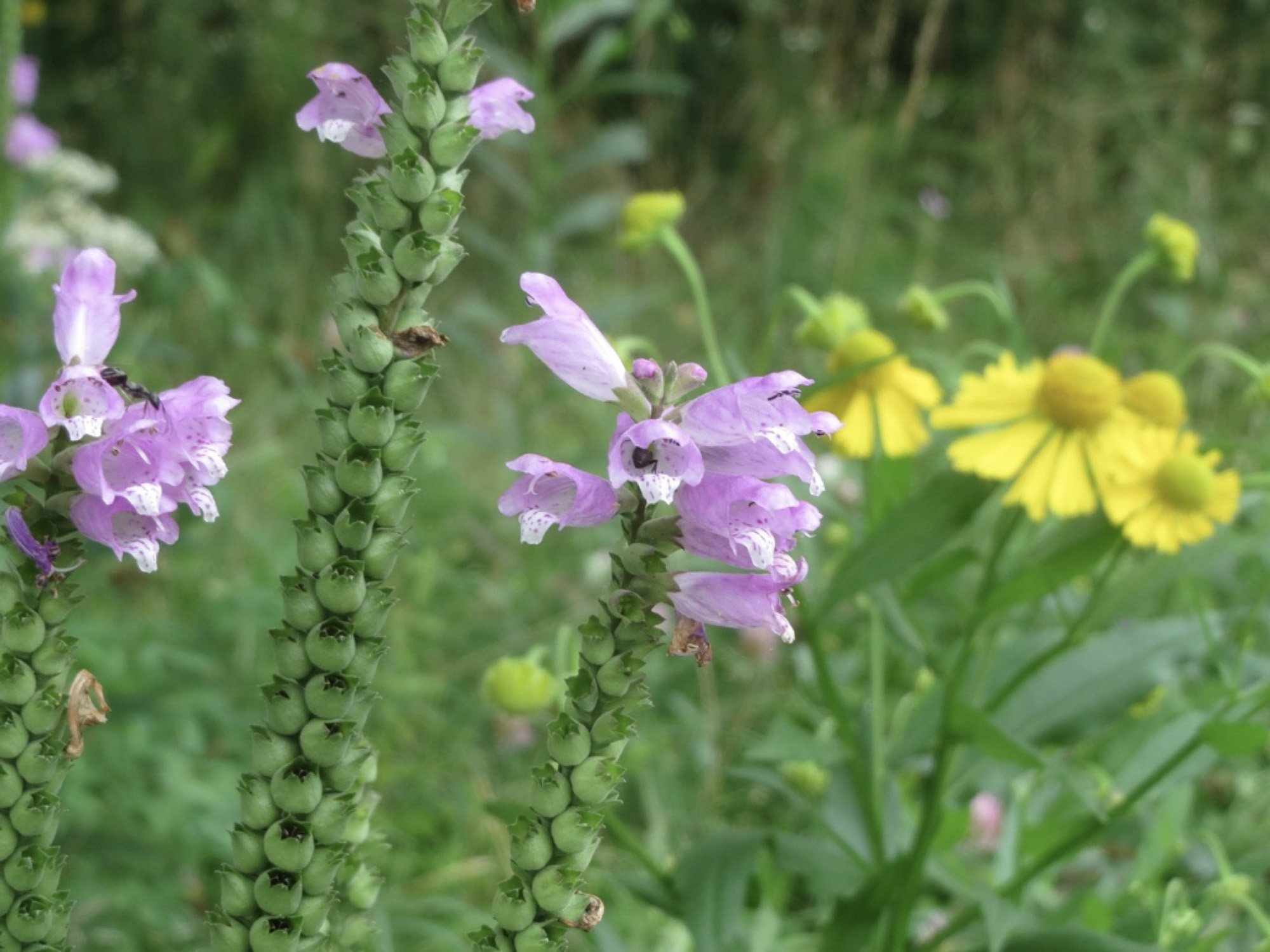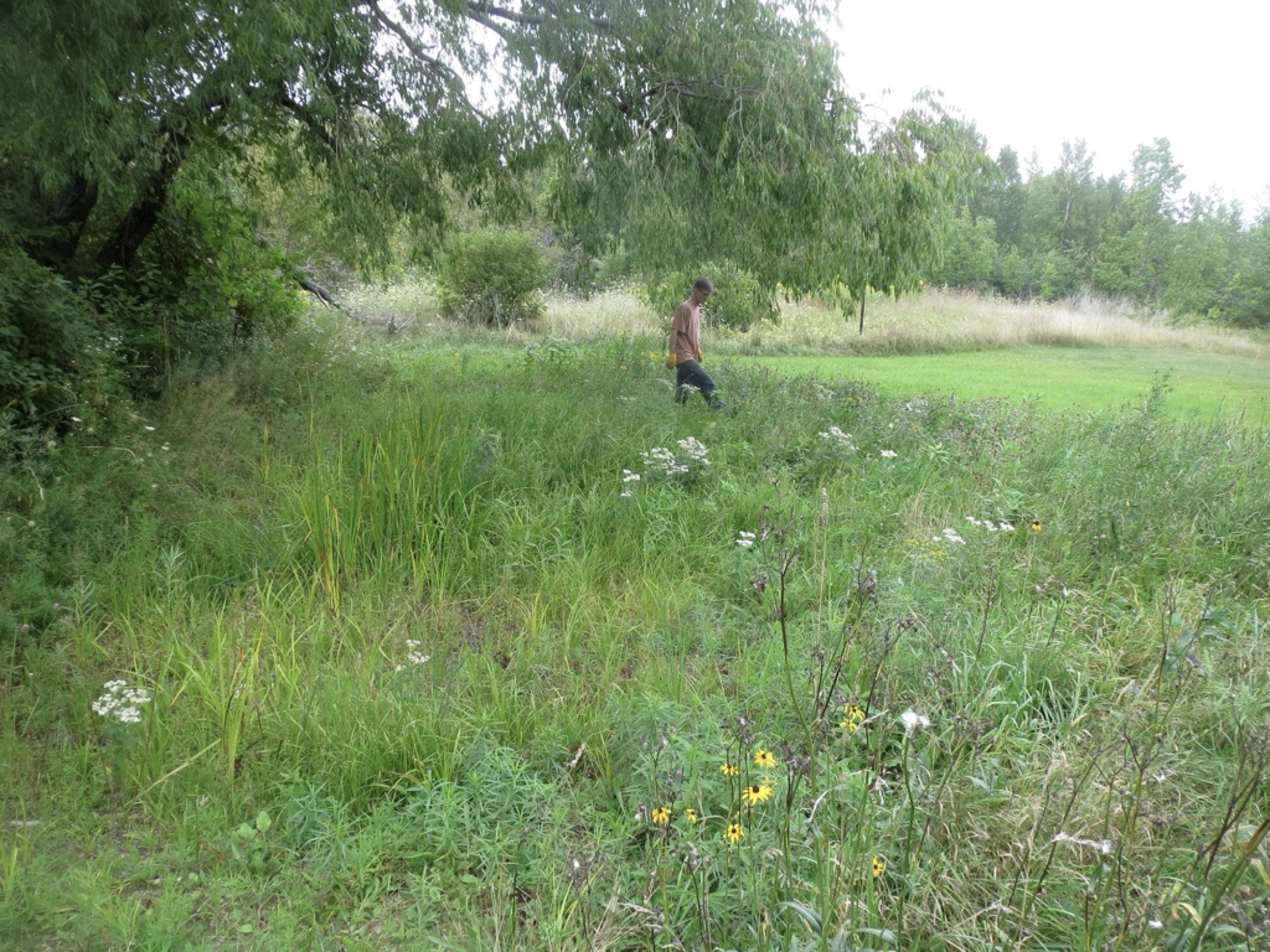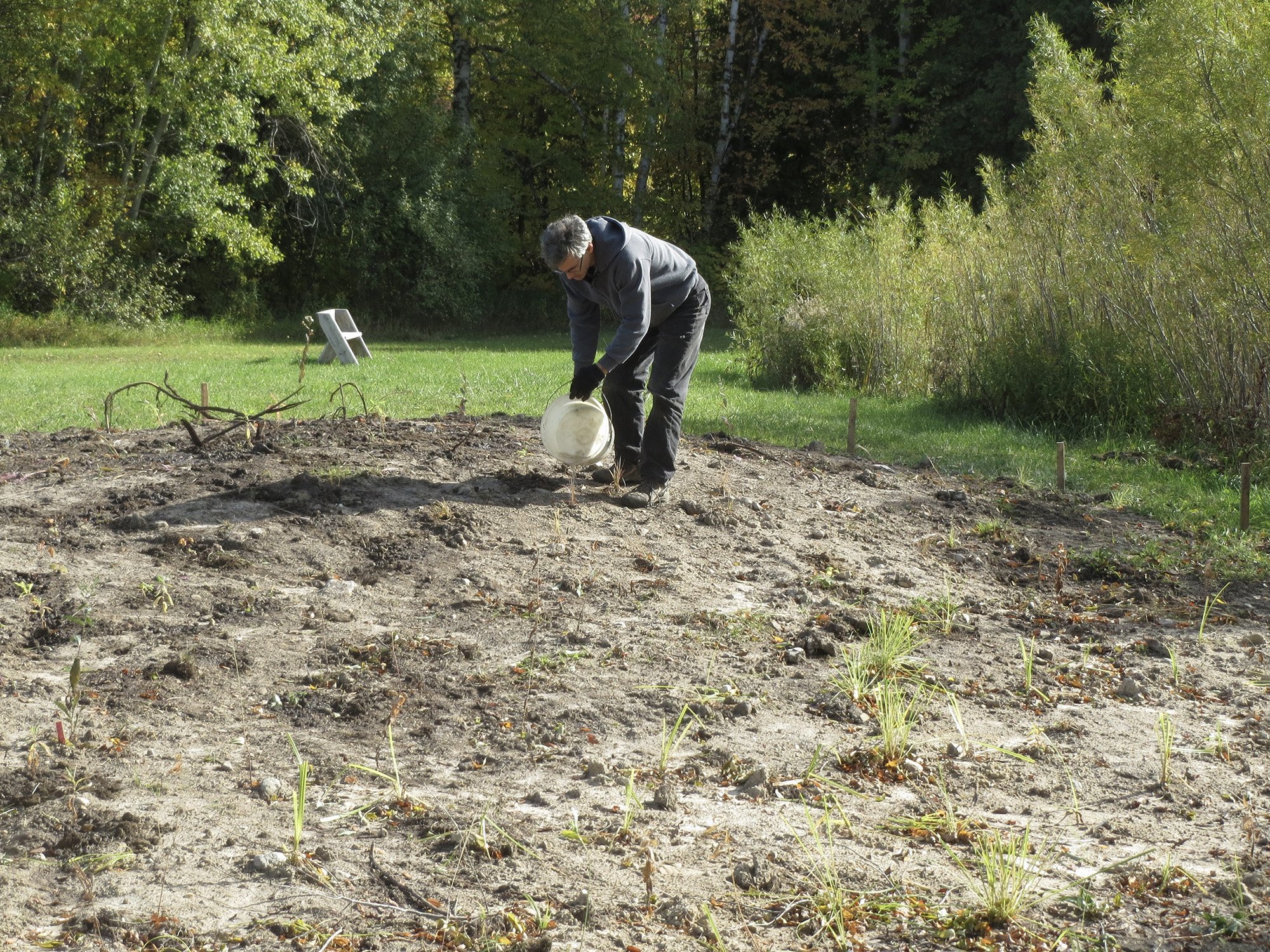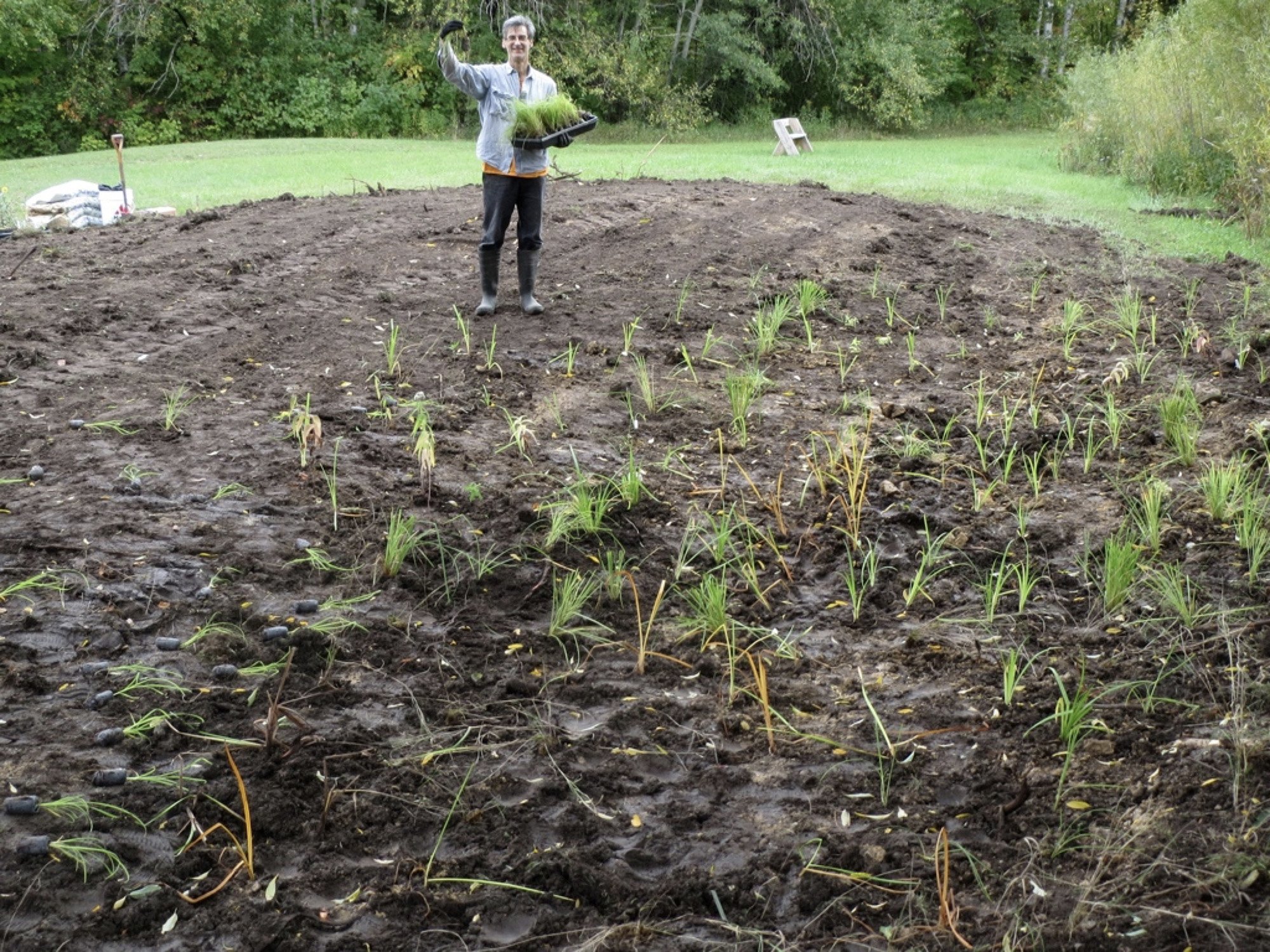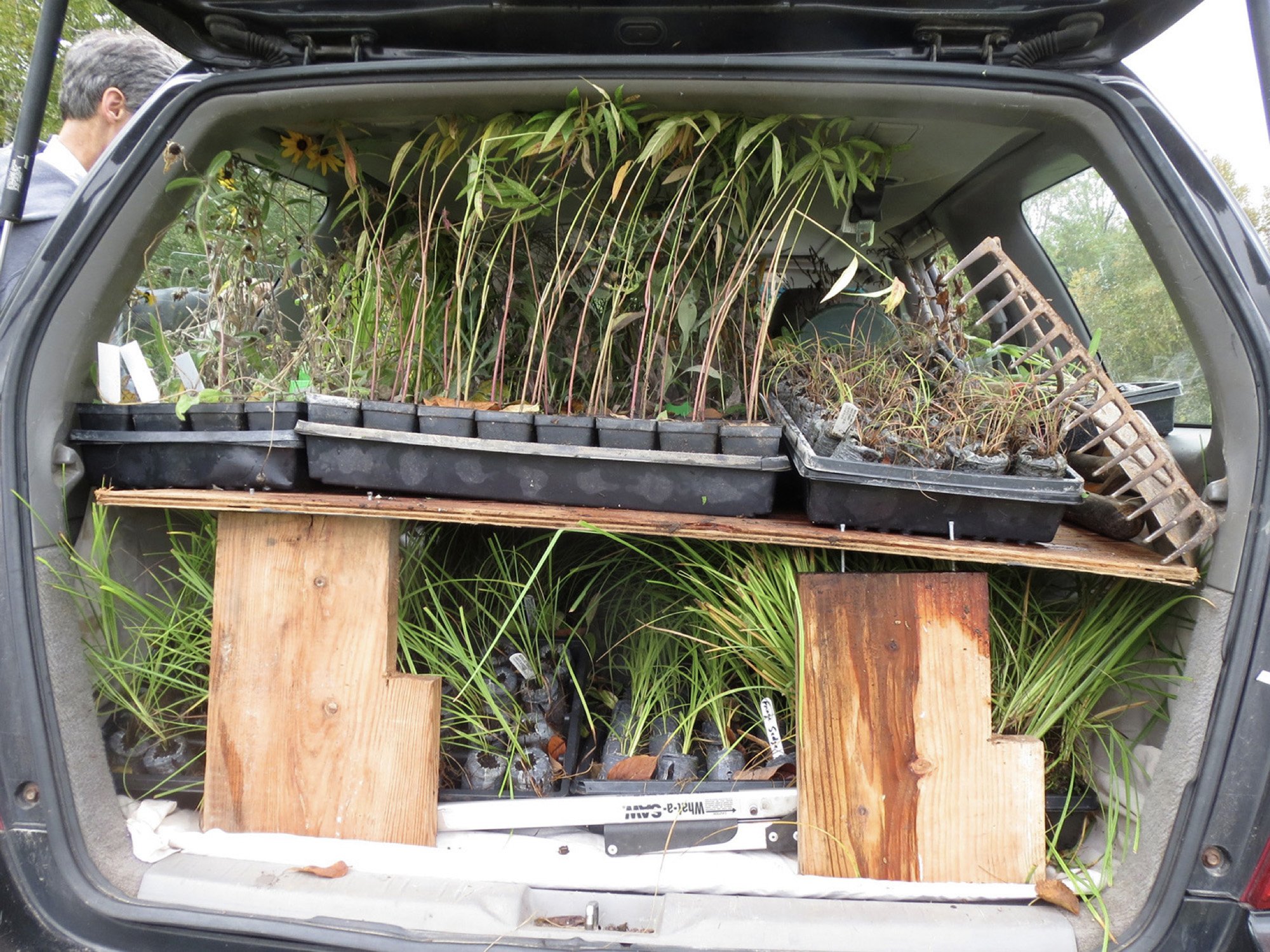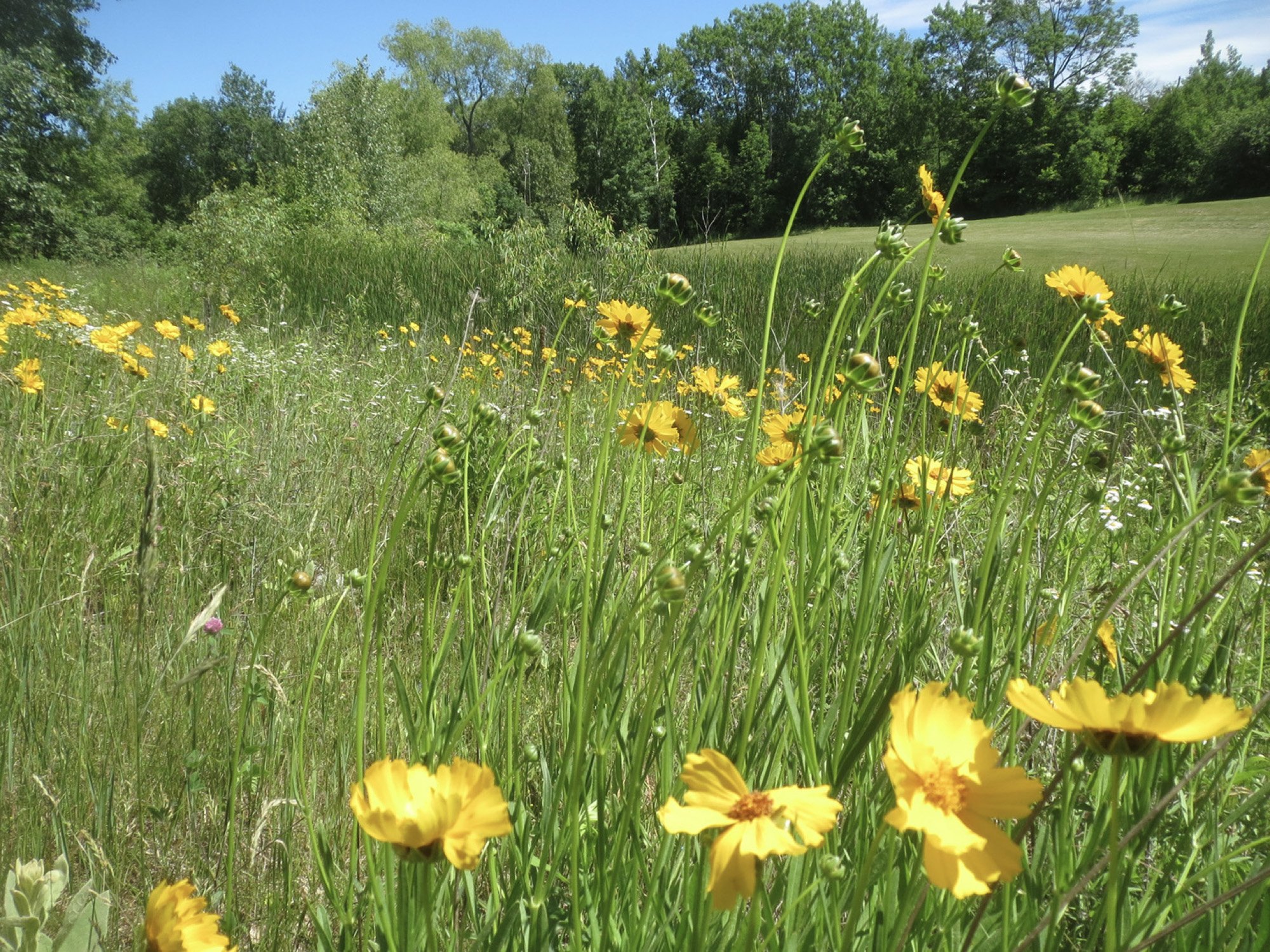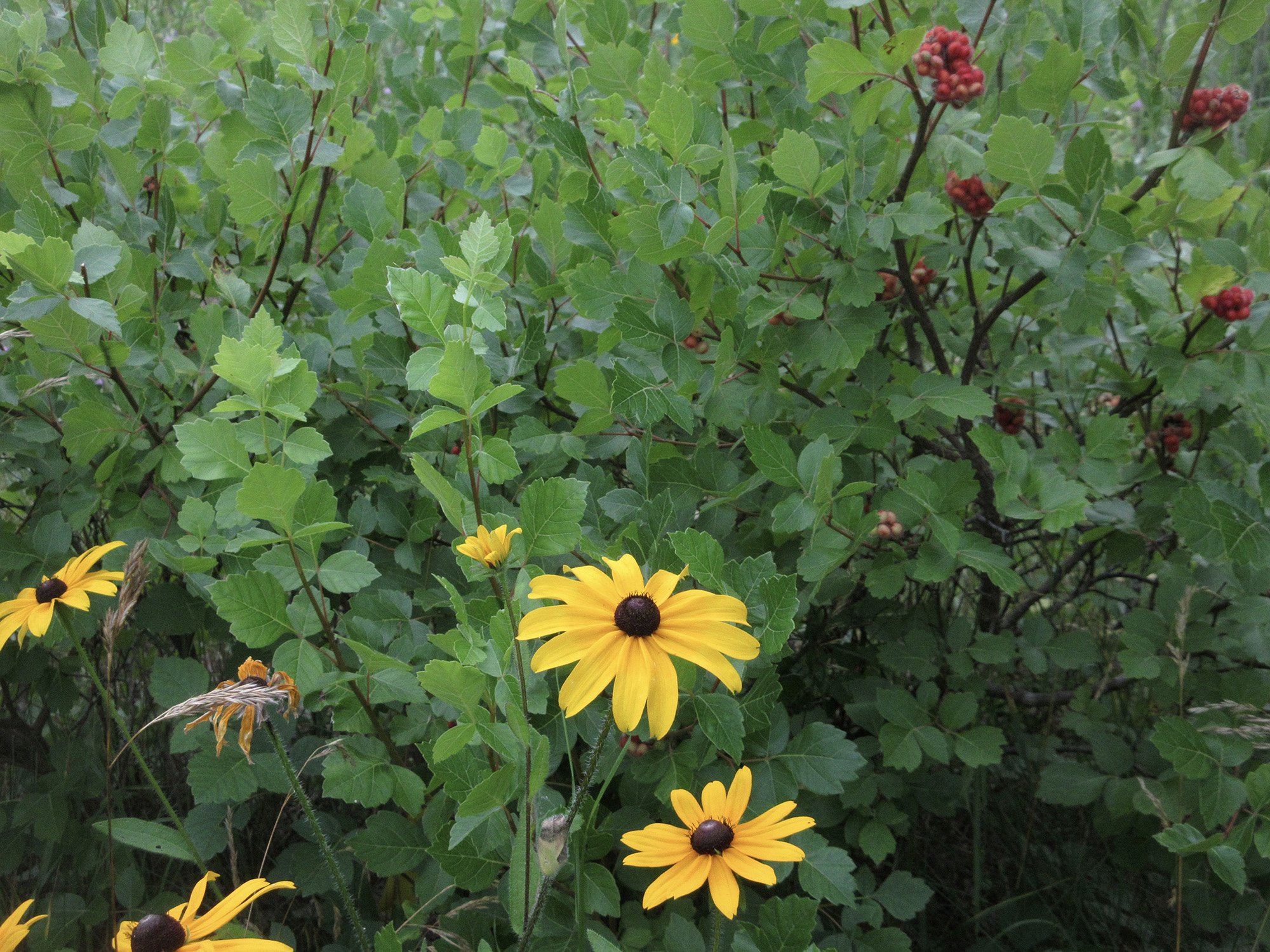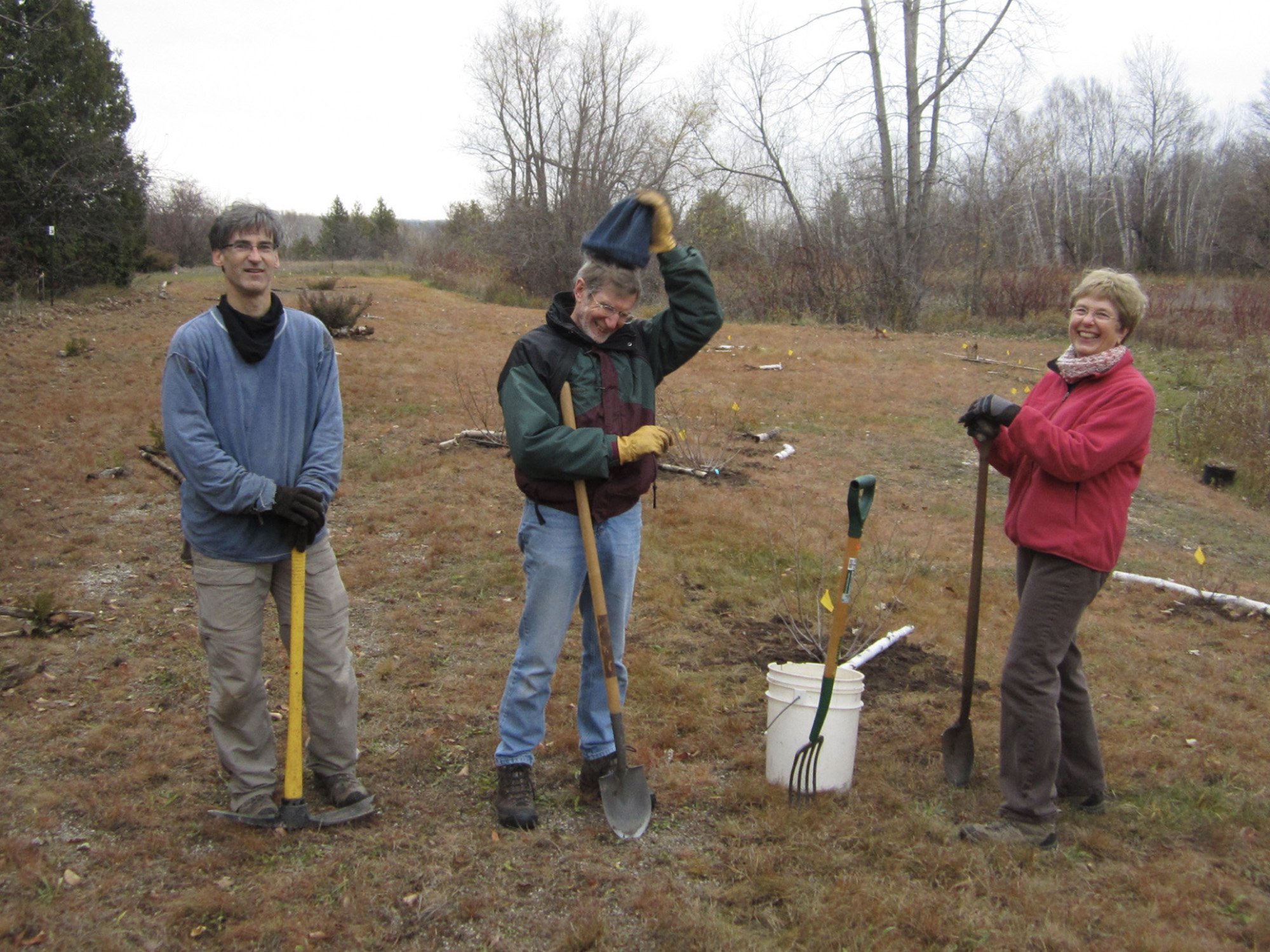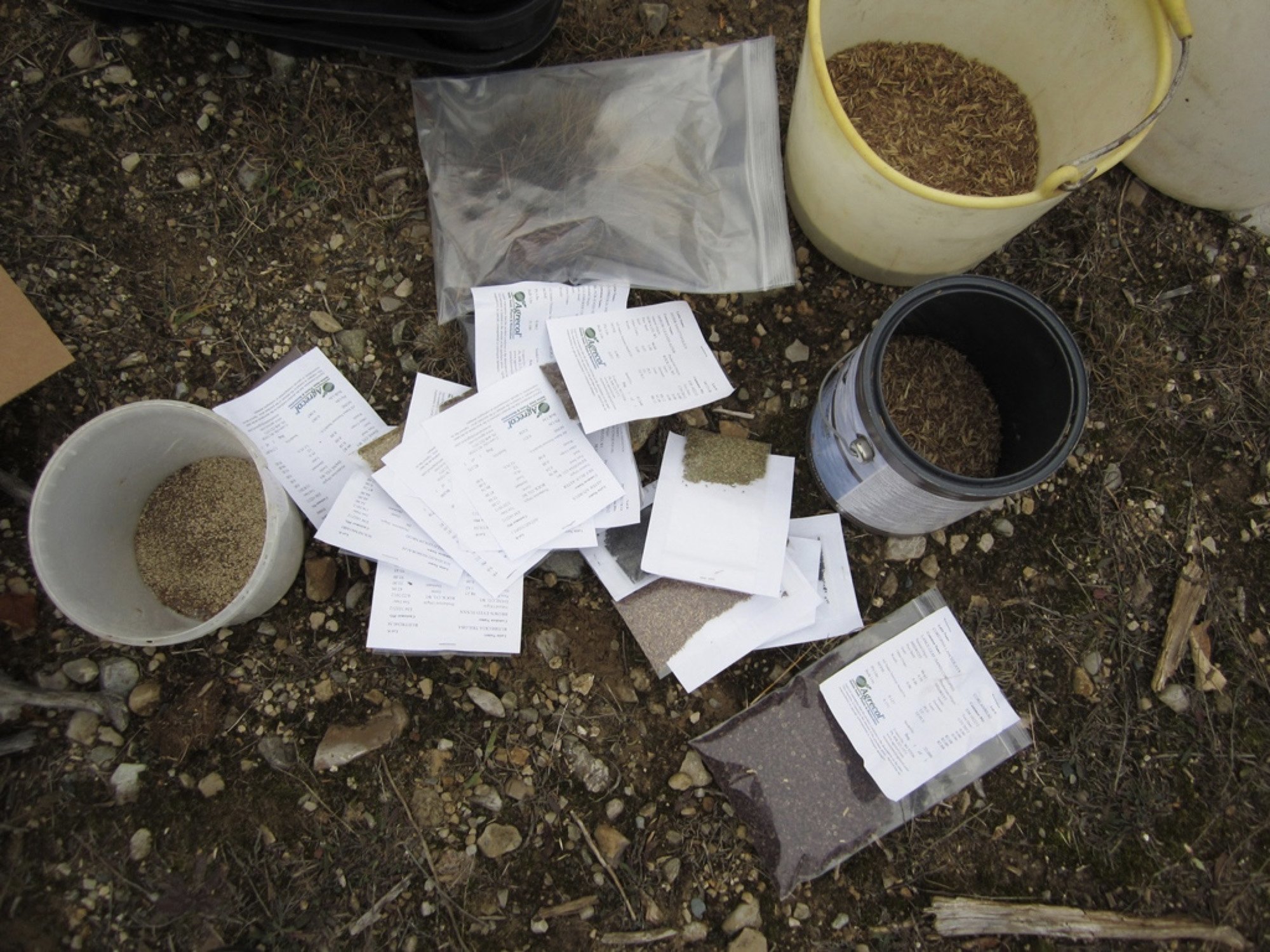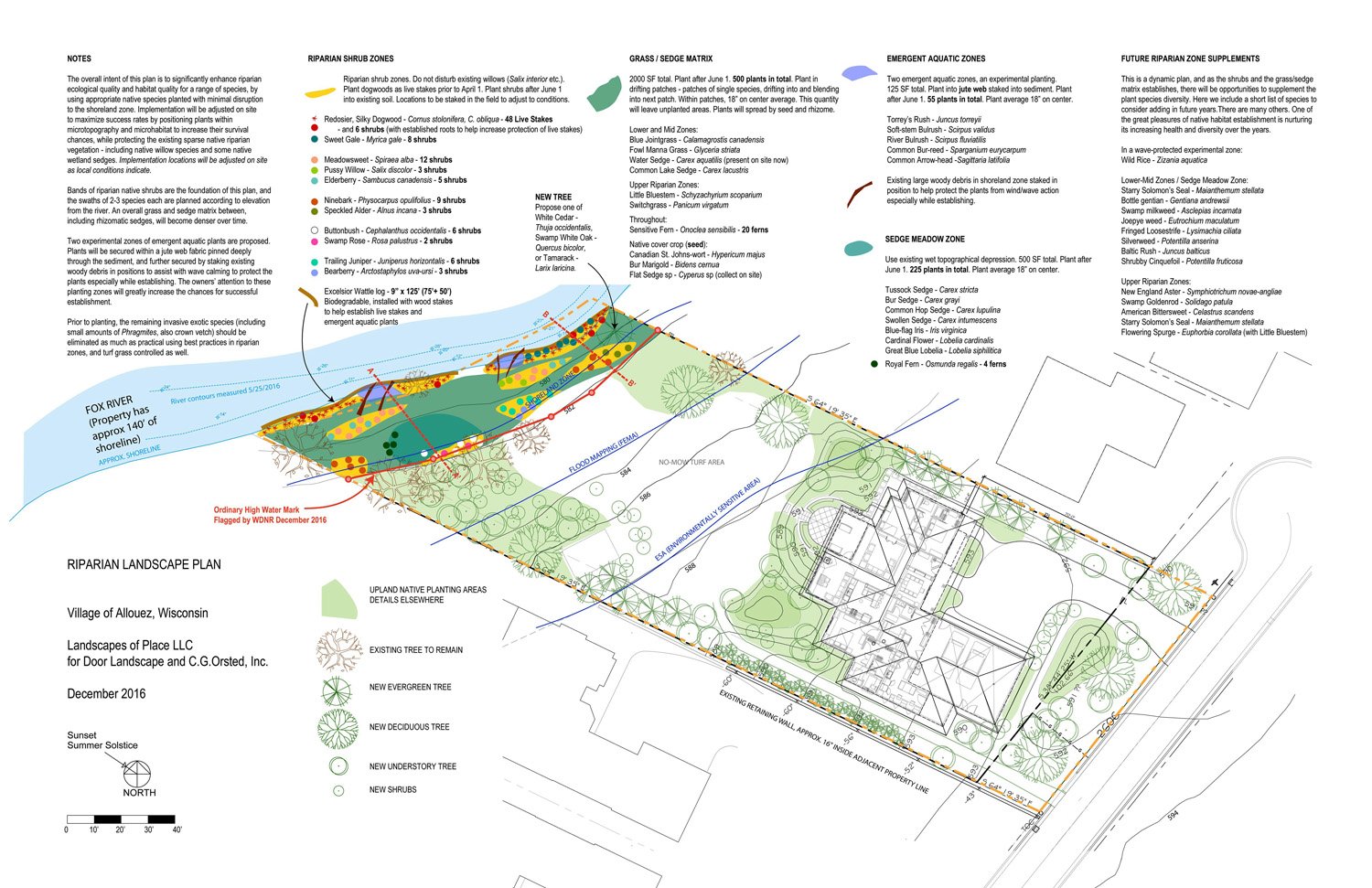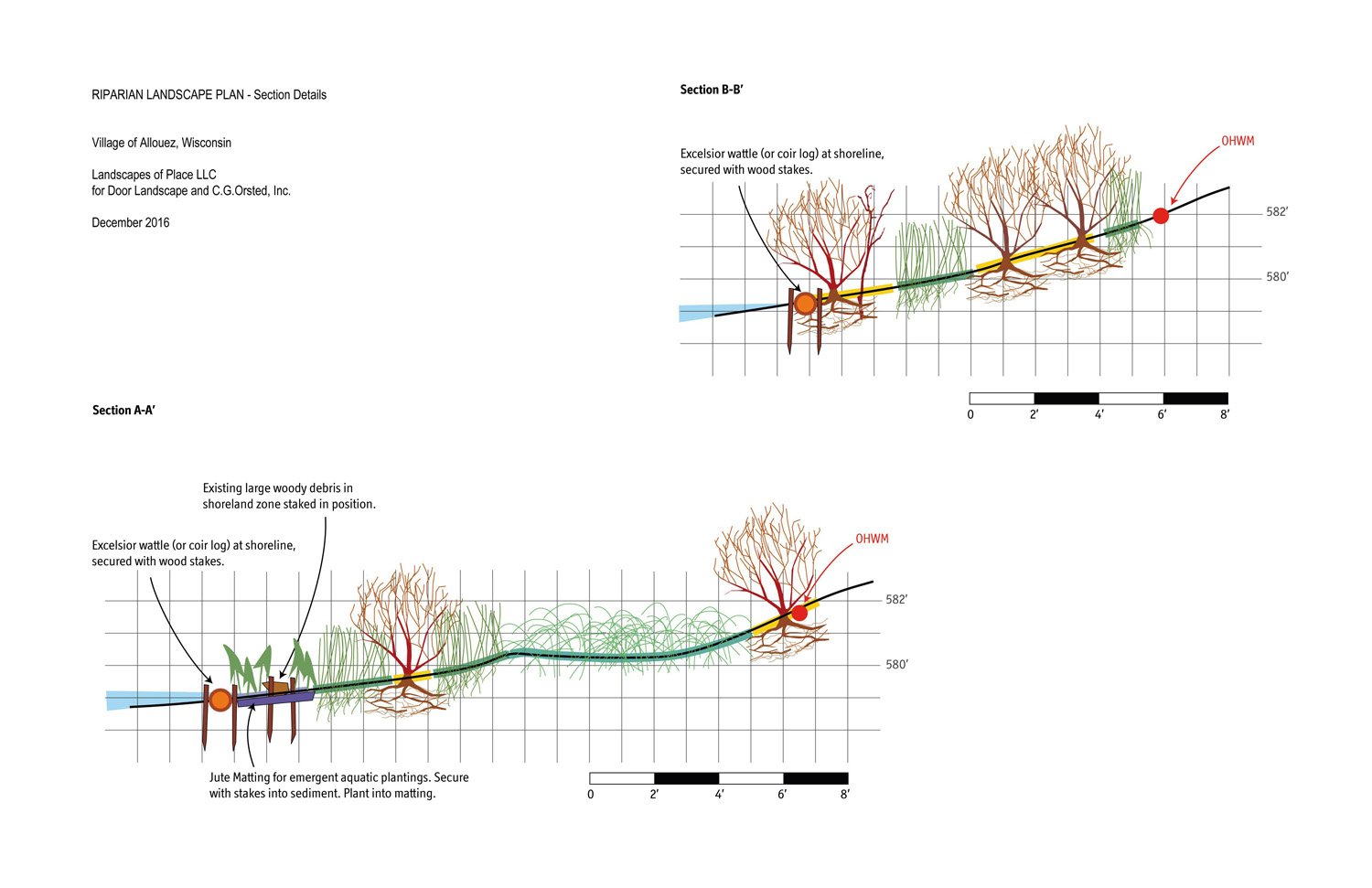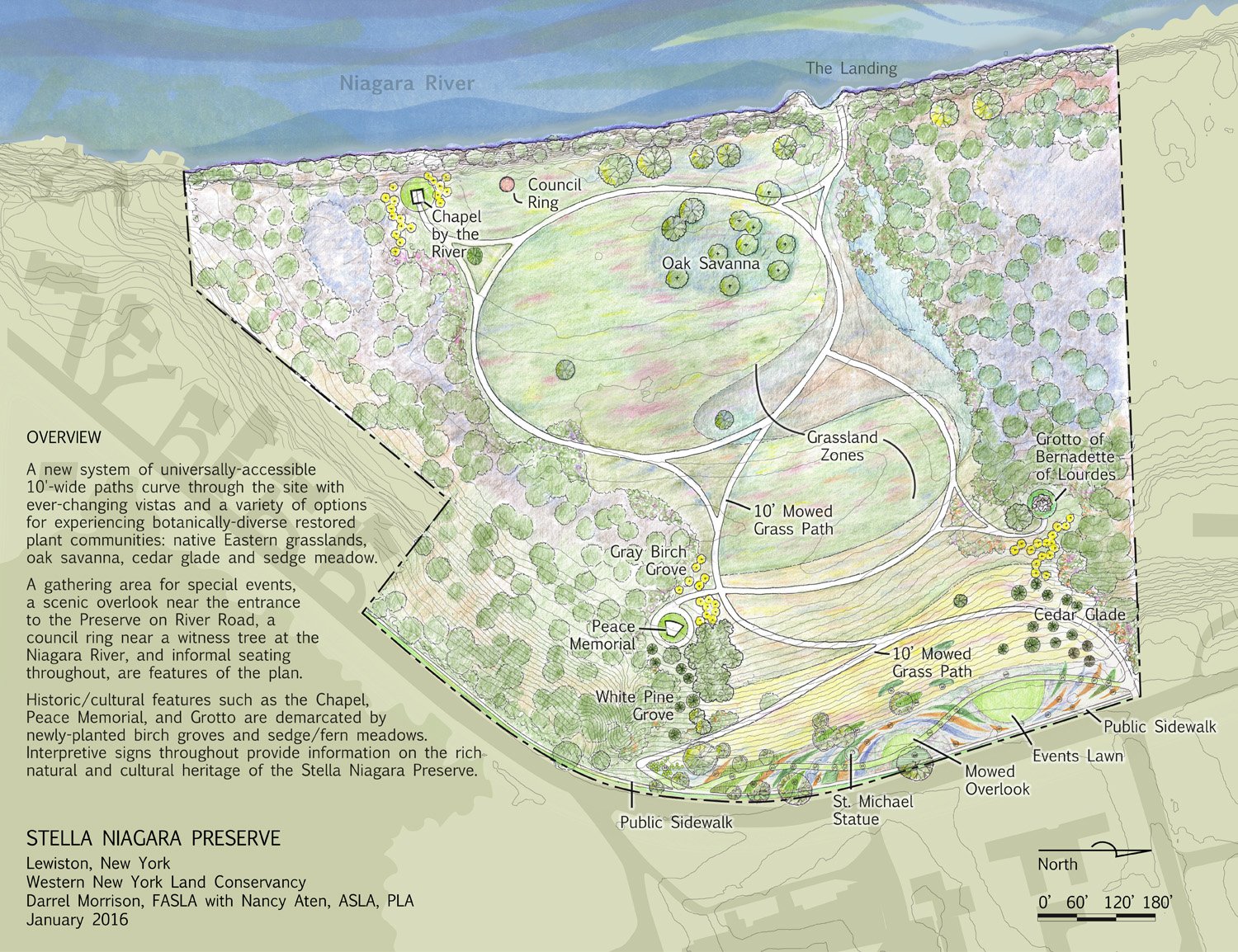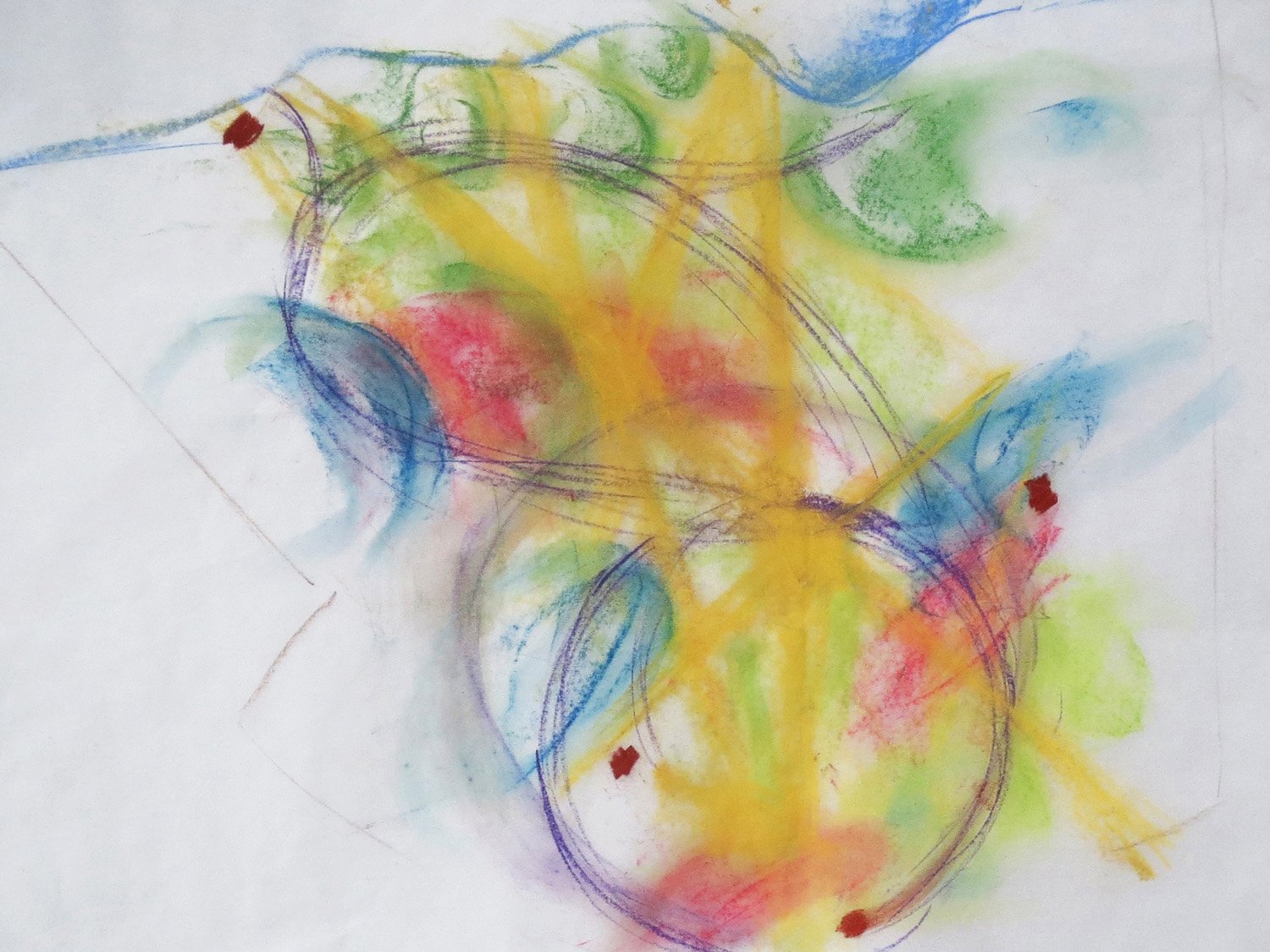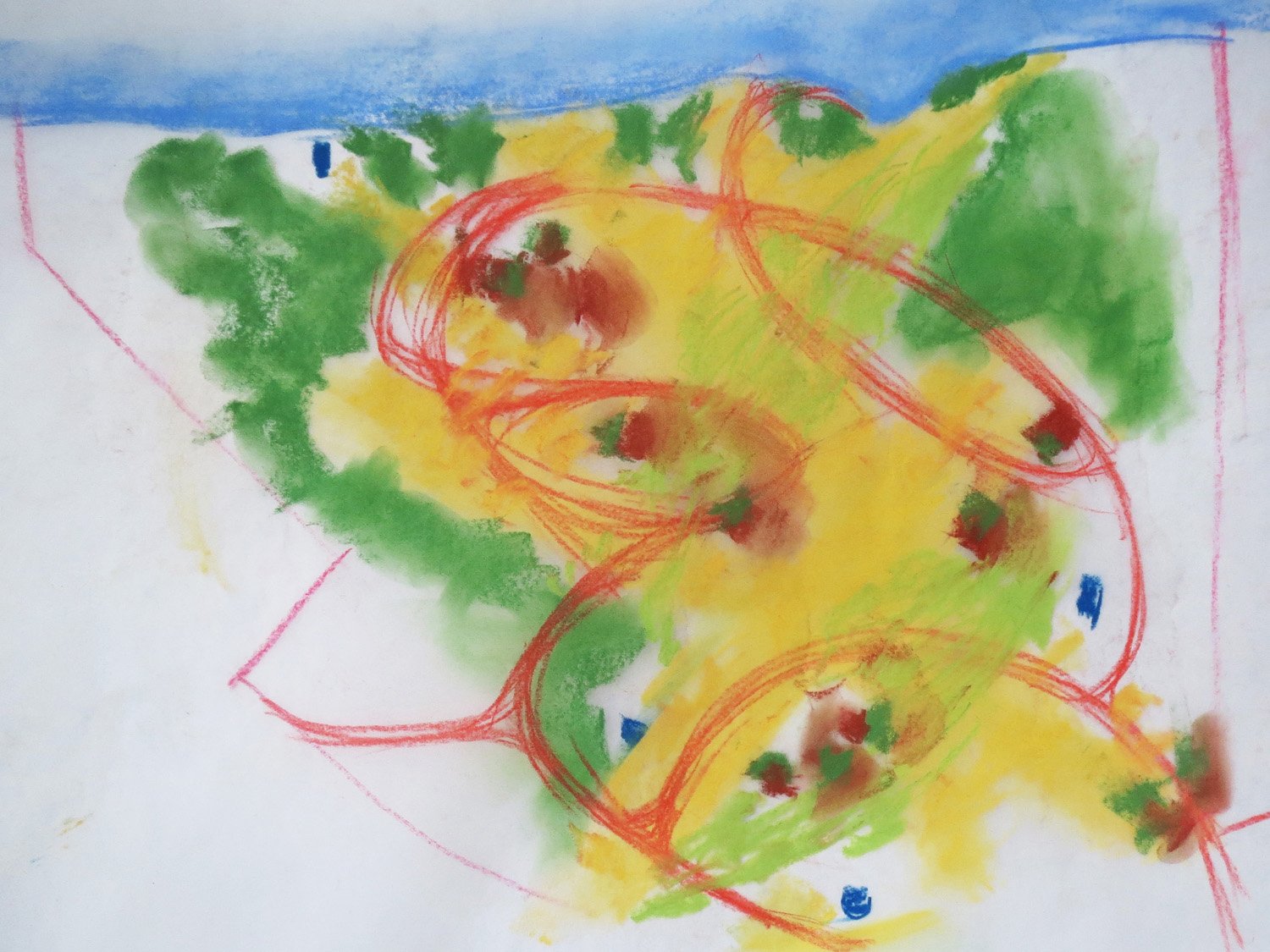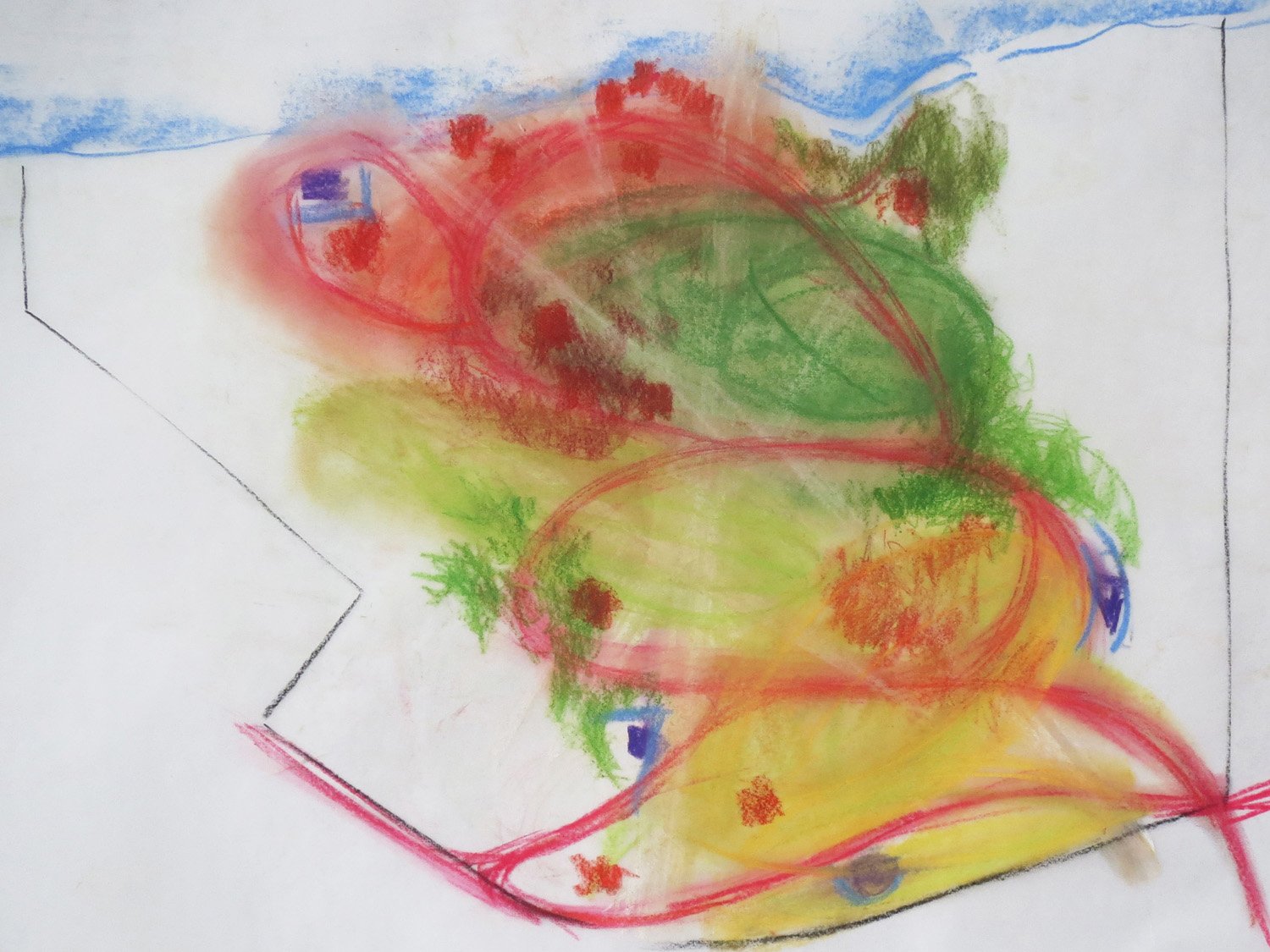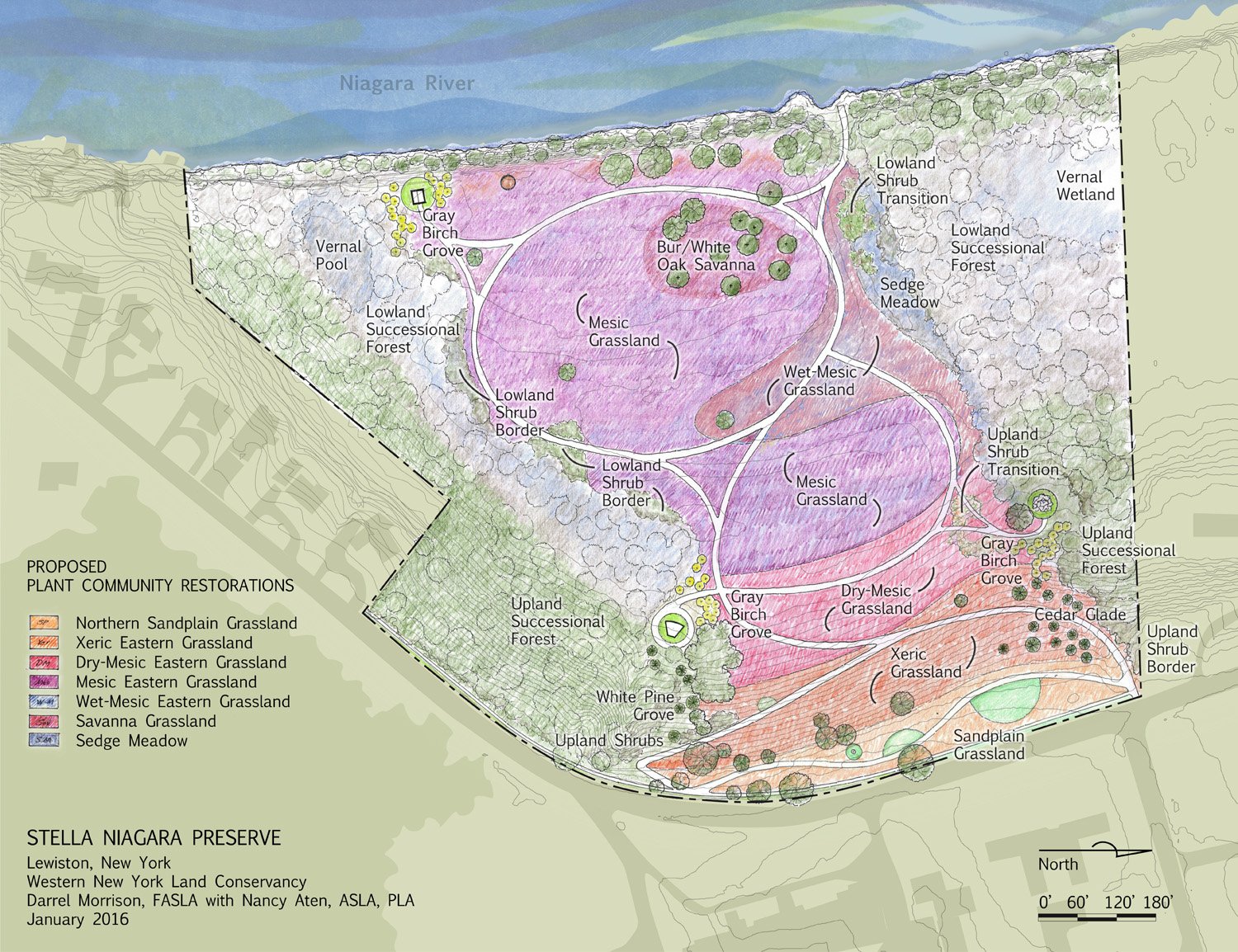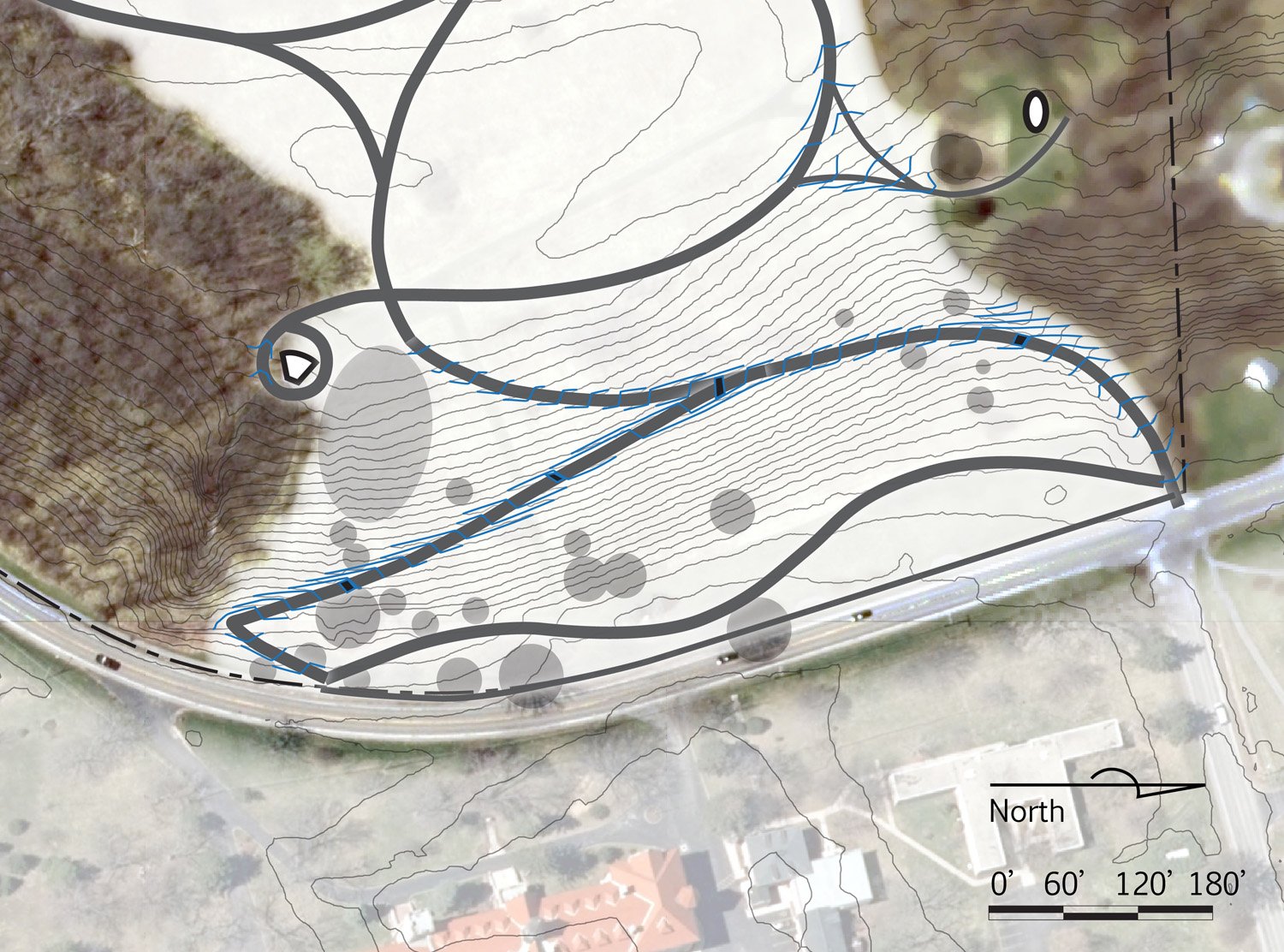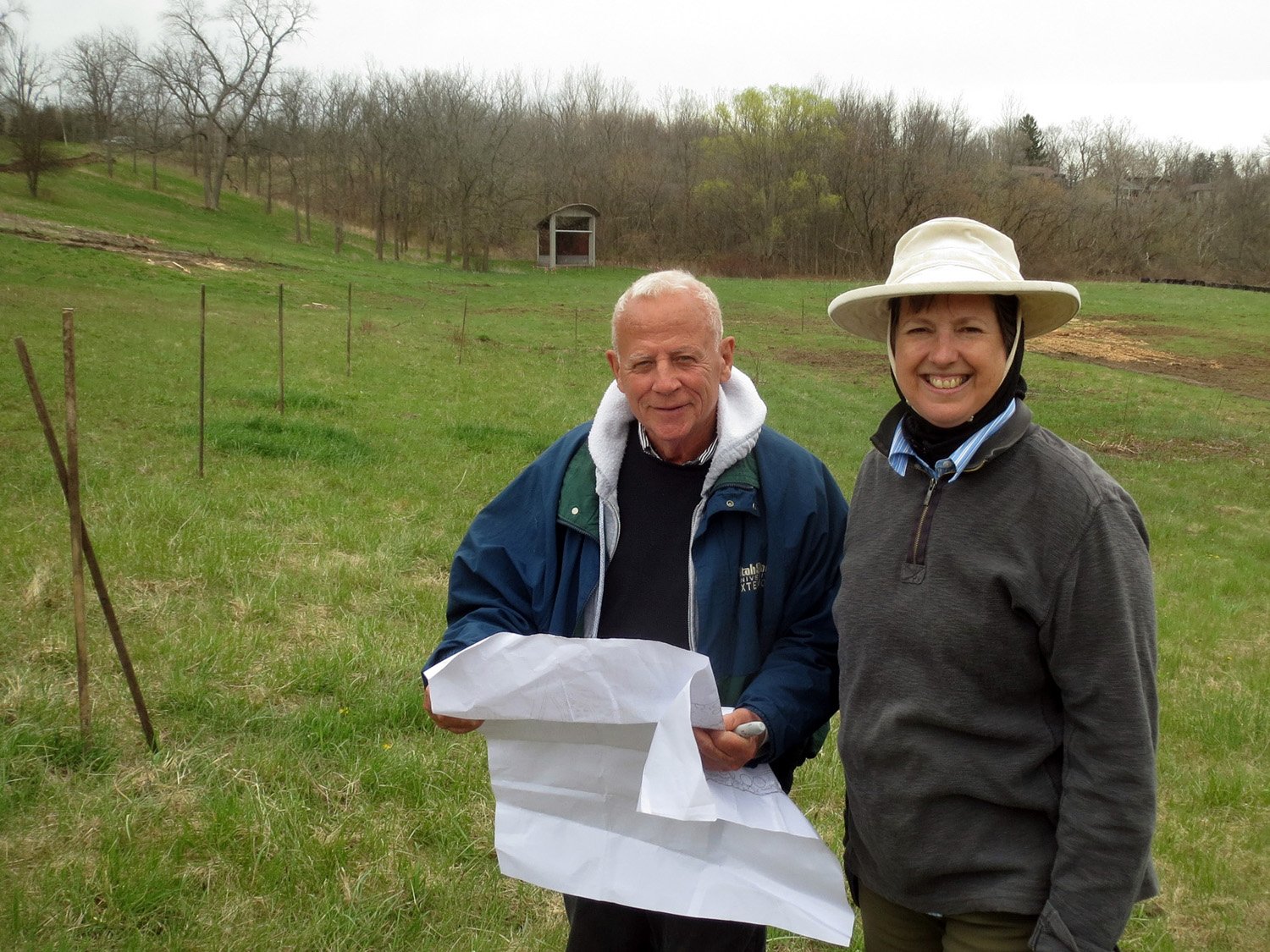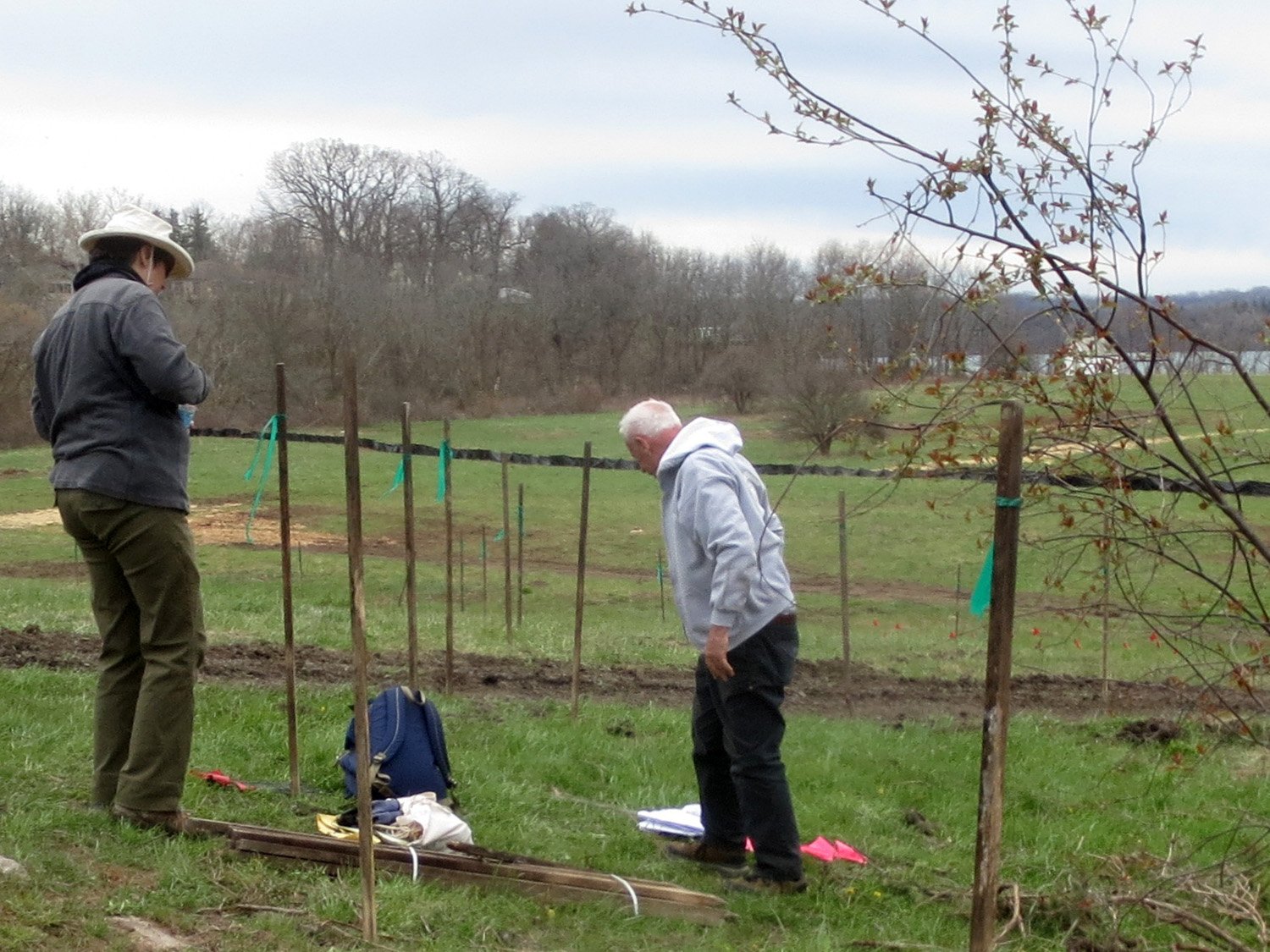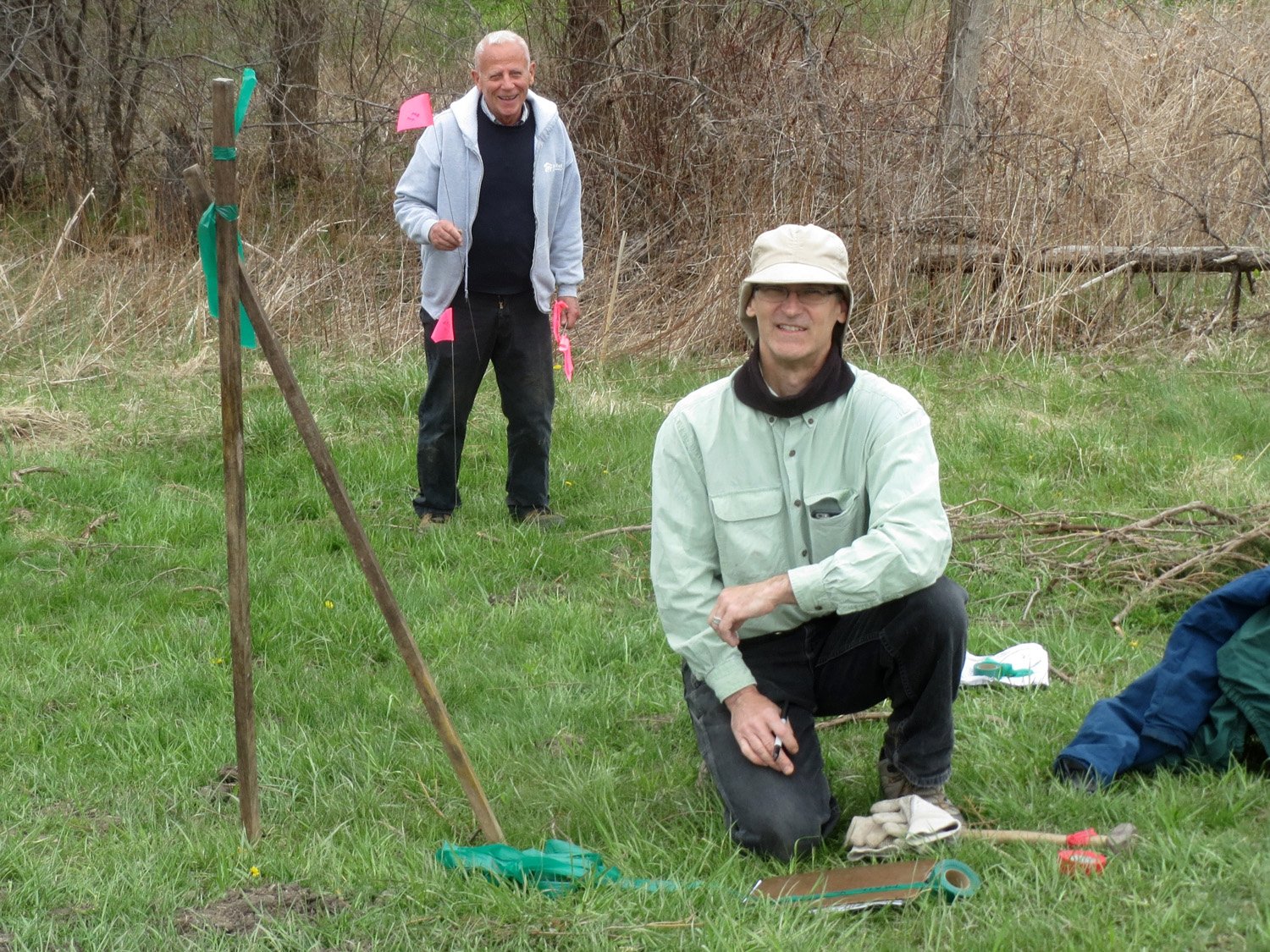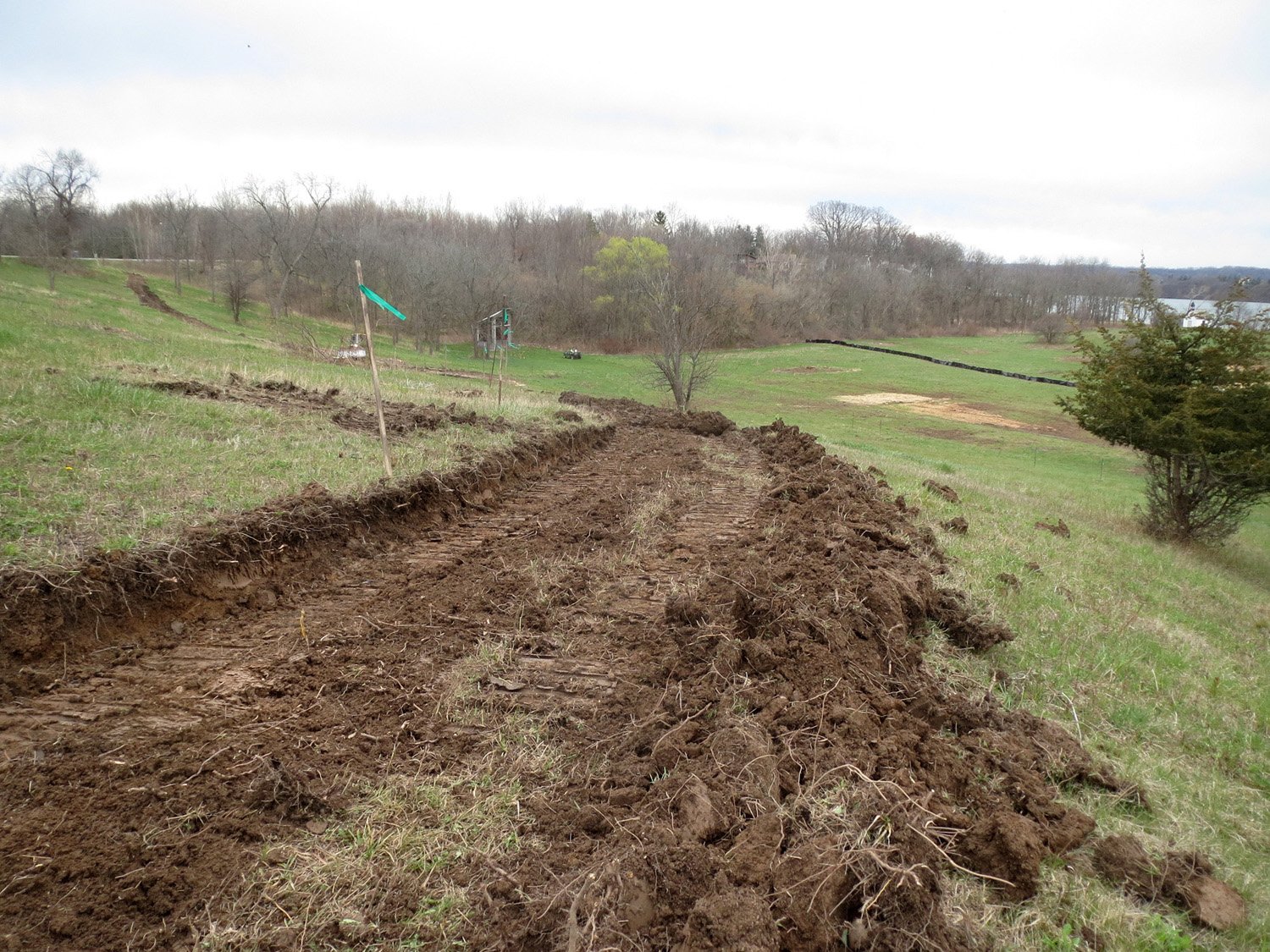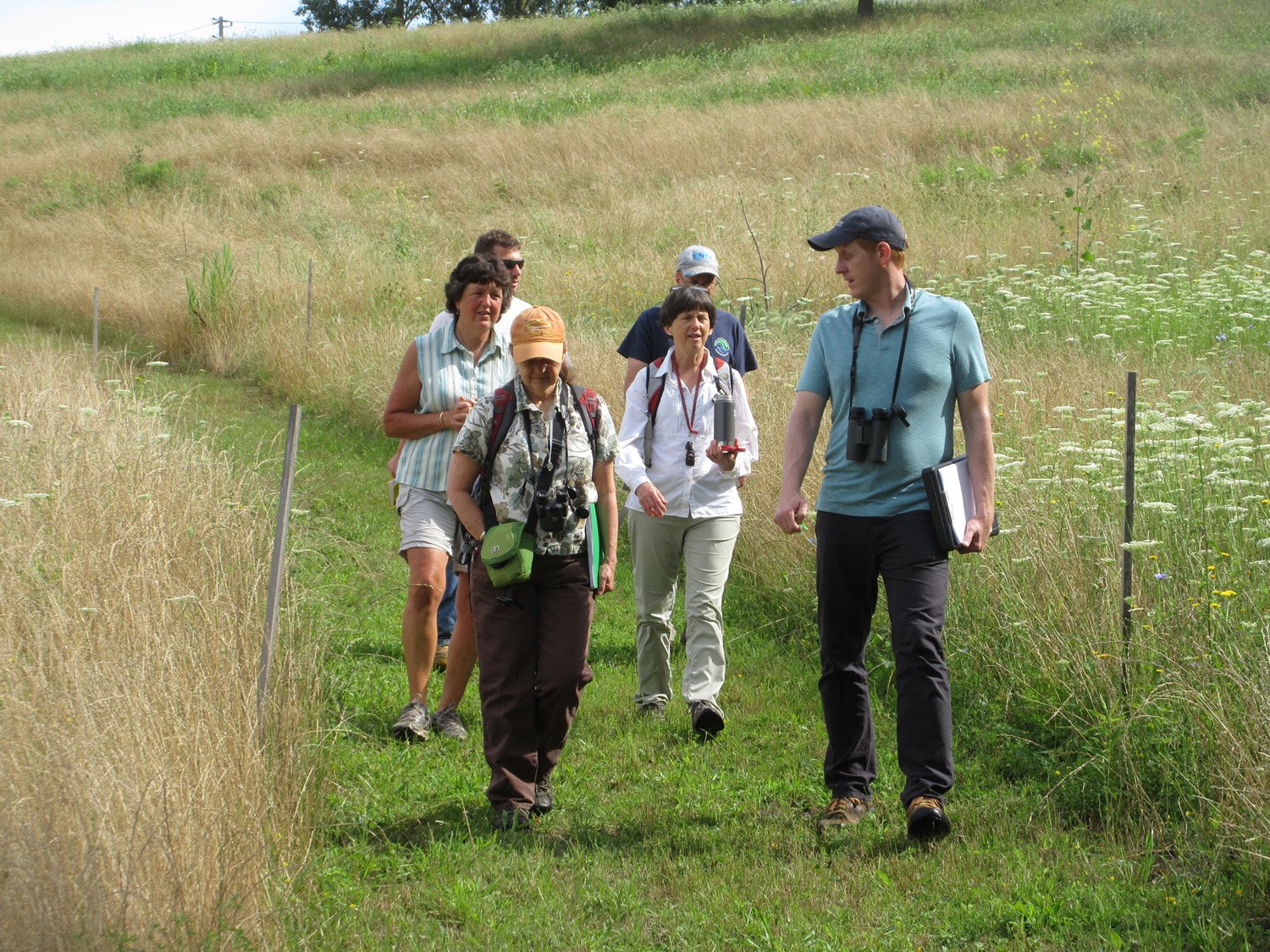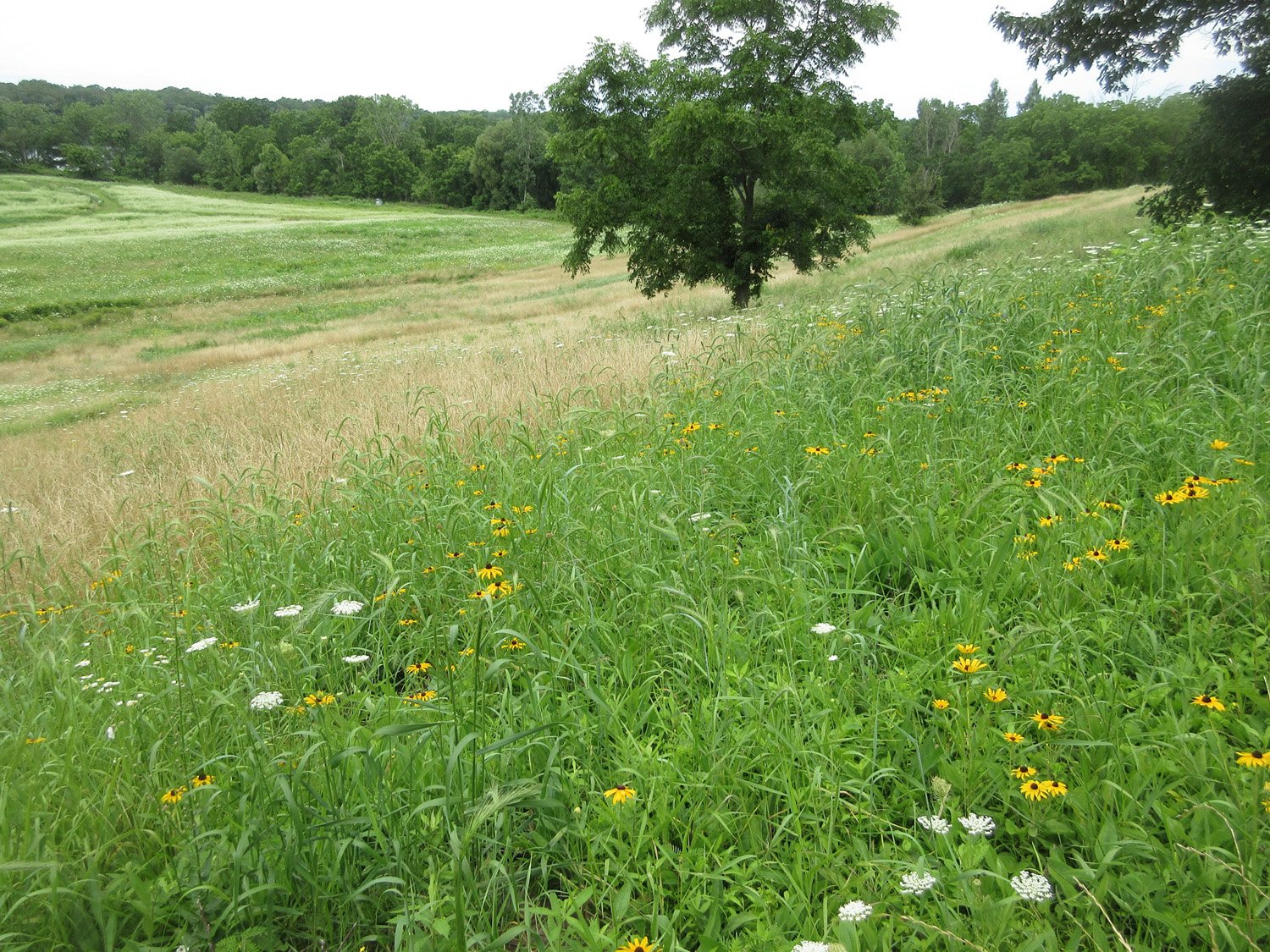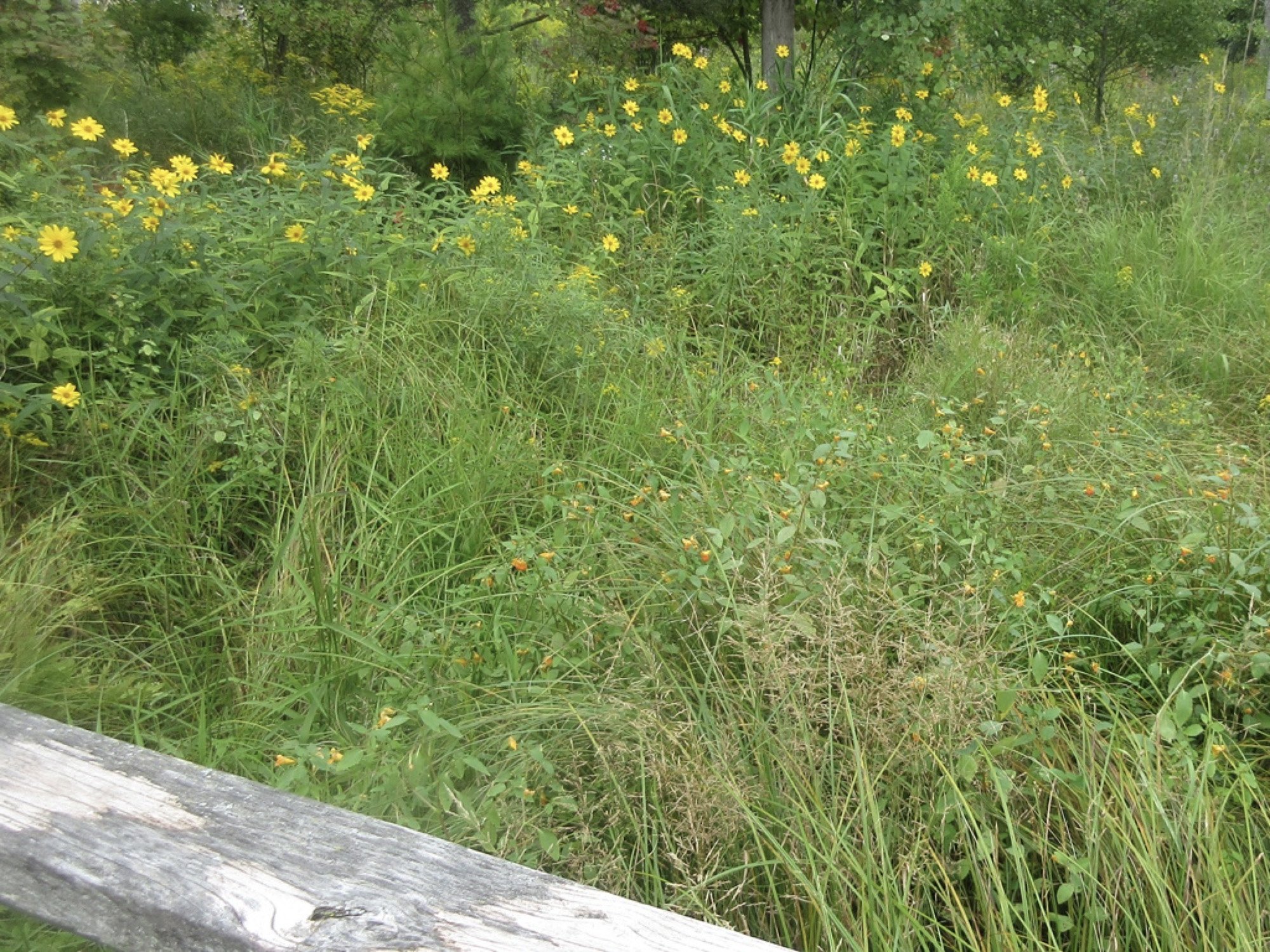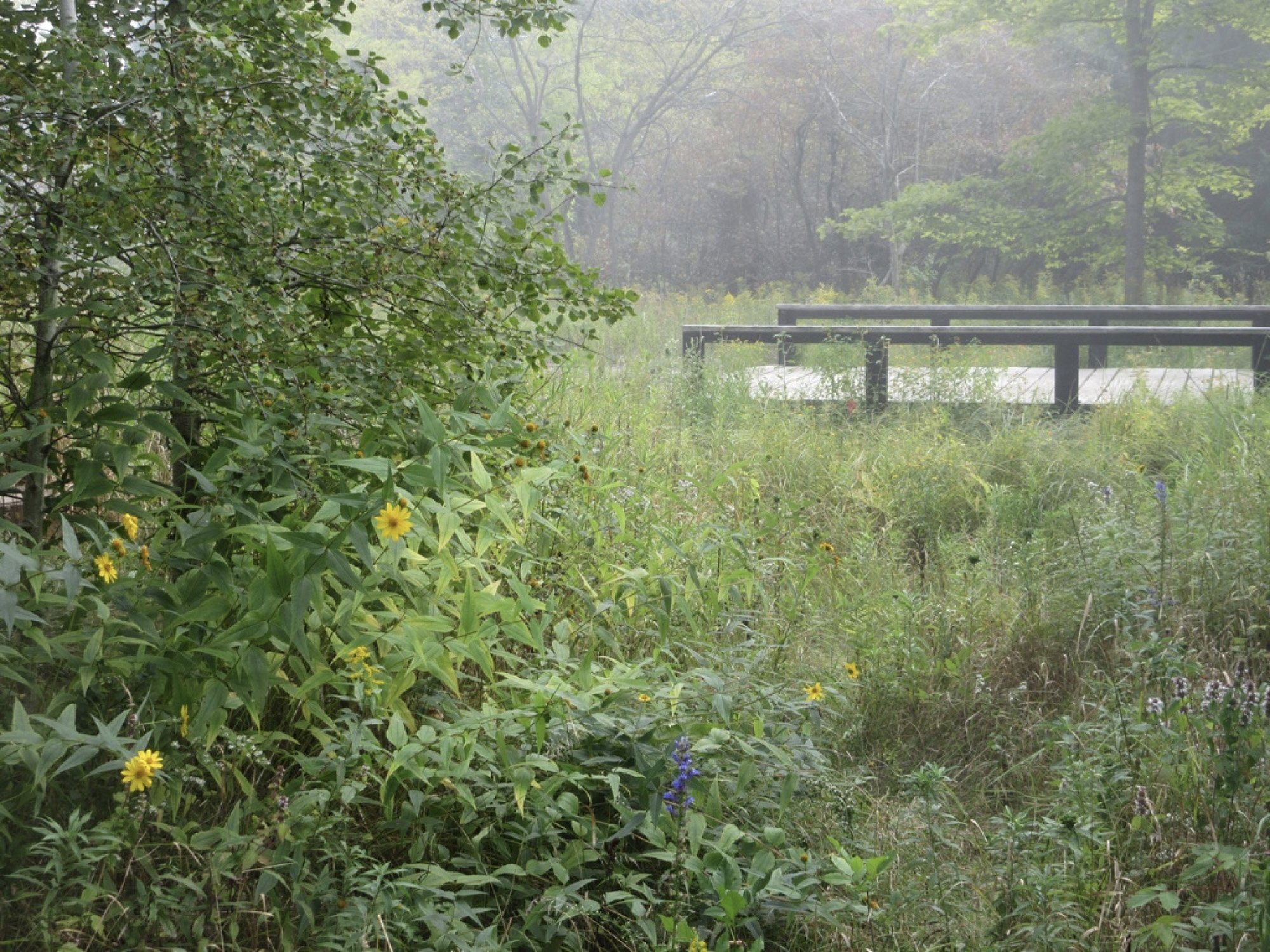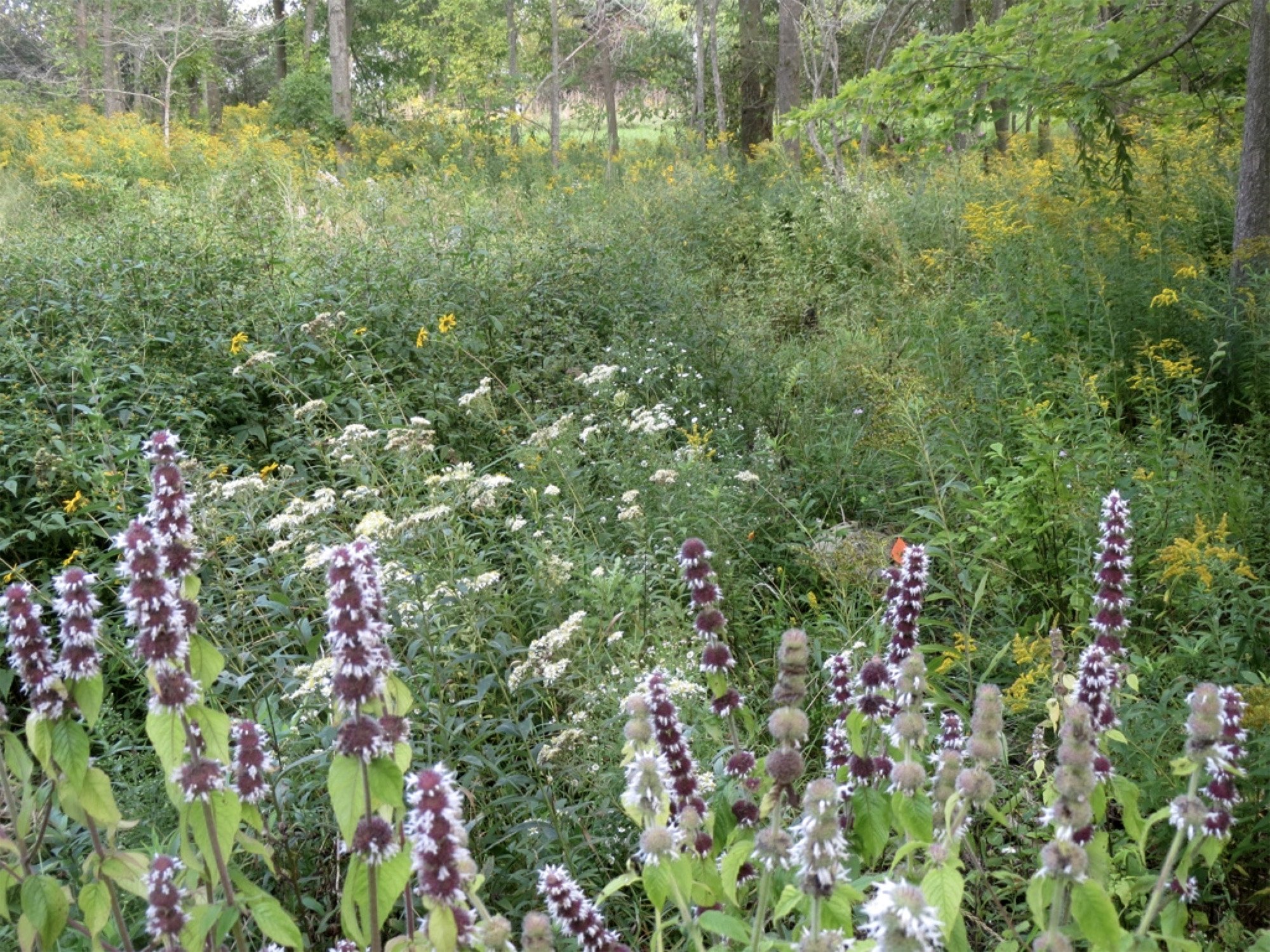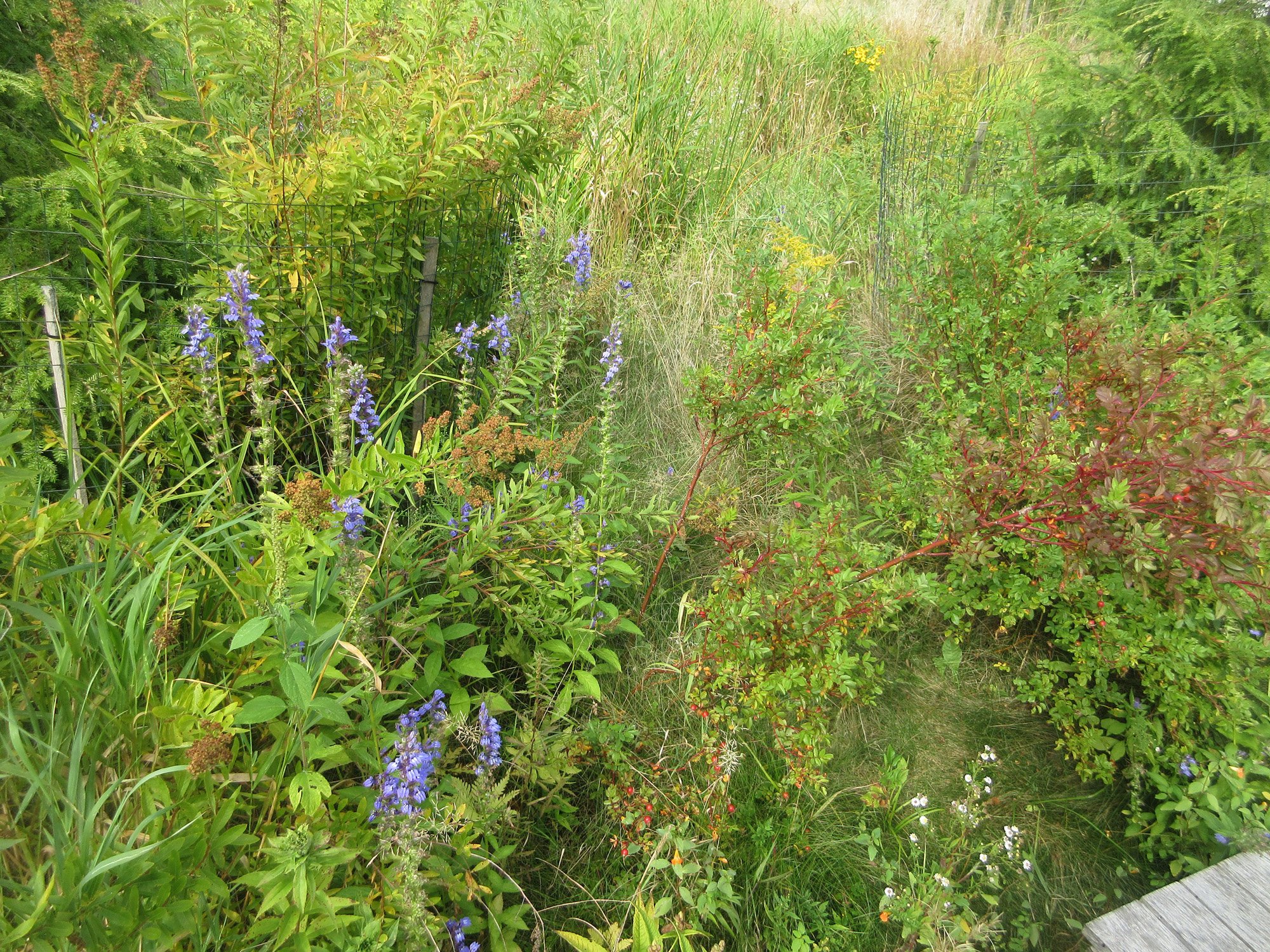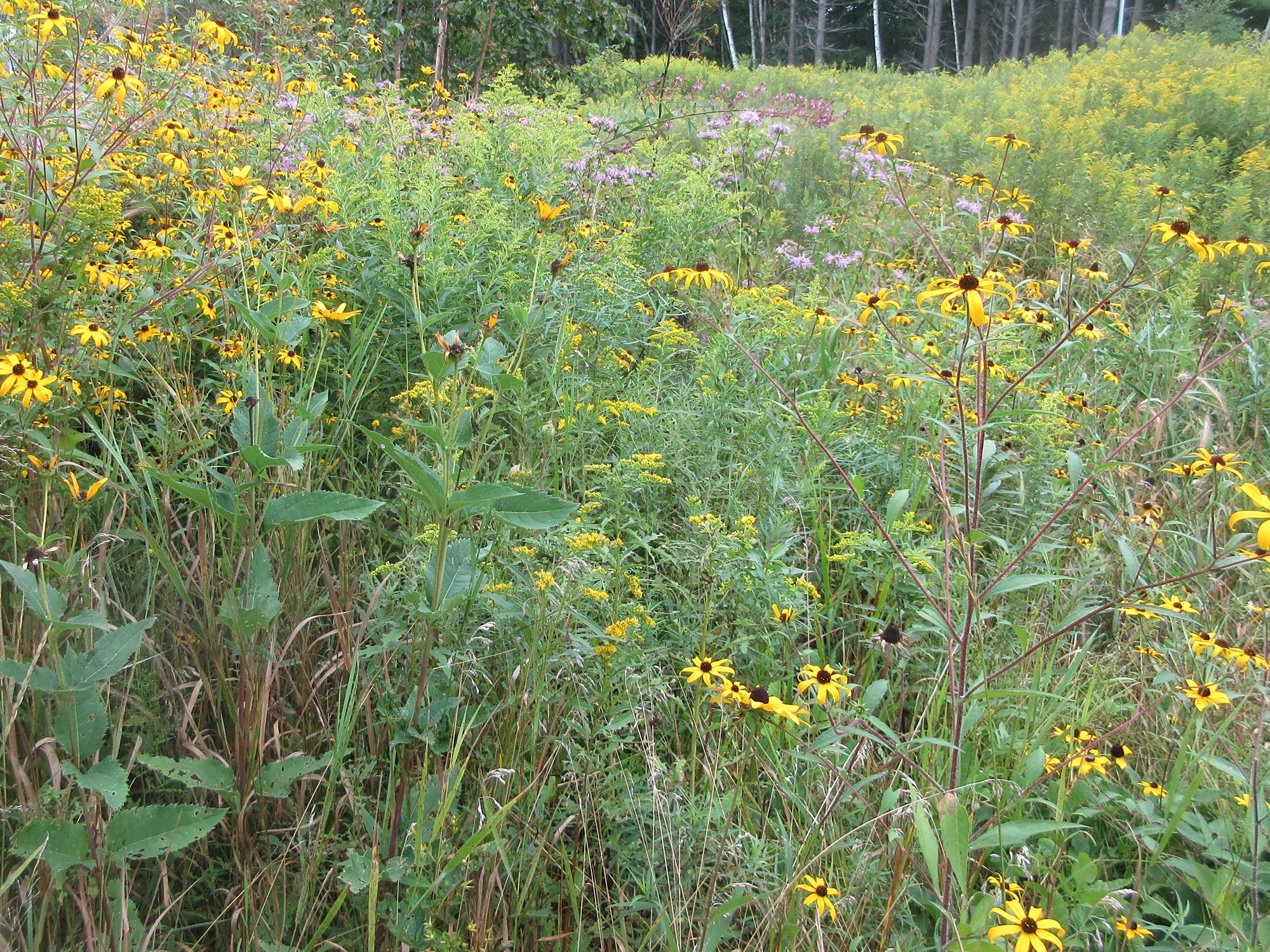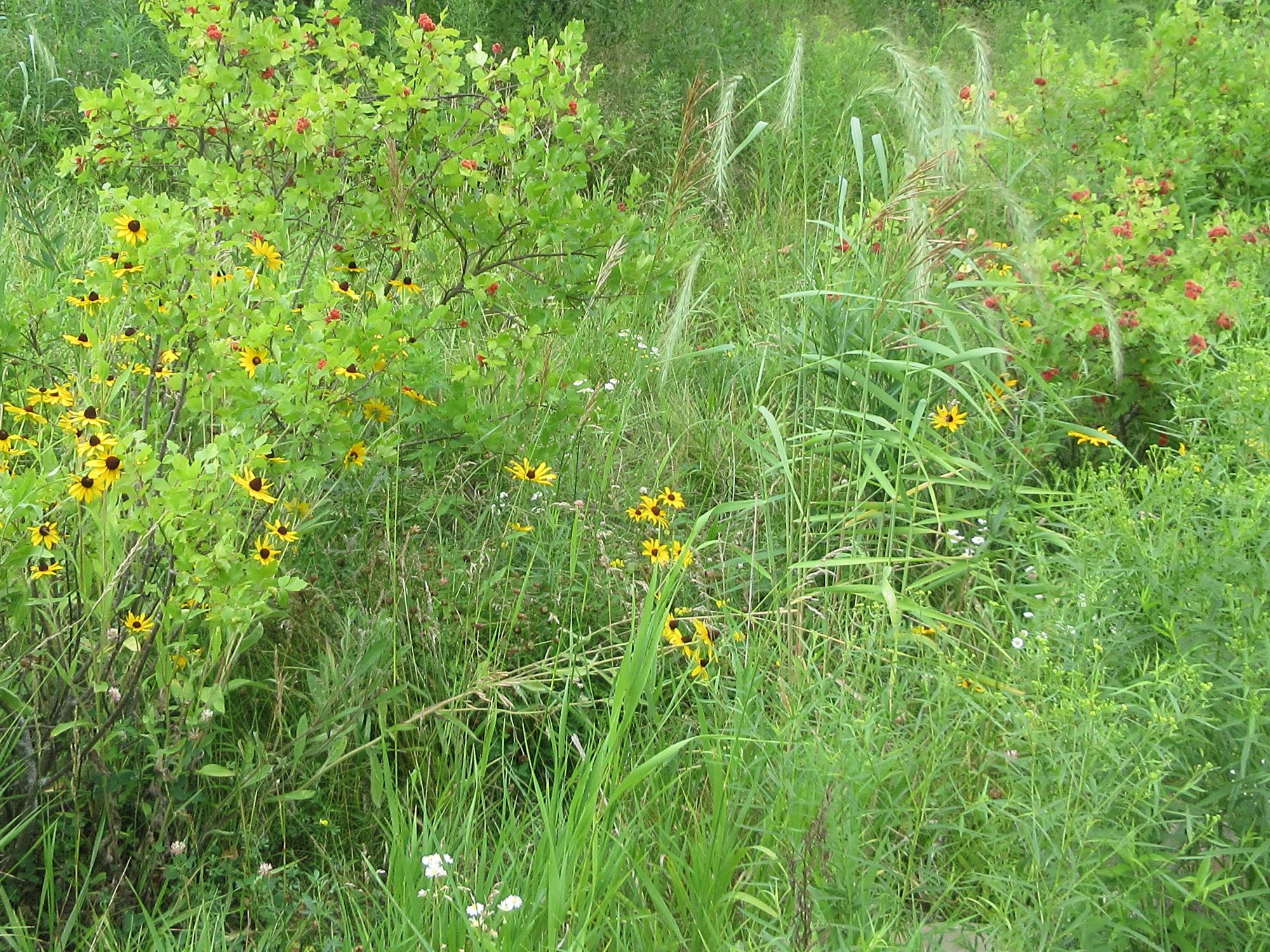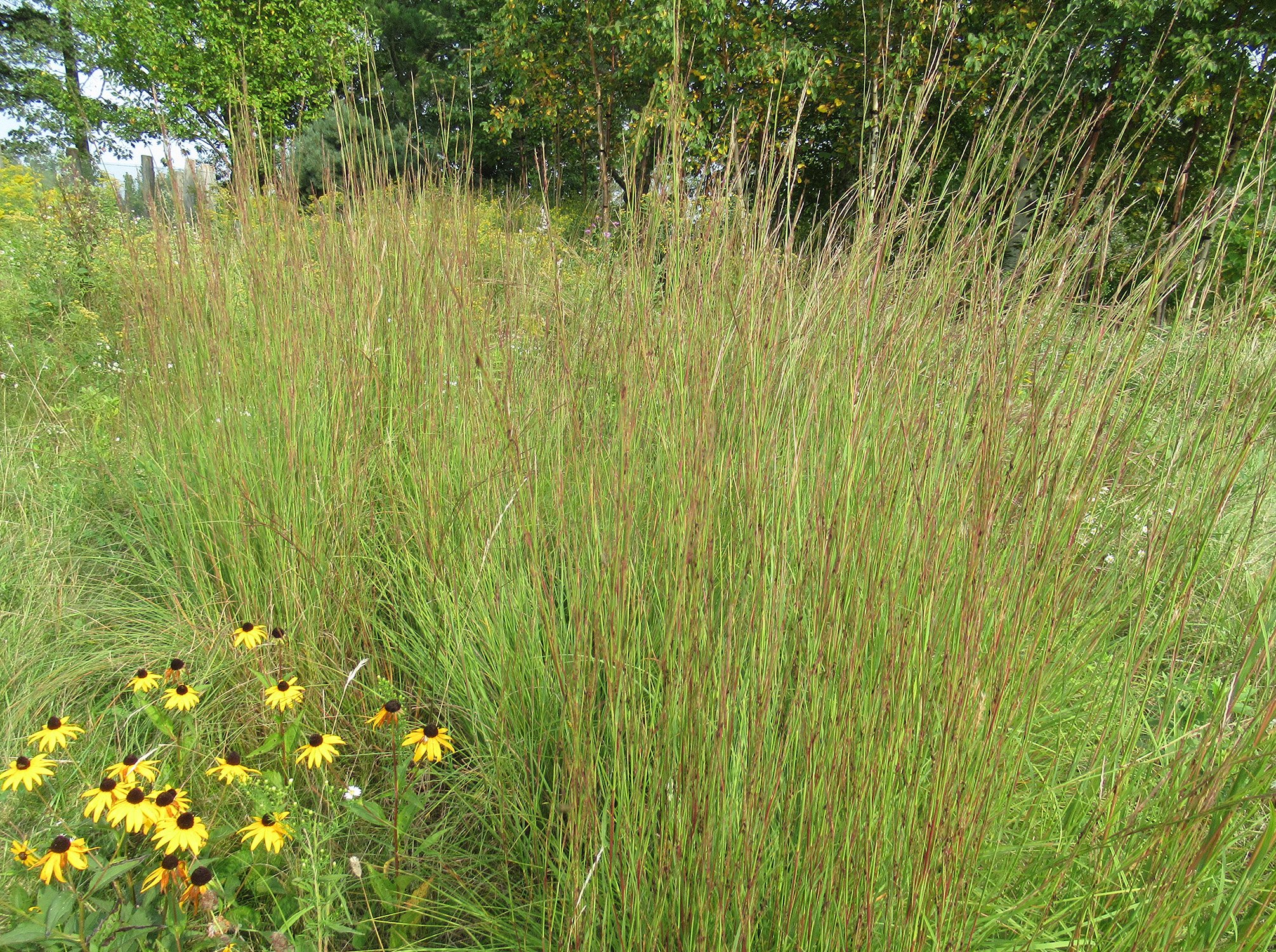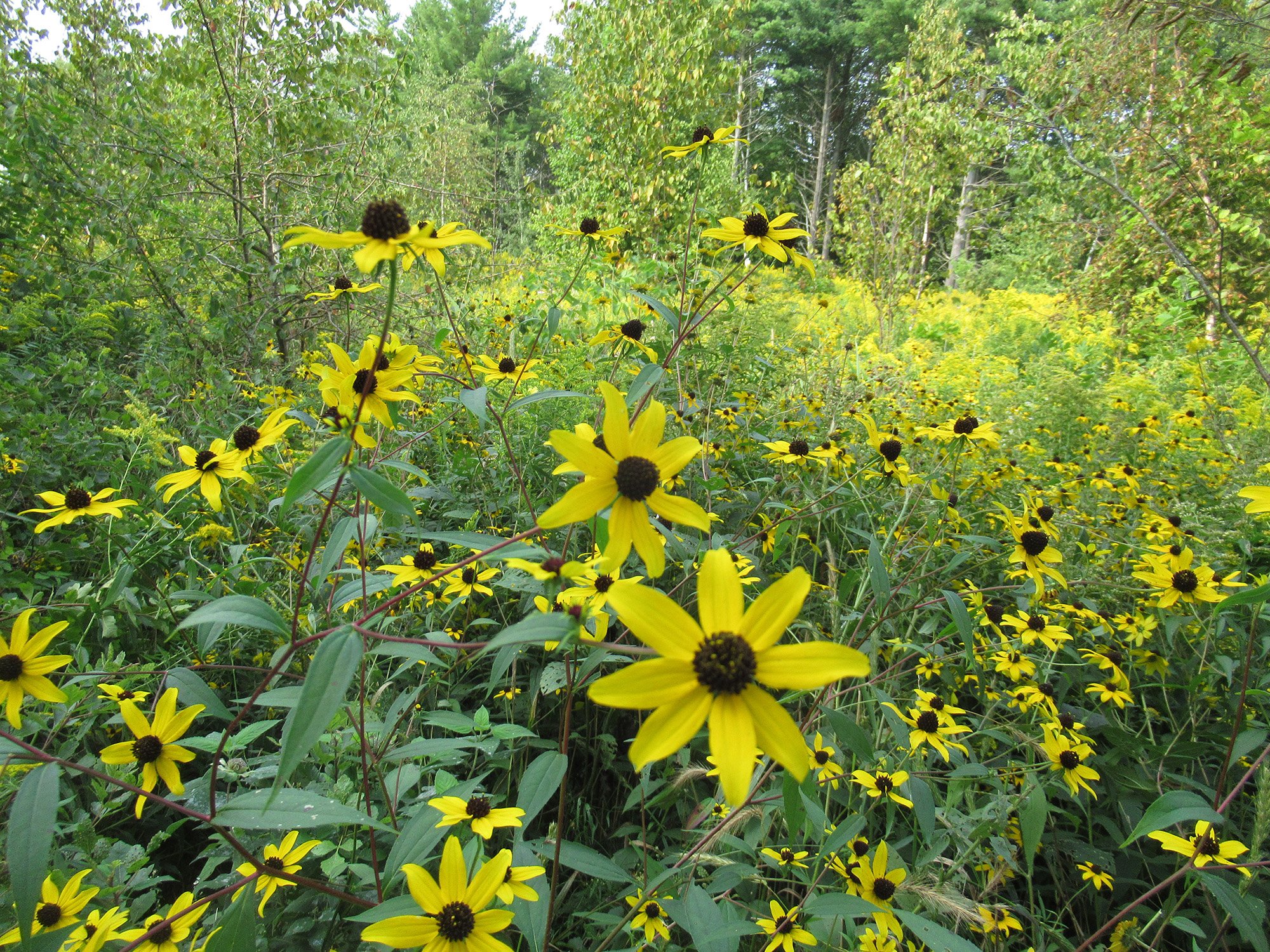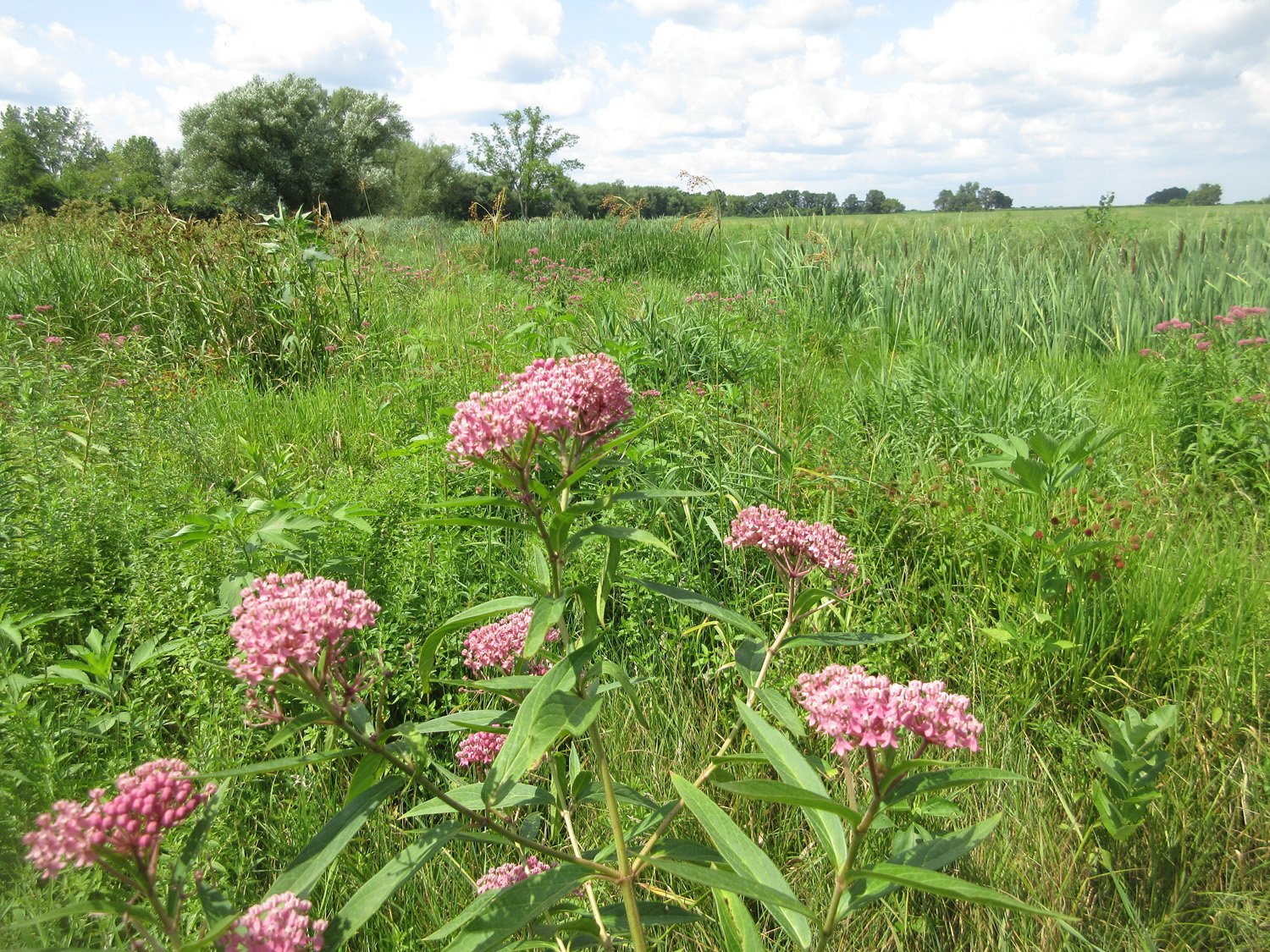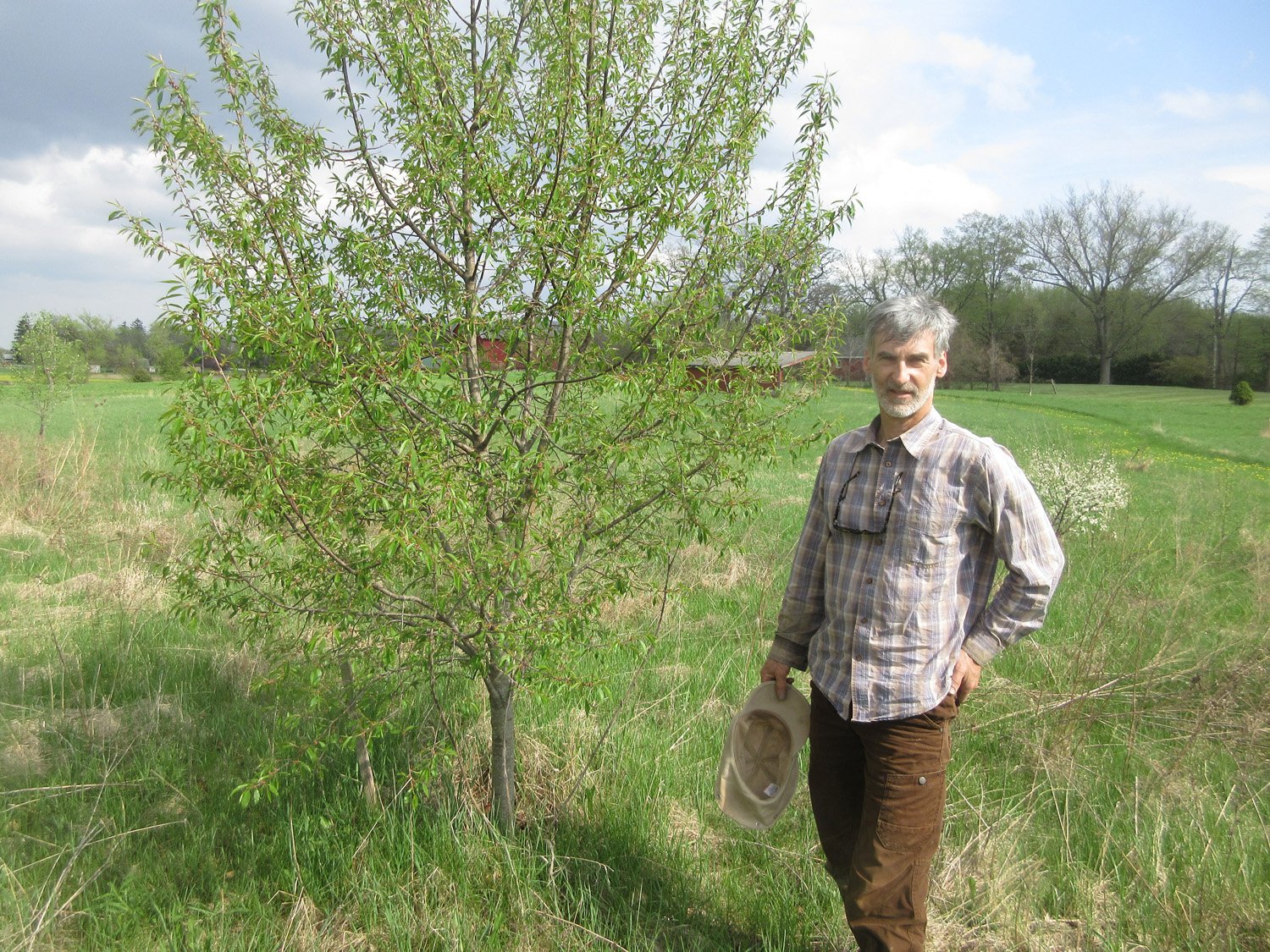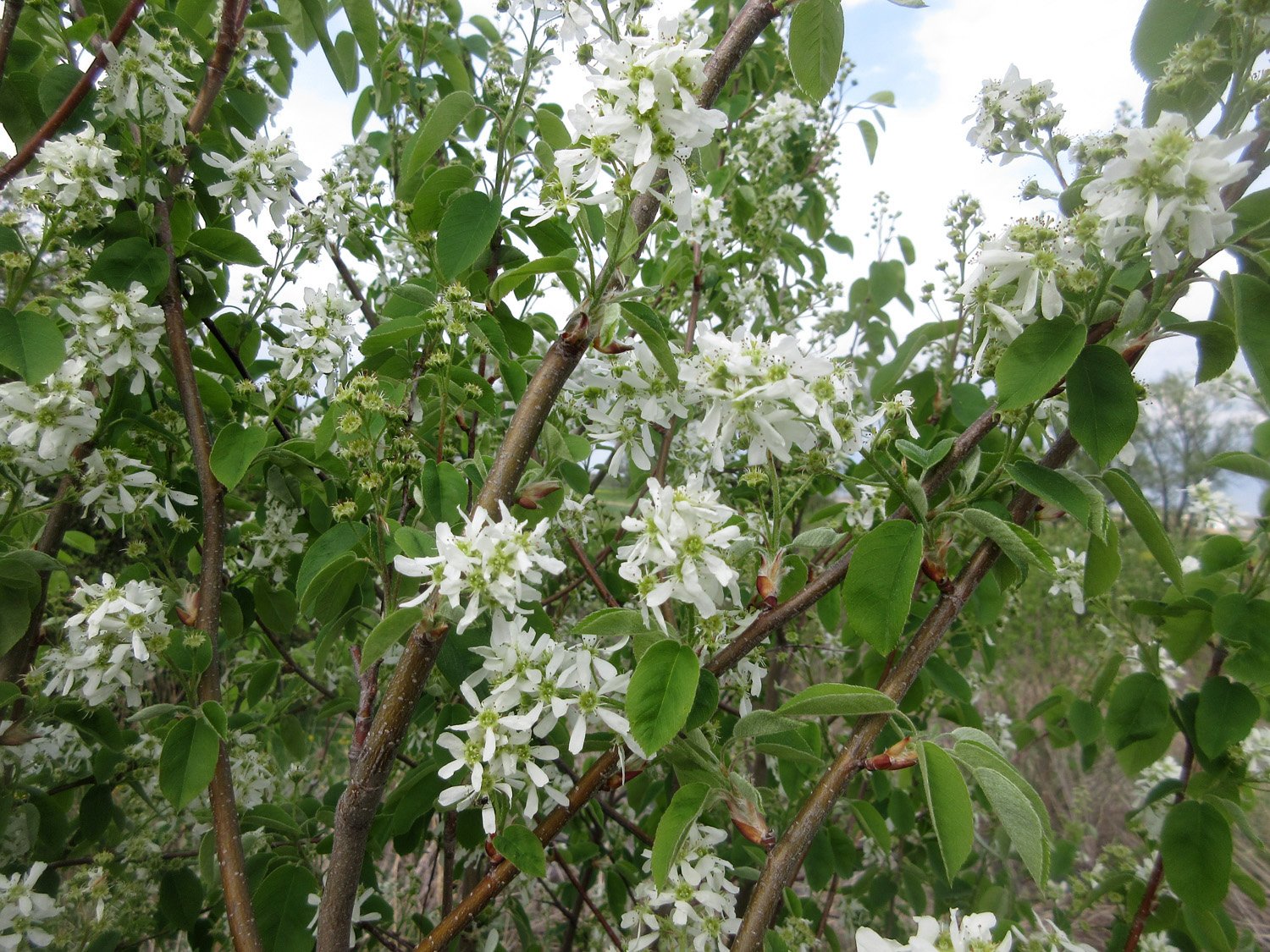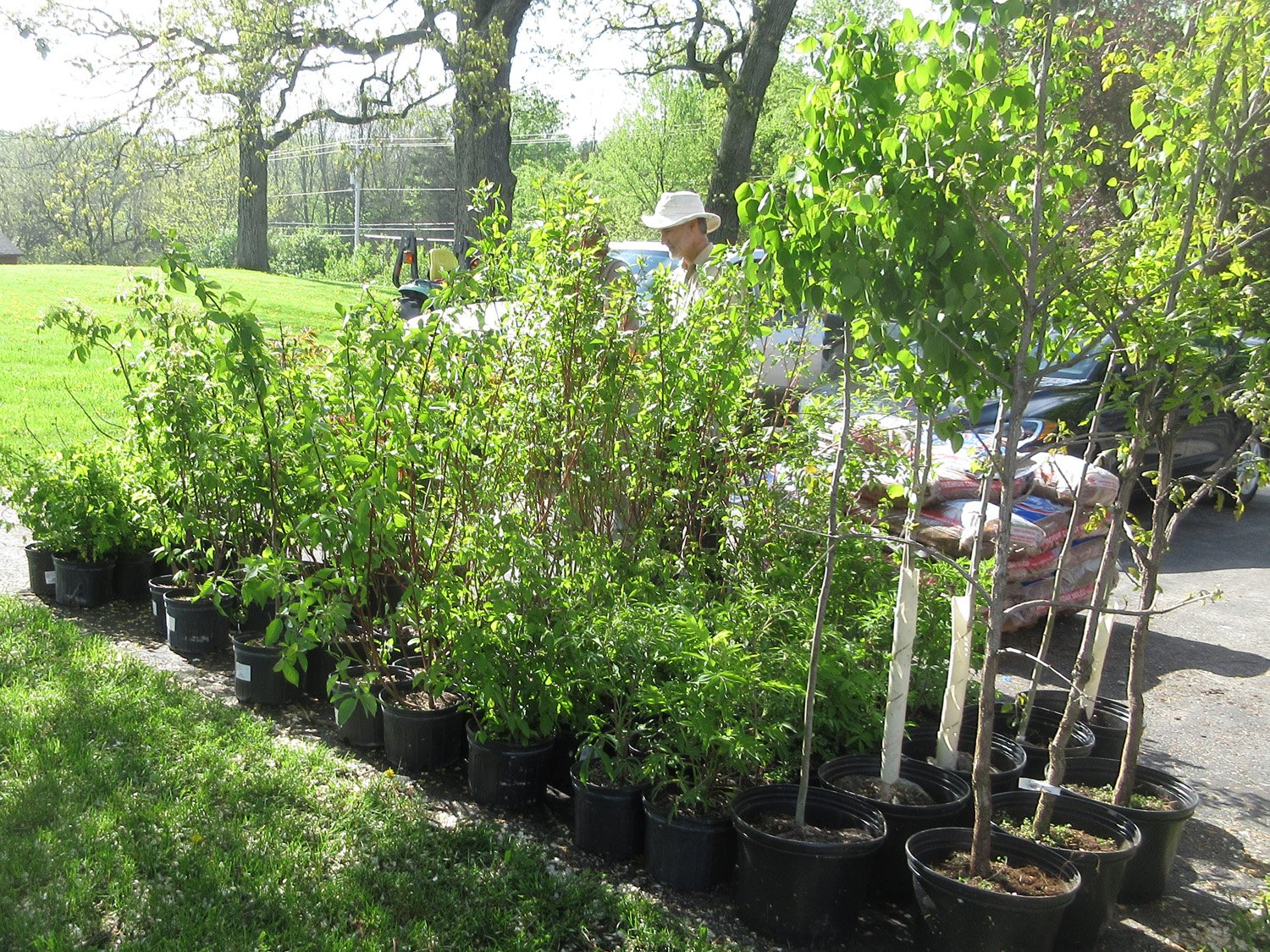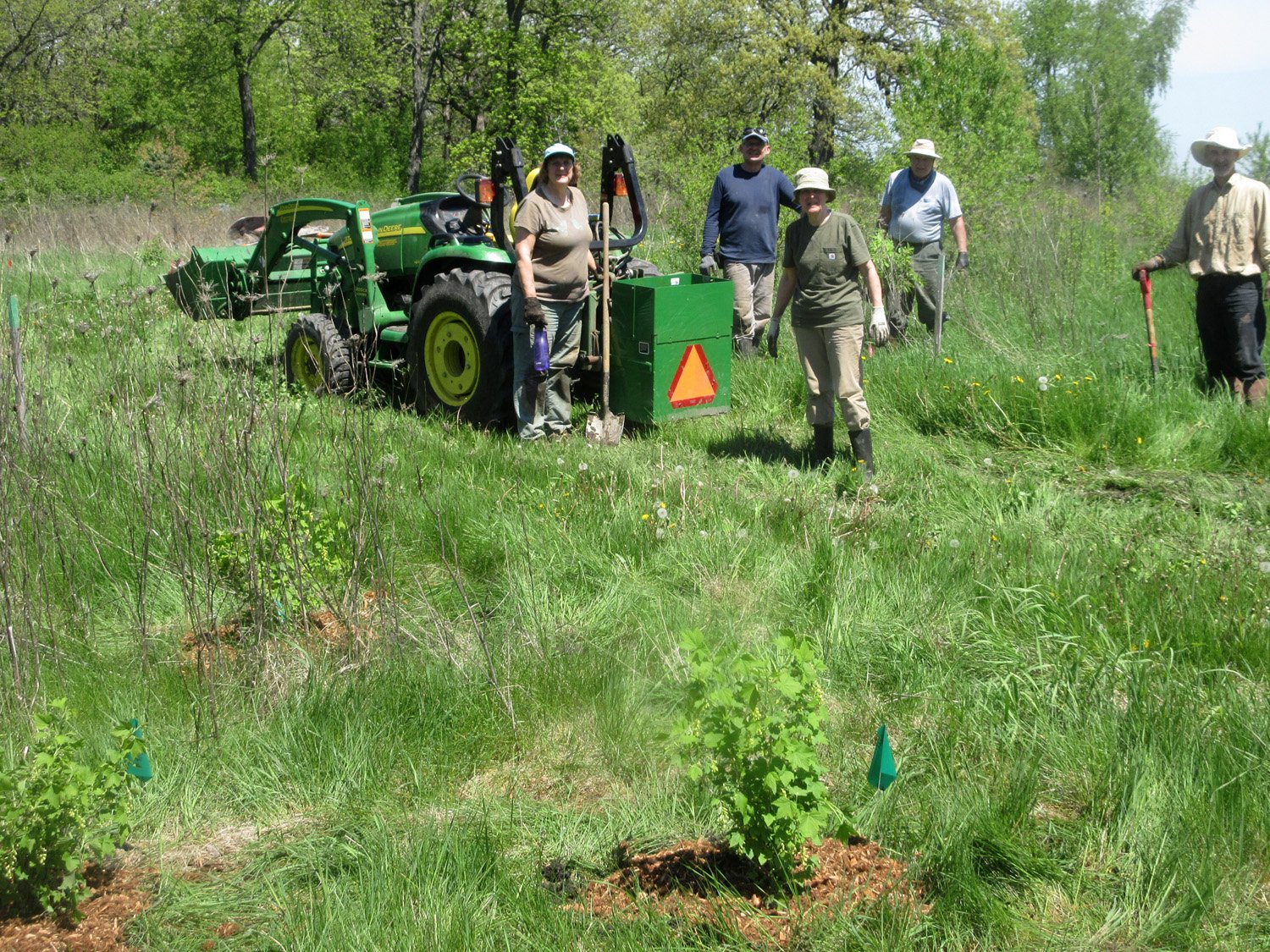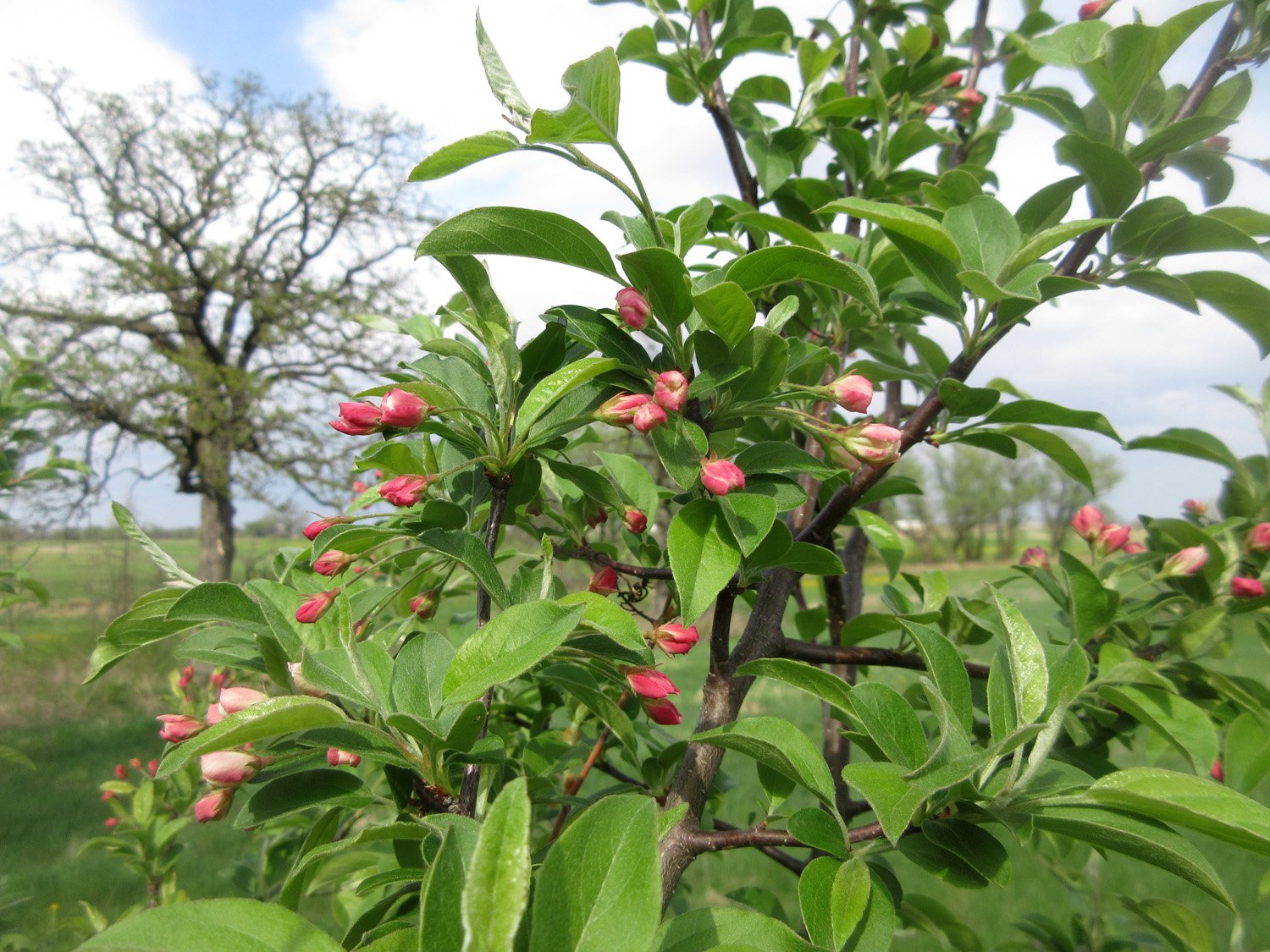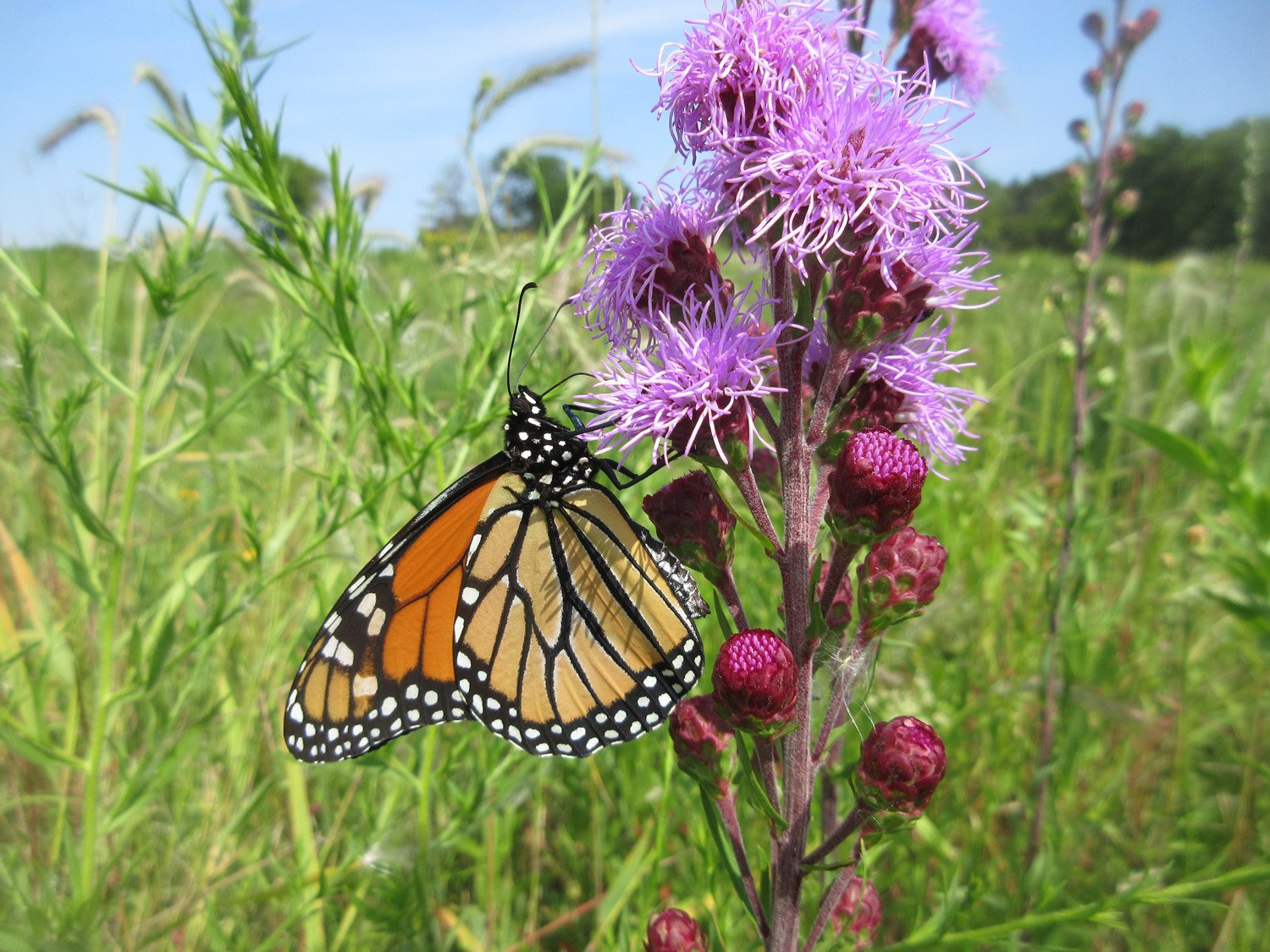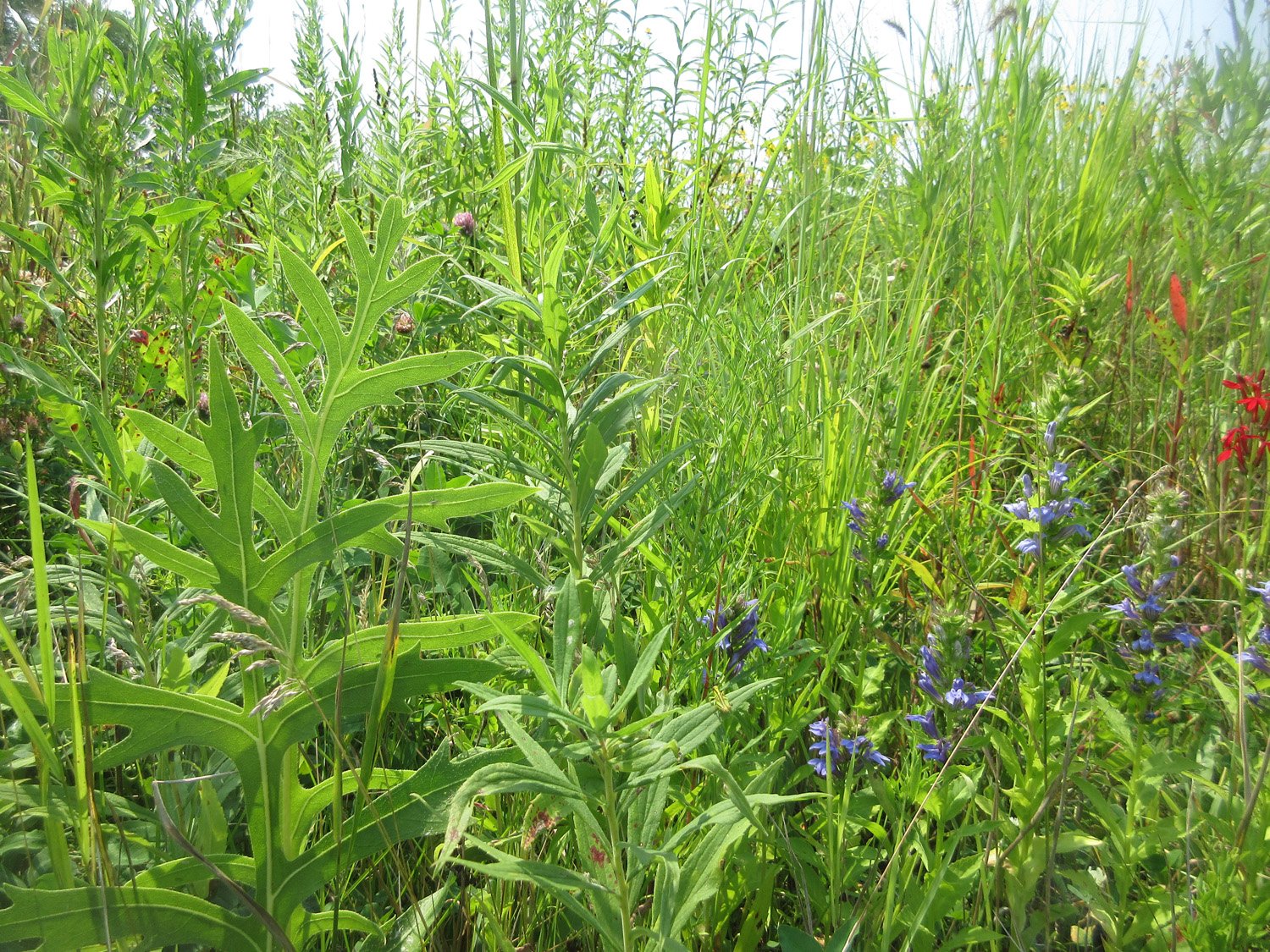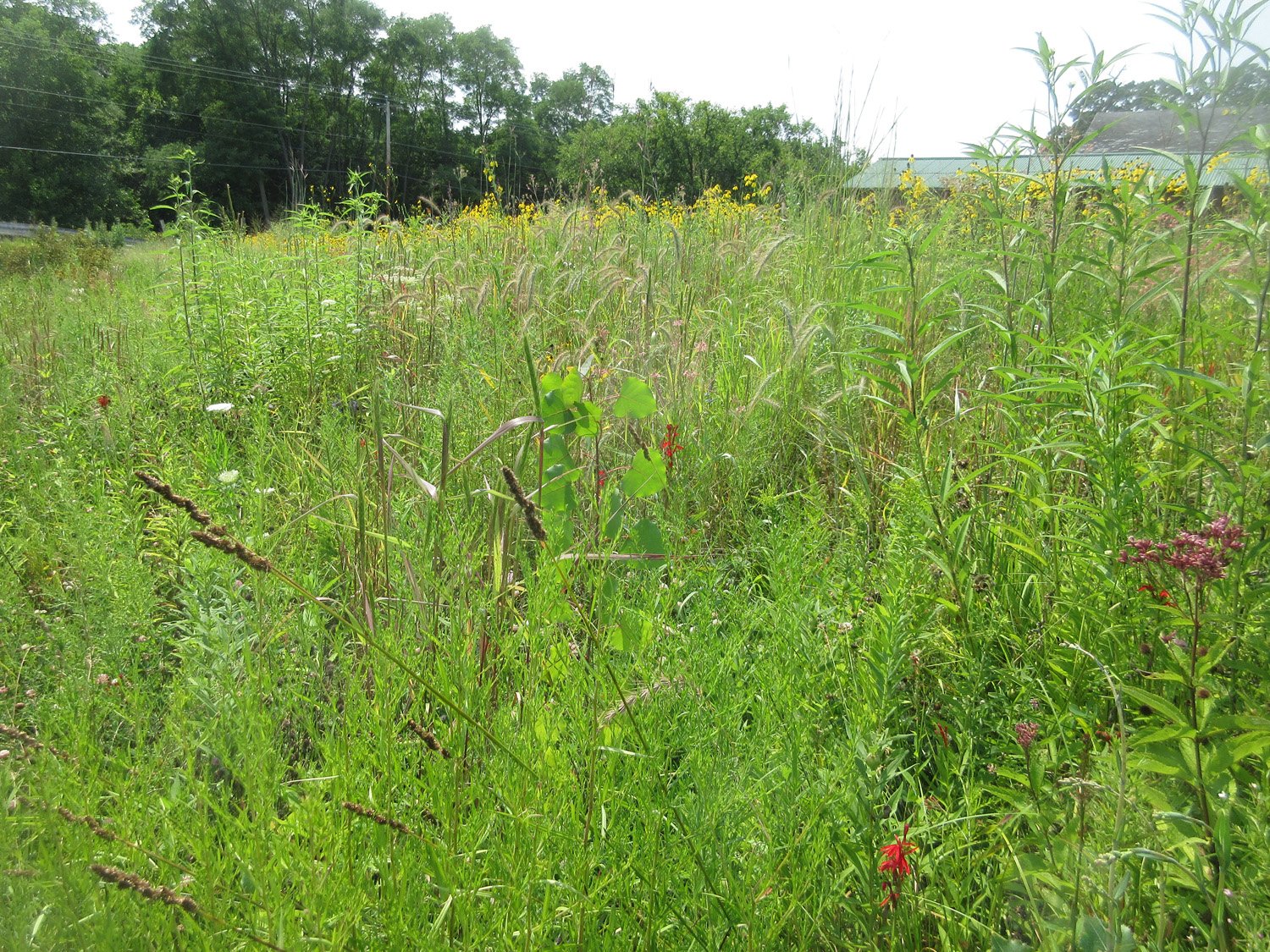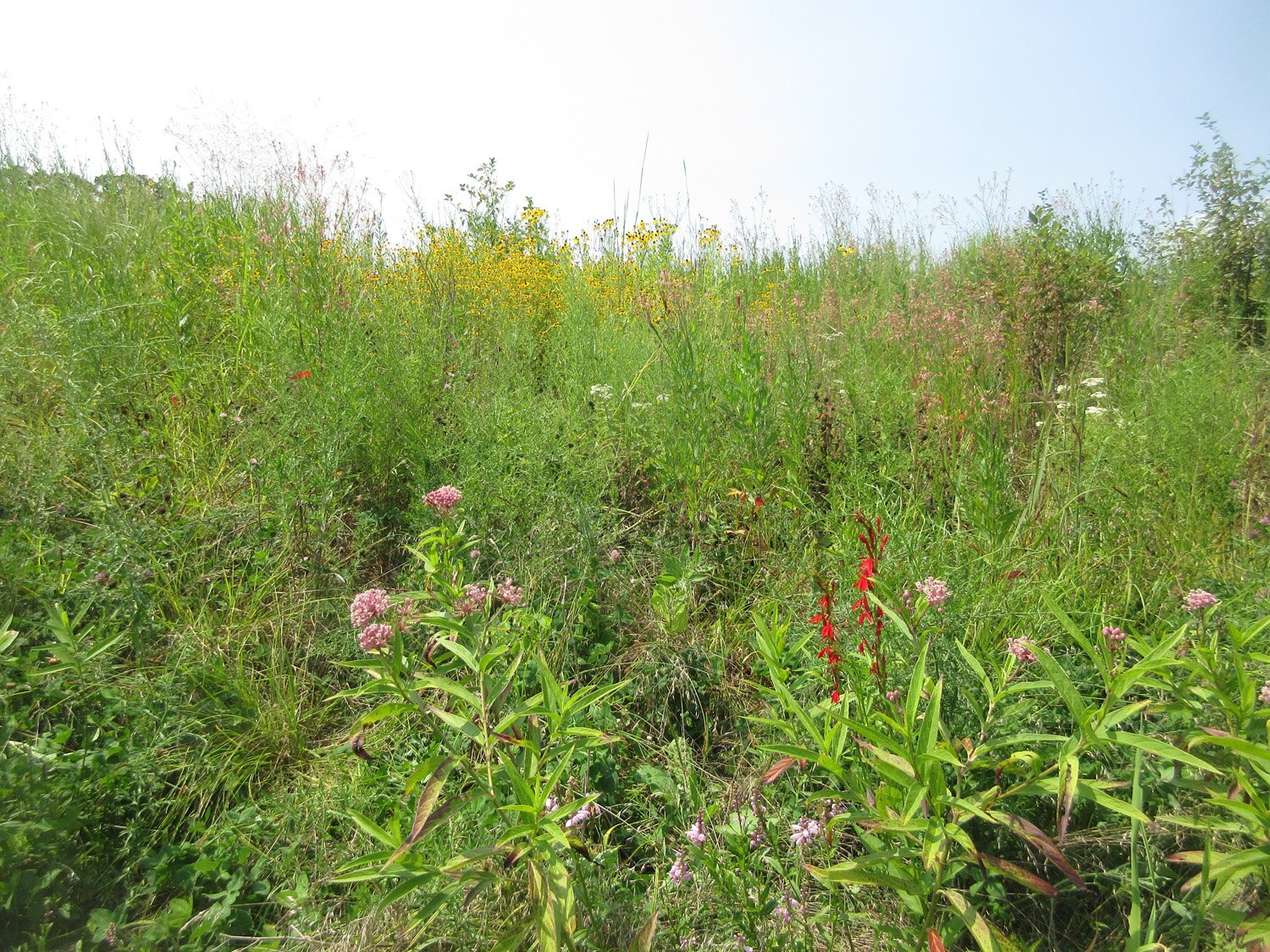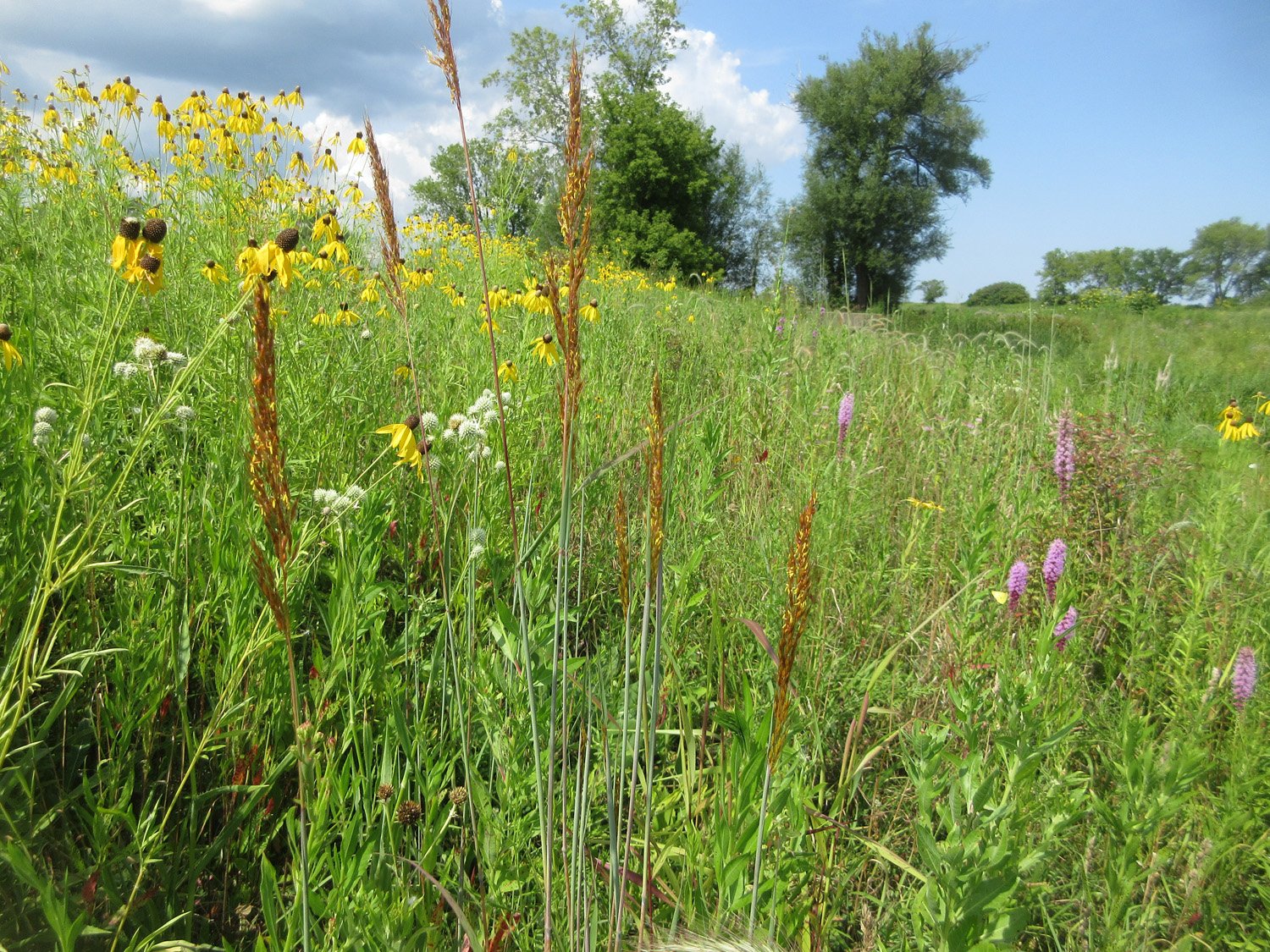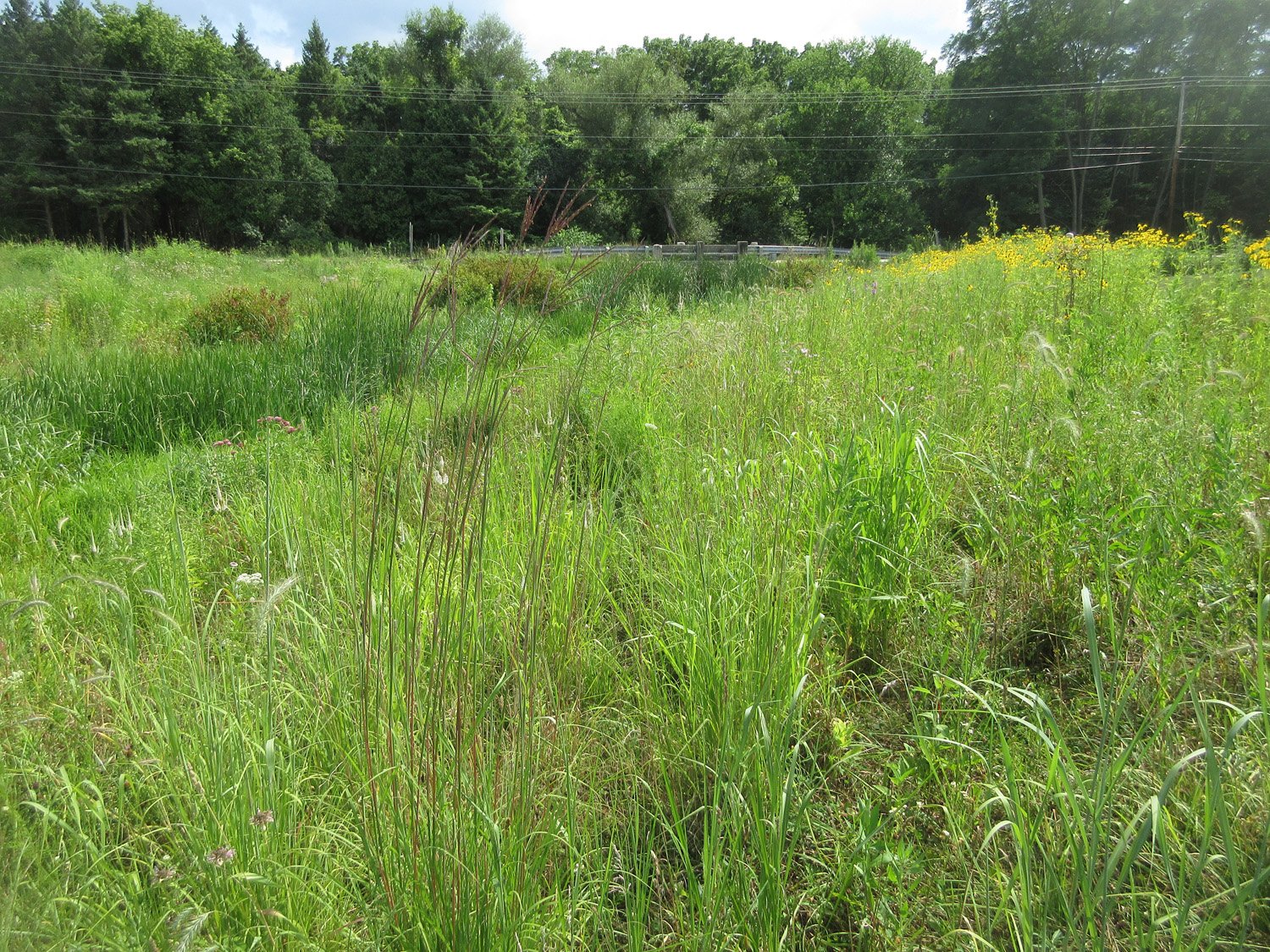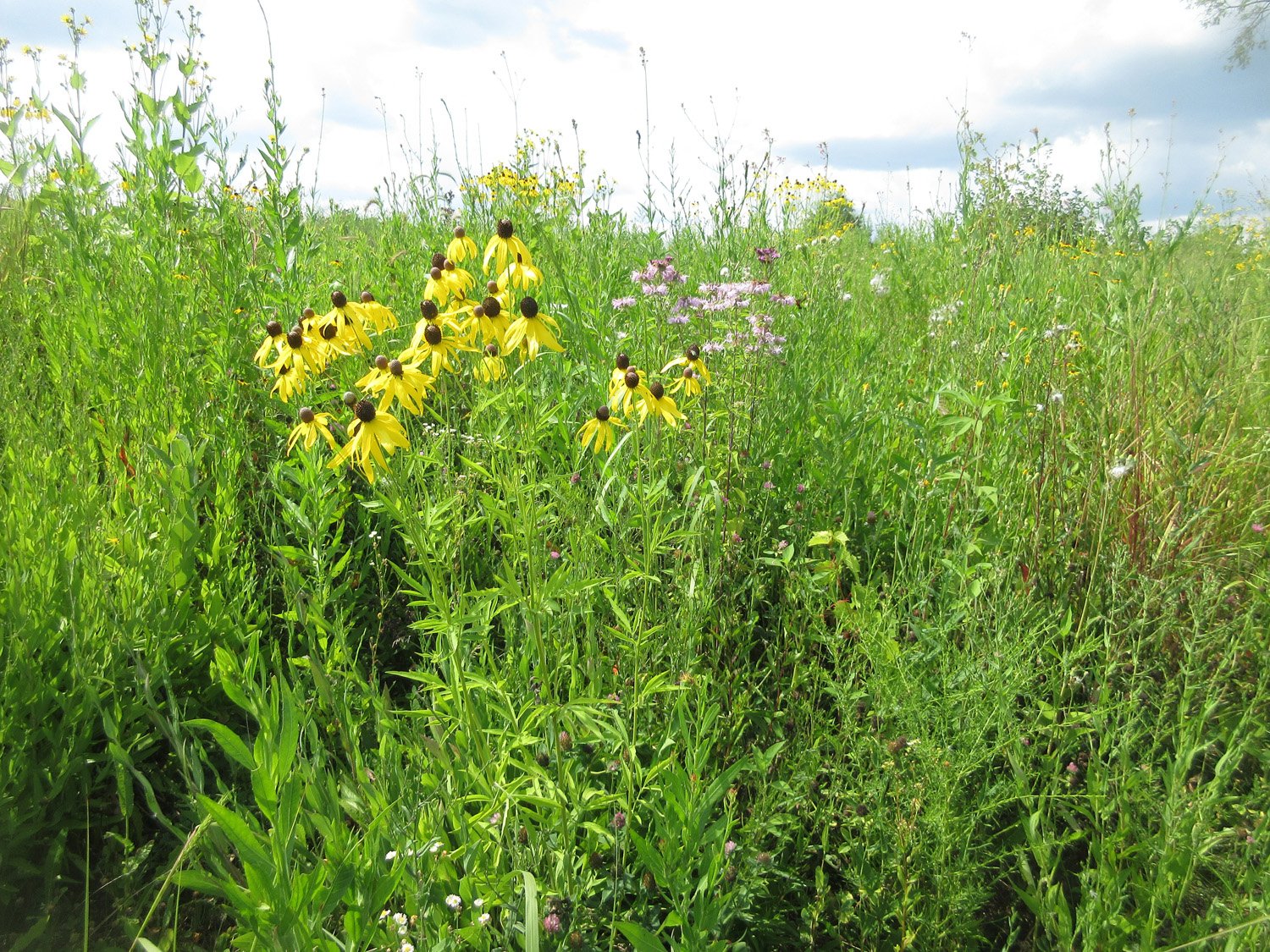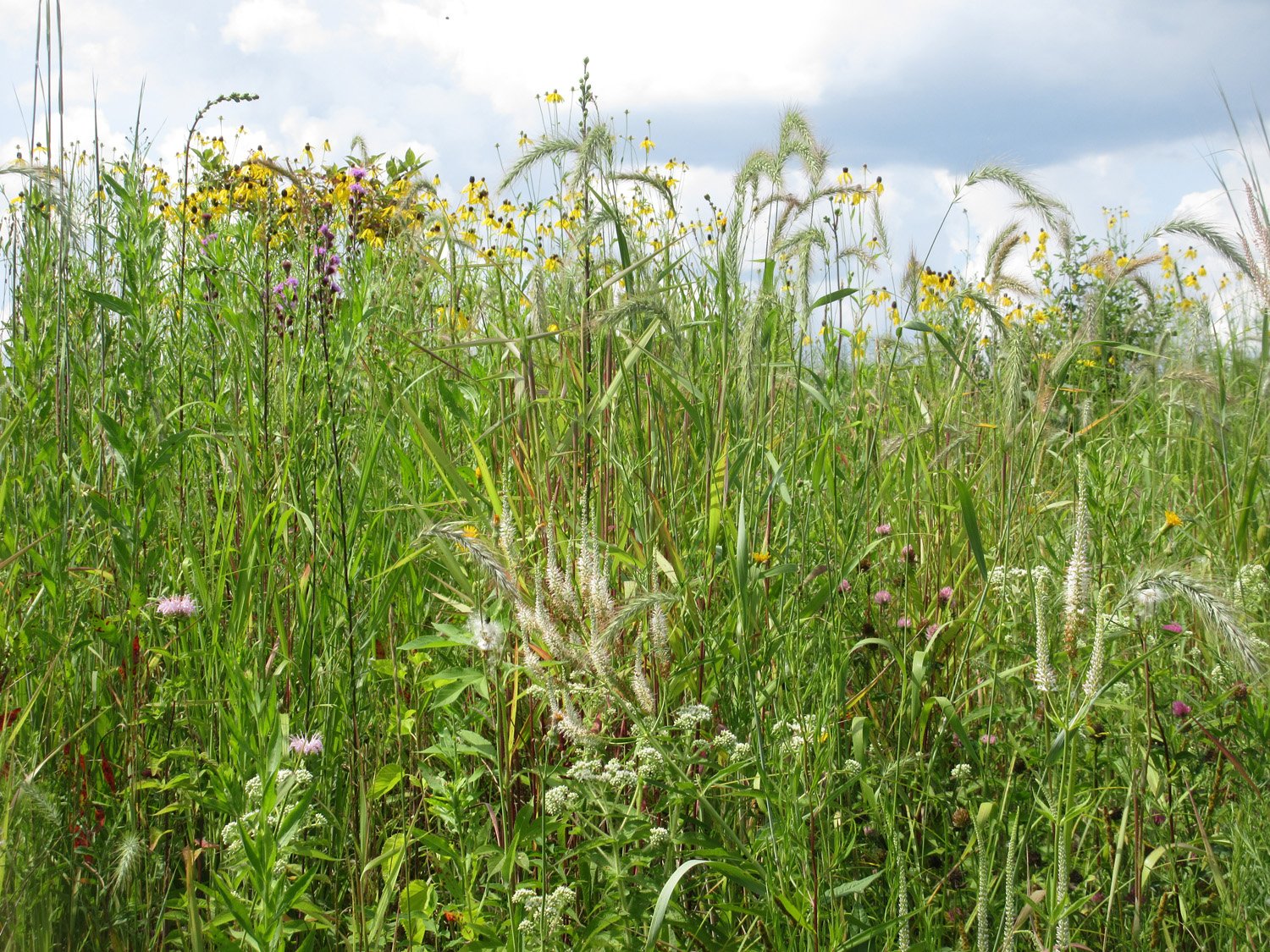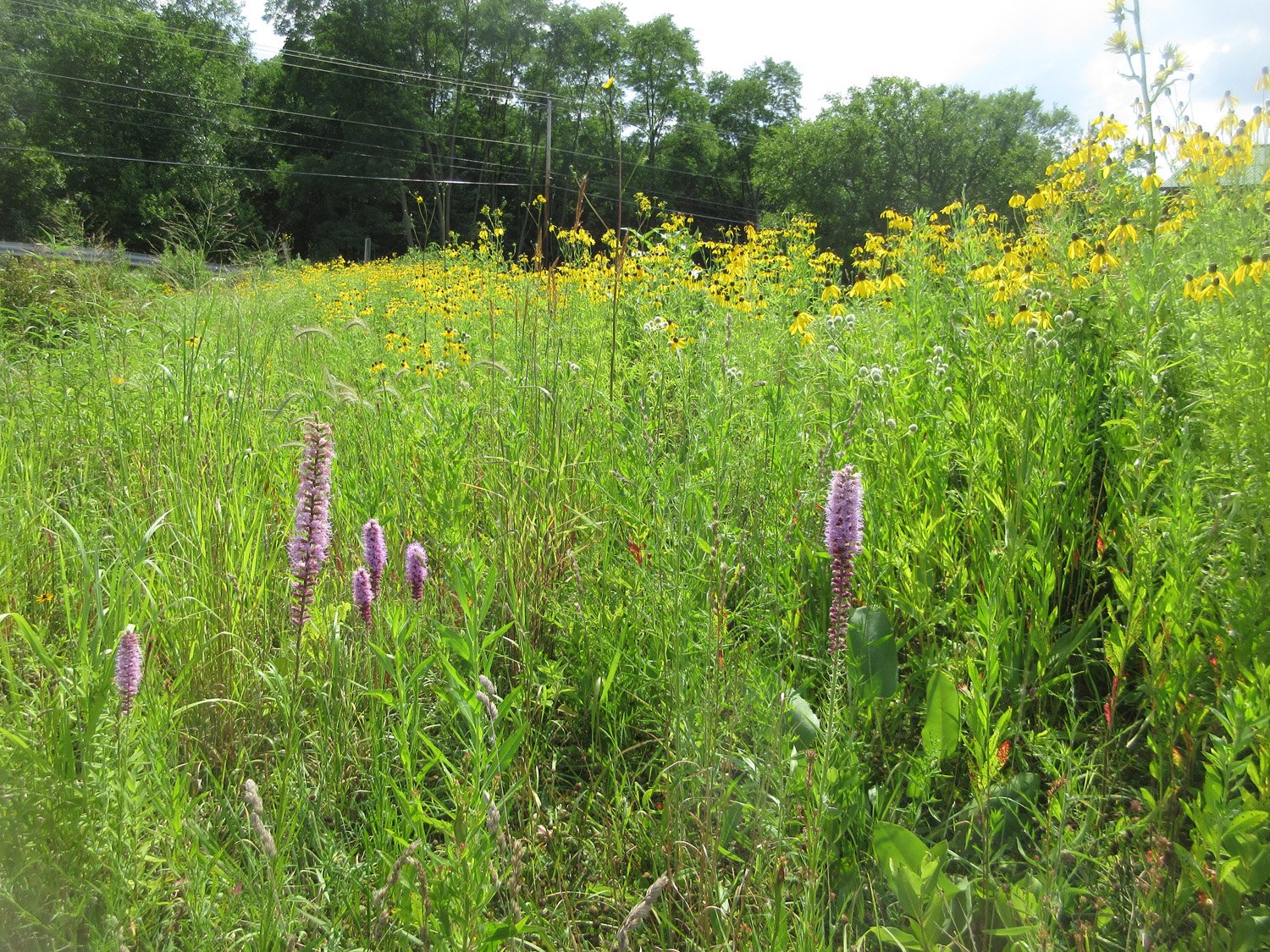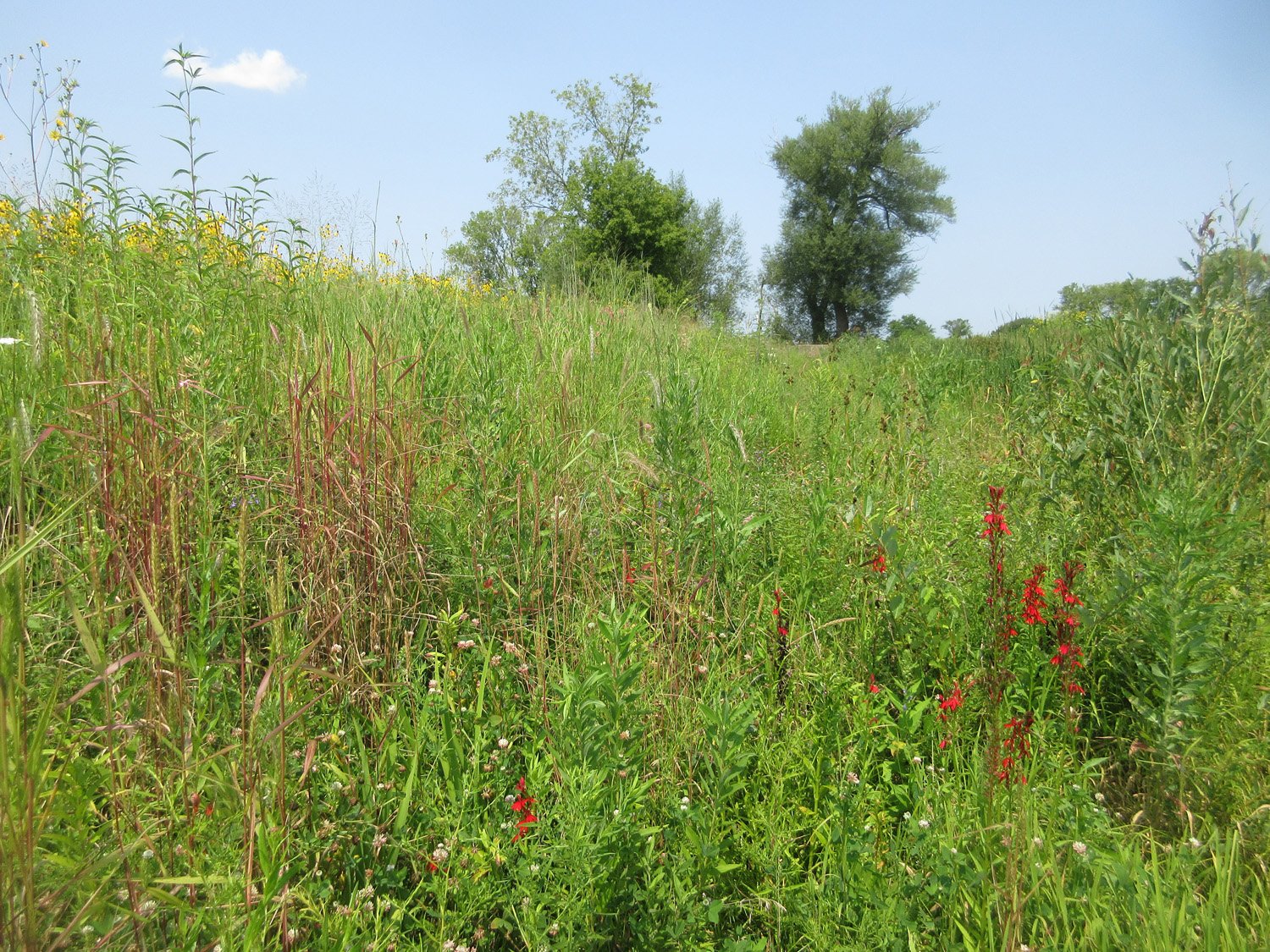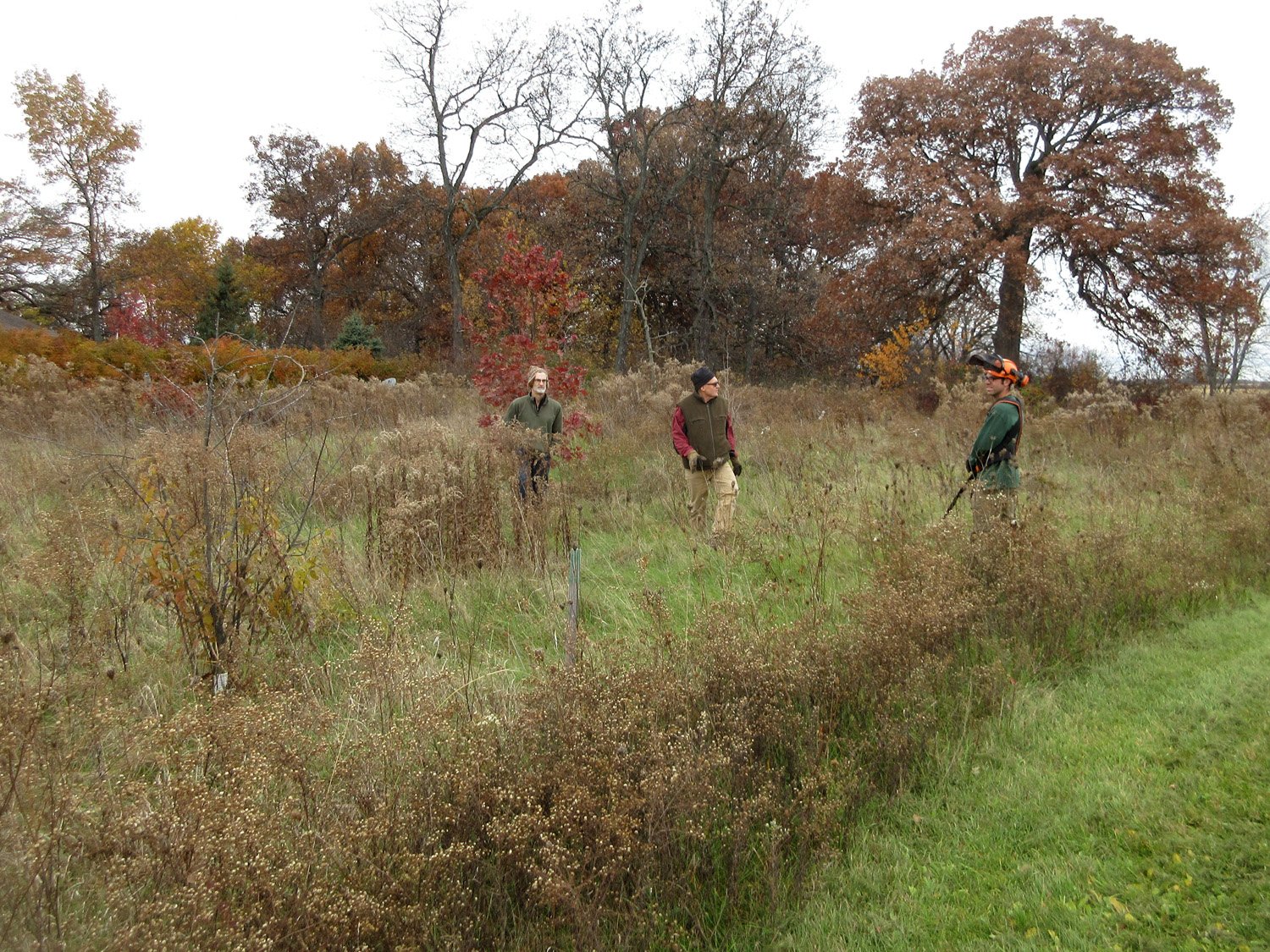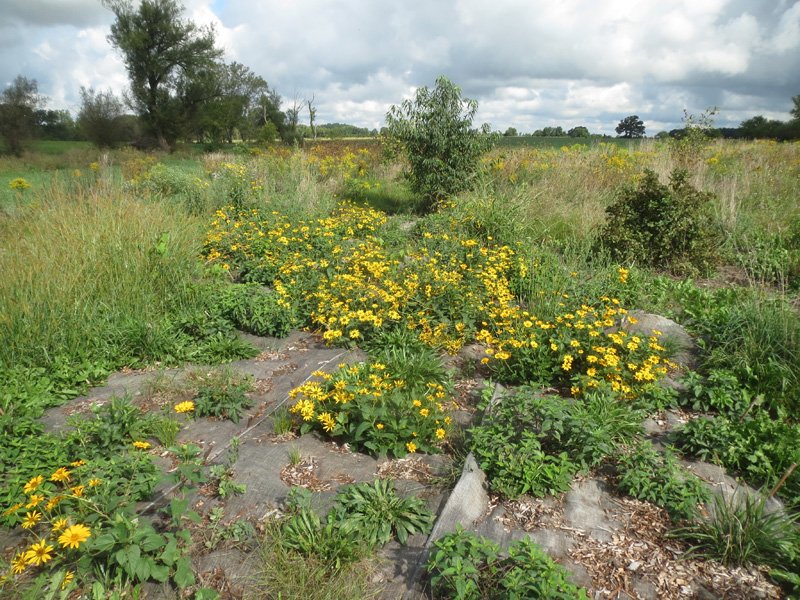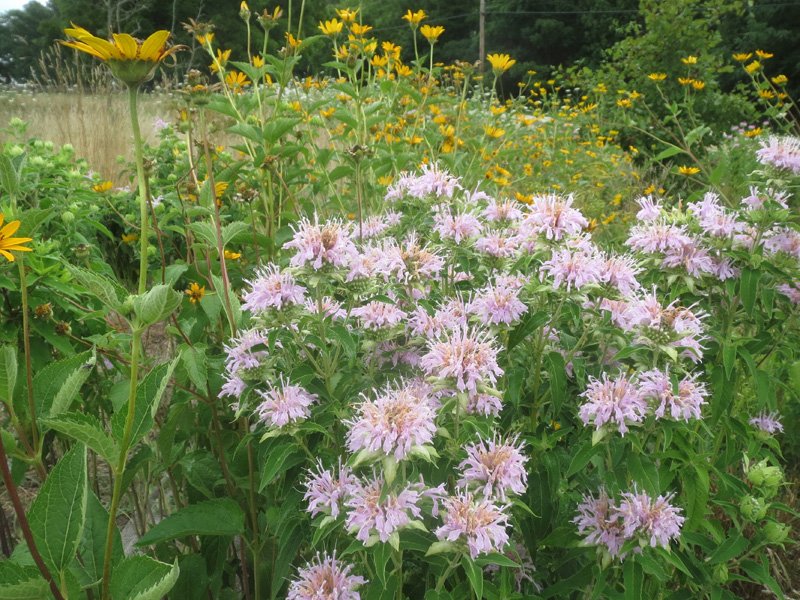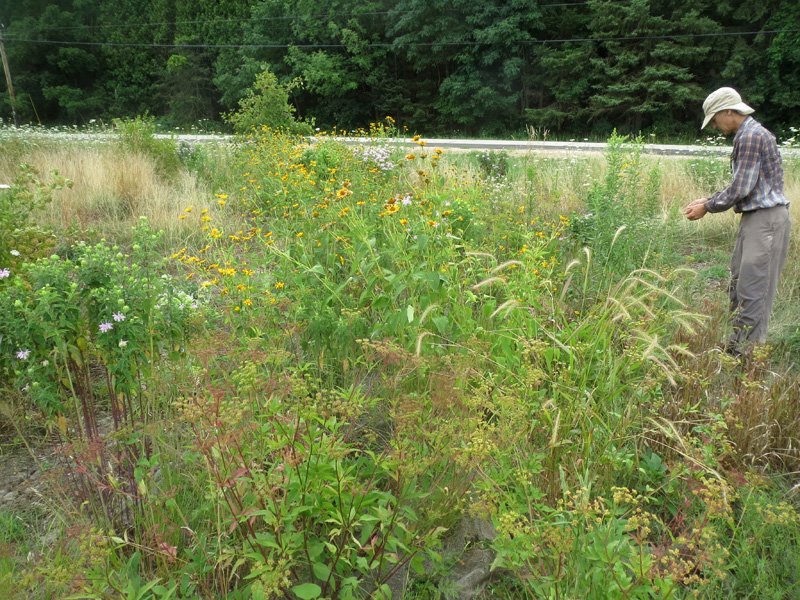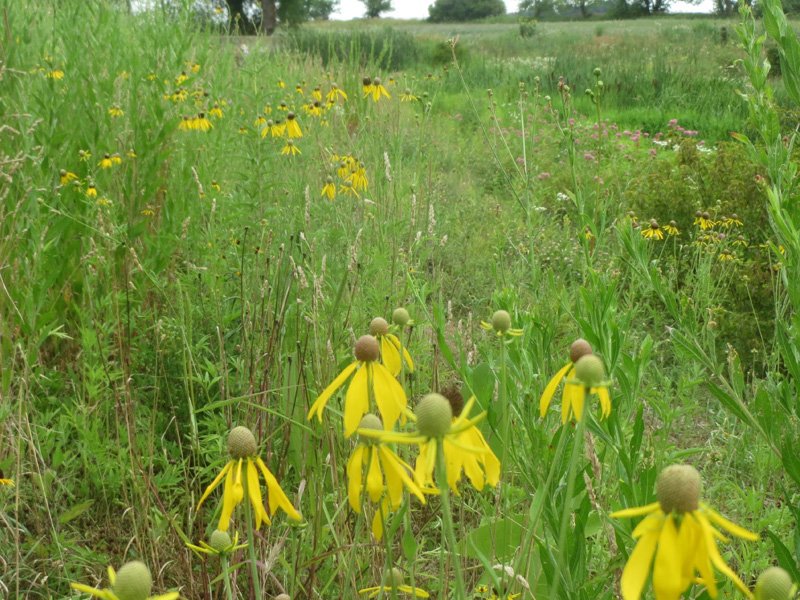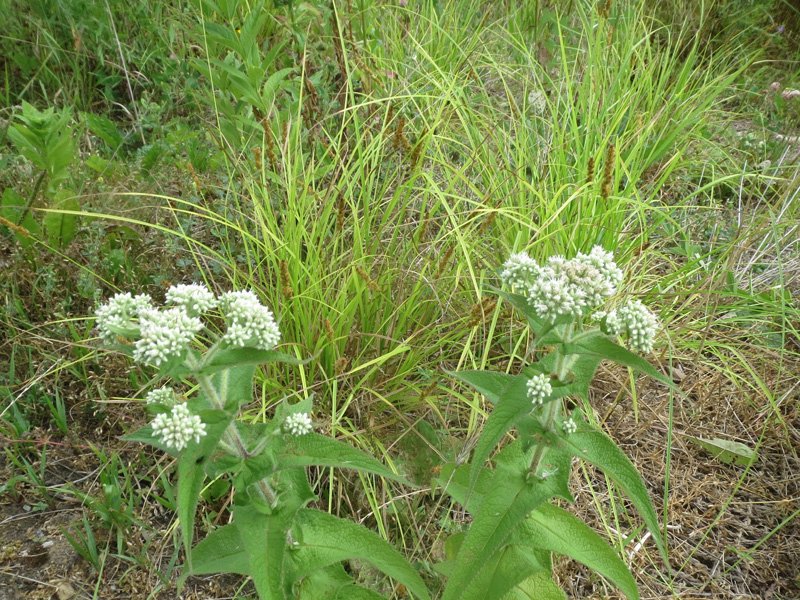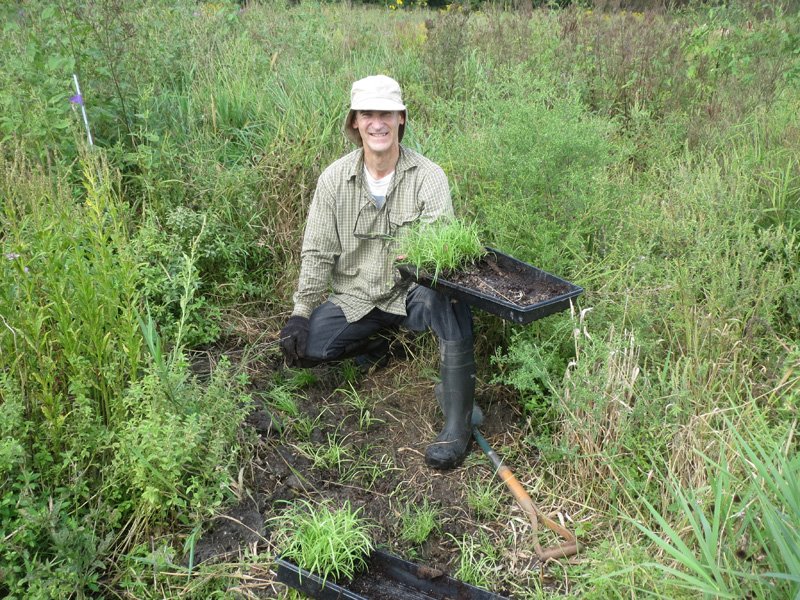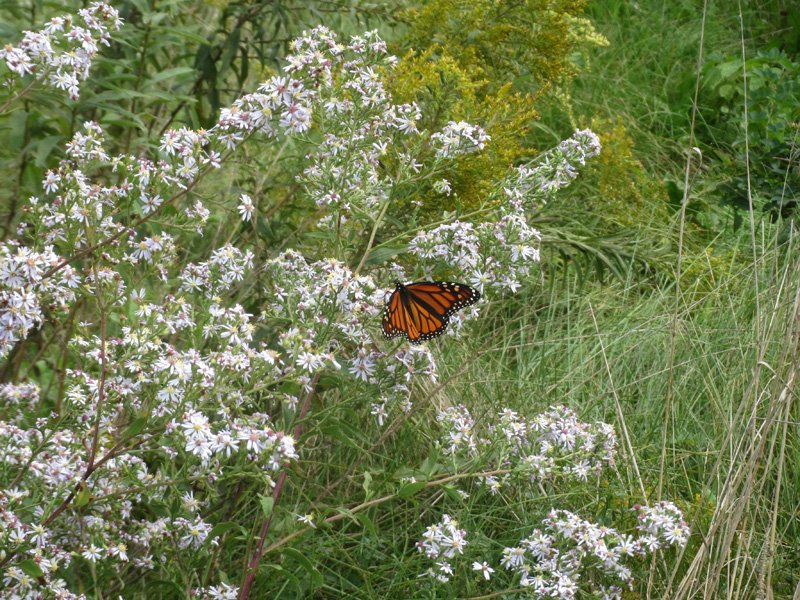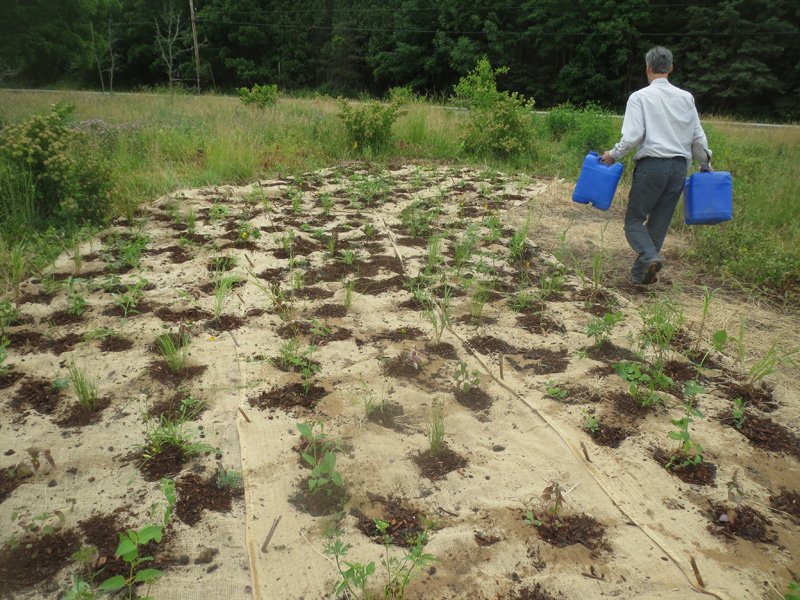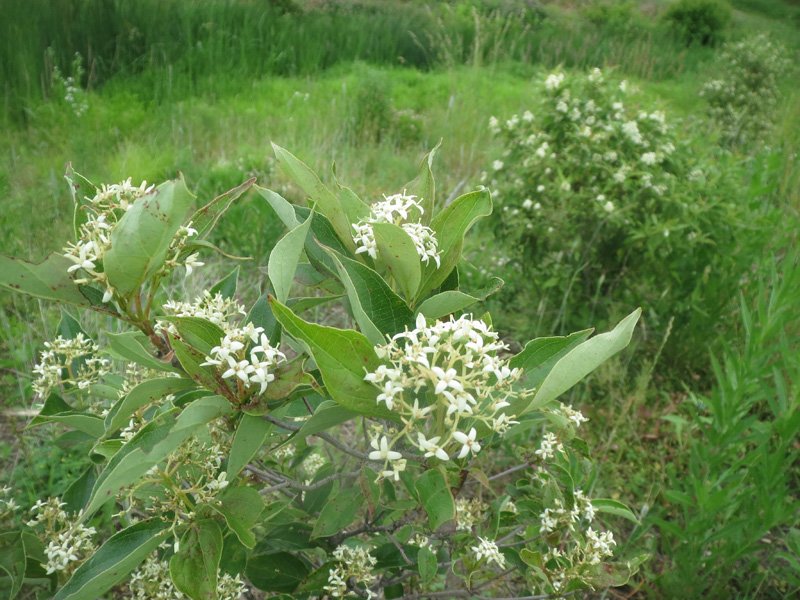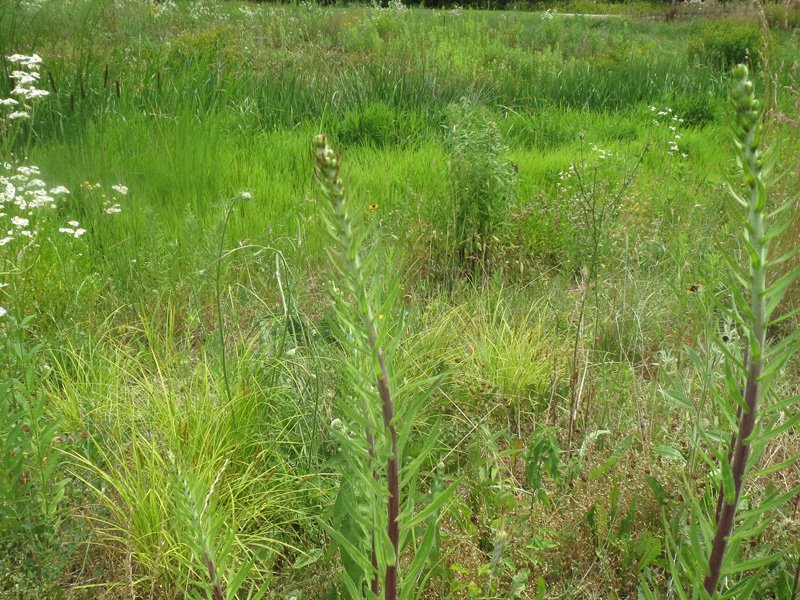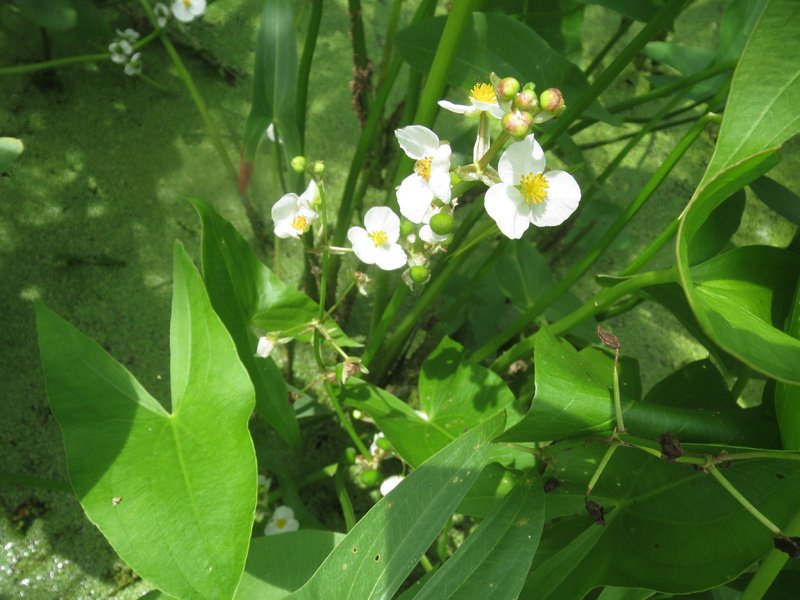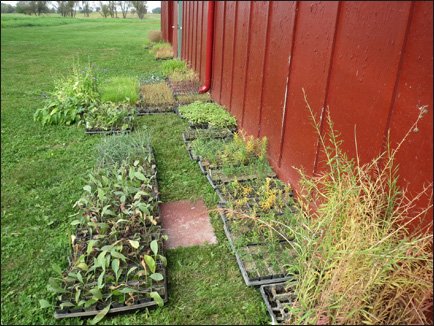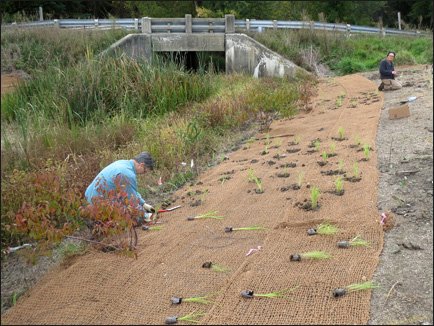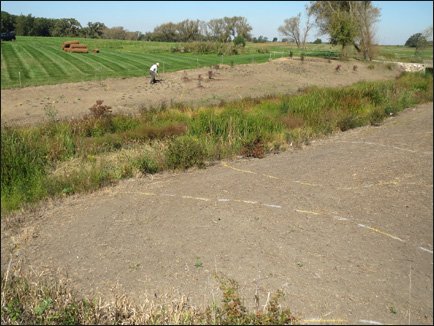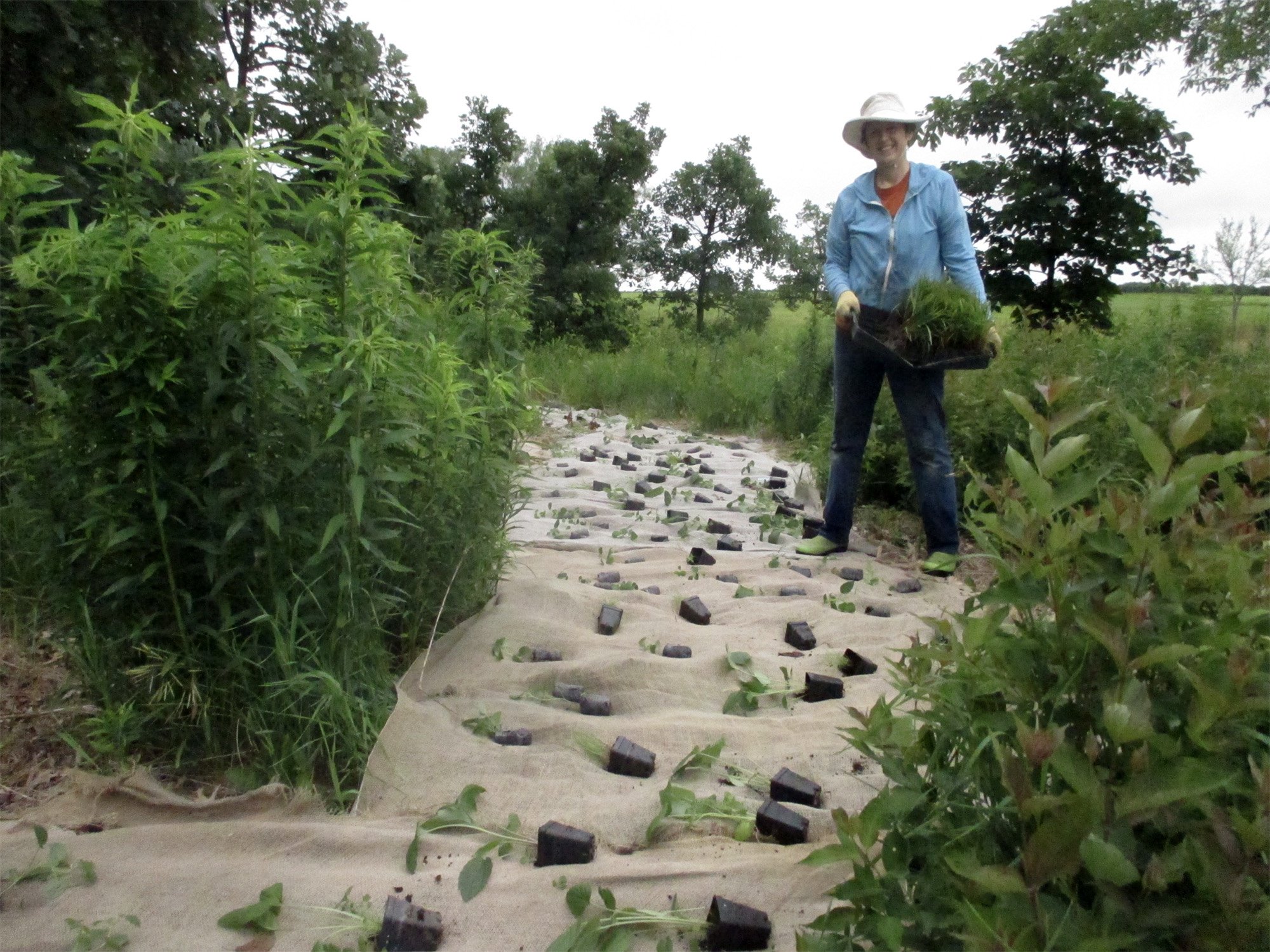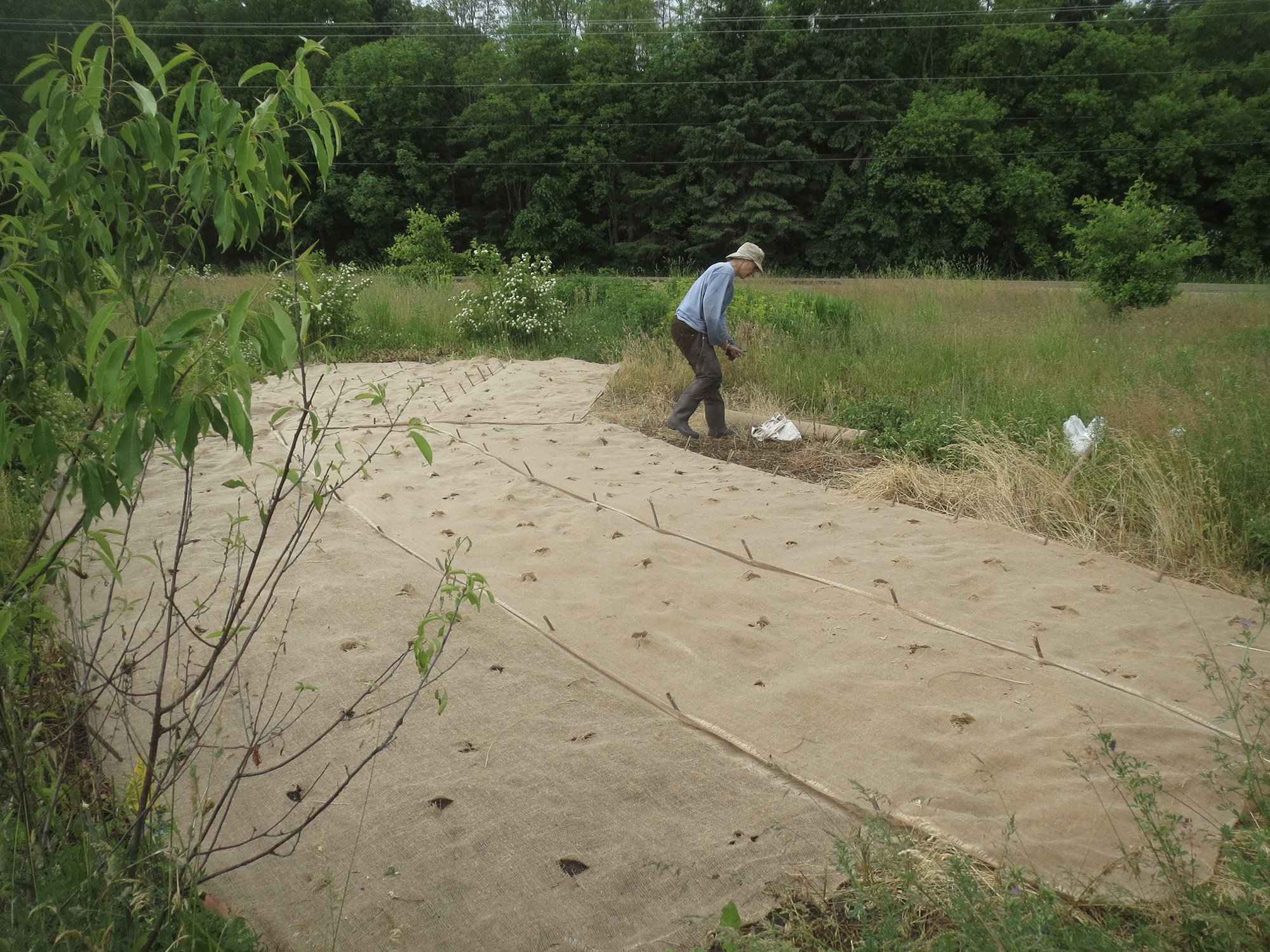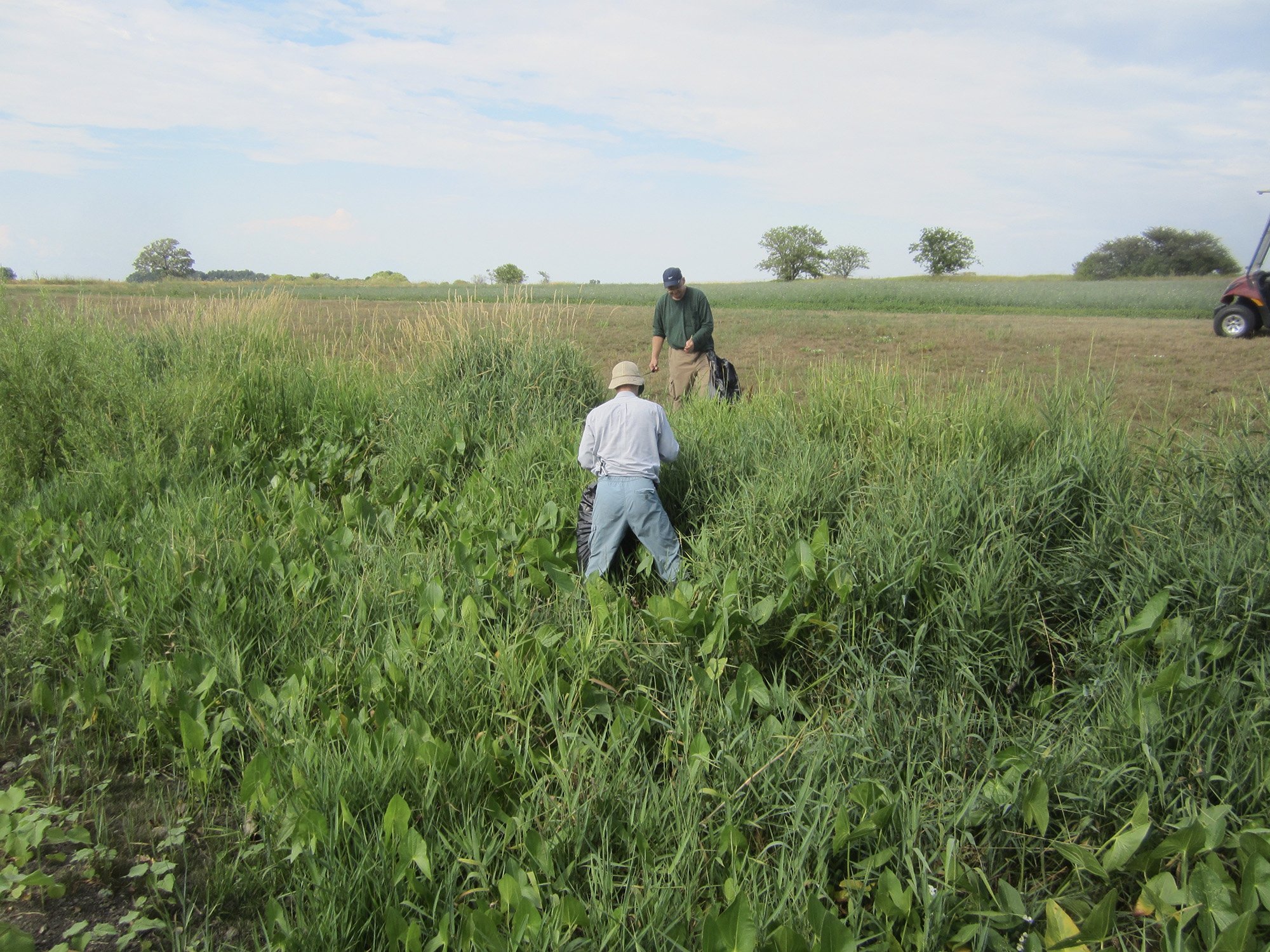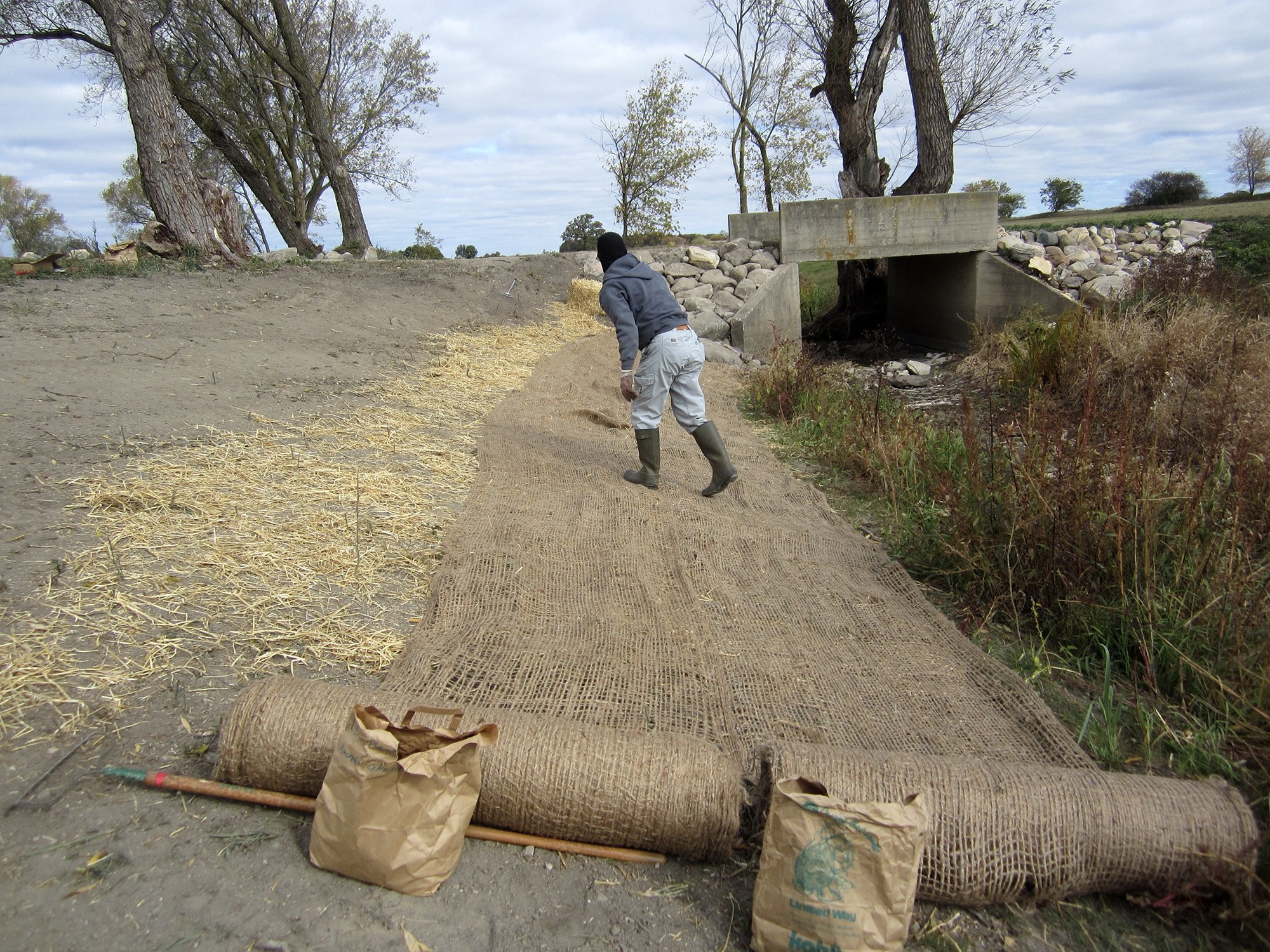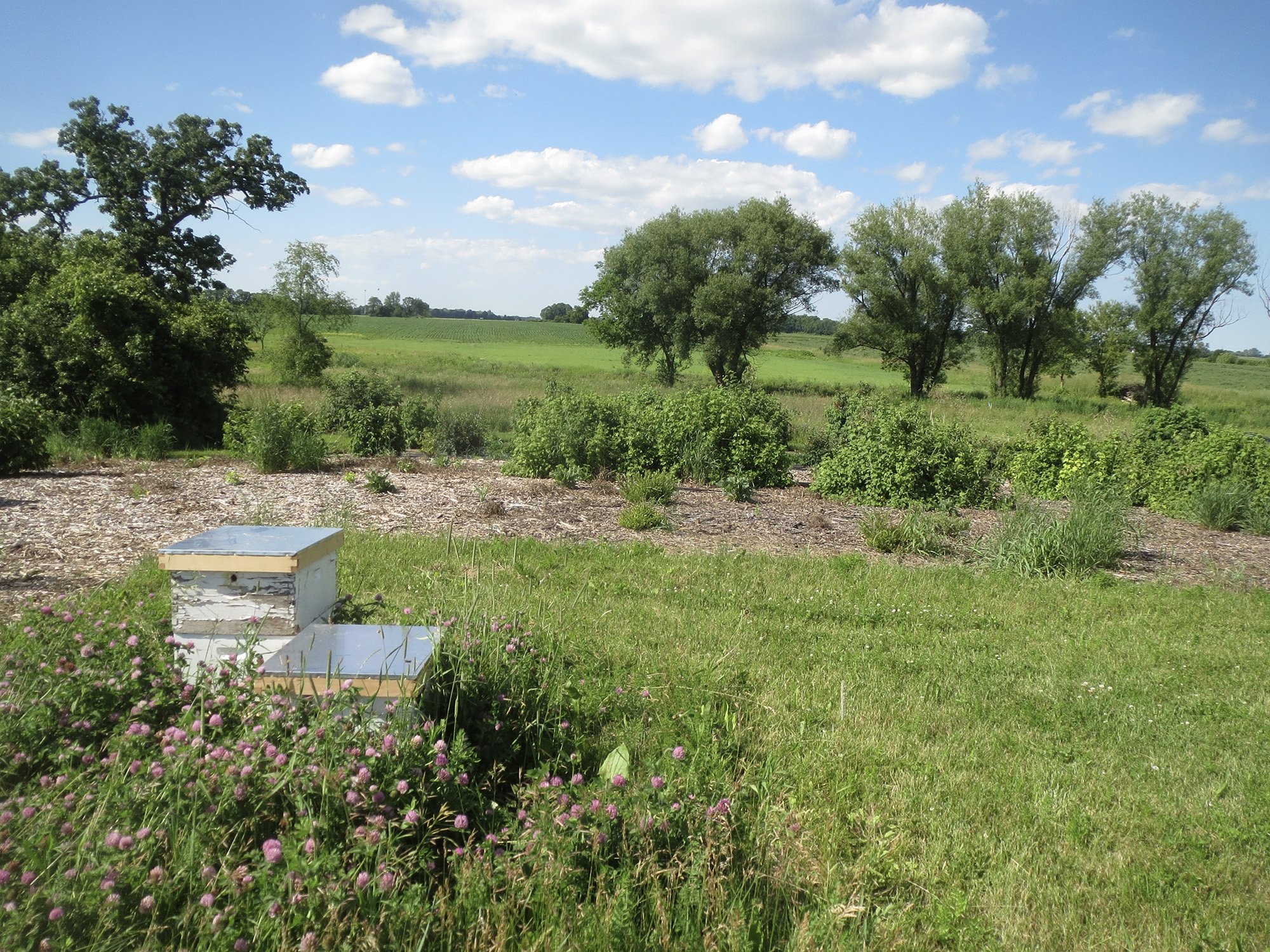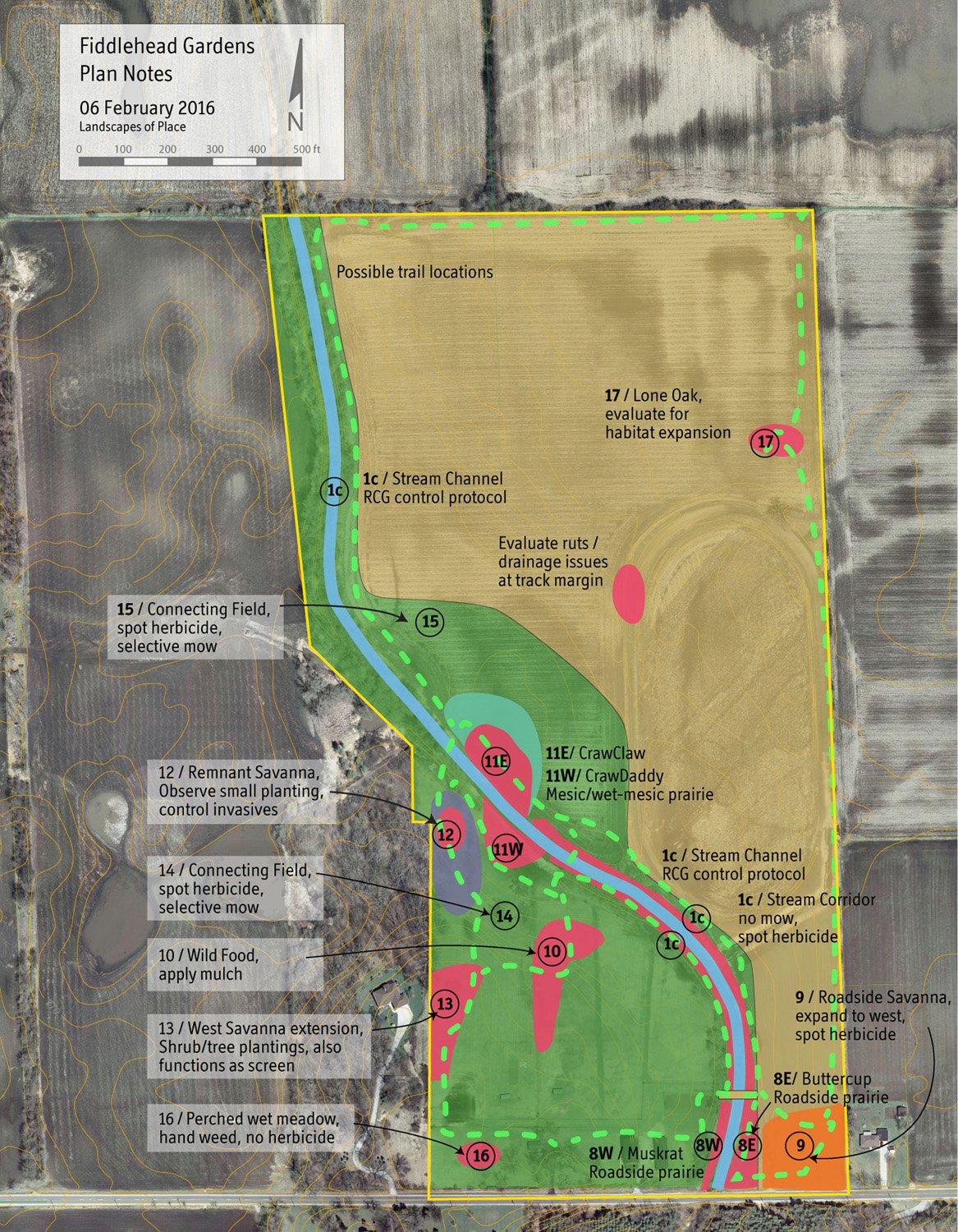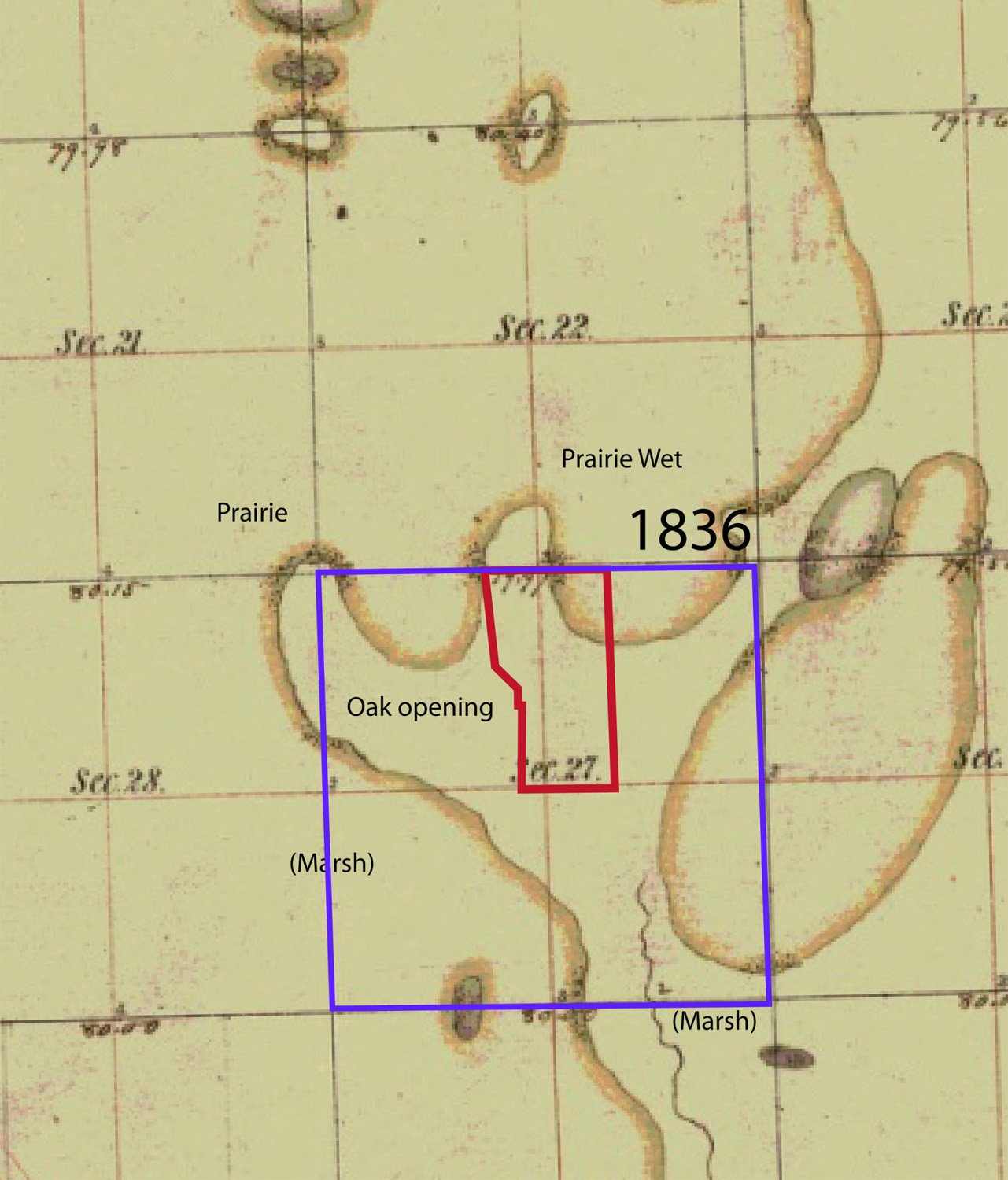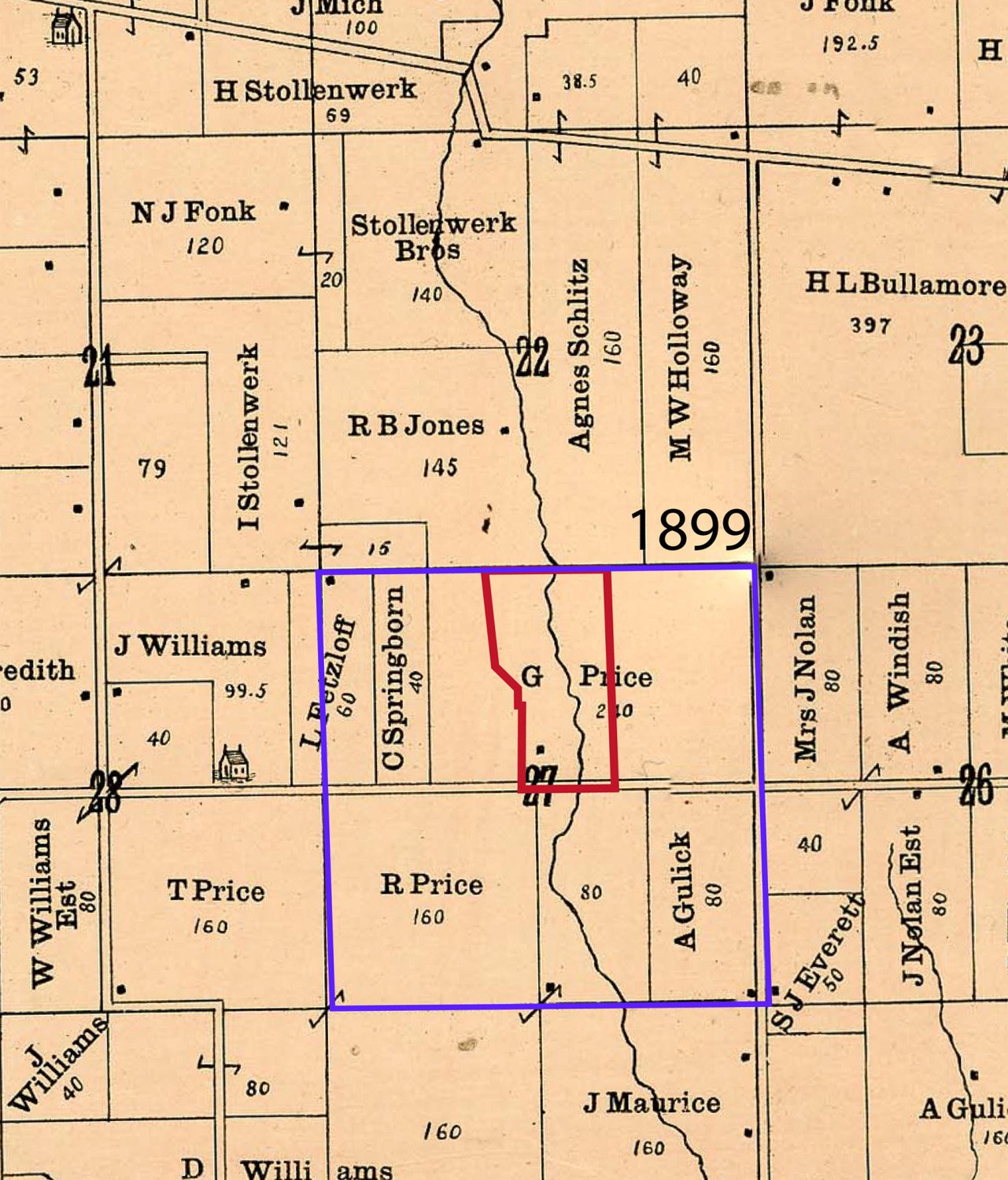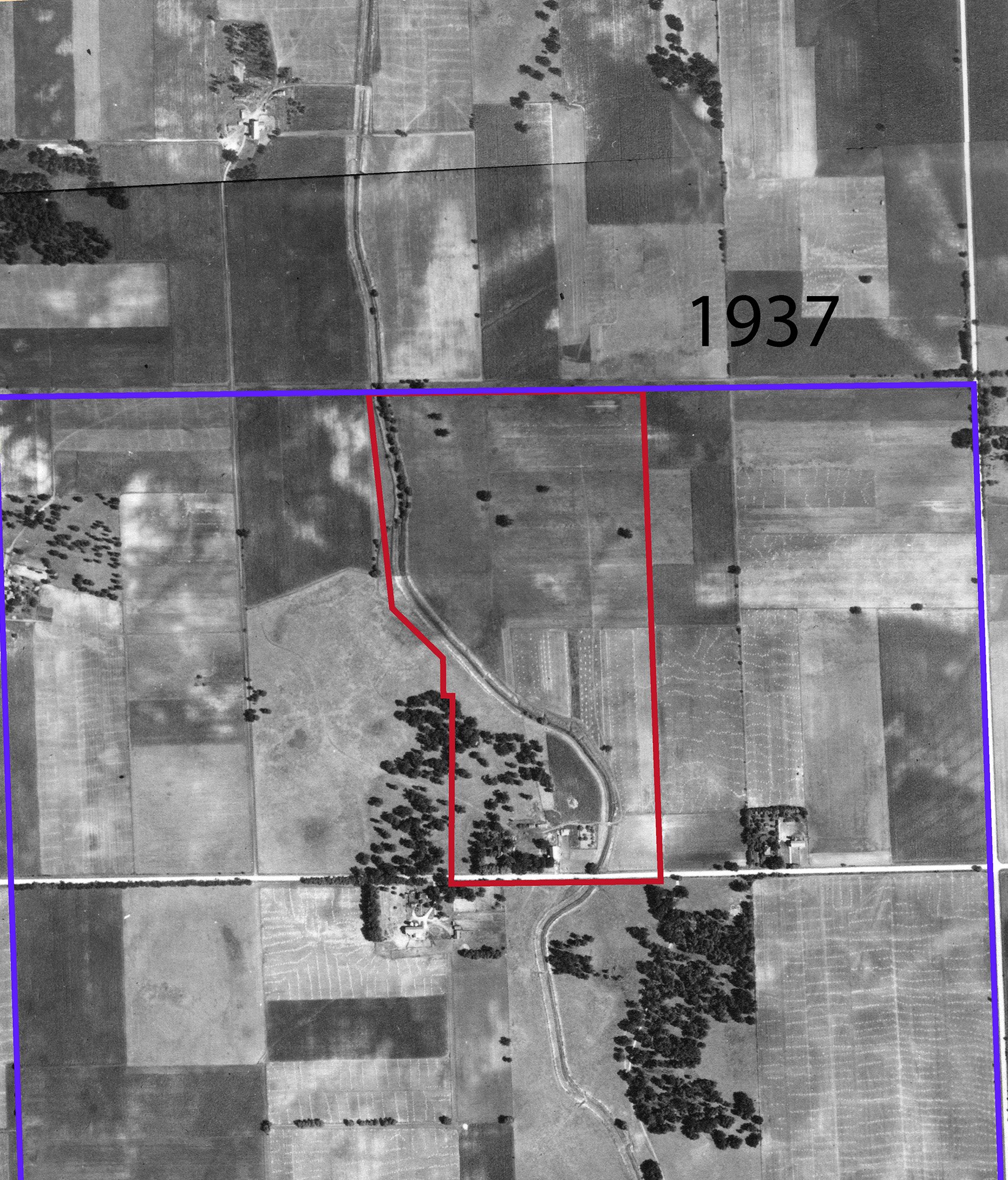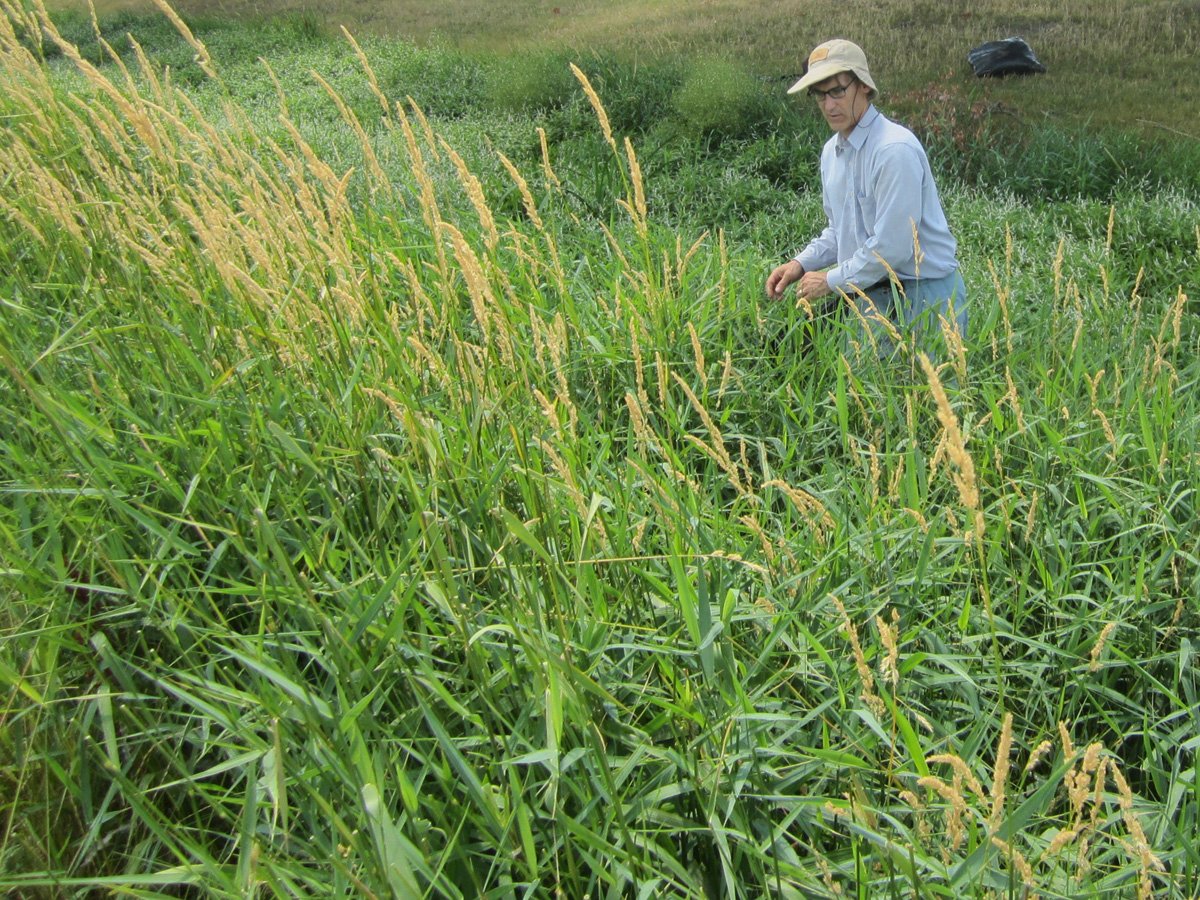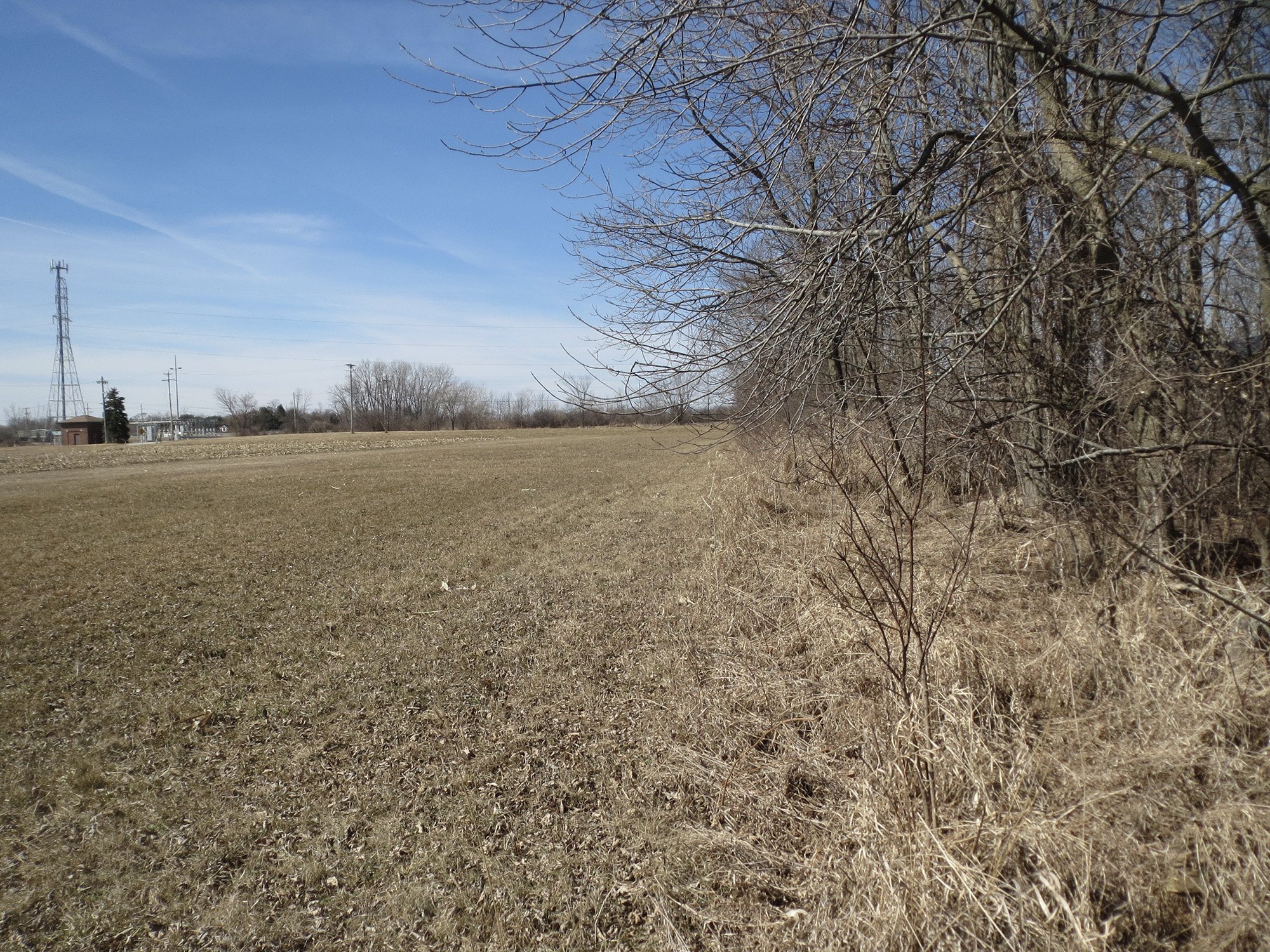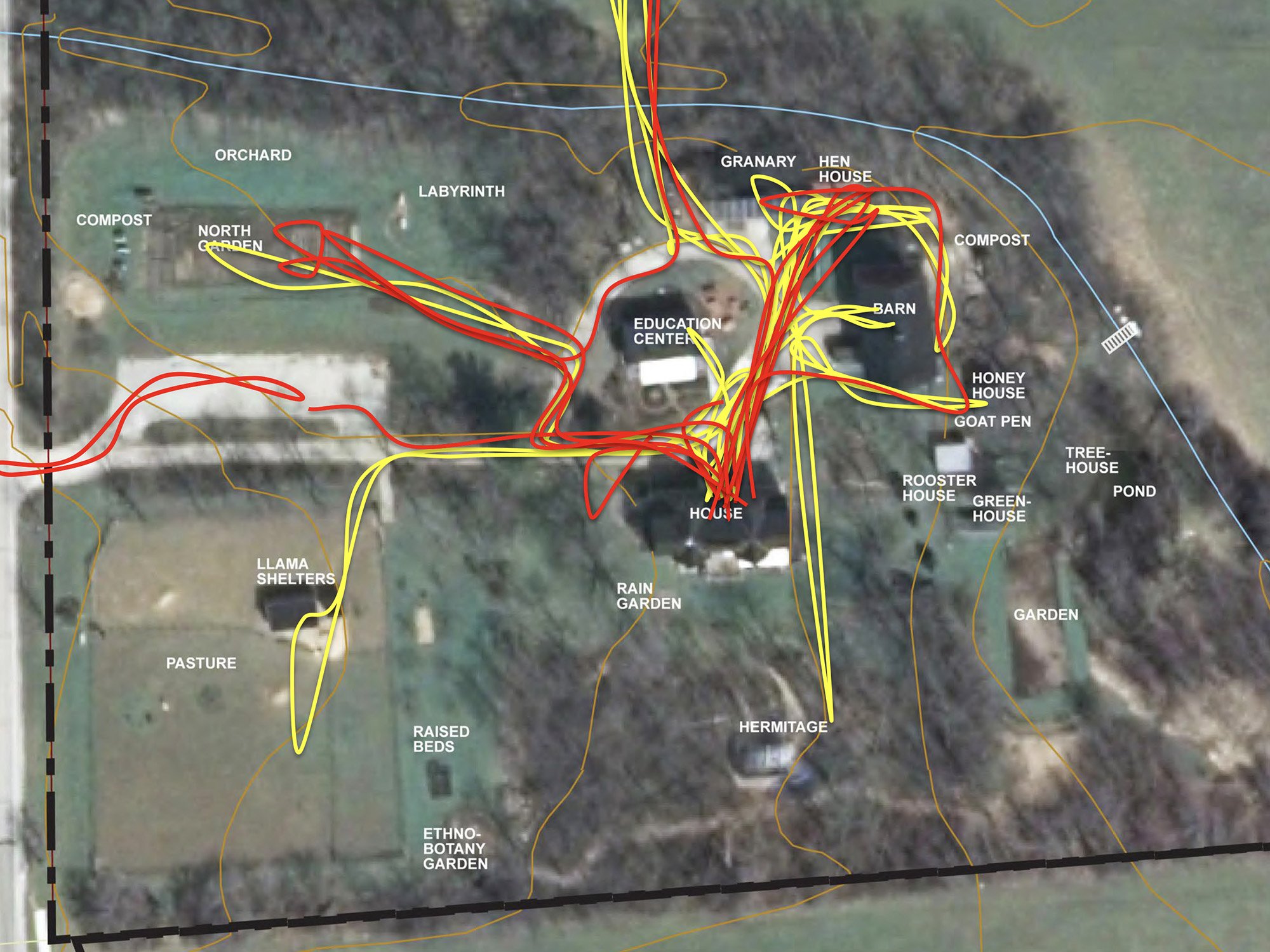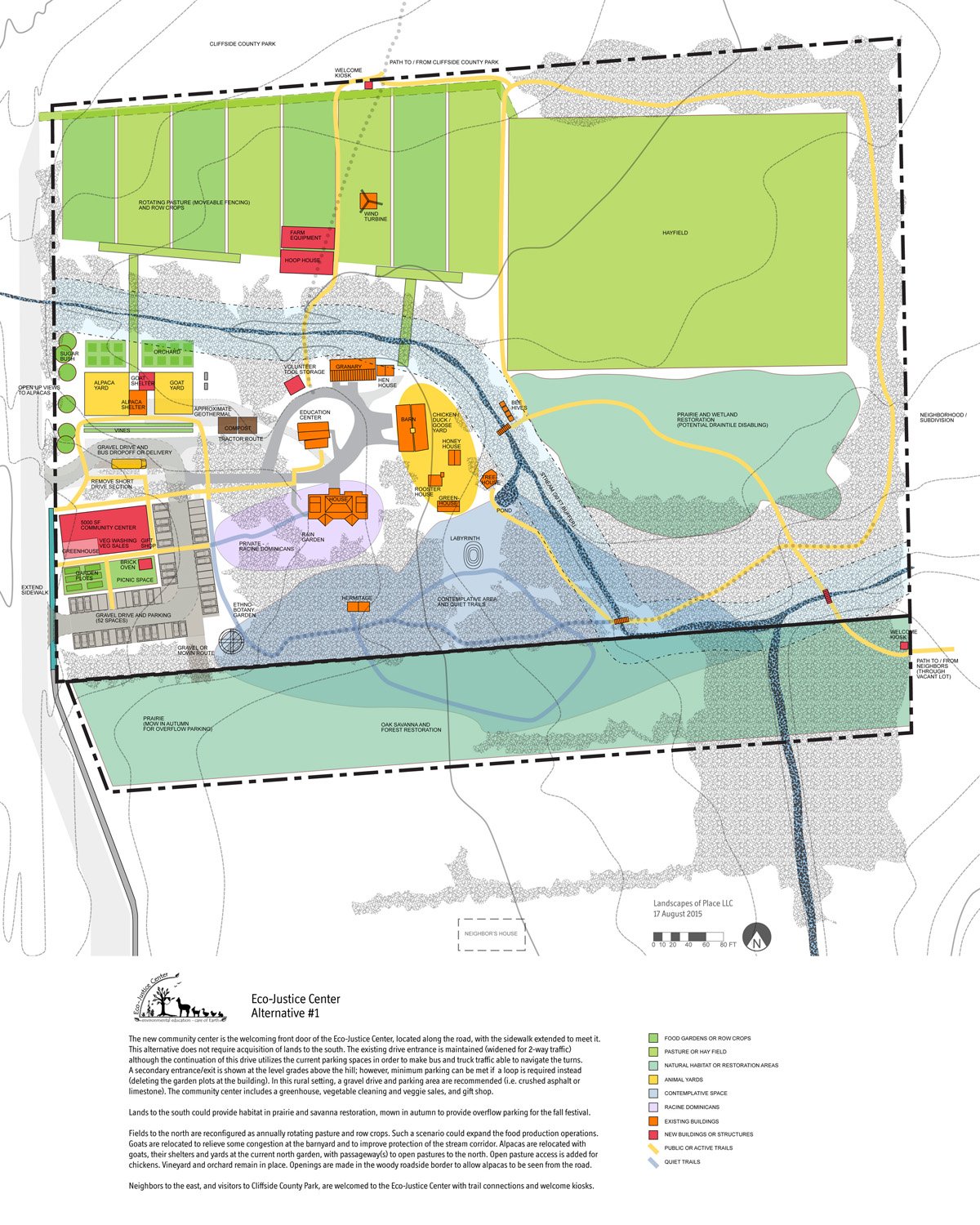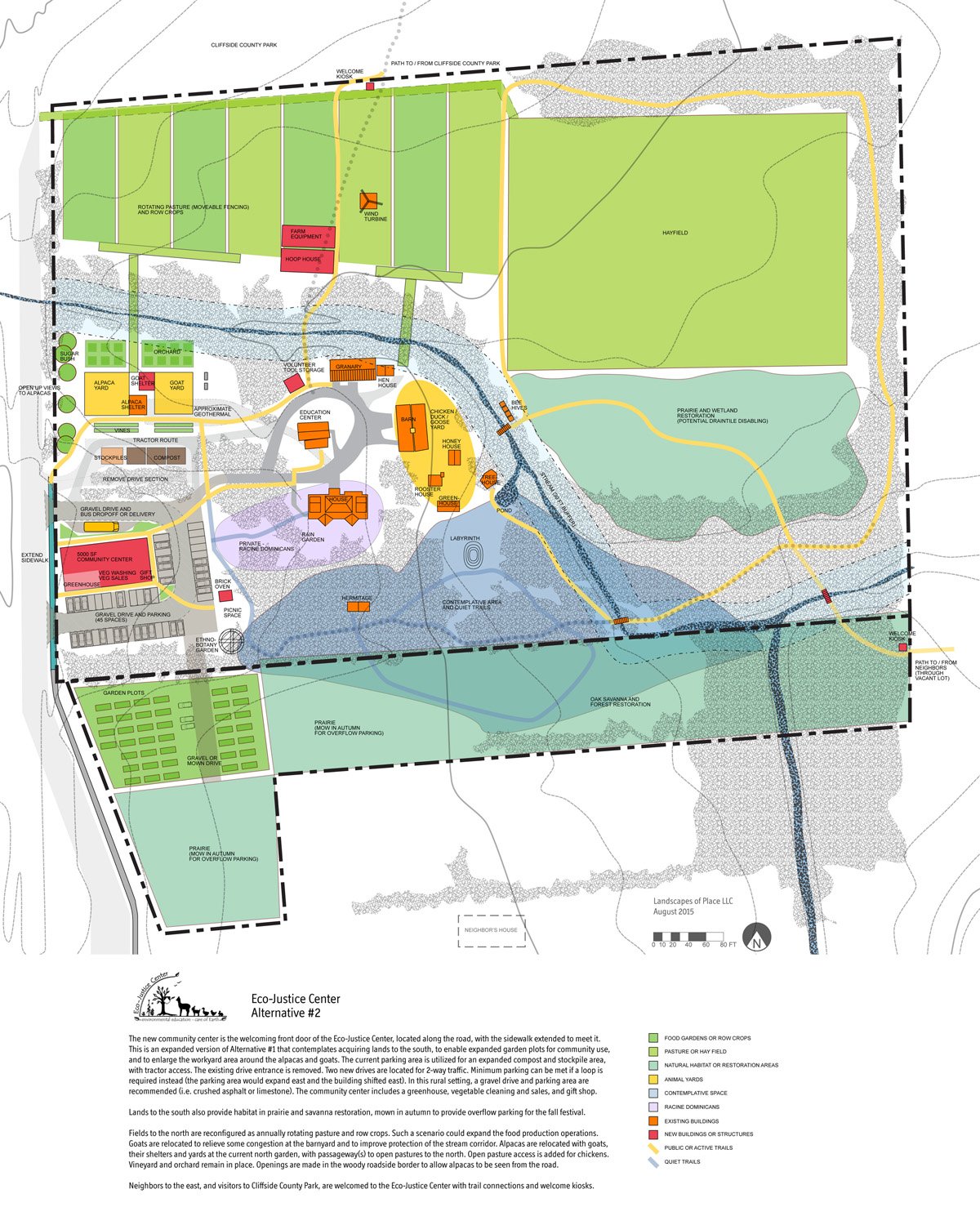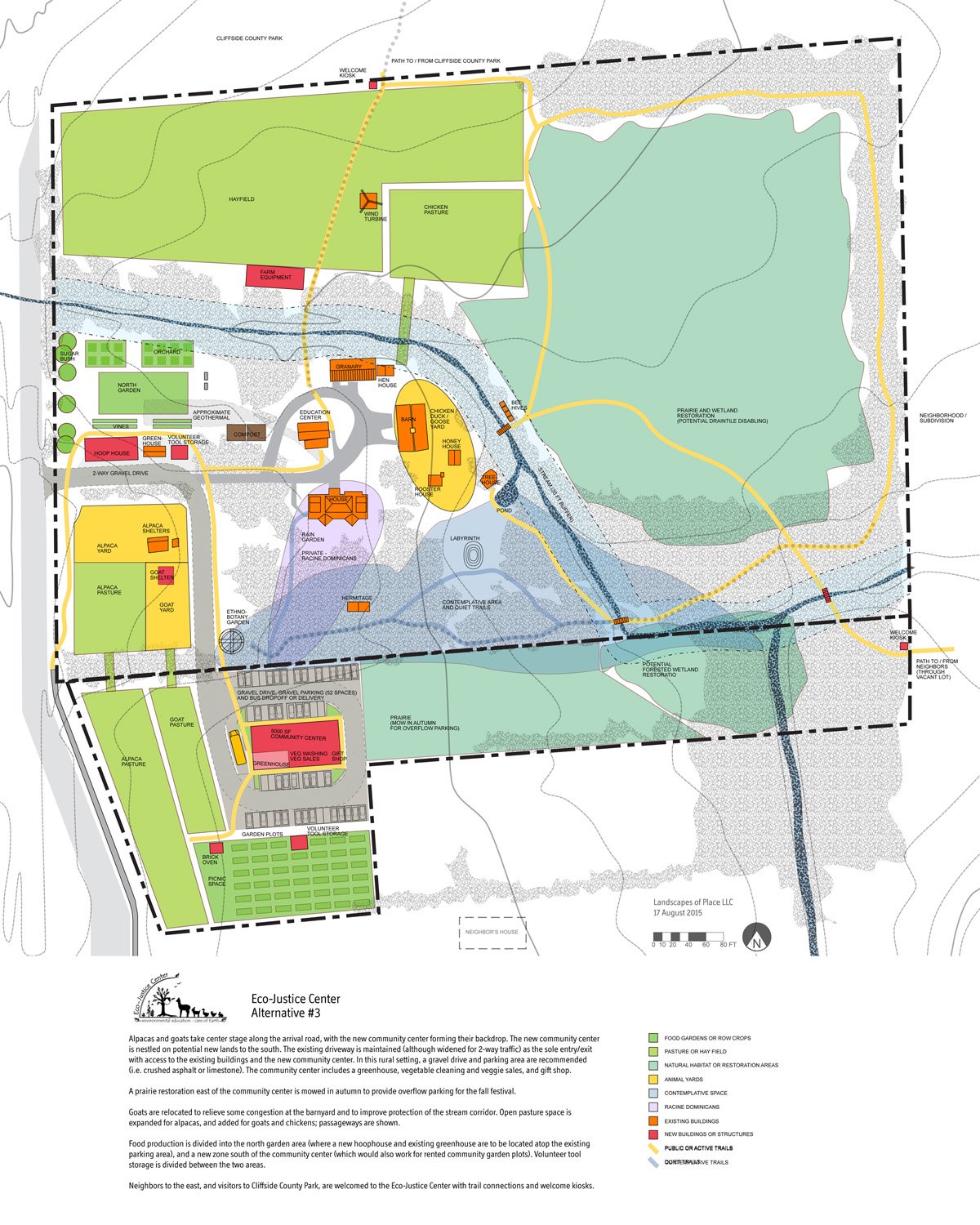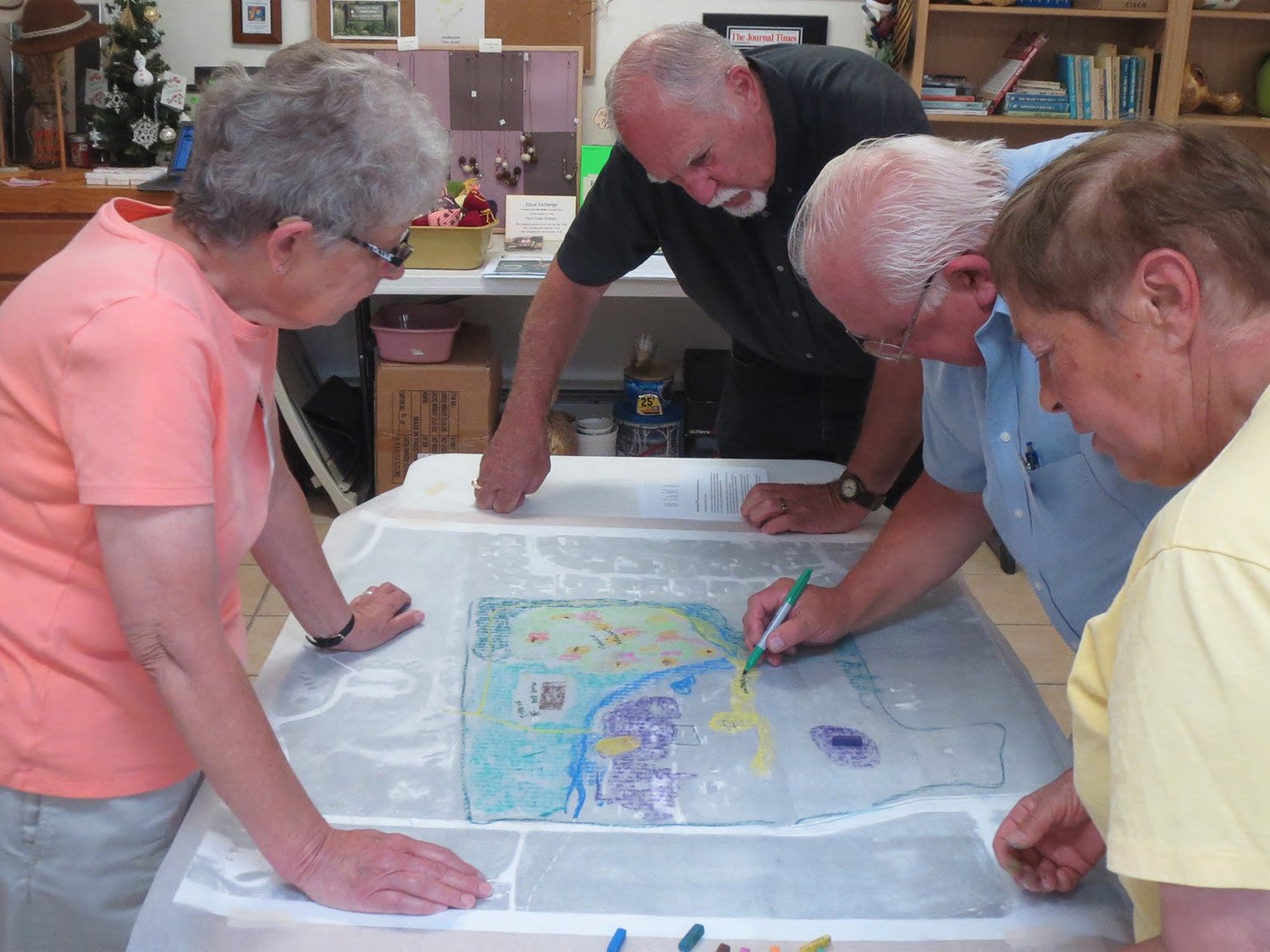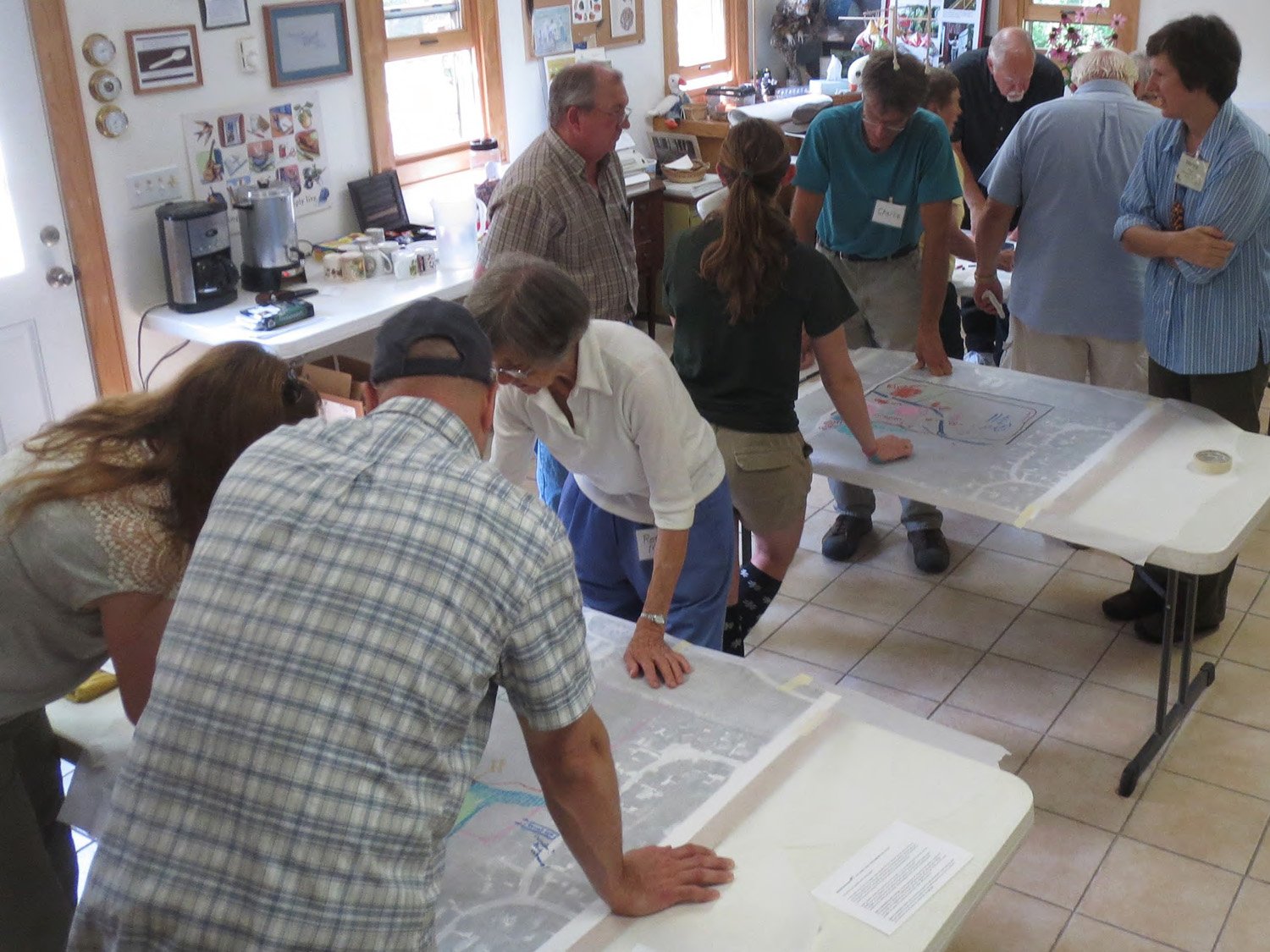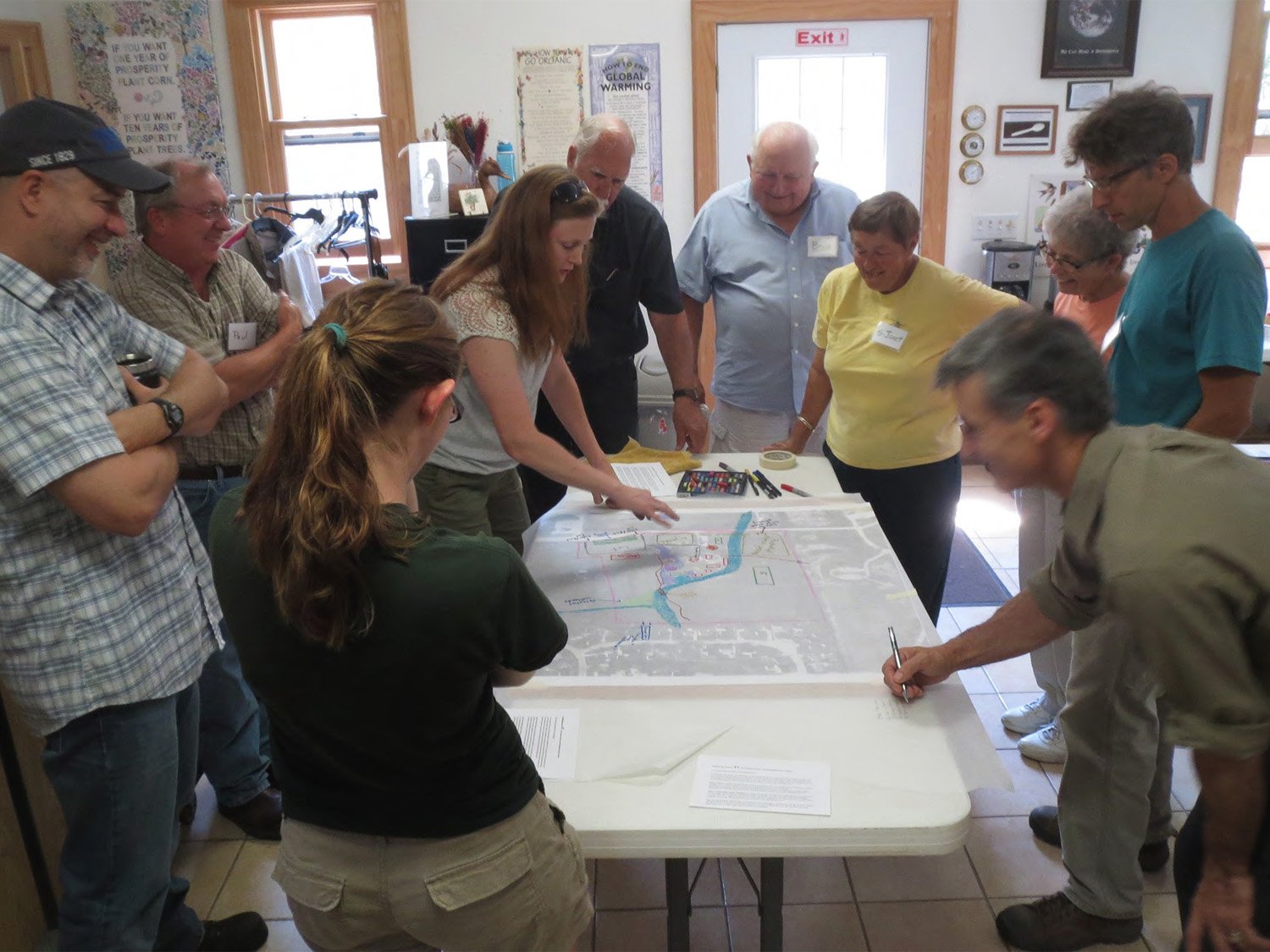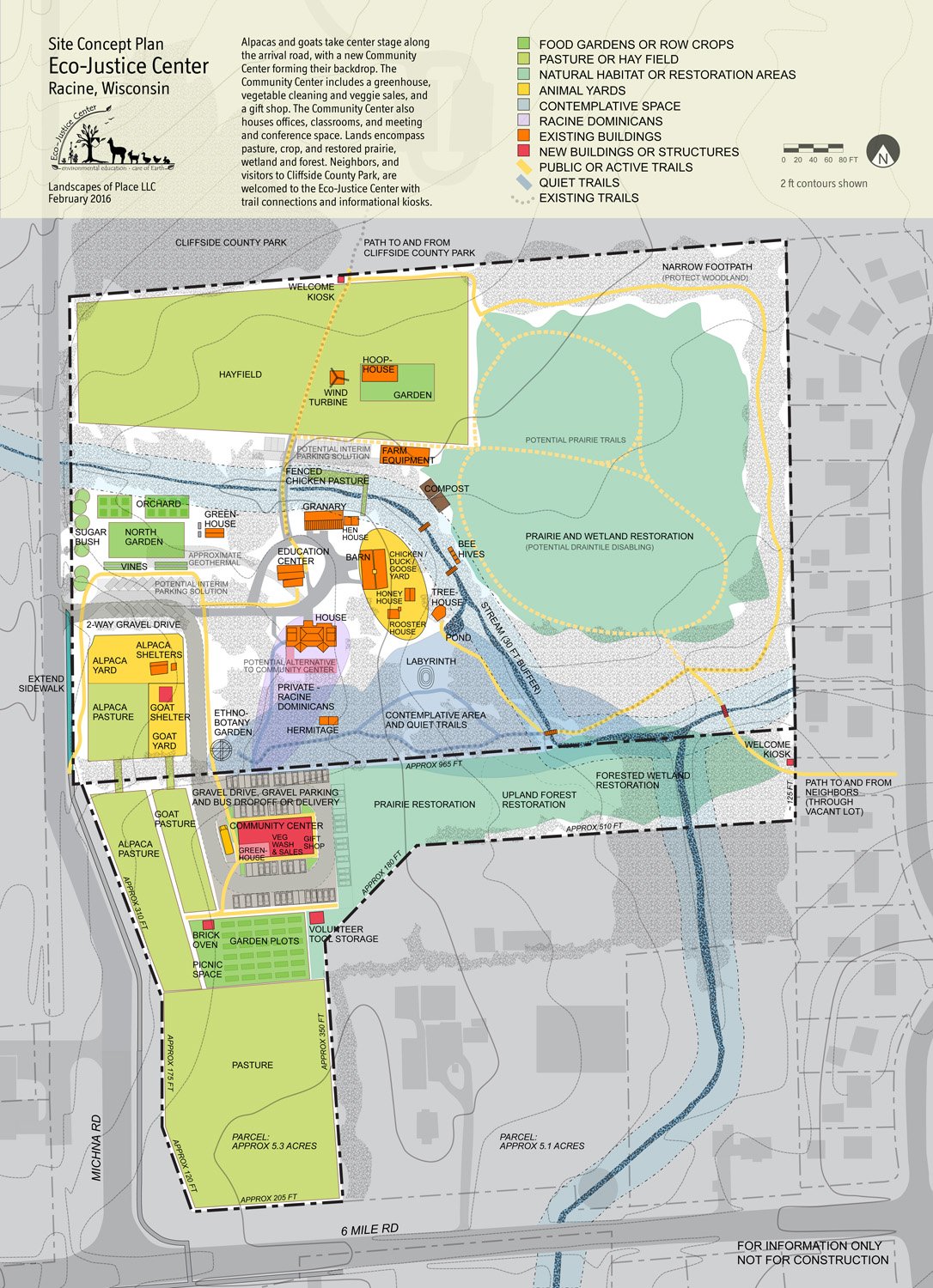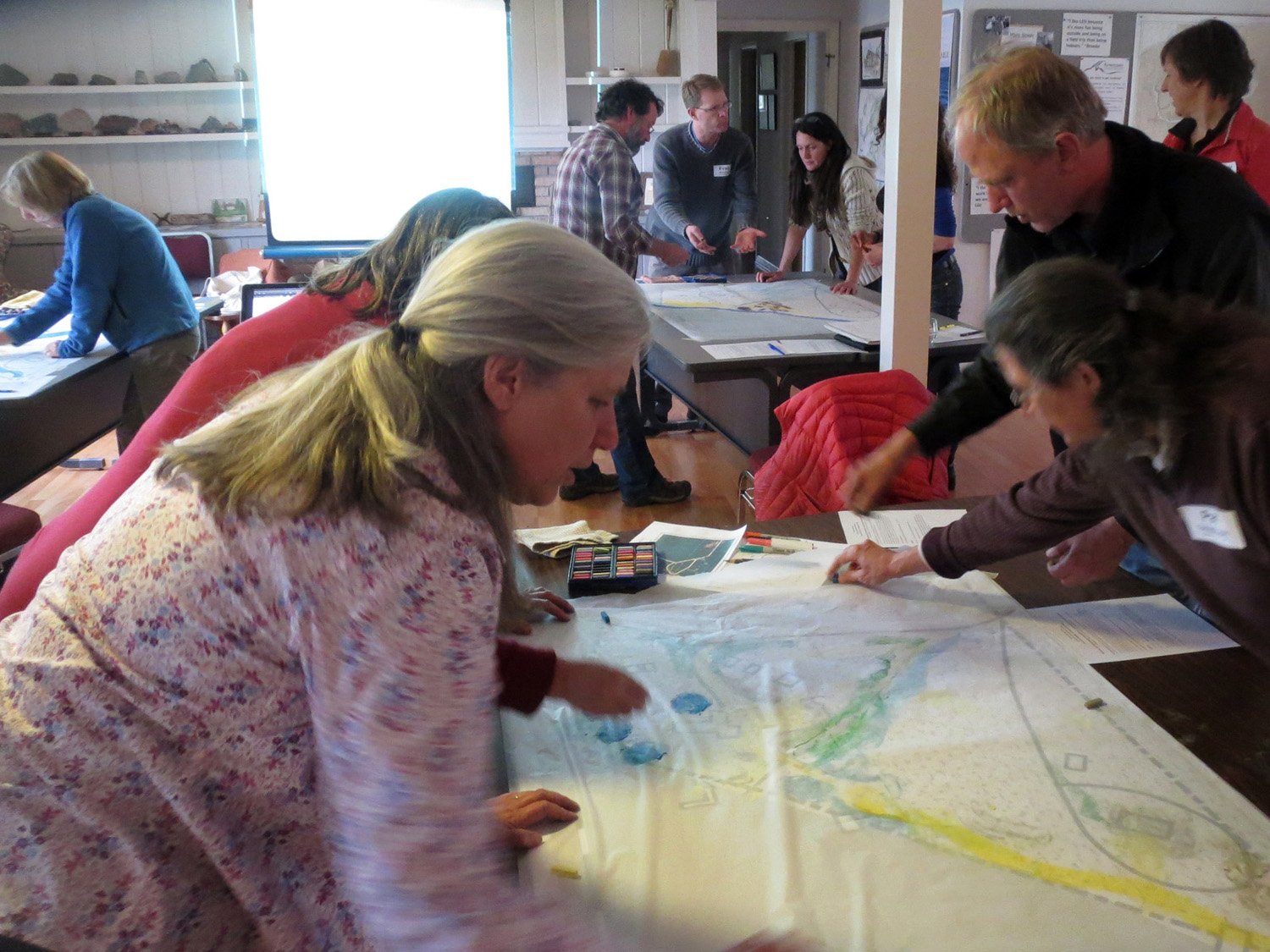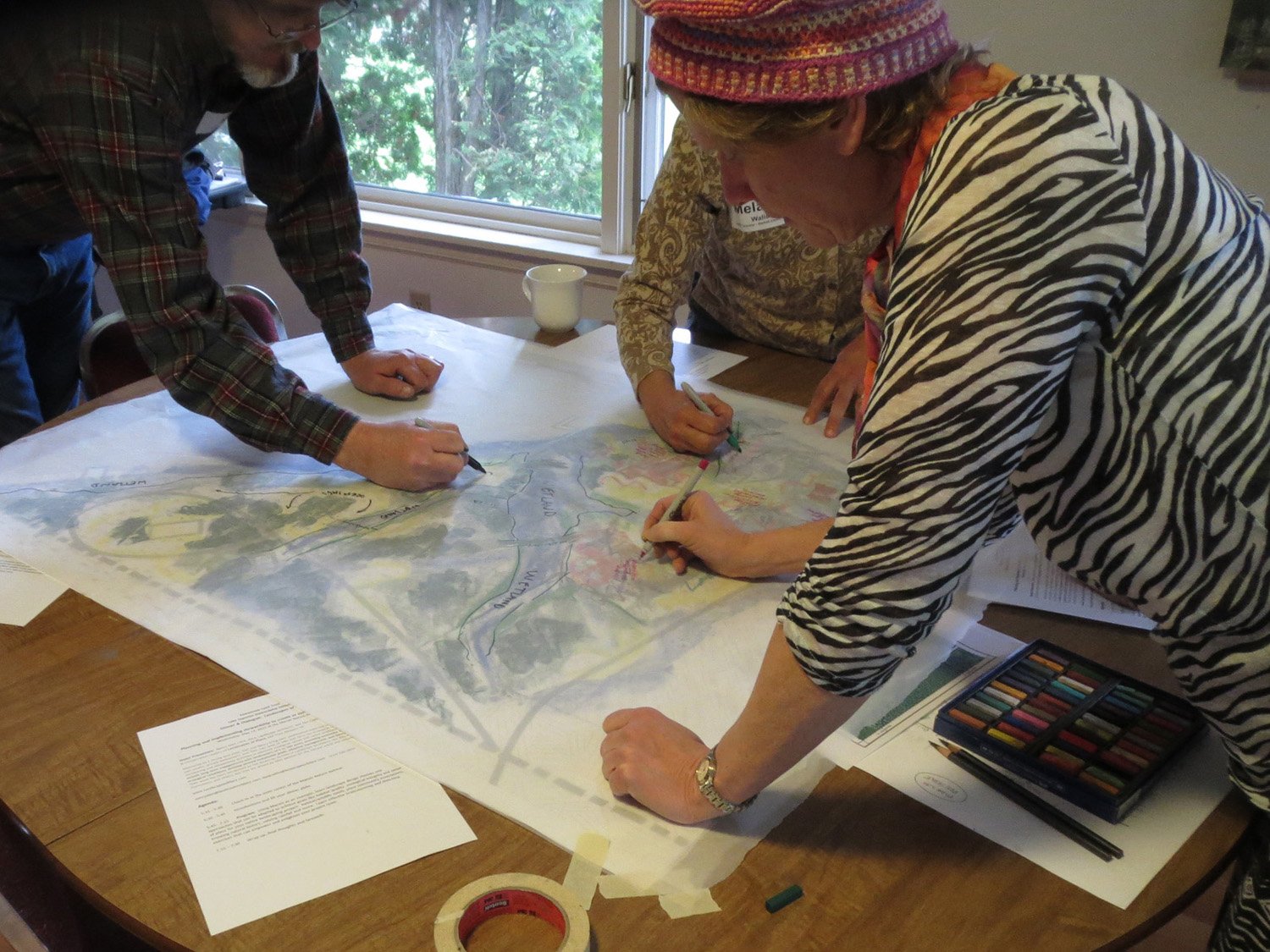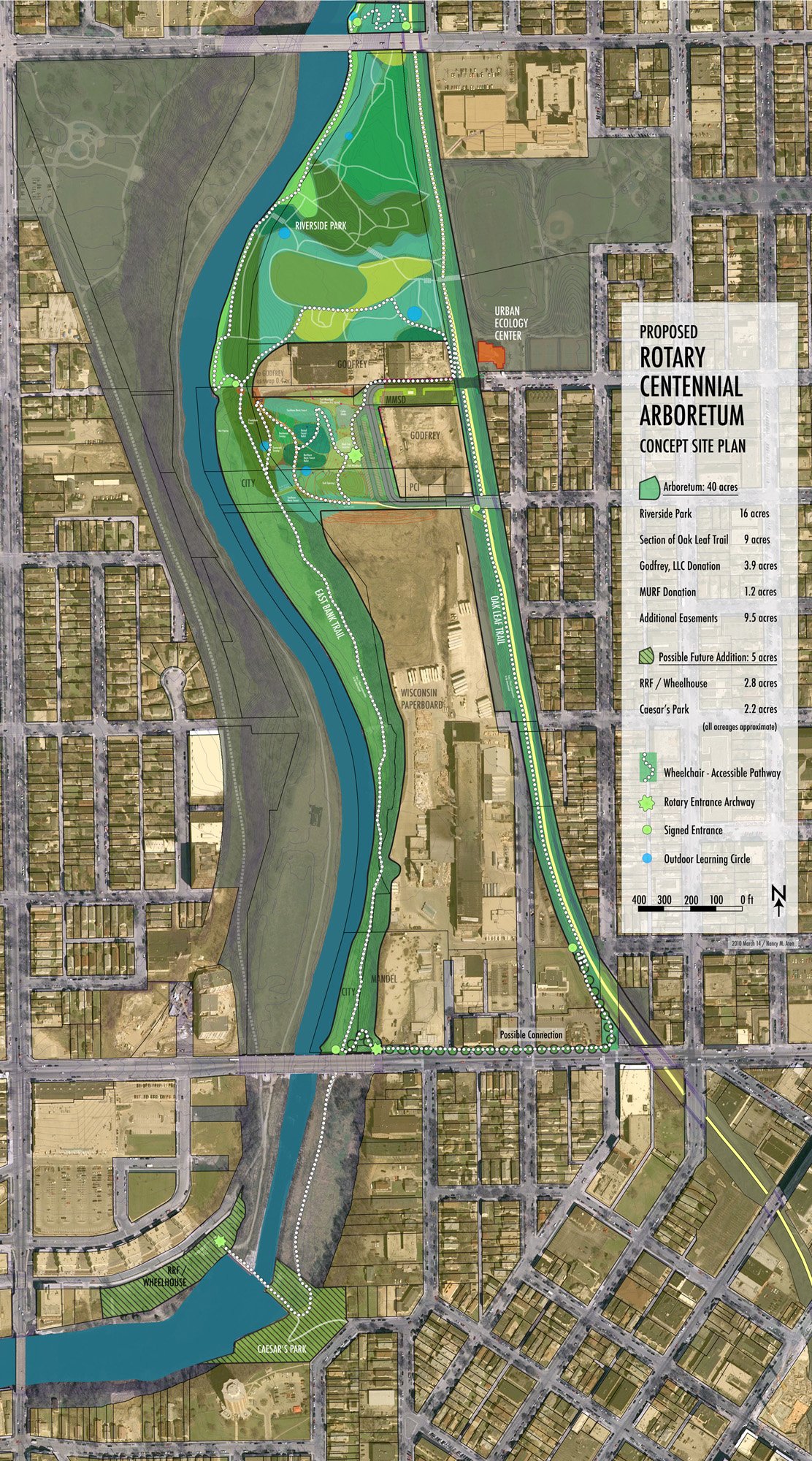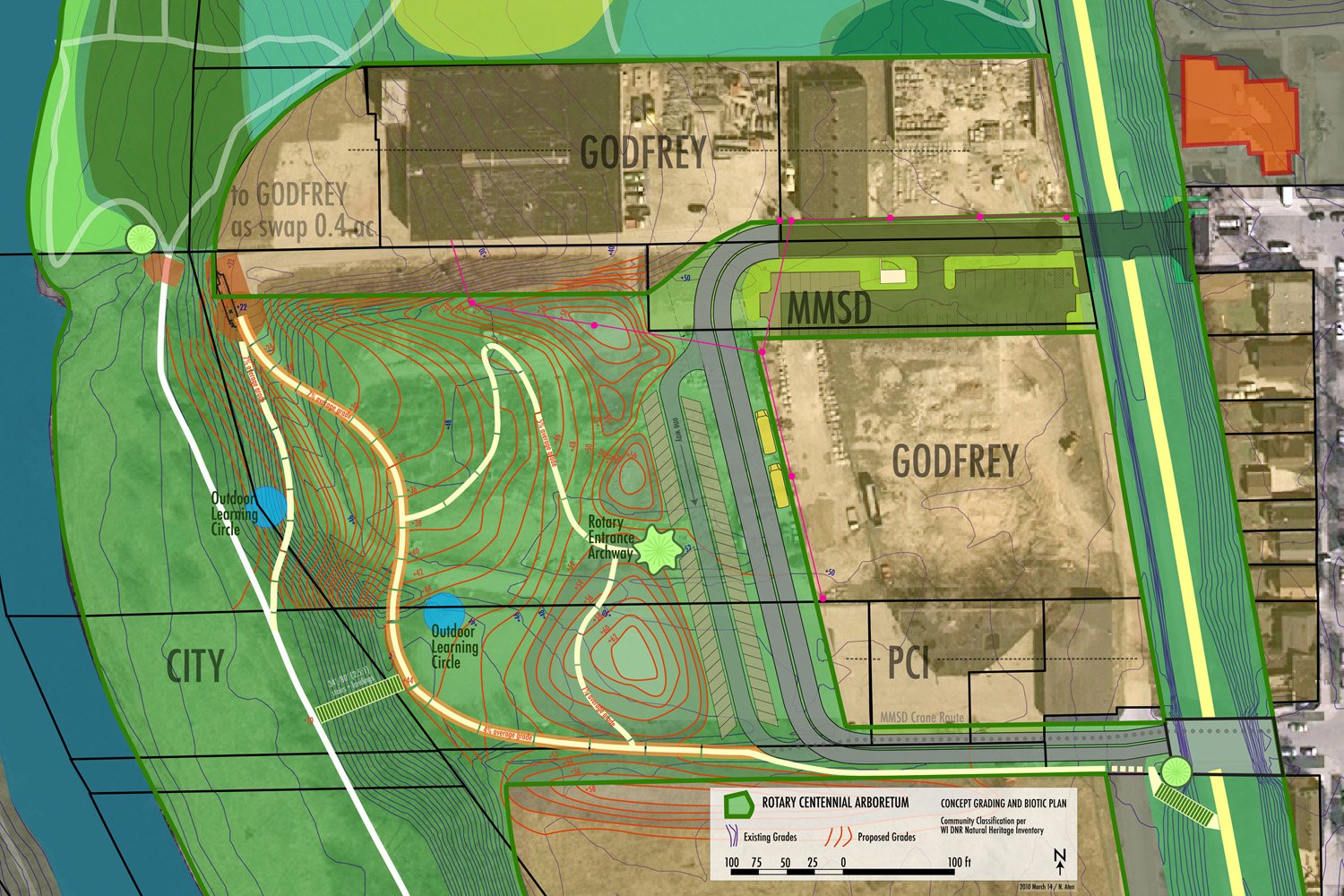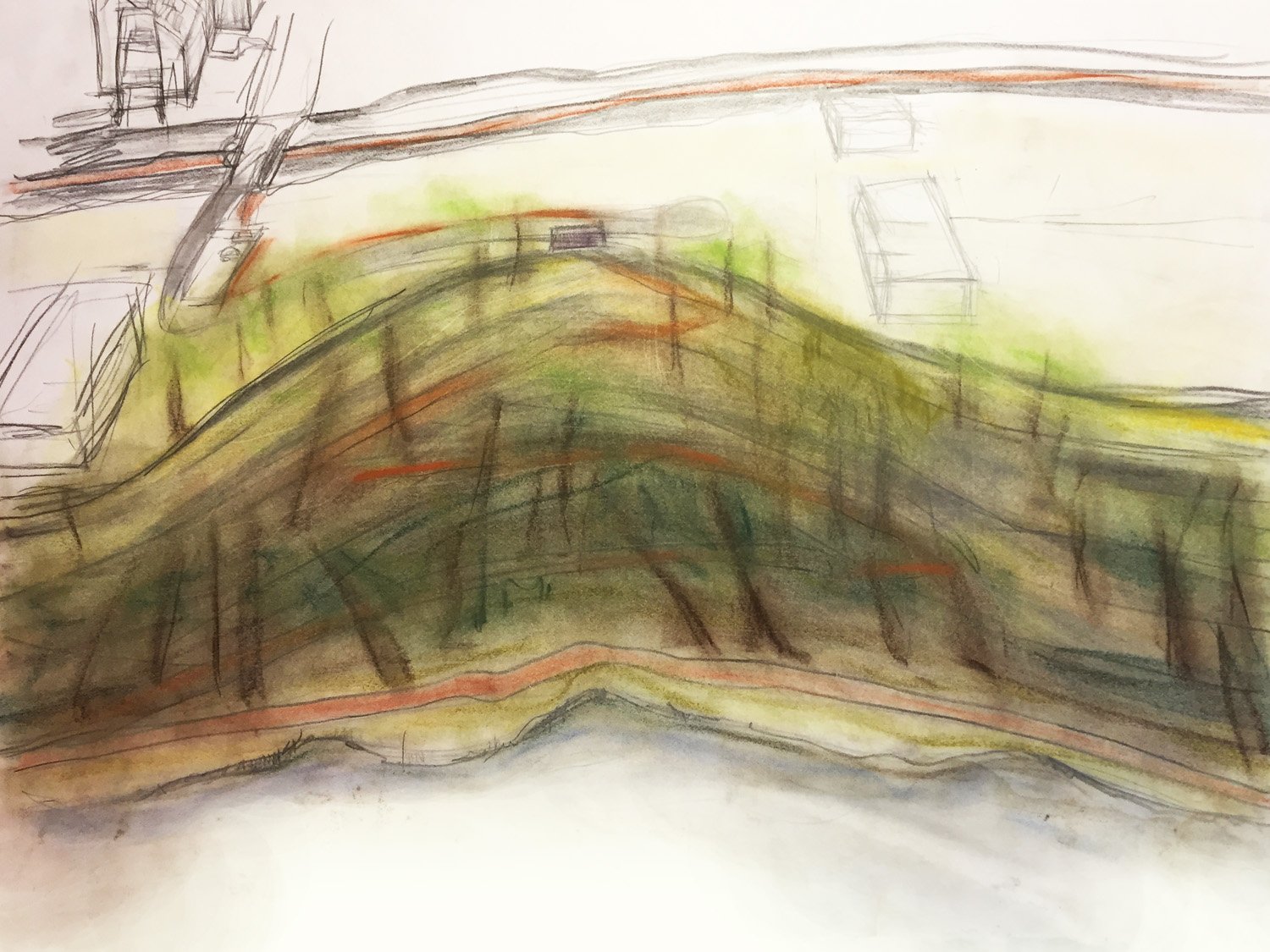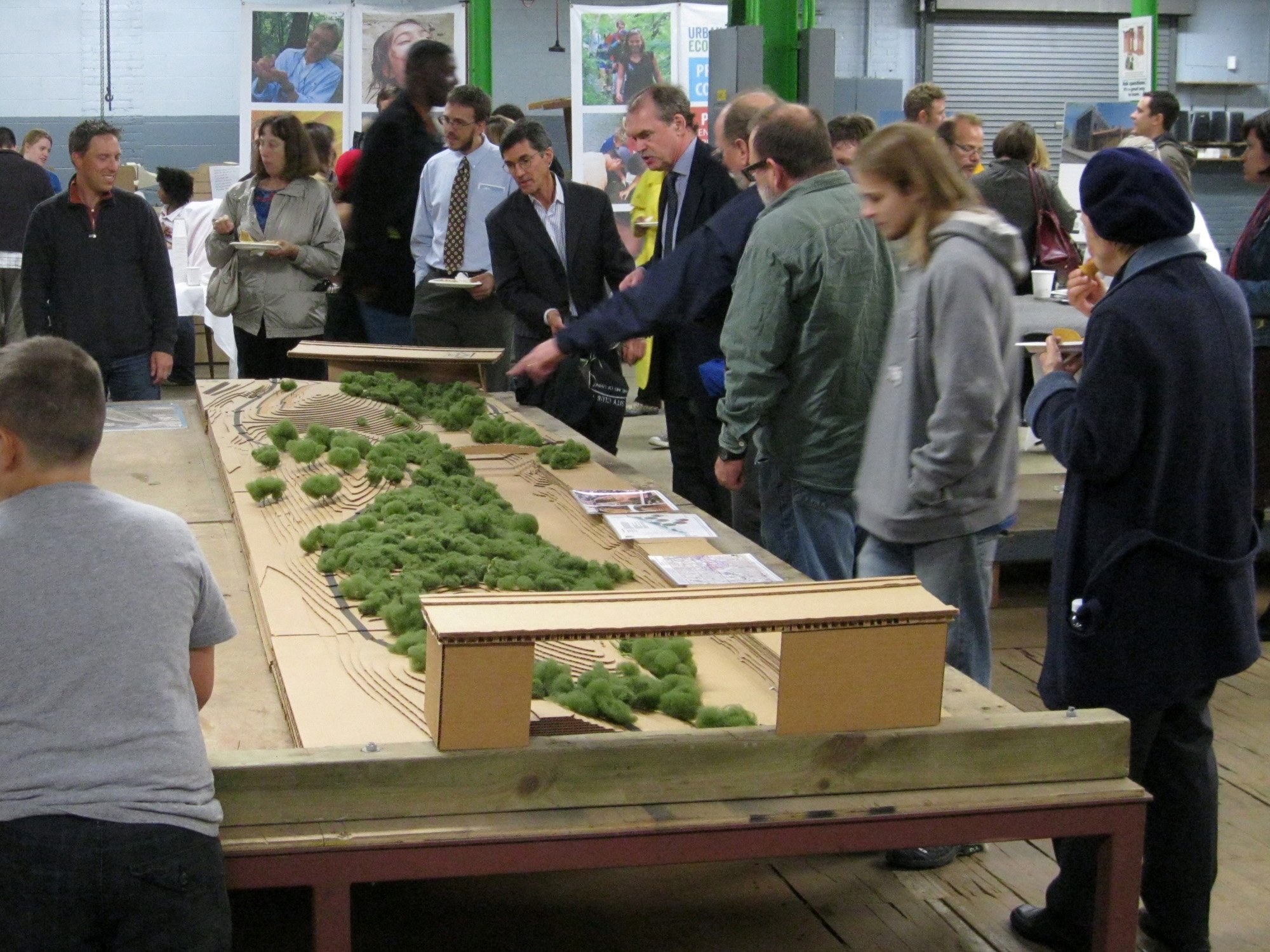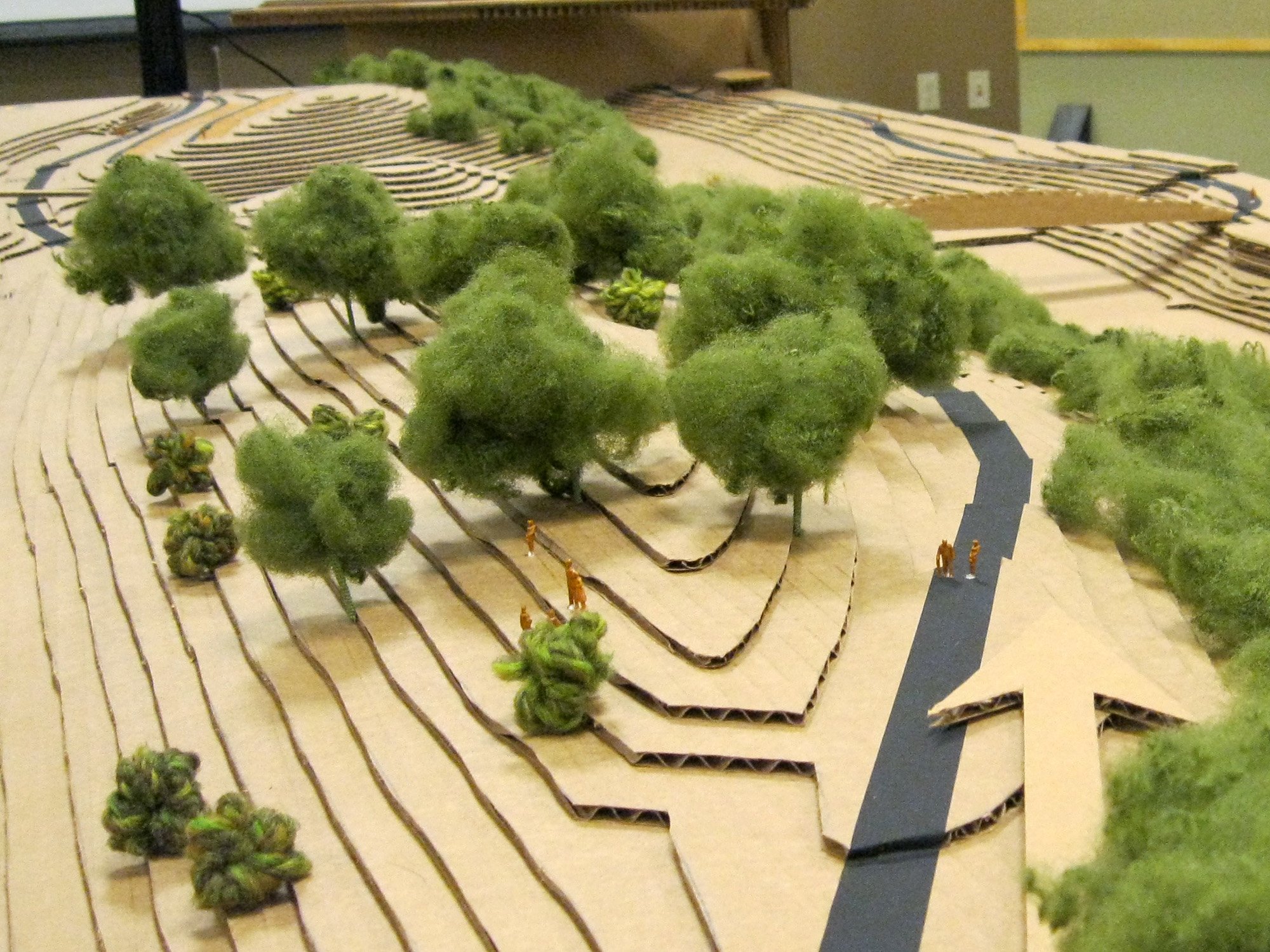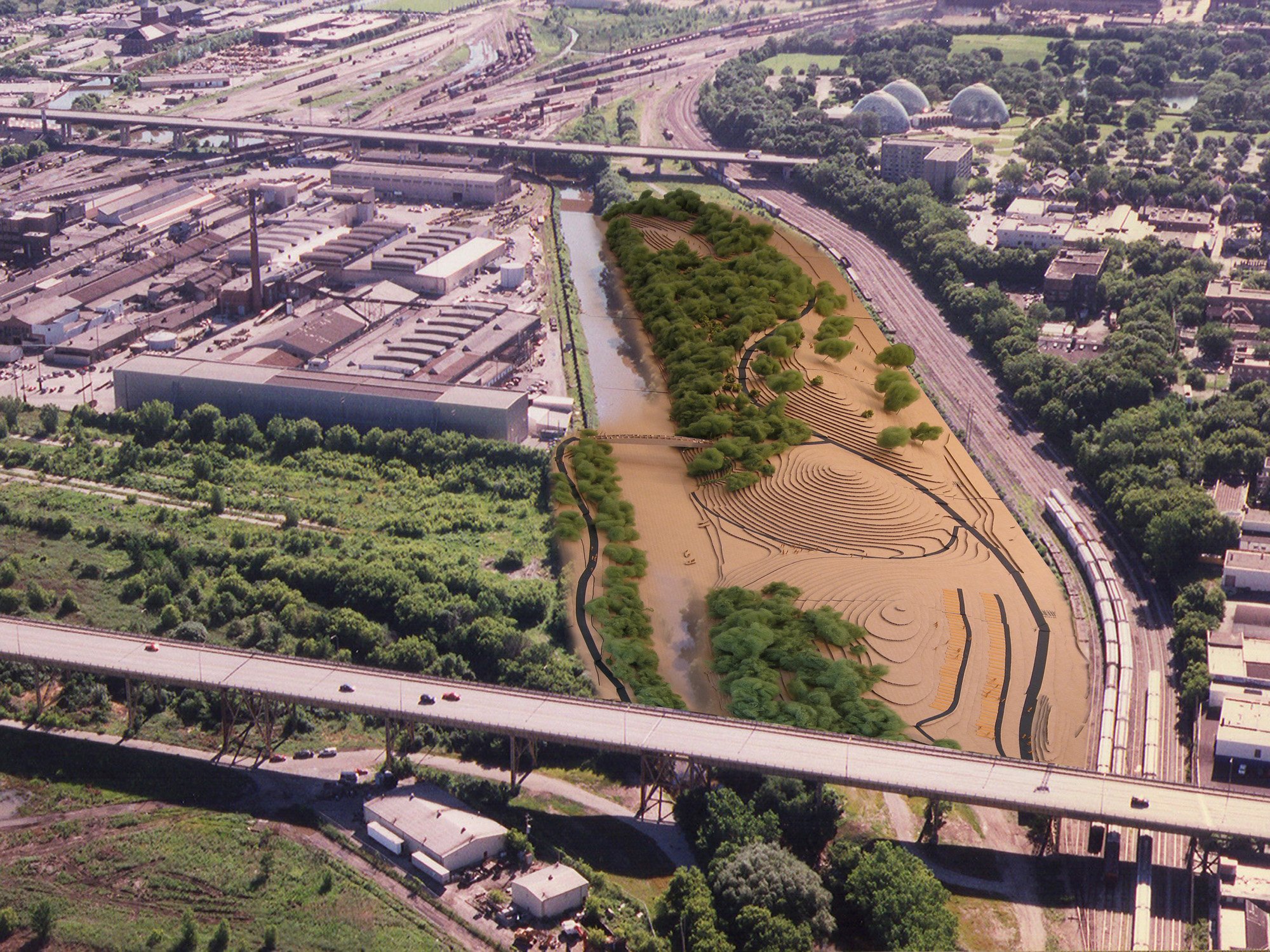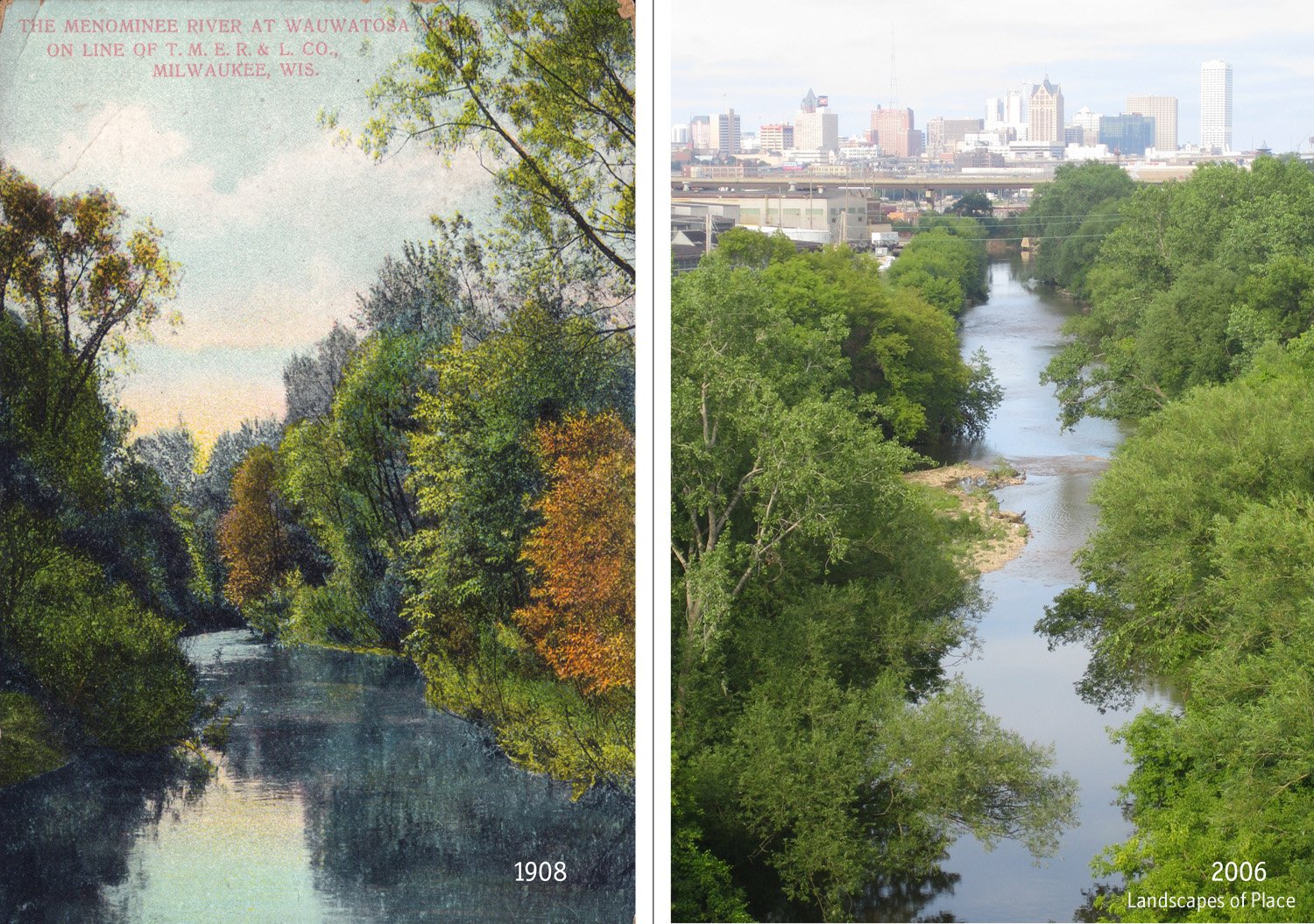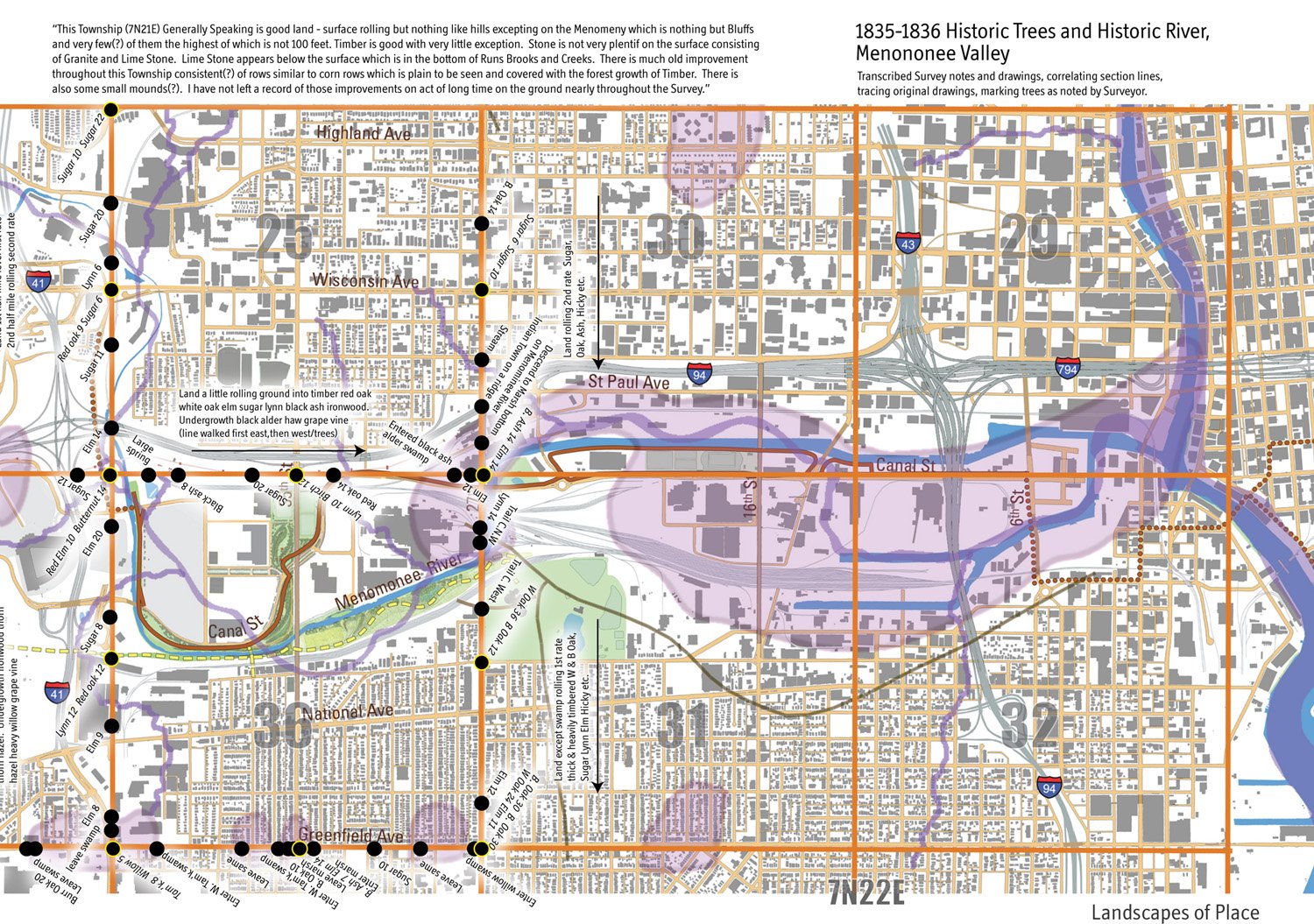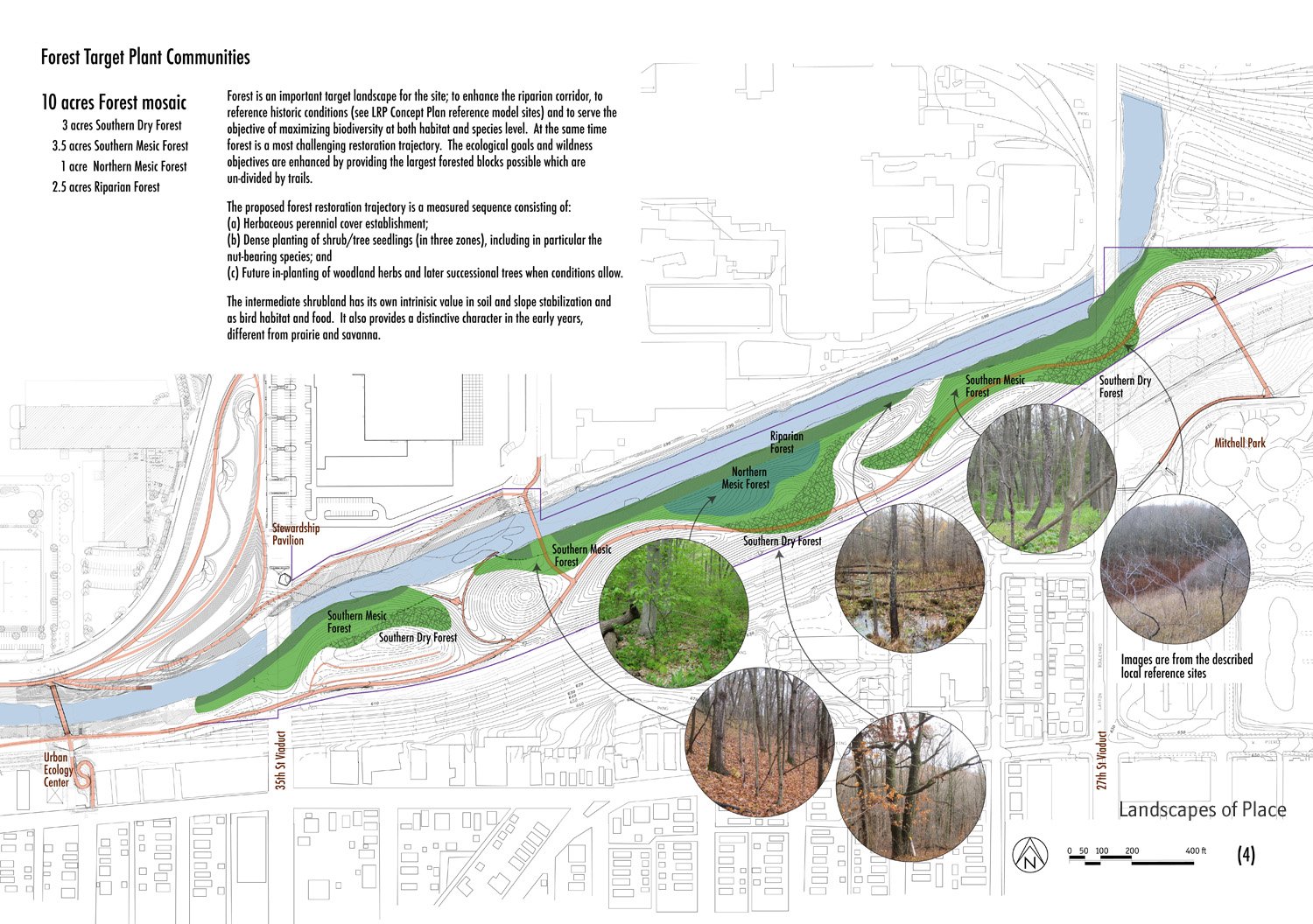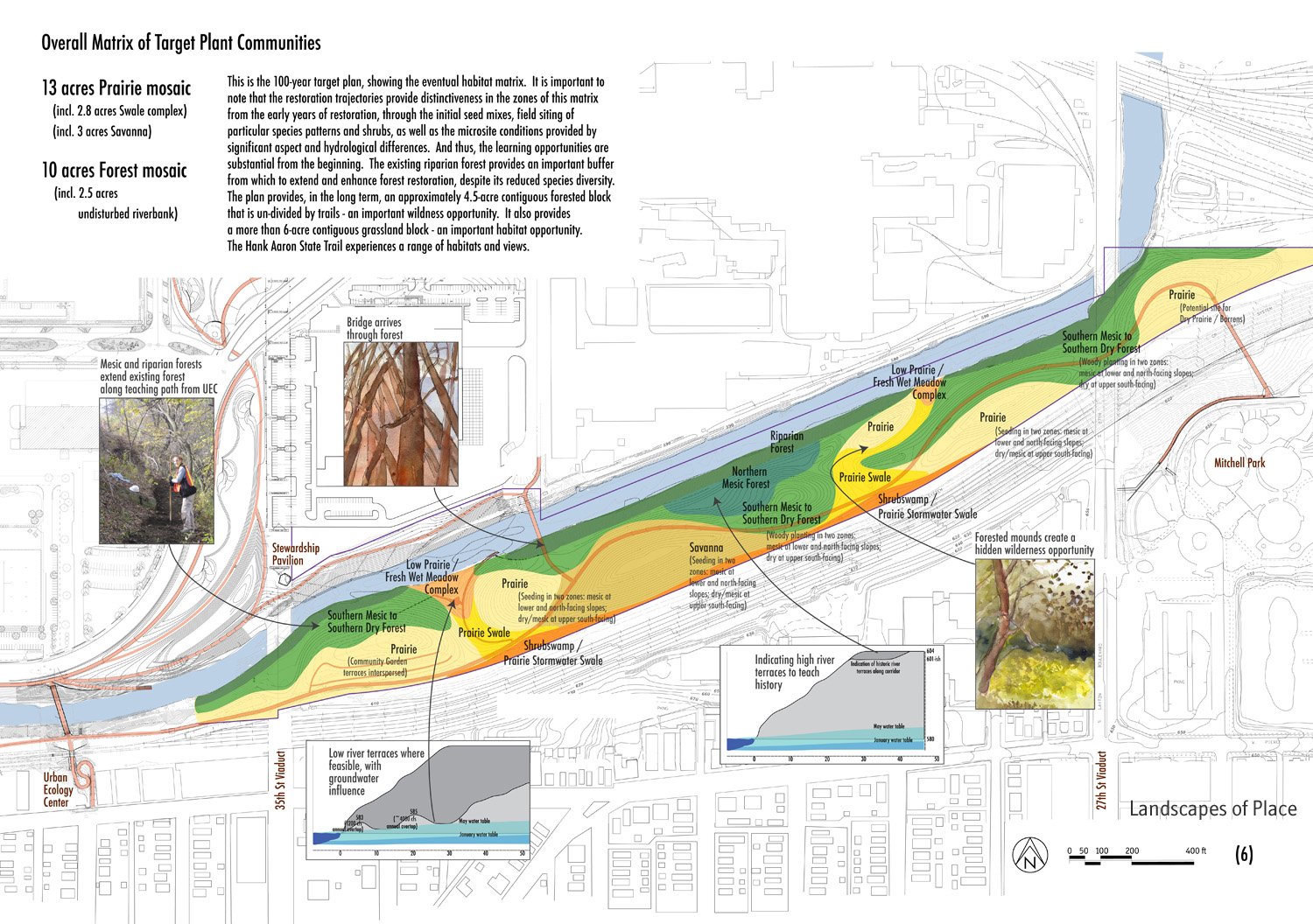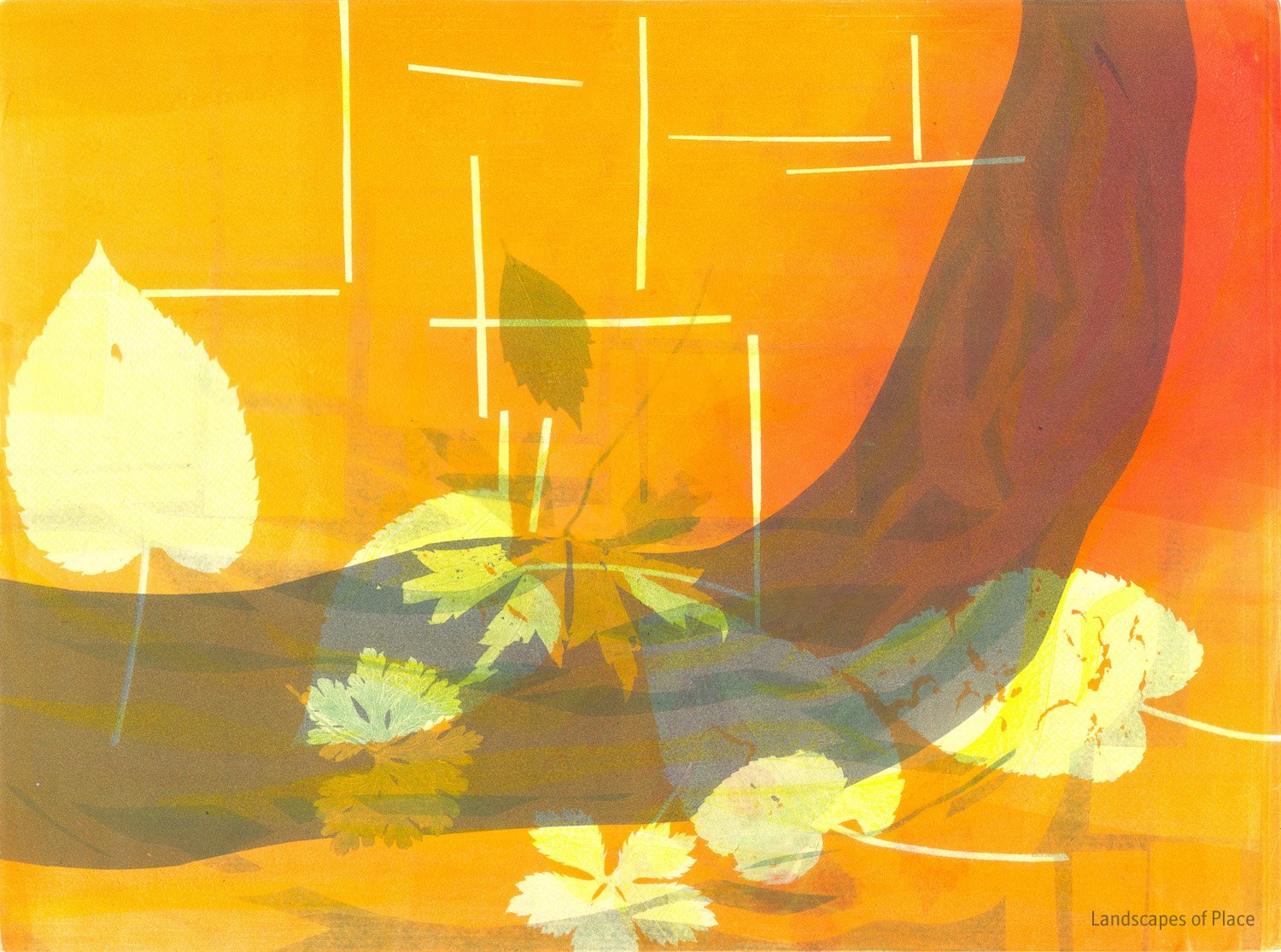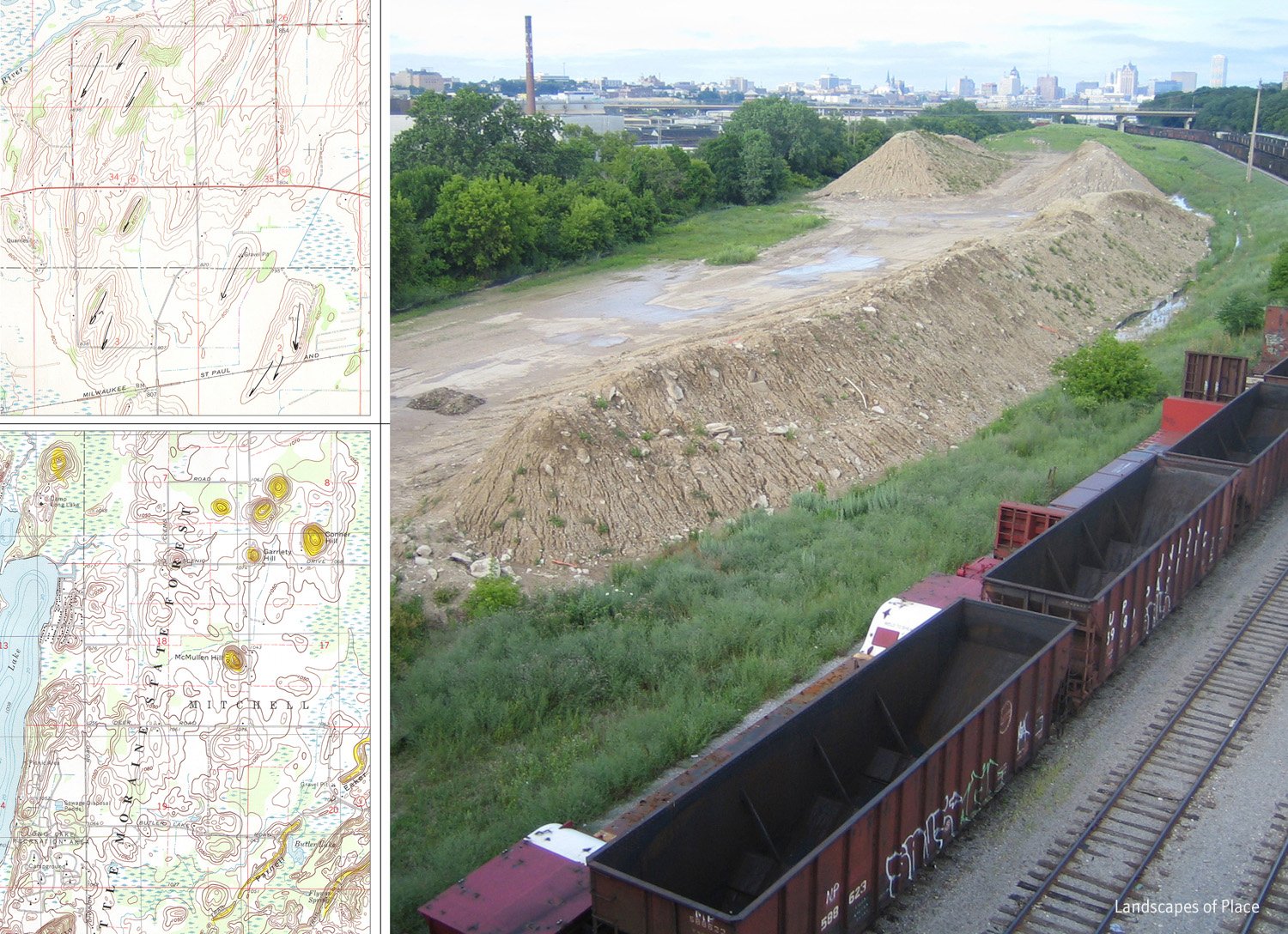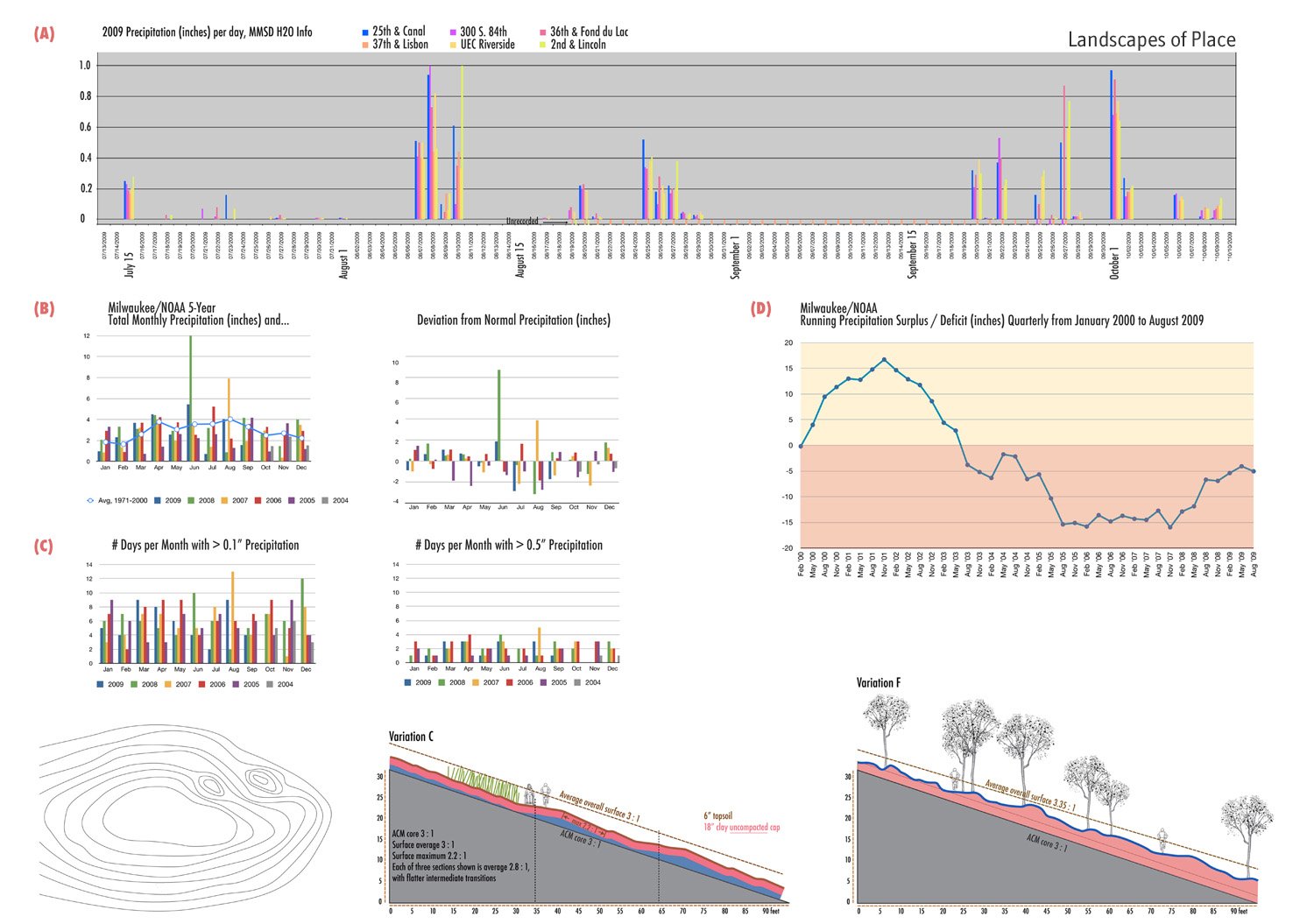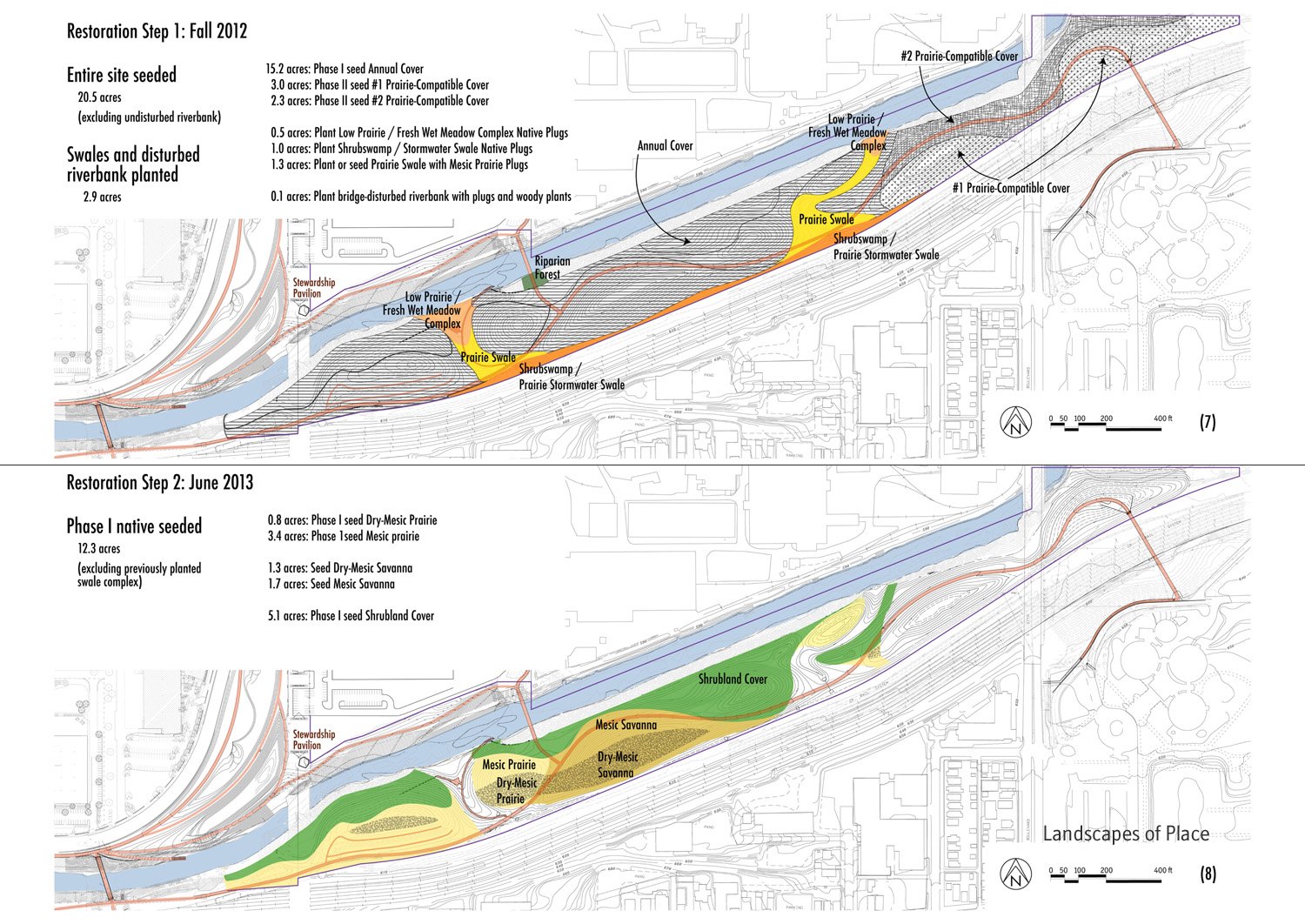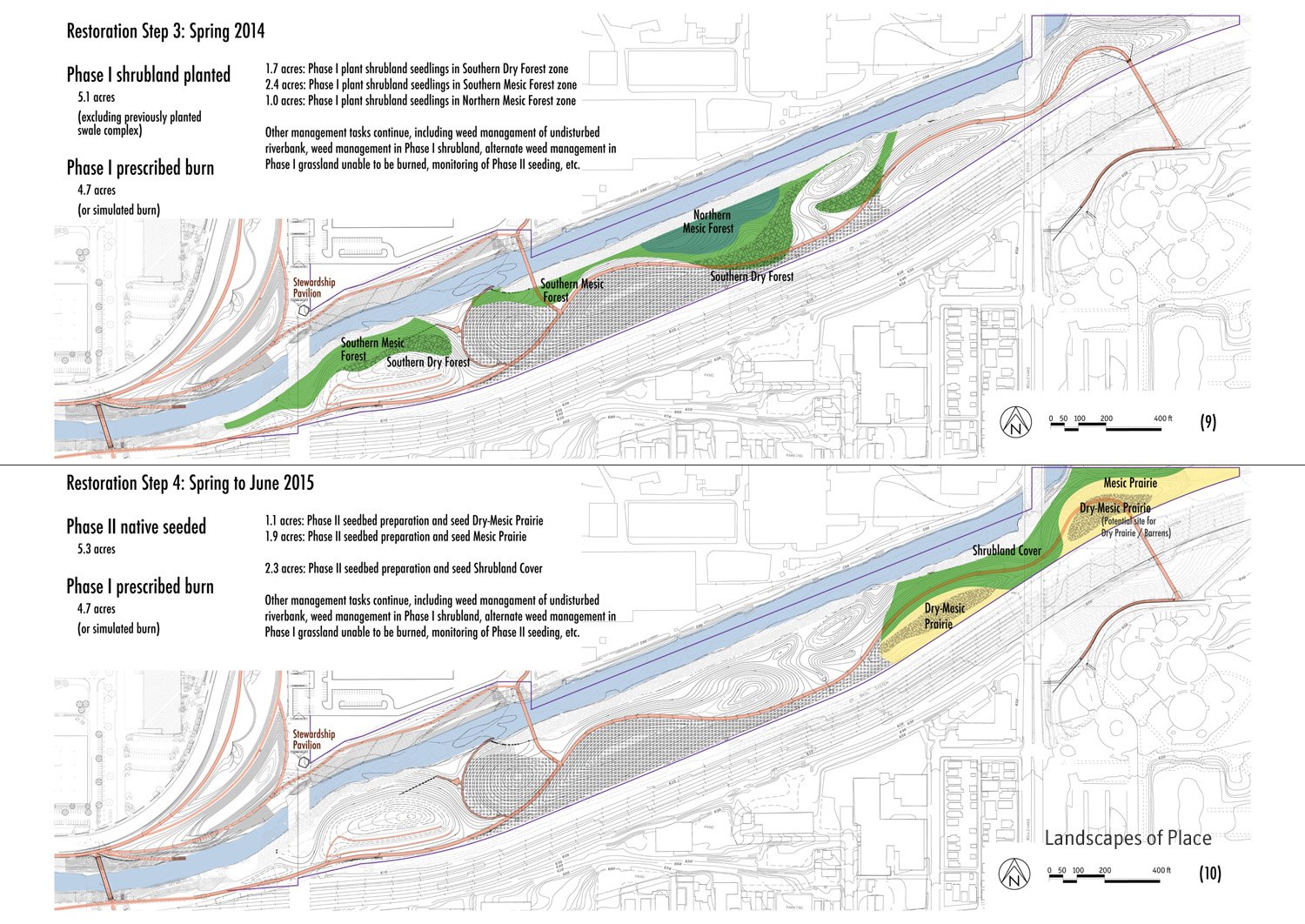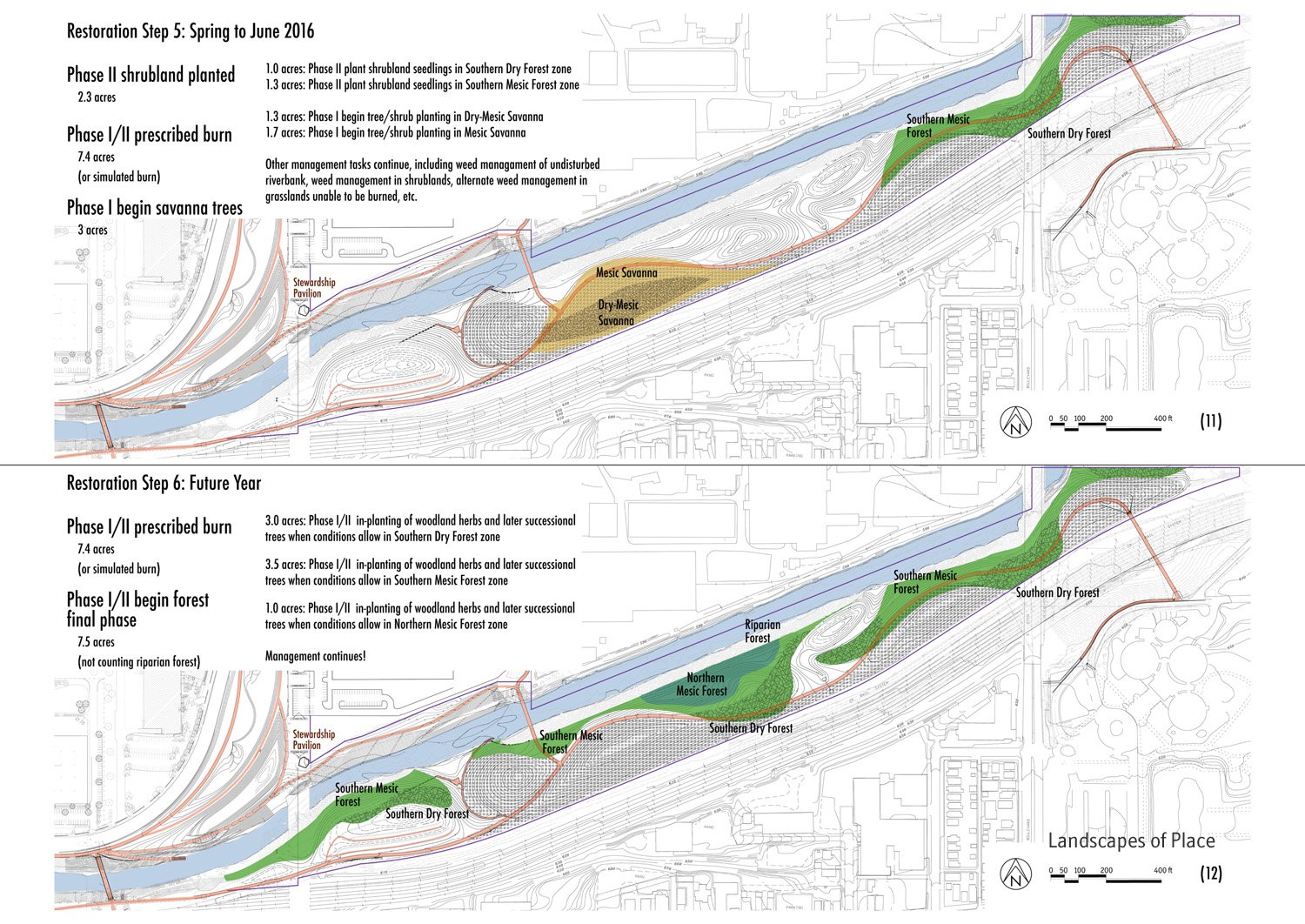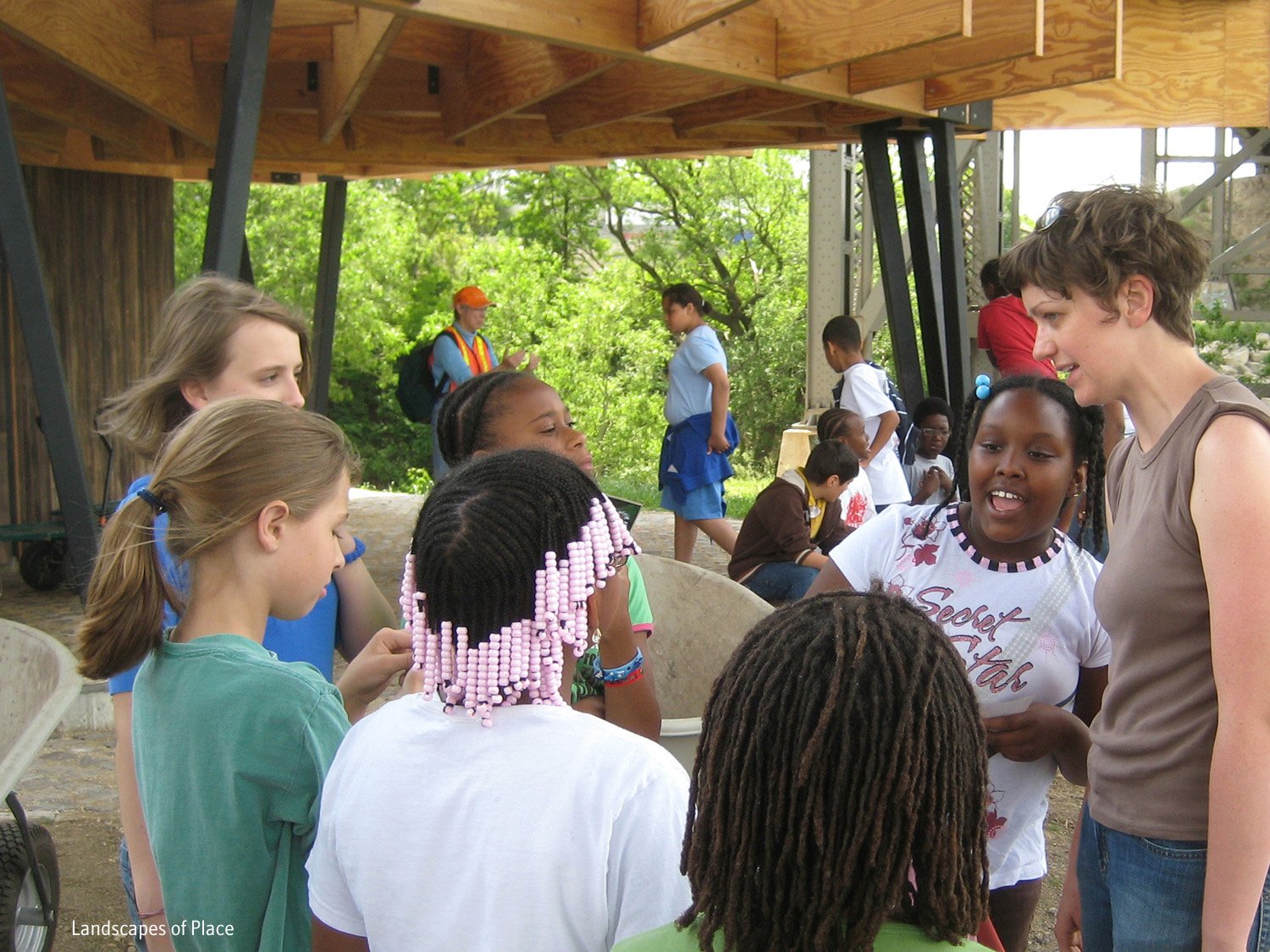
ECOLOGICAL RESTORATION AND ECOLOGICALLY-BASED LANDSCAPE PROJECTS
Gathering Ground, Washington Island, Wisconsin
Gathering Ground asks “How on Earth should we live?” and responds, “It is clear now more than ever that the world is facing an ecological crisis, and that the only way to turn back the tide is to radically reimagine our relationship with the land that sustains us. Our 40 acre farm on remote Washington Island, in Wisconsin’s Door County, serves as our living laboratory, the perfect home for our experiments in community-based sustainable farming, education and conservation.”
Gathering Ground is undertaking a master planning process. In developing the plan, we used a method incorporating pattern writing, creating a framework that together identifies deeper values and allows confidence in planning and building. This process helps us be more conscious of decisions – providing instructions, in a way, for moving forward.
Ecological Restoration Plan, Door Counnty, Wisconsin
An ecological restoration plan considering a matrix of old and young forest plus oldfield conditions; extending trails and gathering spaces. Incorporating pattern writing to develop a plan framework. With our colleague Rielly Heintz.
Geneva Lakes Conservancy, Southern Wisconsin
For Geneva Lake Conservancy in Fontana, in 2022 we designed Landscapes that infuse conservation and inspire conversation.
The not-for-profit Geneva Lake Conservancy operates from a beloved historic mill house on a prominent street corner in Fontana. With a mission “dedicated to the preservation of environmentally sensitive lands, open space and the unique character and quality of life of Walworth County”… the Conservancy “advocates private and public land use and management decisions that assure responsible growth and protection of natural and historic resources.” The Conservancy’s corner property is adjacent to Hildebrand Woods, a preserve of the Village of Fontana.
Our goal is to design landscapes that reveal nature’s stories as examples; that provide mind-opening surprises of magical interactions with the natural world; and nurture the well-being of staff and visitors. Landscapes with a coherence of meaning and purpose.
We flagged the circulation pathways, planting zones, and tree locations for initial implementation.
Crossroads at Big Creek, Northeastern Wisconsin
Read our Ecological Restoration Plan for Crossroads. In 2020-2021 we developed a comprehensive ecological restoration plan and began its implementation. We are thrilled that Crossroads received grant funding to support four years of on-the-ground ecological restoration work (we wrote the grant applications).
In summer 2022, the inaugural year of the immersive Land Restoration School we founded was a wild success at Crossroads, with a cohort of seven ecological restorationists and several visiting guest faculty.
Proposed 2022-2023 continuing implementation includes planting an additional 1600 wetland plugs in fall with wetland seed, 120 native trees/shrubs at The Cove fall and spring, 3500 native plugs in spring/fall 2023 in the meadow swaths, with seed, and the beginnings of tree/shrub planting for the ER Plans of the LRS cohort. More here.
An initial project: The Cove restoration, including invasive species control followed by native tree and shrub planting and meadow seeding. First planting with Cream City Conservation Corps.
Write On, Door County, Northeastern Wisconsin
For Write On Door County, in collaboration with The Kubala Washatko Architects. Implementation in fall 2020, with ongoing management beginning in 2021. In previous years: trail layout design, conceptual site/landscape plan and pattern development, final design details and specifications.
Read about the landscapes in our guide booklet (pdf) or view online.
The Clearing, Historic Cultural Landscape, Northeastern Wisconsin
Consulting landscape architect for The Clearing, a masterwork of renowned landscape architect Jens Jensen. Design and implementation in this historic cultural landscape that honors and restores Jensen landscape elements, and that also considers changing site conditions, universal access, and functional needs of the School, along with Jensen’s notes and ideas, in new projects. An ongoing, multi-year project, 2011 to present.
We occasionally teach workshops at The Clearing and give talks on Jens Jensen’s work and approach.
September 7, 2019: Dan Collins and Nancy Aten honored with 2019 Butternut Award from The Clearing. “The Butternut Award is the Clearing’s highest award for volunteer service. Those who receive it represent the best of what has always been The Clearing’s greatest strength—dedicated people who love this remarkable place.” We are deeply grateful.
September 10, 2016: Dan Collins and Nancy Aten honored with 2016 Hawthorn Award from The Clearing. "Those who receive the Hawthorn Award emulate that venerable tree by faithfully giving breadth and bigness to the ongoing work of The Clearing". Also see a nice story about some of our work at The Clearing.
Pebble Beach Preserve, Door County Land Trust, Northeastern Wisconsin
We developed a Land Management Plan for short term and long term guidance for best management practices while balancing the costs associated with care and stewardship. Much of the Preserve is in a healthy condition of minimal disturbance, even though the Preserve has some history of being cut for timber, especially on the upper portions, and degrees of human disturbance over decades. Ecological restoration is not required. Rather, the goal is ecological land management that seeks to improve the ecological quality and achieve desirable ecological conditions that are sustainable with modest ongoing effort – in support of the desire for passive recreational use and enjoyment of this spectacular forest with its dramatic topography and pebble beach.
Funding has been allocated for an initial field effort of management (2 years), mainly to significantly reduce the presence of invasive exotic plant species. Therefore, this plan describes a phased approach that (1) is weighted toward initial significant effort by professional contractors; (2) seeks to control to manageable levels, rather than eliminate, invasive exotic species; (3) includes targeted native species planting where buffering is needed; and (4) develops future years management effort that can be managed by the Village with a volunteer crew. In addition to the vegetation management, this plan includes suggestions for informational kiosks and for trail management.
The plan incorporates two native species planting projects, in disturbed-by-use areas at the northeast portion of the site, of White Cedar, White Pine, Paper Birch, Red-berried Elder, Chokecherry, and Ninebark, in patches where young saplings are not already present.
Findlay Oak Grove, Niagara, Western New York
Part of the Niagara Gorge Corridor, Western New York Land Conservancy's showcase native ecosystem and its plant community composition will incorporate local grass and wildflower seed collection and propagation. Forest communities begin with existing mature native trees and add a density of young trees and shrubs to develop a natural forest character over time, in patches throughout the park, with sunny open grassland vistas between. Grassy pathways weave in and out and connect the neighborhood with the main bike path. Three seating areas are planned.
Somers Farm and Prairie, Southeastern Wisconsin
Conservation and land use planning in southeastern Wisconsin, and ongoing ecological restoration field work along the stream corridor.
Mariners Park Gills Rock, Northeastern Wisconsin
With 150+ years of maritime and commercial fishing history, Mariners Park is a perfect place to honor and reflect the ongoing working waterfront at Gills Rock and provide the respite of a community park.
Incorporating one or more of the historic dock buildings, restored and re-purposed for new needs, there is space for history exhibits and art installations alongside a kayak launch and fishing dock. The repaired dock can also accommodate rugged stone seating enclosing beautiful native plant landscapes.
Trails, benches, waterfront views, open-air pavilion, and restored native landscapes complete the picture north of the pier. With options for phased implementation and re-use of salvaged materials, community members can play a strong role in the making of a community park in this place of many stories, the waterfront heart of Gills Rock.

Grand View Preserve, Door County Land Trust, Northeastern Wisconsin
At a public landscape, plans for step-wise restoration interventions that can accommodate limited resources, while gracefully improving the habitat and the human experience. This is a long-term, incremental, ongoing project, 2012 - present.
A key aspect of restorations with public engagement in both volunteer stewards and nature observers is that the process happens with deliberate, clear steps. An incremental approach is also simplest for allowing adaptation, based on seasonal resource availability, and based on changing management needs in the newly restored areas.
Broad goals recognize the forest and escarpment natural areas, the scenic viewshed above, and the primary restoration zones at the ponds and below. The plan intends to incorporate restoration activities in the scenic viewshed that maintain the views but allow a more coherent transition into the natural areas, including meadow intervention plantings and removal of exotic trees and replacement with natives in some cases. The plan incorporates the development of a mown trail and the cessation of mowing in the planned natural areas.
Small Urban Park, Sturgeon Bay, Northeastern Wisconsin
Start Small, Think Decades: An evolving, responsive urban park:
First, a park that is an economic benefit by funding its ongoing operations and improvements largely through grants, organizational partnerships, and community sweat equity; and that contributes, as a valued public amenity, to a positive future for local enterprise development nearby. This includes seeking to connect work of ongoing park projects to local businesses and enterprises (e.g. plant nurseries, landscape firms, construction of seating, parking areas, sculptors, muralists, etc.).
Second, a park that seeks to provide tangible benefit to many constituencies – green space and recreation for nearby apartment dwellers, young families, teens, seniors, diverse cultural backgrounds, and rehab spaces for therapy patients. A park that provides delight and respite and is different than any existing park in the city.
Third, a park that incrementally improves habitat and ecological function as it focuses increasingly on natural landscapes with native plant communities, and approaches all projects with a mind to environmental sustainability, including low embodied energy in materials and management techniques. (This is a park with landscapes other than lawn).
Fourth, a park that thinks toward future decades. This means thoughtful incremental development steps in the park that continue to respond to needs of the neighborhood, and that contribute to the long-term sustainability of the park. It also means serving constituents from young to old and ongoing generations. The park might be always on its way to becoming; never finished, always progressing. This makes it resilient and adaptable.
A park design and incremental implementation plan which build-in ongoing meaningful participation for community members can amplify the positive results for both nature and for people, and that is a sweet spot we seek.
Phases in years 2020-2030 include the following incremental opportunities (Timing to be determined based on ongoing inclusive park planning processes and determined needs, and synergistic timing with funders and collaborating organizations): (a) Wellness Entrance / gardens / rehab trails; (b) Expansion into stormwater wetland system; (c) Interventions of Beauty; (d) Interventions of Delight; (e) Wild Orchard; (f) Bird Sanctuary; (g) Mountain Bike Trail System. [All are described in plan].
Riparian Landscape Restoration Plan, Private client, Fox River, Northeastern Wisconsin
This plan addresses shoreline diversification and resilience using native riparian plantings and bioengineering techniques, working with WDNR for approvals below the Ordinary High Water Mark.
Stella Niagara Preserve, Lewiston, Western New York
With Darrel Morrison, developed plans for the new 30-acre Stella Niagara Preserve along the Niagara River in Western New York, and assisted in beginning implementation.
Congratulations to the Western New York Land Conservancy and Make Communities for the 2016 WNY APA Public Outreach Award for the Stella Niagara Preserve Vision Plan, which includes our work.
Buffalo News: Stella Niagara Preserve plan (or pdf) calls for network of nature paths, improved habitats
WNY Land Conservancy to Enhance Stella Niagara Preserve (or pdf)

Landscape Restoration, Private client, Eastern Wisconsin
2011 - ongoing. Ecologically-based landscape design and ecological restoration - planning, implementation, management. Transforming disturbed conditions into a matrix of native meadow, wetland, bioswale, healthier forest. A delight.
Fiddlehead Gardens Landscape Restoration, Private client, Southeastern Wisconsin
2011-2018 ecological restoration planning and incremental implementation. An ongoing, multi-year project and a long-term plan, for a transformation from lawn, oldfield, altered stream, and invasive exotic reed canary grass. Plans included target habitat reference models, invasive species management, and native species planting in wetland and upland habitats, including a wild food zone - in phases over years. A joy.
2018 photos. Very satisfying results. For prior years see gallery below.
2012-2017 below.
Eco-Justice Center, Southeastern Wisconsin
Developed site plan alternatives (three) for the Eco-Justice Center, considering expanded educational programming, facilities, and sustainable living principles. Planned and conducted brainstorming charrette with board members and staff.
Marsin Nature Retreat, Keweenaw Land Trust, Michigan Upper Peninsula
Site planning and land management planning, including framework notes, with over-arching guidance to keep in mind in planning site work, whether for programmatic needs or focused on ecology and restoration; annotated restoration zones; develop project Patterns. Conducted charrette with twenty members of the Lake Superior Stewardship Initiative.
Rotary Centennial Arboretum, Urban Ecology Center, Milwaukee
Concept plan for the Urban Ecology Center, Milwaukee, for 40-acre native plant community Arboretum. Developed proposed grading plans, plant community zones, and trail configuration
Menomonee Valley Landscape Restoration Plan, Milwaukee
Landscapes of Place receives 2011 American Society of Landscape Architects Honor Award for this project, now known as Three Bridges Park and home of the Urban Ecology Center Menomonee Valley branch.
Conference poster that summarizes our ideas of Amplified Participatory Restoration. Presented at 2012 Wisconsin Wetlands conference and Society for Ecological Restoration - Midwest Great Lakes conference.
Air-line Yards in the Menomonee Valley provides tremendous opportunity for an idea that has emerged with much time, conversations, inspiring partners and eager neighborhoods: to make a significant wild place in this valley, healing land and healing community. The overarching goal: to transform the irreversibly altered land and hydrologic conditions to a mosaic of biodiverse landscapes, including forest, prairie, and ephemeral wetland, native to Milwaukee and ecologically appropriate for new conditions, with systemic and meaningful engagement of the community. Guided throughout by the Society for Ecological Restoration’s planning framework, the project refined goals as follows: (1) Ecological Function, (2) Learning, (3) Intrinsic Value of Nature, (4) Wildness, and (5) Delight.
The Urban Ecology Center, a nationally-recognized environmental education and citizen science facility in Milwaukee, agreed to establish their third facility on the site. Their involvement is key to this plan, in the evolution of the project goals to fully support their work with neighborhood schools, but also the concept of “education that is participatory in large-scale environmental restoration”.
The plan enumerates trajectories to establish prairie, oak savanna, and eventual forest as long-term goals. It describes innovative methods to achieve un-compacted soil structure and micro-topographic variability. The plan gives thorough descriptions of nine community types with 478 native species, which are viable ecologically, available, and manageable (for example, an initial seeding of 73 species in mesic prairie, with an eventual goal of 110). Within habitat types, character and species of visual essence are described, and the role of the landscape architect on-site in developing species patterns. Novel native plant assemblages are used in the flashy-river-influenced and stormwater-influenced areas to respond to those conditions effectively. Provision for layered, textured, coherent species patterns is made to enrich the interaction of people and landscape. The plan incorporates flexibility, phasing, and a blending of contracted and community labor.
In the domain of urban ecology, this project impacts both ‘urban’ and ‘ecology’. It embeds a wild and healthy place along a still-resilient river in the city, accessible only by walking or biking, big enough to surround you with nature, and without designed structure that can draw attention from the real art... that of life. Ecological restoration values the next-door as well as the far-away. Design plays a strong role in restoration within the fabric of cities, in our next-door places, working out how to strengthen the relationships of people with nature to the sustained benefit of both.
Thanks Giving, Milwaukee Journal Art City post, November 2009
Menomonee Valley Landscape Restoration Plans for Air-Line Yards (Three Bridges Park):
Concept Plan, Concept Variants
Detailed Plan, Detailed Plan Addenda
Selected memos: Variability, Dutchmans Lake, LRP Goals

